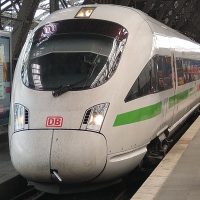 If you’ve been following my recent Travel Spot posts, you’ll know that on my way back to the UK from Berlin, I broke my journey at Köln, where I spent three days before continuing to Brussels and London St Pancras. I was travelling on a Eurail pass, one which allow me unlimited travel on four separate days. I’d used one to go from Guildford to Berlin, another to travel from Berlin to Köln, while my return to the UK would use the third, leaving me a day spare. Of course, I didn’t have to use it, but it seemed a shame to waste it, so I hit on a plan.
If you’ve been following my recent Travel Spot posts, you’ll know that on my way back to the UK from Berlin, I broke my journey at Köln, where I spent three days before continuing to Brussels and London St Pancras. I was travelling on a Eurail pass, one which allow me unlimited travel on four separate days. I’d used one to go from Guildford to Berlin, another to travel from Berlin to Köln, while my return to the UK would use the third, leaving me a day spare. Of course, I didn’t have to use it, but it seemed a shame to waste it, so I hit on a plan.
The first time I came to Köln was over 30 years ago, also travelling on a Eurail pass (back then known as an Interrail pass). I was on my way to Friedrichshafen, on the shore of the Bodensee, and I caught a train from Köln to Stuttgart, the line following the Rhine for the first part of the journey. The views captivated me, and I always hoped to return. Now, I had my chance, deciding to spend the spare day of my pass travelling from Köln to Mainz and back.
As usual, this is a rather long post, so I’ve split it into the following sections:
- An Unexpected Stroll Across the Hohenzollern Bridge
- Train Delays and my First Time on an ICE T
- From Köln to Kolbenz Along the Rhine
- From Koblenz to Mainz Along the Rhine
- Returning the Old-fashioned Way by IC
- From Mainz to Koblenz Along the Rhine
- Back to Köln
You can see how my day started after the gallery.
My morning began with breakfast at The Coffee Gang, just around the corner from my hotel. While sipping on my flat white, I planned the rest of my day. There are hourly trains, departing at seven minutes to the hour, which run direct to Mainz, taking 1¾ hours, which made things easy, although you can get there more quickly by taking a train to Frankfurt on the high-speed line and changing at Frankfurt Airport. However, this avoids the Rhine altogether, rather defeating the point of the trip (for me, at least).
I could have caught the tram back to Köln station, but rather than rushing, I decided I’d take a leisurely (and indirect) stroll through the centre of Köln, so that I could see something of the city, before catching the 12:53 (which, pleasingly, went on to Stuttgart). This would get me into Mainz just after three o’clock, allowing me time for lunch on the train, a few hours wandering around Mainz, before an evening train back to Köln (plus dinner) to complete my day.
Well, that was the plan. What I hadn’t taken into account when doing my planning was the live train times. It turns out that the German railways aren’t as efficient as I thought they were and, when I reached Köln station at 12:45, pretty much all the trains were delayed (and the ones that weren’t delayed were cancelled), including the 12:53 to Stuttgart. This was running 55 minutes late, although sadly the 11:53 hadn’t been as badly delayed and had already gone.
Left with almost an hour to kill, I did what any sensible person would do and decided to walk across the Hohenzollern Bridge, which carries the train tracks across the Rhine. Importantly for my plan, it also has a pedestrian walkway/cycle lane on either side, and, since it was already on my list of things to do in Köln, this seemed like the perfect opportunity.
From the station, it’s easy enough to get to the bridge (just turn left and follow the train tracks) while the walk across the river is around ½ km. Even though I was strolling and stopping to take pictures, I got to other side in 10 minutes. Rather than heading straight back, I left the bridge, going down a broad stone staircase to the banks of the Rhine, before crossing under the bridge so that I could walk back on the other side, where I’d get some downstream views.
This is less straightforward than crossing on the upstream side, since there’s no equivalent staircase. Instead, you have to walk away from the river a short distance alongside the bridge, before you find a staircase up to the walkway. Then it’s just a case of doubling back on yourself and crossing back over the river. I was a little more brisk on my return walk, covering the ground in just over 10 minutes.
The final trick is getting back to Köln station. The walkway ends on the east bank of the Rhine, steps leading down to the river. I could have cut back under the bridge, but I wanted to stay on this side. However, if there is a back entrance to the station (which I suspect there is), it wasn’t obvious, so instead I followed the road through a funkily lit tunnel under the platforms to emerge back where I’d started in front of Köln station at 13:35, in plenty of time for my train.
You can see what happened next after the gallery.
In theory, with my train being 55 minutes late, it should have arrived at 13:47, but just in case it had made up some time, I got there at 13:35. I found my train, the 12:53 to Stuttgart, at the top of the main departures board, but with no sign of it on the platform departures, which made me suspicious. However, as 13:47 rolled around, it appeared on the platform board, only now it was showing as 70 minutes late, which put it behind the 13:53, bound for Wien (Vienna) and also travelling along the Rhine via Mainz. Except, of course, the 13:53 was itself showing as 10 minutes late…
A couple of minutes later, an ICE 1 rolled into the station, briefly raising everyone’s hopes. However, these were soon dashed as all the passengers got off and the platform board said “Bitte nicht einsteigen”, which, loosely translated, means “please don’t board”. It seems that the 12:53 departure for Stuttgart, ICE 713, had given up and wasn’t going beyond Köln.
The empty train duly rolled out of the station and was replaced on the platform board by the 13:53, ICE 229 for Wien. Finally, it looked like I was in business. The display showed first class at the front, in Section F of the platform. Since I was in Section B, I set off for the other end of the platform. The train arrived a few minutes later at 14:10, only to come to a halt in Section E, causing another wave of movement along the platform.
If I’d caught the 12:53, I’d have been on an ICE 1, similar to the train I took from Köln to Berlin. Instead, I was on what I initially thought to be an ICE 3, but which turned out to be an ICE T, a close cousin of the ICE 3, but with a lower top speed (a still pretty impressive 230 km/h) and with tilting technology to allow it to maintain speed on more curvy regular tracks.
This was a seven coach ICE T with driving cabs front and back. The front coach was first class, along with half of the second coach, which is shared with the restaurant car (much like the ICE 4 I’d caught from Berlin to Köln the day before), but the interior layout was very similar to the ICE 3 I’d caught from Brussels to Köln, right down to the small lounge seating area at the front, just behind the driving cab (hence my confusion).
This time I sat in the main part of the carriage, towards the front, taking the window-seat in a pair of airline-style seats on the left. The main difference between this carriage layout and the ICE 3 is that the seats here face forwards, while in the ICE 3 they are reversed.
Thinking it was an ICE 3, I didn’t take any photos (plus it was rather busy), so if you want to get a feel for how it looks try my gallery of the ICE 3 from the Brussels-Köln journey. In fact, the only difference I could tell was the addition of a small, pull-out rubbish bin below the stanchion between seats in front! My only other observation about the ICE T is that if it was tilting on the journey to Mainz, I didn’t notice, which is just as well, since tilting trains usually make me travel sick!
You can see how the journey went after the gallery.
We set off from Köln at 14:13, running 20 minutes late. The line to Mainz follows the western bank of the Rhine via Bonn and Koblenz, starting with a long, curving section that skirts the centre of Köln. As well as carrying ICE and Intercity (IC) services, this is also a major local and regional line, passing through the stations of Köln West and Köln South (which, although I didn’t I know it at the time, is a few 100 metres from The Coffee Gang and my hotel).
From Köln to our first stop at Bonn, the Rhine meanders through a broad, flat valley, with the train running out of the sight of the river. I’d already realised that the tram I’d taken to my hotel the night before went all the way to Bonn, so I was delighted to see one of the trams, running on tracks parallel to the train, as we came into Bonn station, where we arrived 25 minutes after leaving Köln. In comparison, the trams take about an hour, with multiple stops, so we weren’t exactly flying along.
We had an eight minute stop at Bonn, which I assume wasn’t scheduled, before setting off again at 14:47. At this point, I was starting to get hungry, so I logged onto the ICE portal, hoping to try out the online ordering. However, that didn’t seem to be working, so I wandered down to the restaurant car, where I discovered why: it was closed! So much for lunch on the train.
I wandered back to my seat, grateful that I’d had the foresight to grab some batch brew filter from The Coffee Gang before I’d set off to the station. It had been keeping warm in my Frank Green Ceramic cup and went down a treat, along with an interesting article on the ICE portal about speciality coffee in Germany. I was still hungry though!
South of Bonn, the Rhine valley starts to narrow (although, since the river is flowing the other way, it would be more accurate to say that broadens out as it heads downstream). The first glimpses of the river come just north of Remagen, the line running very close to riverbank at several points, although if you want to catch the views, you have to sit on the left-hand side of the train.
The line briefly leaves the river as it goes through Remagen itself, before re-joining it at Bad Breisig, with speeds up around 155 km/h, which is pretty good going for conventional track with plenty of curves! It’s also a very smooth ride. The train passes through Andernach, where there’s a good, albeit brief view of Mariendom (a church), before the line leaves the river again, the valley broadening out on the approach to Koblenz.
Just north of Koblenz, the line passes a large railway museum (DB Museum) then crosses the Moselle before coming into Koblenz station where we arrived at 15:18, just over an hour after leaving Köln and 30 minutes after leaving Bonn.
You can see how the final part of the journey (Koblenz to Mainz) went after the gallery.
Undoubtably, the best part of the journey was the final section, from Koblenz to Mainz, which took 50 minutes and was almost non-stop views from leaving Koblenz to Bingen, about 10 minutes from Mainz, where the line leaves the Rhine. For those 40 minutes, the track pretty much runs along the river bank following its broad curves, which provide some spectacular views along Rhine, along with plenty of views across to the towns and castles on the other bank.
It’s not the fastest section of the line, but it’s still pretty good going, with an average speed of over 100 km/h. Along the way, the line passes through many towns, all of which are served by regional trains that also run between Koblenz and Mainz, so if time wasn’t an issue, you could always take one of the regional trains, which has the advantage of allowing you to hop off at the various stops along the way and explore the area more thoroughly. There’s also a train line on the other side of the Rhine, connecting the towns on the east bank, which offers an alternative way to explore the area.
The last 10 minutes from Bingen to Mainz is fairly flat and uneventful, allowing me to gather my things and prepare to get off when we arrived at 16:10. Mainz station is to the west of the city centre, which lies between the train tracks and the west bank of the Rhine. It’s in a cutting, with the tracks disappearing into a twin bore tunnel just to the south of the station.
I arrived on platform 5 and, rather than head back to the main station building, which was behind me, where a large bridge connects all the platforms with the station’s main entrance, I kept going to the end of the platform, where a staircase leads up to a road bridge crossing over the southern end of the station, providing a quicker way out.
My original plan of eating lunch on the train having been scuppered, I was now very hungry, so the first order of the day was to get something to eat at a small café near the station. At this point, and considering the state of the trains, I was tempted to head straight back to the station and catch the first train back to Köln, but, on balance, I thought that was rather unfair on Mainz, which I’d travelled quite a distance to visit.
Instead, I decided to wander, calling in at Kaffeekommune, Mainz’s first speciality coffee shop/roaster, before strolling through the old city centre and down to the Rhine. From there, I made my way back via a modern shopping centre to the station, where I arrived at 19:15 to catch the train back to Köln.
You can see how I got on, and what train I caught, after the gallery.
I missed out when I snuck out of Mainz Hauptbahnhof by going down to the end of the platform, but on the way back, I came in through the front, pausing to admire the neoclassical façade, which dates to the 1880s. The main station building is pretty special, although I didn’t have long enough to explore properly.
Behind the original station hall (which runs parallel to the tracks) is a second, more modern building which is effectively a bridge that runs above all nine platforms, with shops and cafes on either side. Accessed by two flights of stairs, flanked by up and down escalators, it has flights of stairs/lifts along its legnth which lead down to the individual platforms.
There are direct trains to Köln every hour at 20 minutes past the hour. Having not had much luck with the ICE trains in the last couple of days, I decided to try one of the IC (Intercity) services, aiming for the 19:20 to Münster. I’d also worked out how to access real-time departures on my phone, so I was aware that this was only five minutes late, a significant improvement on the recent trains I’d been trying to catch, including the 18:20, which was 20 minutes late and an ICE. I’m aware that this difference is largely psychological, since both ICE and IC trains are largely running on the same tracks and subject to the same delays, but it felt good to have the change.
The IC was the backbone of the German railways from the 1970s onwards before being supplemented by the ICE trains, starting in the 1990s. Today they still serve many long-distance routes and are none too shabby. Rather than the trainset design of the ICEs, IC trains are made up of individual carriages hauled by a locomotive, with a combined driving cab/carriage at the other end, so the trains can be pushed as well as pulled by the locomotive.
I didn’t have long to wait for my IC, although it turned out to be ten minutes late rather than five. It was a fairly short train, with just seven carriages, with a first class carriage at the front, a combined first class/bistro car after that, and five second class carriages, including the combined driving cab/carriage at the rear. These were hauled by a bright red class 101 locomotive, built in the late 1990s and capable of a top speed of 220 km/h, which is pretty damn good.
I sat in the front carriage, which I pretty much had to myself, sharing with at most three other passengers. In contrast to the various ICE services, with their multi-compartment coaches, this was a single, open carriage, consisting of mostly airline-style seats, with table sets at either end and in the middle. There were pairs of seats on the right and single seats on the left, while various groups of seats faced either forwards or backwards.
The seats themselves are very similar to those on the ICE, with folding half-tables or fold-down tables in the back of the seats in front. Power is under the stanchion between the seats, while all the armrests lift up. In terms of comfort, they were every bit as good as the ICE trains I’d been on, while the alignment between seats and windows seemed much better. The only thing that wasn’t as good is the luggage space, with just overhead racks and whatever gaps there are between the seat backs.
You can see how the journey back to Köln went after the gallery.
Since I largely had the carriage to myself, I sat in the middle table set on the right, where I had all four seats at my disposal. Just as you need to sit on the left for the best views on the way to Mainz, heading north from Mainz, you have to sit on the right.
I still had no luck with the catering though. I’d planned on eating dinner on the train, but although someone from the bistro did come through first class, there were no hot meals, cold meals or sandwiches, just snacks, so for the second time that day, I consoled myself with the coffee I’d brought with me. On this occasion, it was the batch brew from Kaffeekommune, which had been keeping warm in my Frank Green Ceramic cup, along with a piece of shortbread (also from Kaffeekommune).
What surprised me on the trip back was how much I noticed that I’d missed from the ride down, included one whole castle on a small island in middle of the Rhine (Burg Pfalzgrafenstein at Kaub, between Bacharach and Oberwesel), along with numerous other castles, churches and a car ferry! I also enjoyed seeing some familiar sights from a different vantage point.
In terms of speed, both the ICE T and the IC are capable of 200 km/h or more, which is far above the maximum line speed (we hit 160 km/h in a few places). Meanwhile, the tilting ability of the ICE T didn’t seem to make any difference, since the journey back was just as quick as the journey there.
I took a lot more photos on the way back than I did when going to Mainz, but because it was evening and the lights in the carriage were reflecting on the windows, I didn’t get as many good photographs. I’ve tried to keep the gallery for the return leg manageable, offering different vistas rather than bombarding you with variations on the same shots I took on the way down, but even so, I took almost 400 photos between Mainz and Koblenz, a journey of just under an hour!
You can see how the last leg of the journey, from Koblenz to Köln, went after the gallery.
Although Koblenz is just over halfway to Köln, the journey is much less eventful for the second half. That said, there are still some decent views to be had, the train running along the river for several stretches. I even managed another castle that I hadn’t seen on the way down. Now I really want to go along the other bank of the Rhine to see all the castles on “my” side. And I want to get out at some of the stations and explore. And go hiking.
I was treated, for the second day running, to a decent sunset on the way from Bonn to Köln before we pulled into Köln Hauptbahnhof just after 21:05, still around five minutes late. I was on platform 1 and, since I was right at the front of the train, I went up to take a closer look at the locomotive, where I was rewarded by the sight of the driver washing the windscreen (there’s a video of it if you’re interested). I also got to admire the cathedral and the last of the sunset.
I waited for the train to leave, on its way to Munster (there’s also a video of that). All that was left was to get back to the hotel, which was easy enough, particularly as I was now aware of the direct entrance from the station to the tram stop, avoiding the long detour which I’d made the night before. I was particularly pleased with this discovery since it meant that life would be a lot easier when my luggage and I made the journey back to the station from my hotel on Friday morning to catch the ICE to Brussels. But that, as they say, is another story.
In summary, despite all the delays and lack of food, I’d had a fantastic day. The ride along the Rhine and back was every bit as good as I remembered it, I’d really enjoyed Mainz, found a new Coffee Spot in Kaffeekommune, and rekindled my interest in the Rhine valley as a place to explore. All-in-all, I’m really glad I didn’t waste that spare day of my Eurail pass.
This concludes second instalment of this Travel Spot series about my journey back to the UK from Berlin, featuring my day trip to Mainz. See how I fared when I went from Köln to Flint in a day in the third and final instalment.
Don’t forget that you can share this post with your friends using buttons below, while if you have a WordPress account, you can use the “Like this” button to let me know if you liked the post.

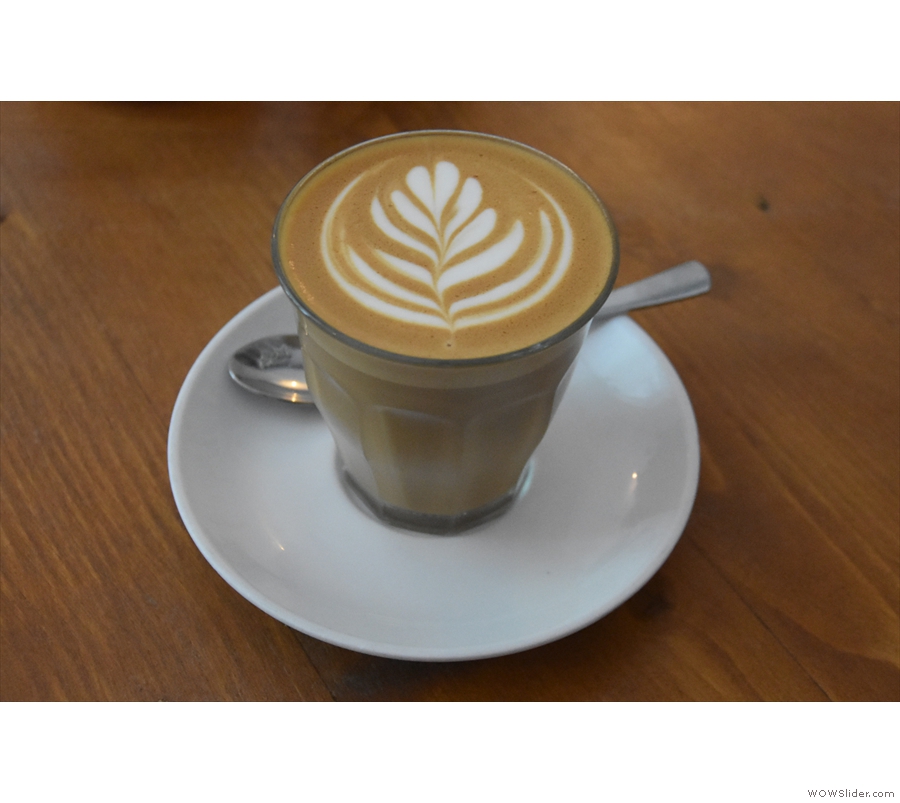
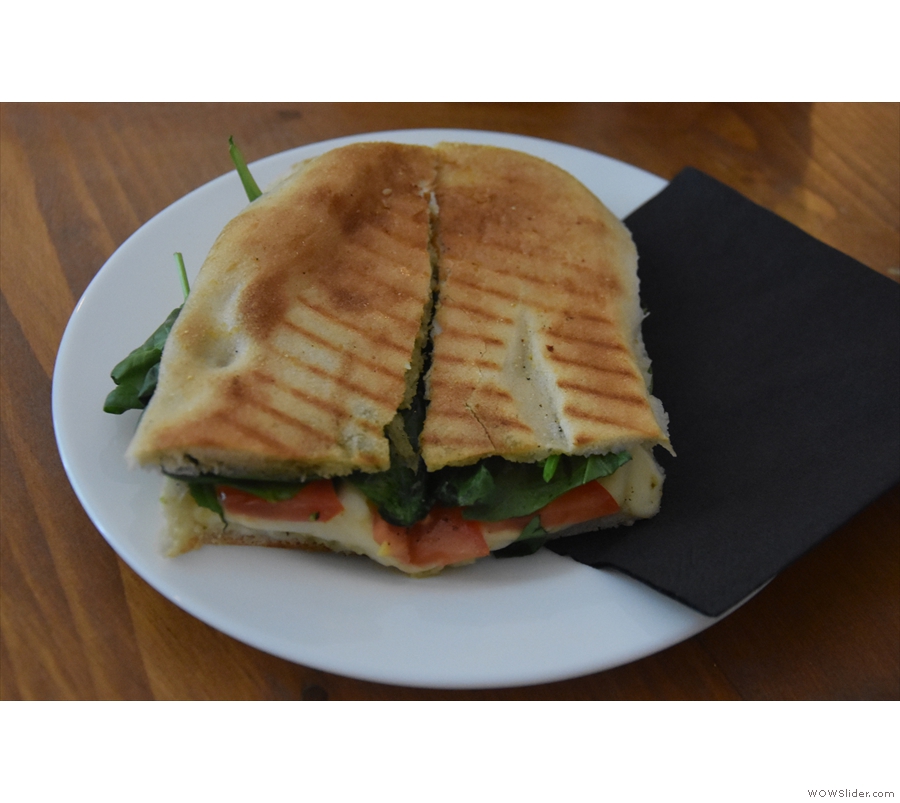
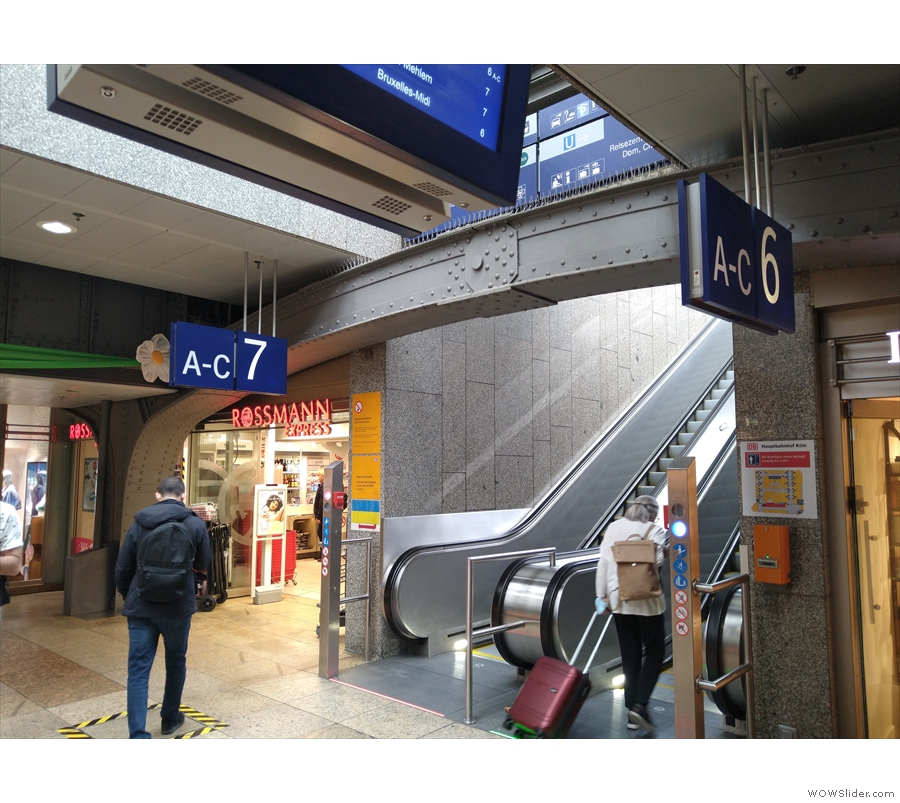
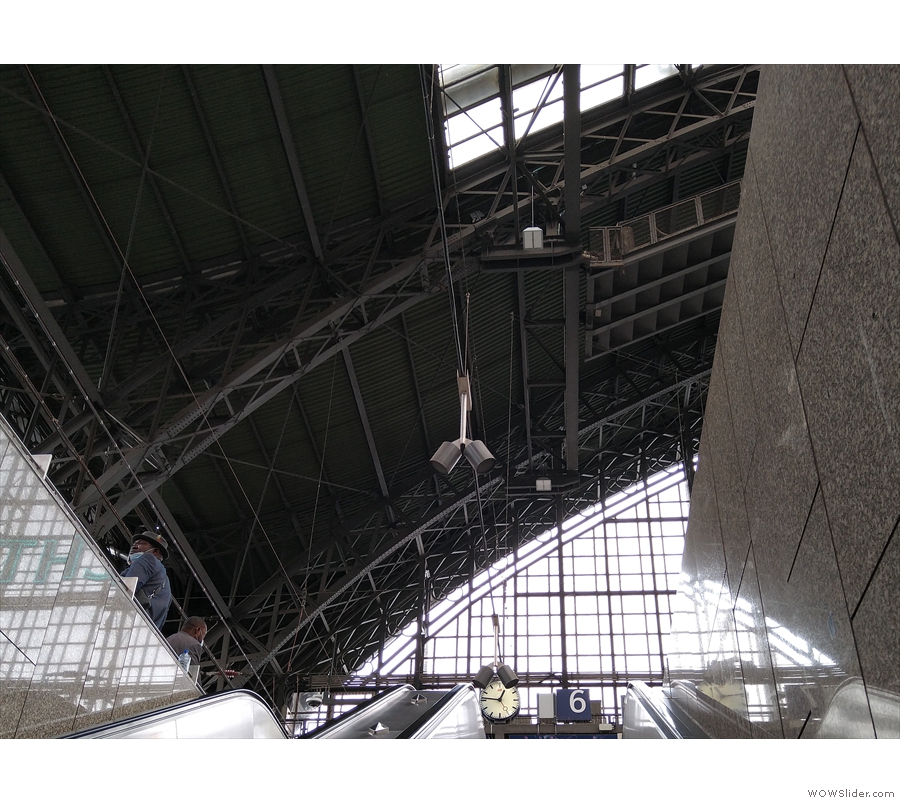
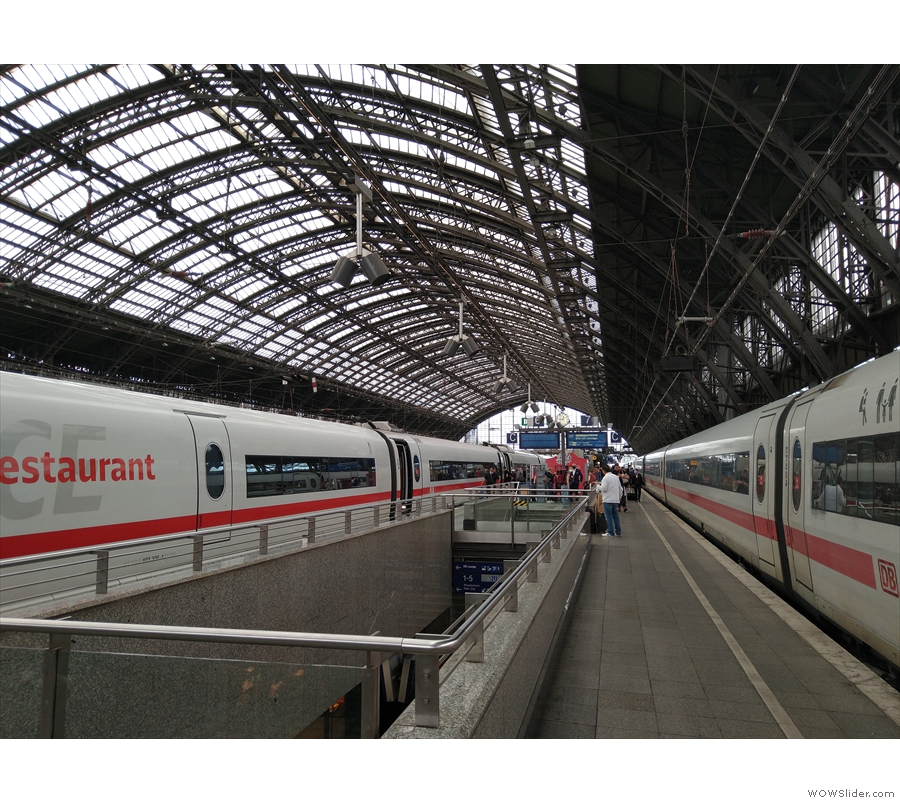
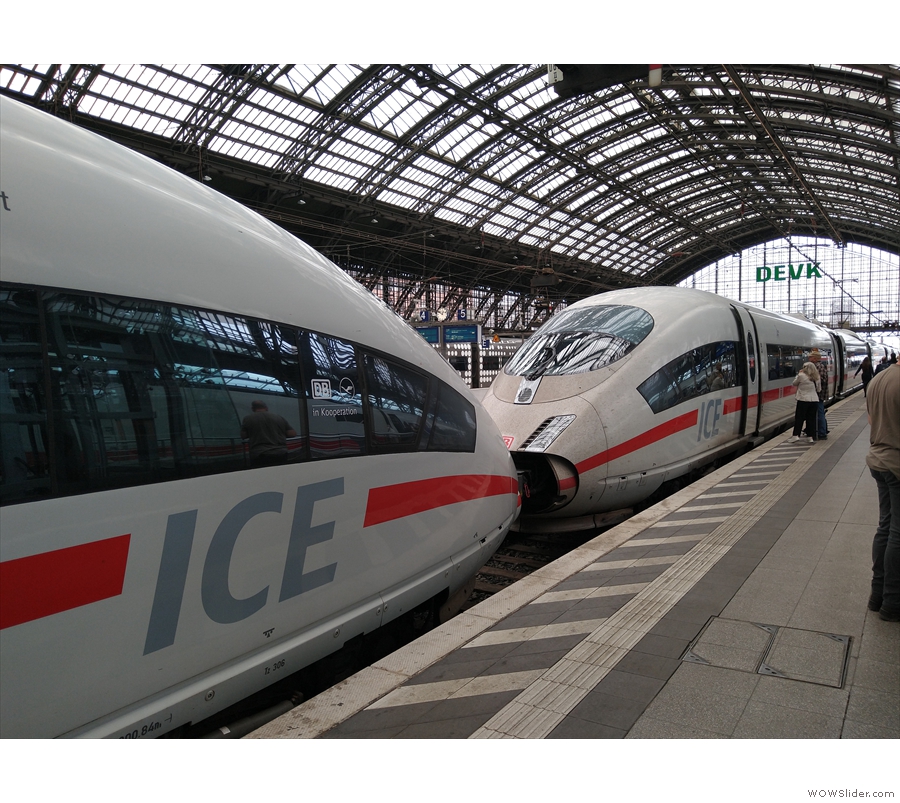
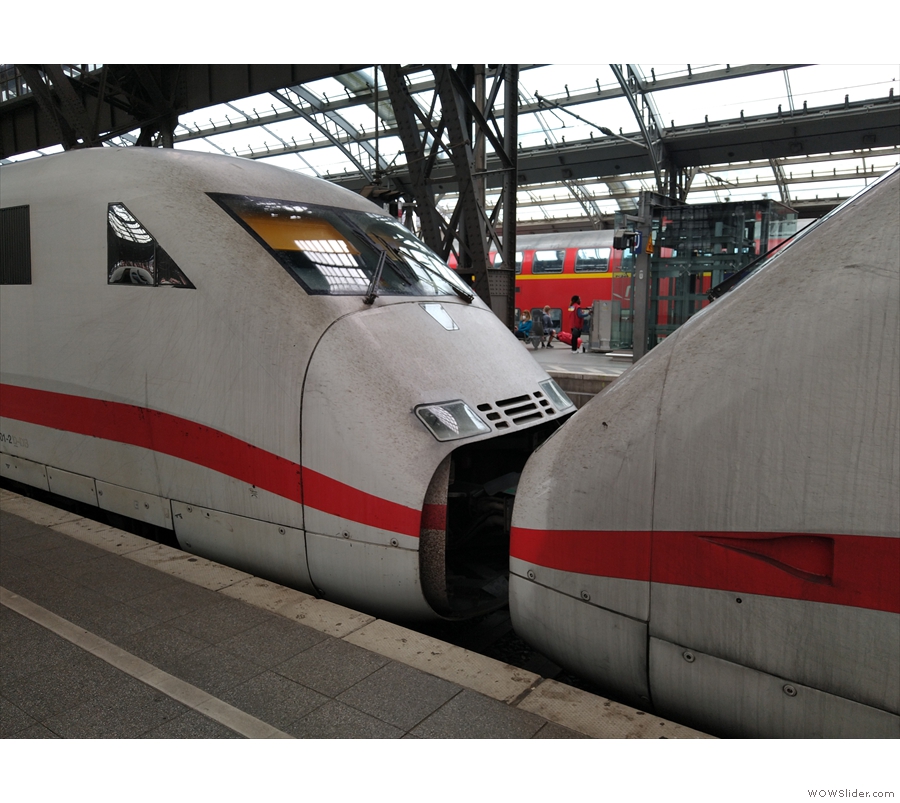
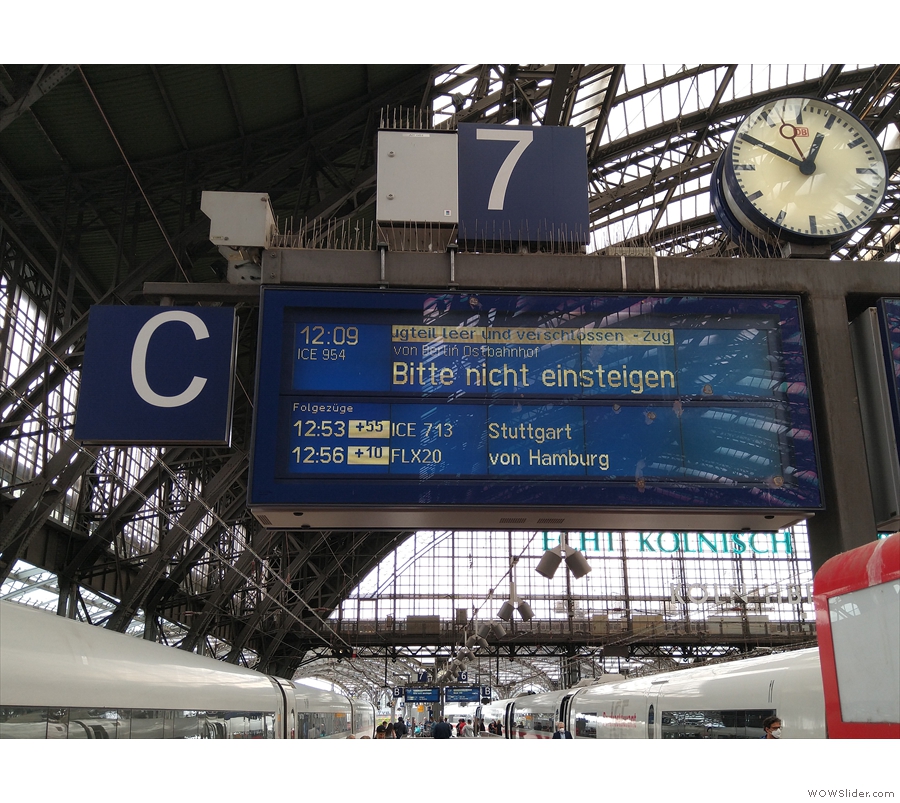
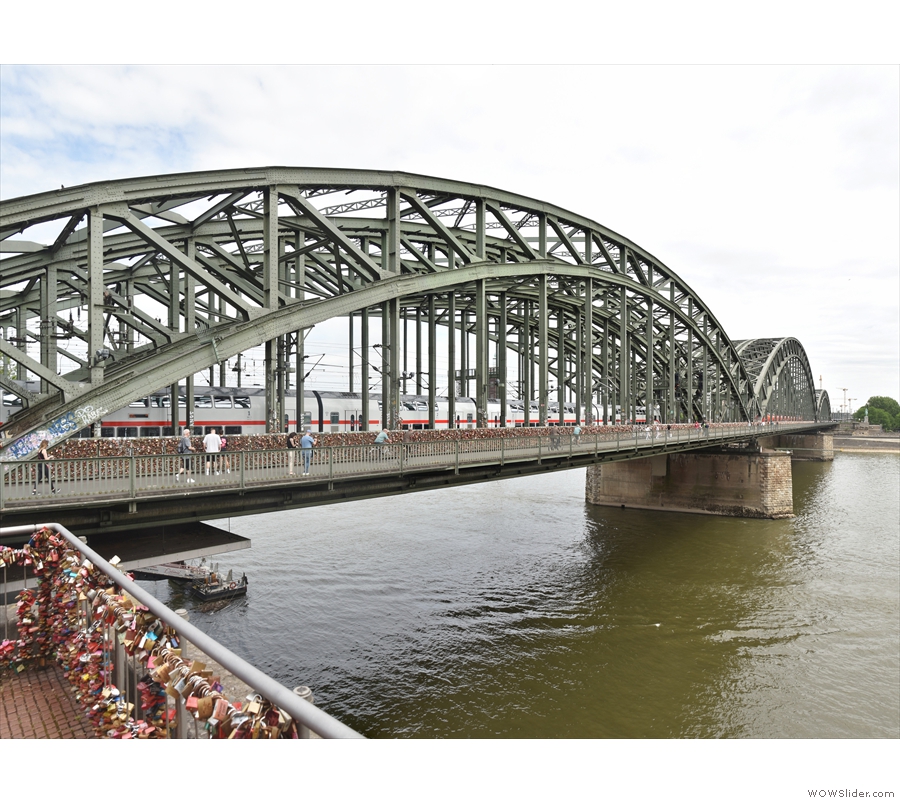
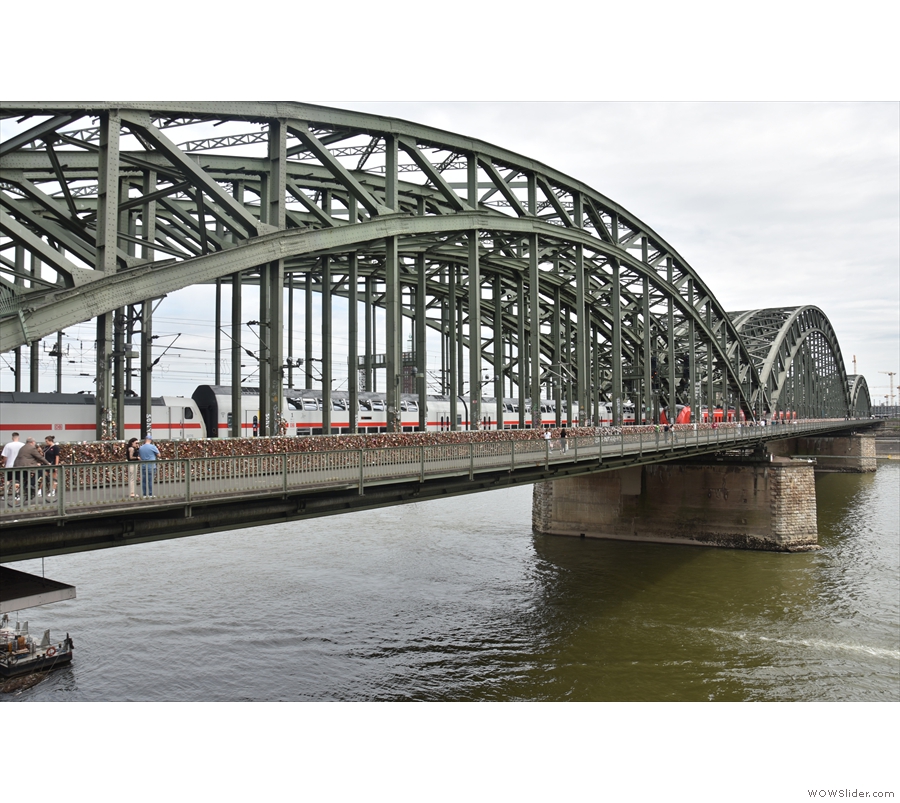
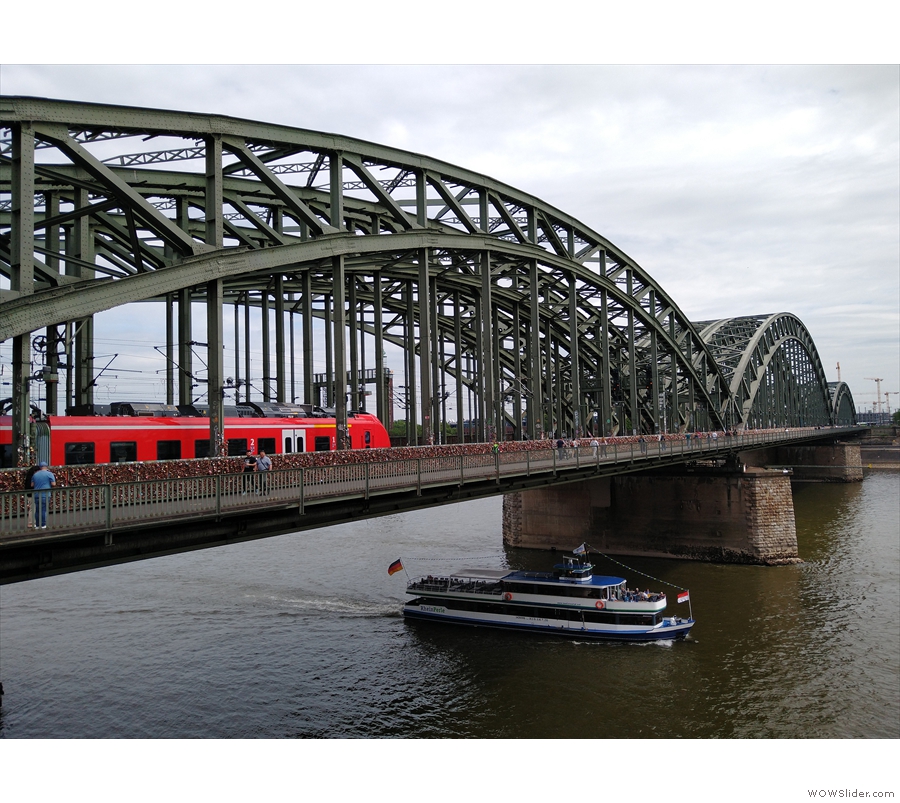
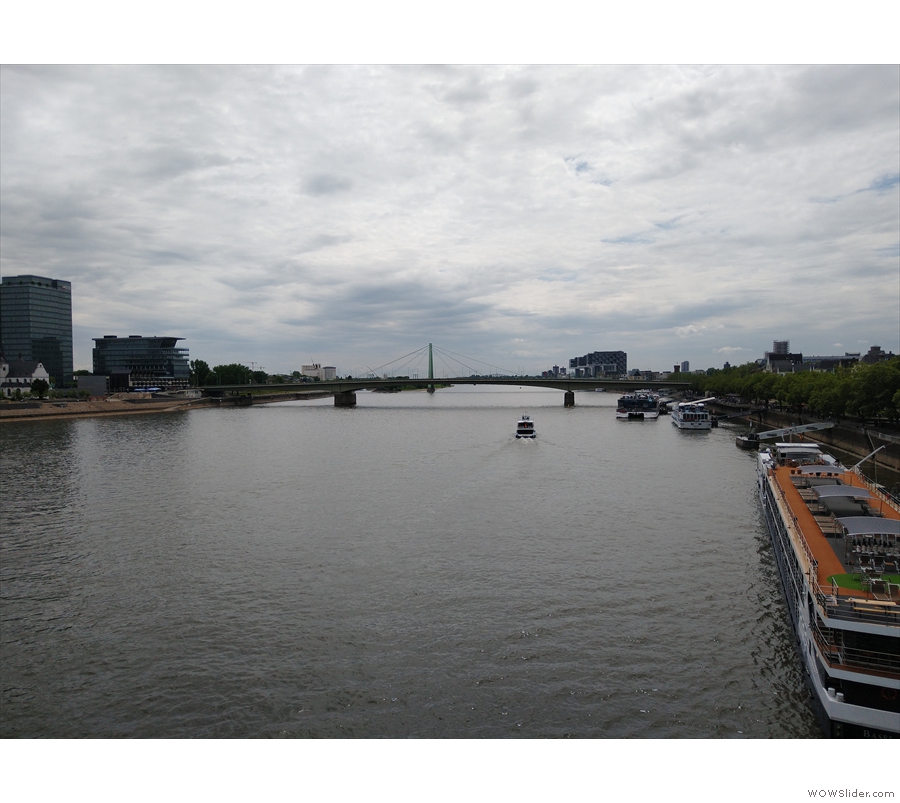
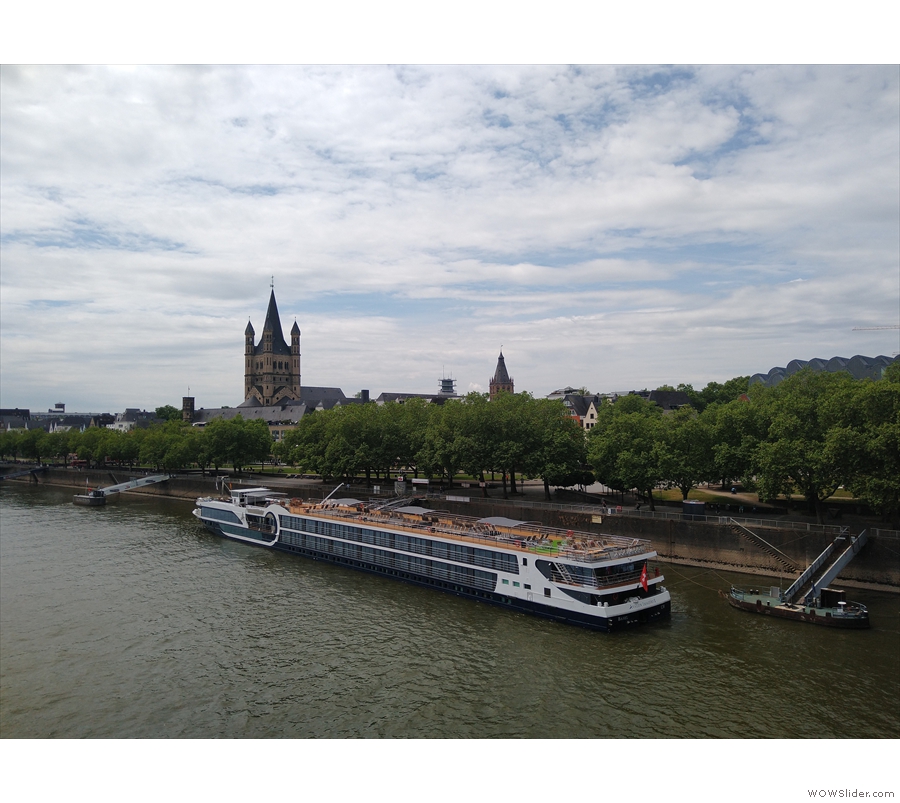
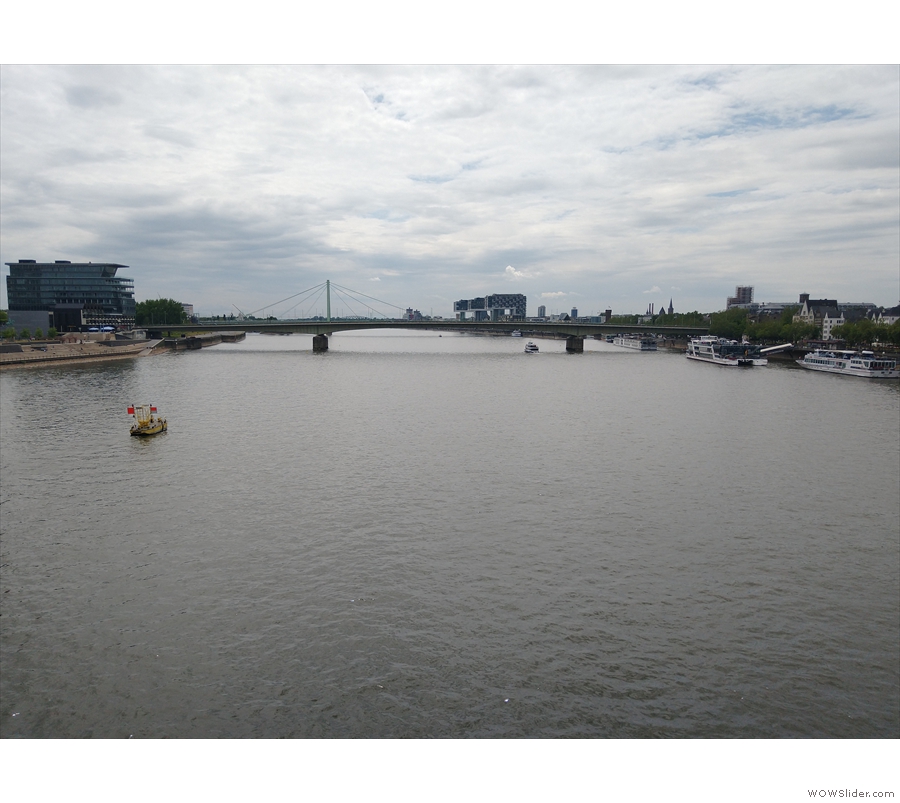
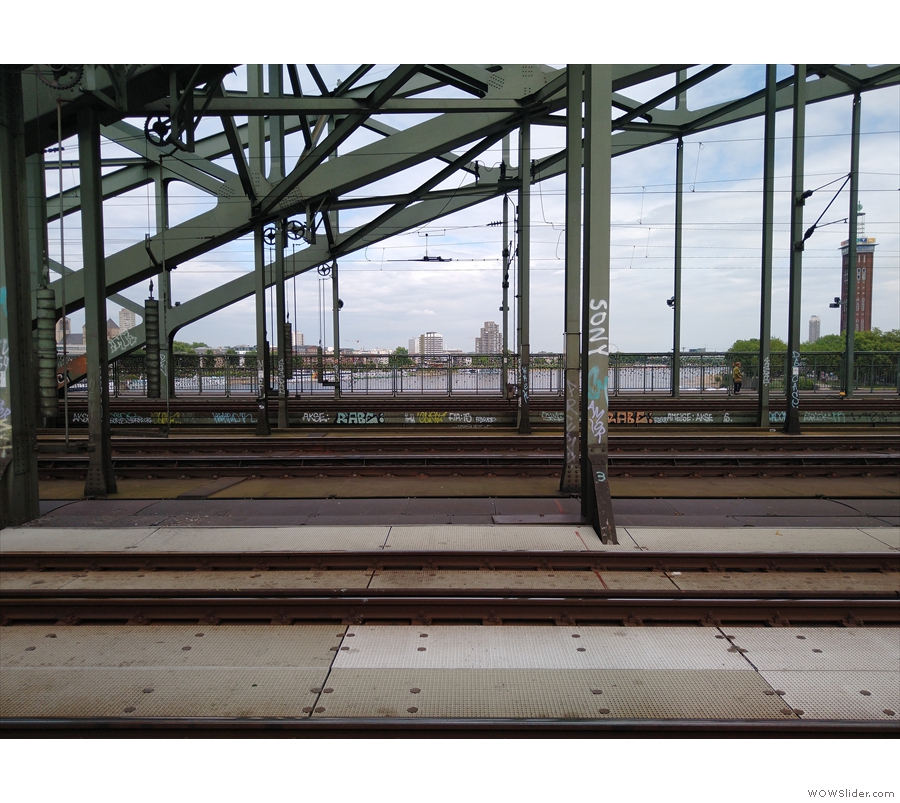
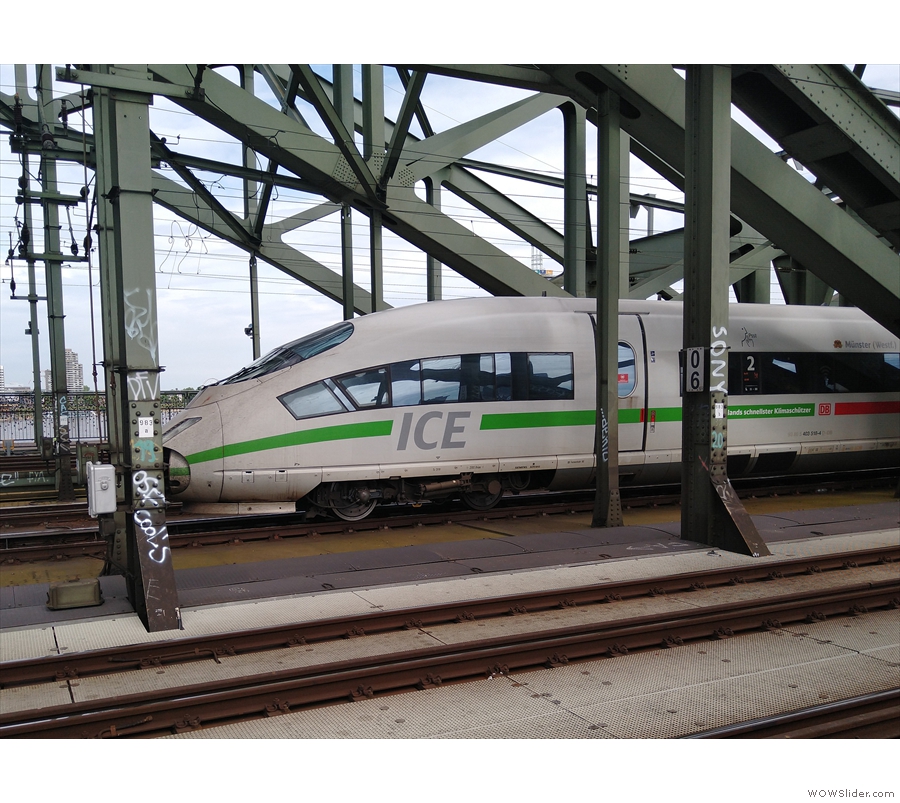
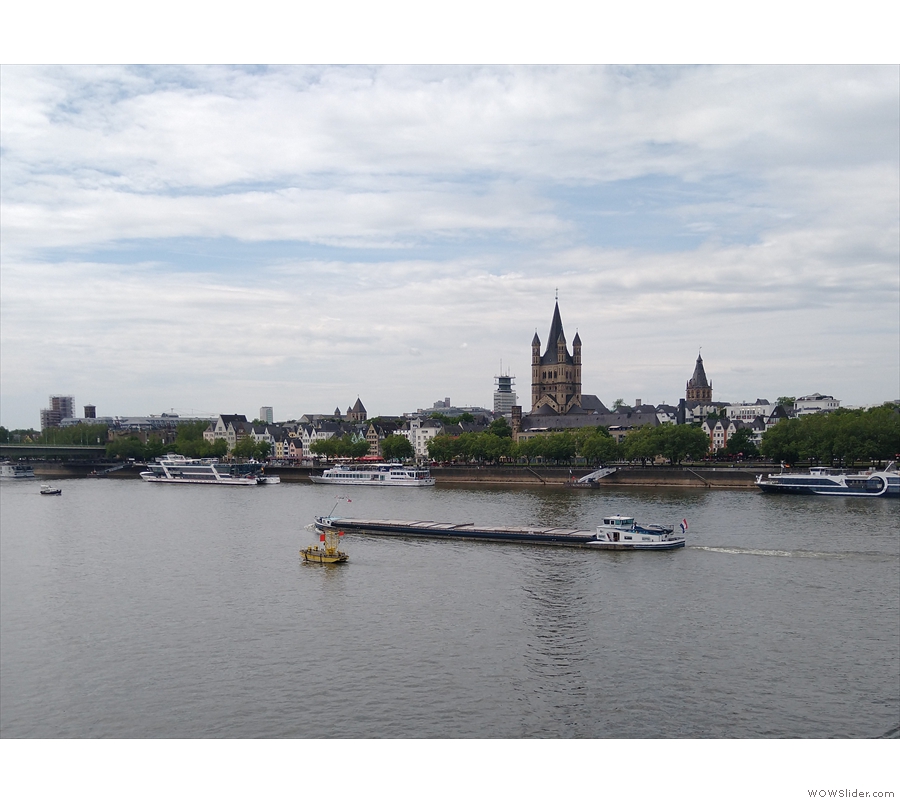
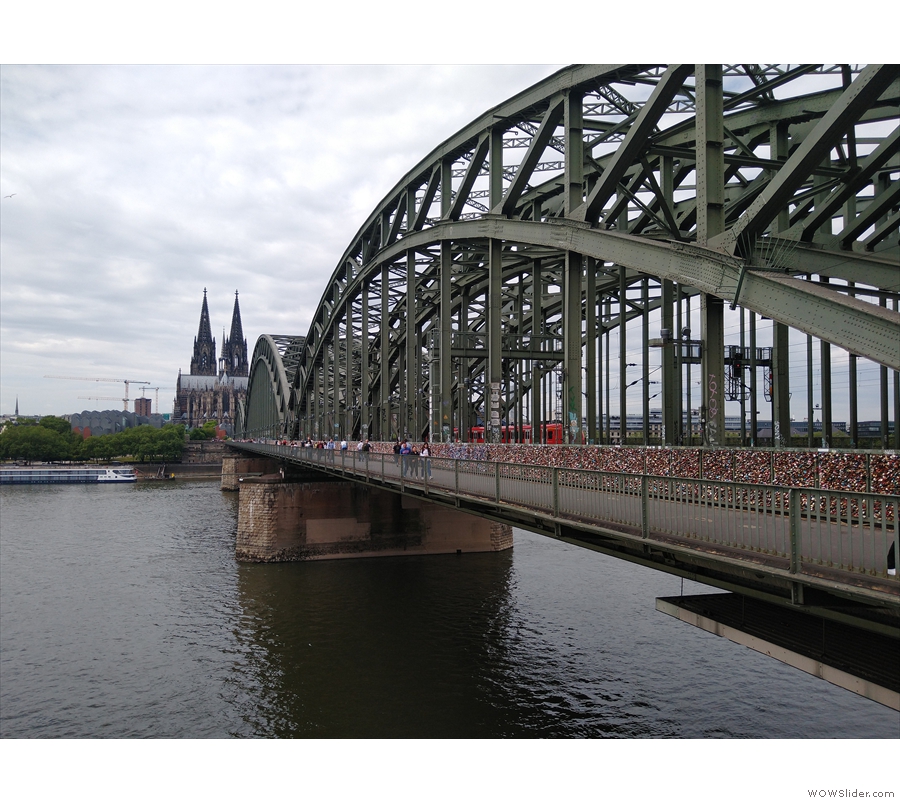
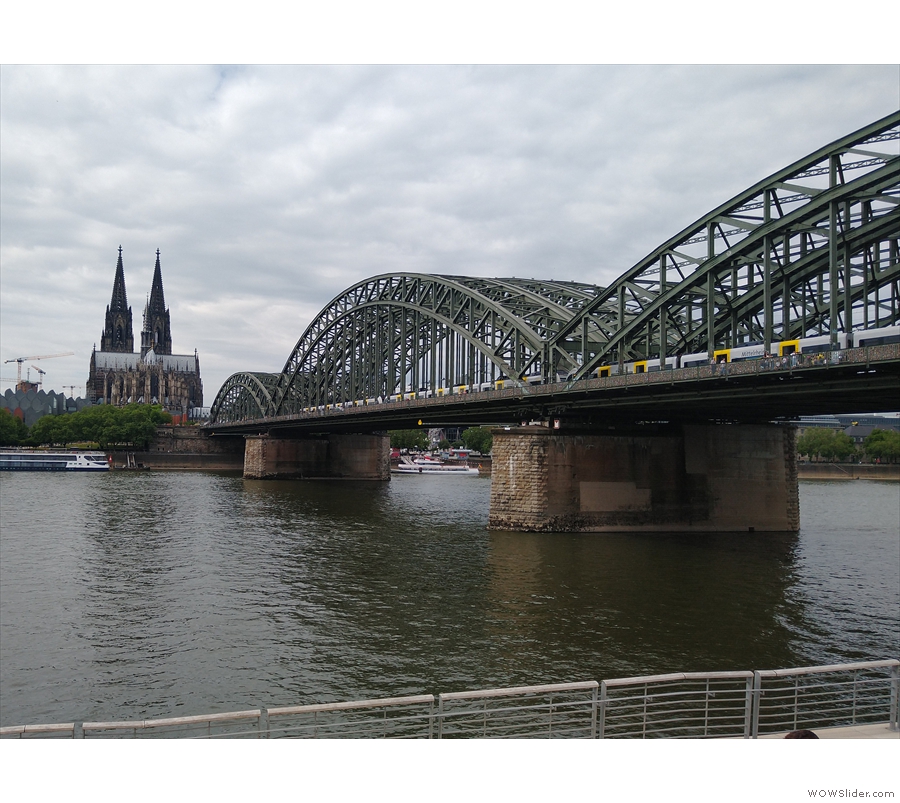
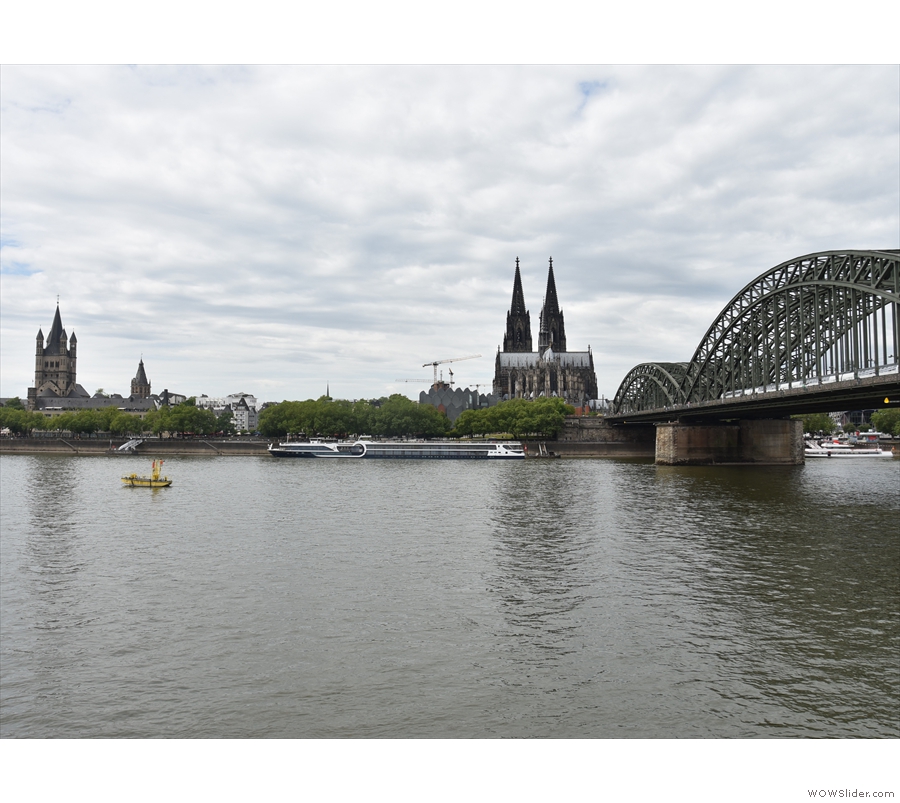
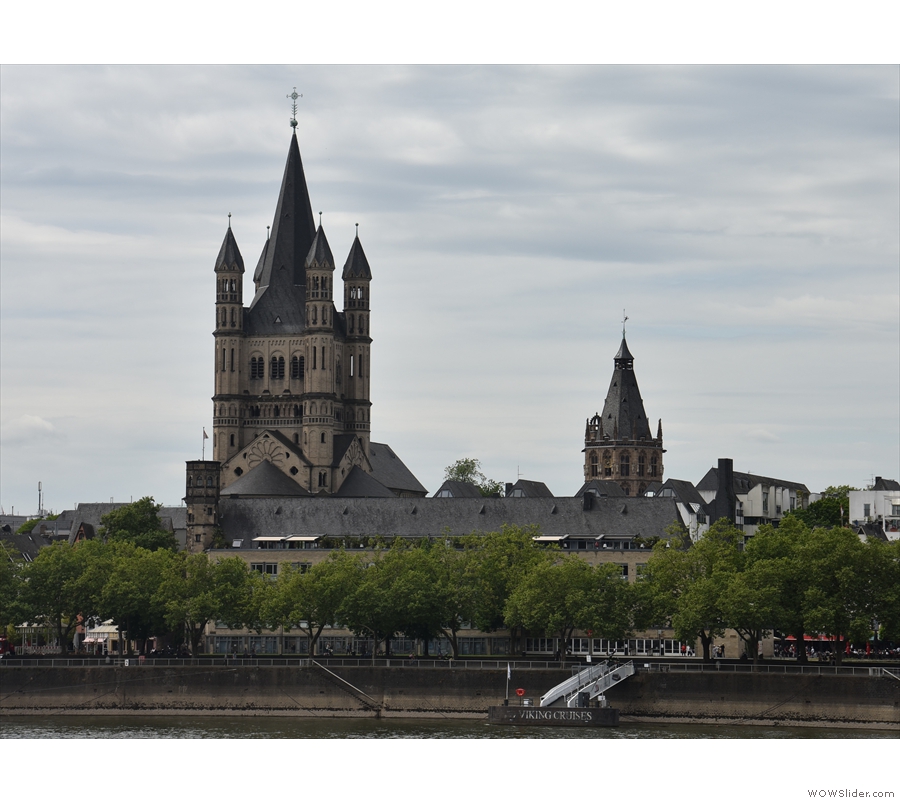
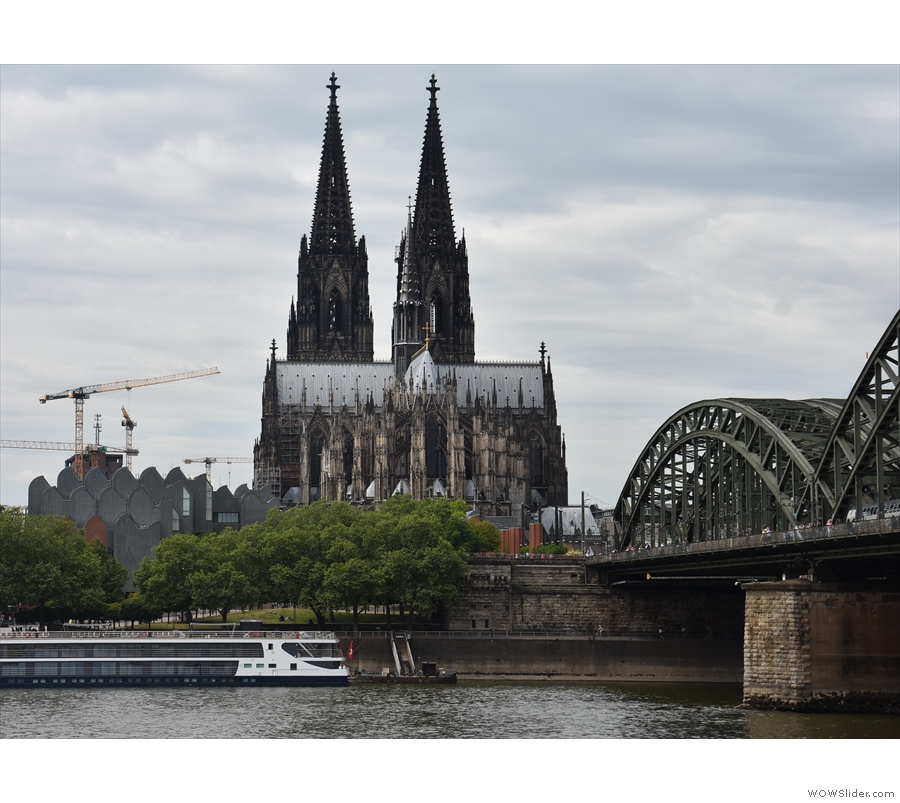
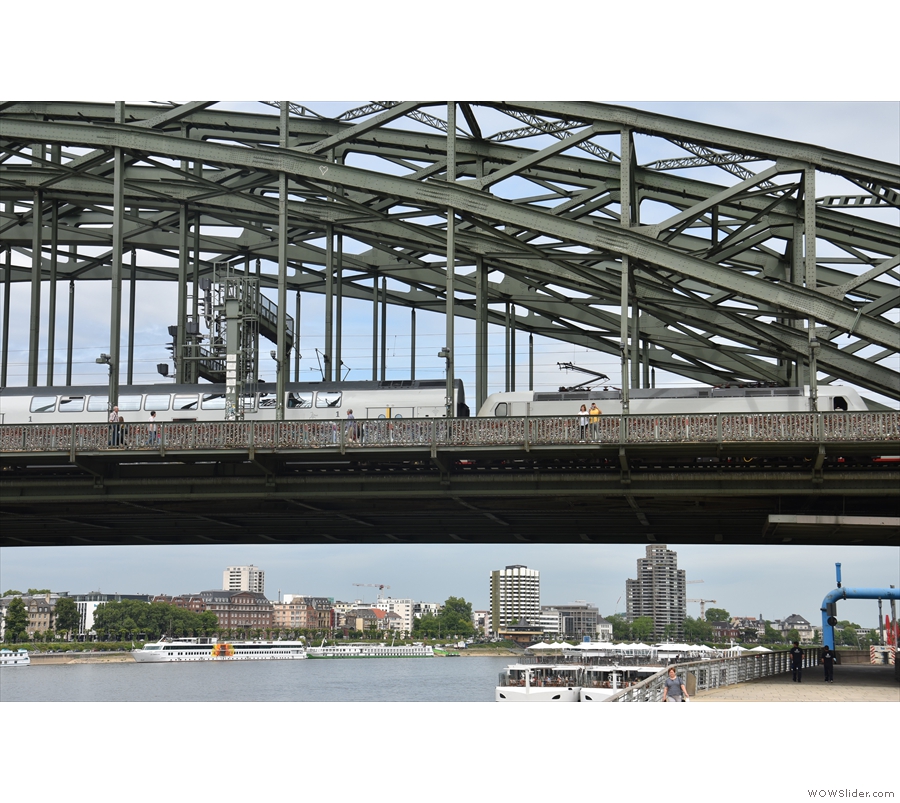
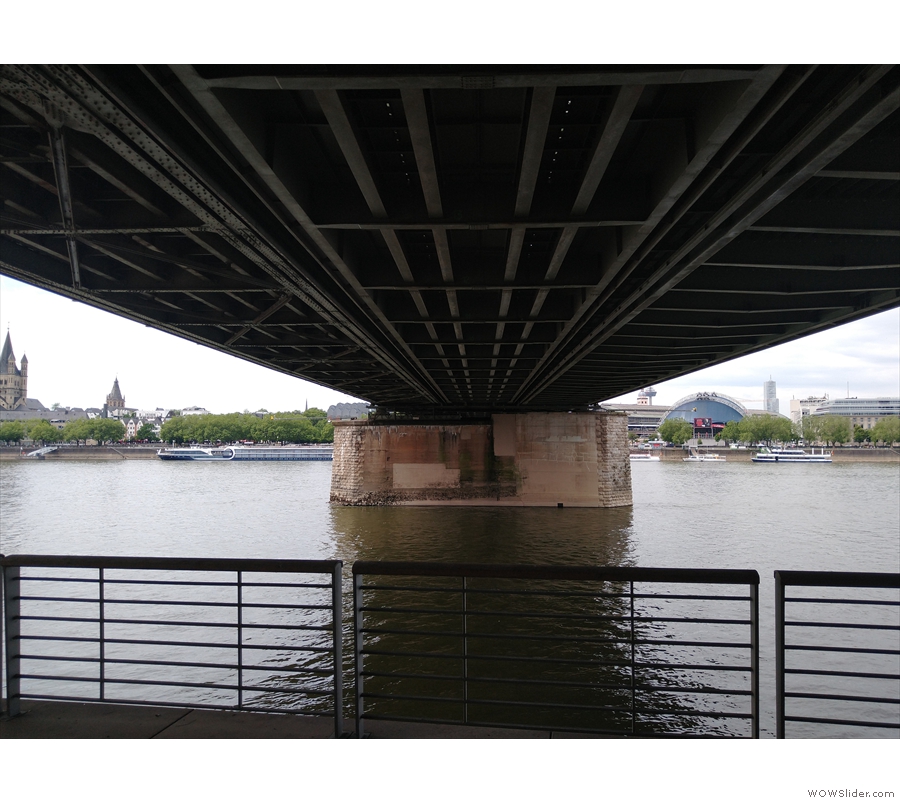
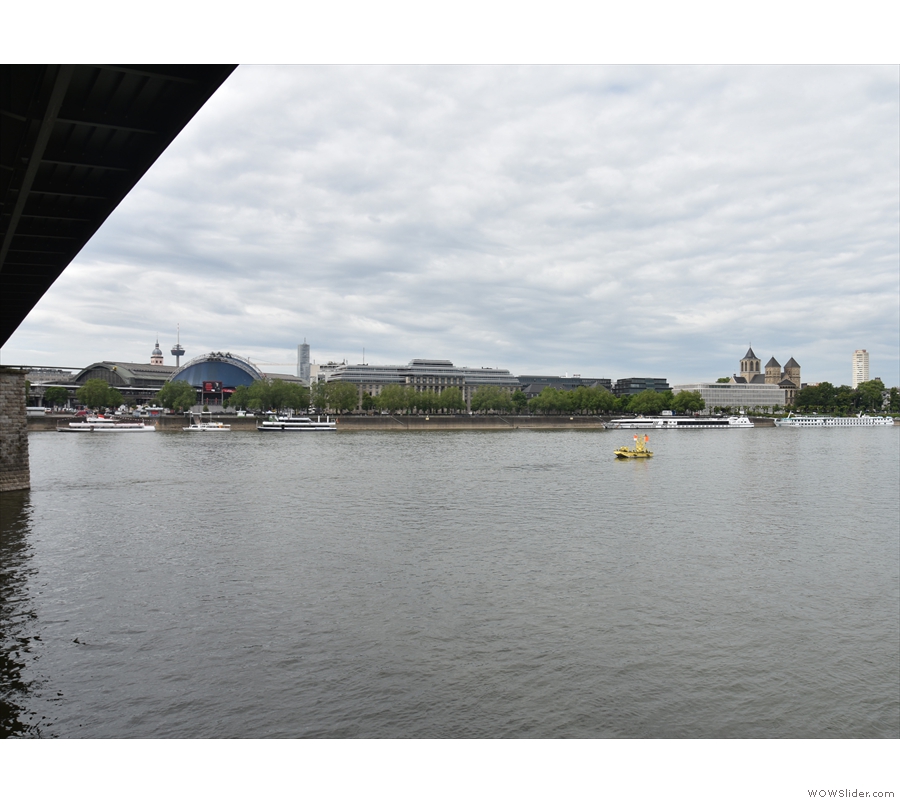
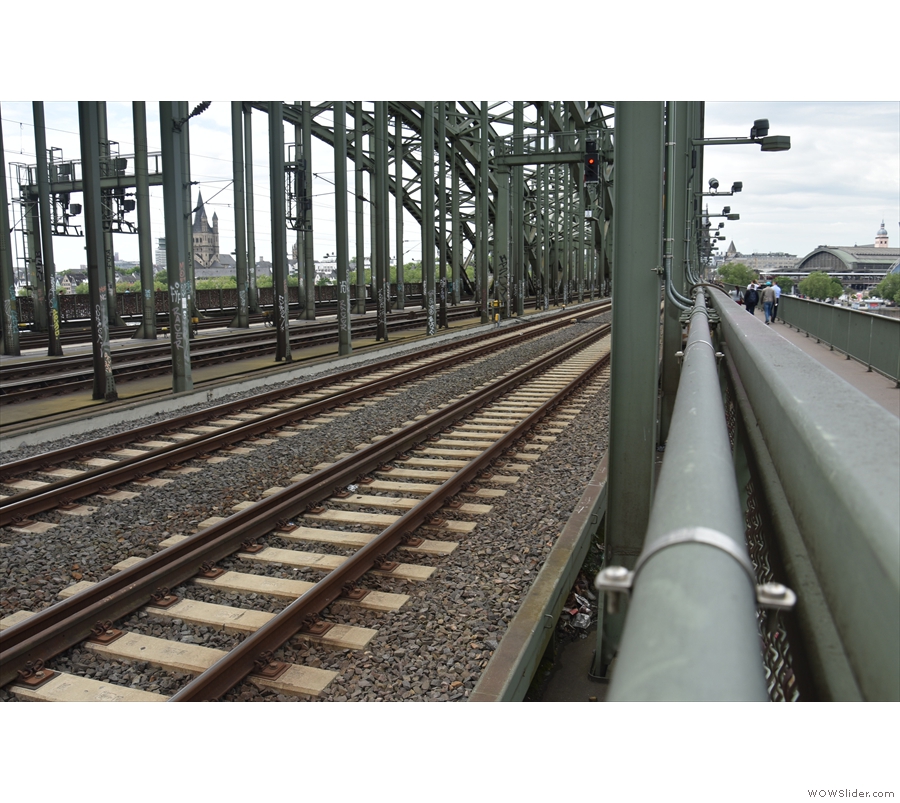
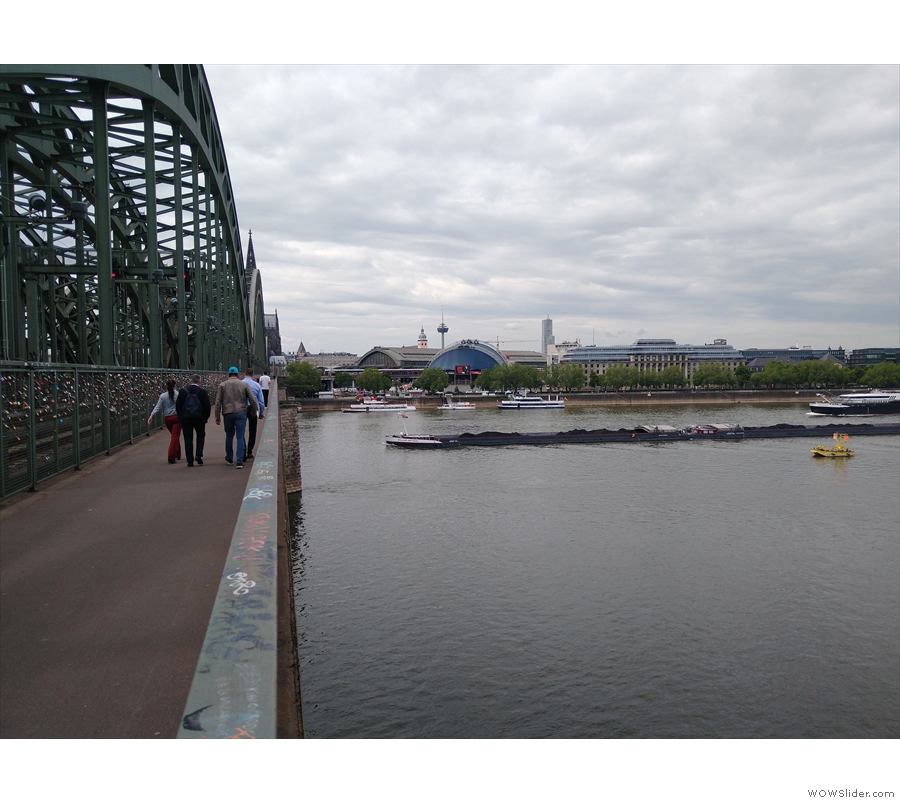
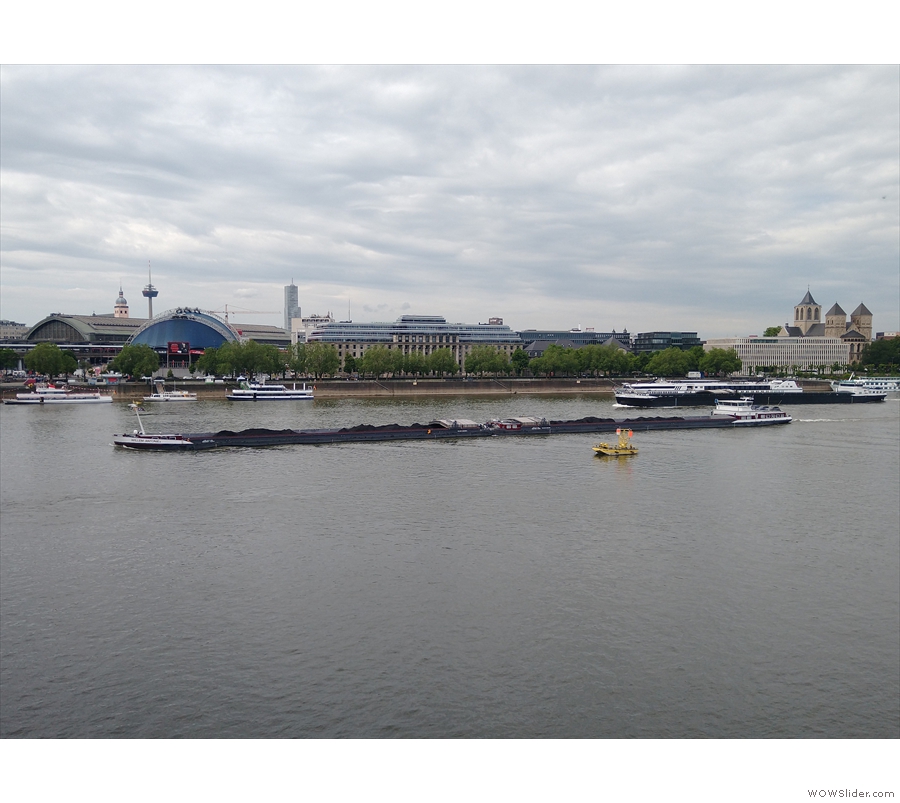
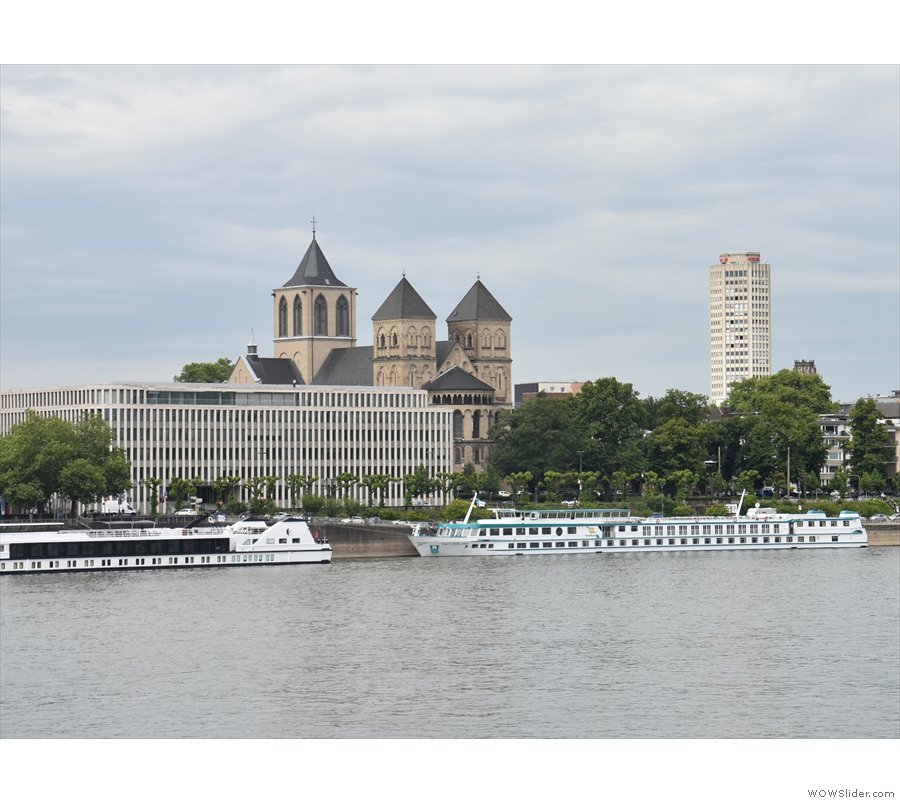
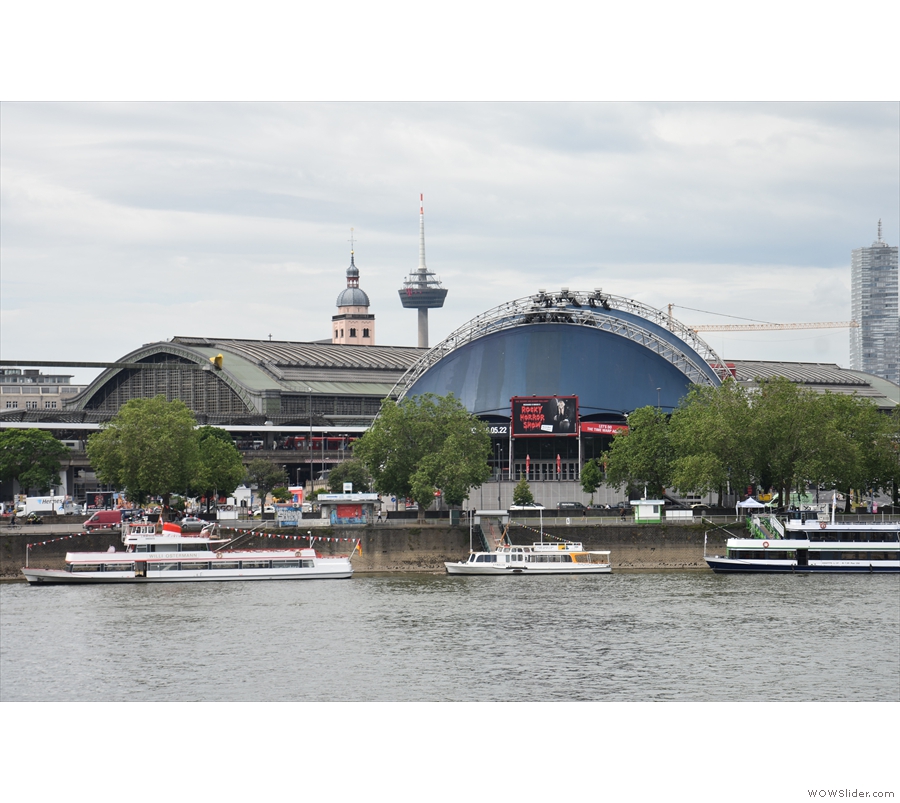
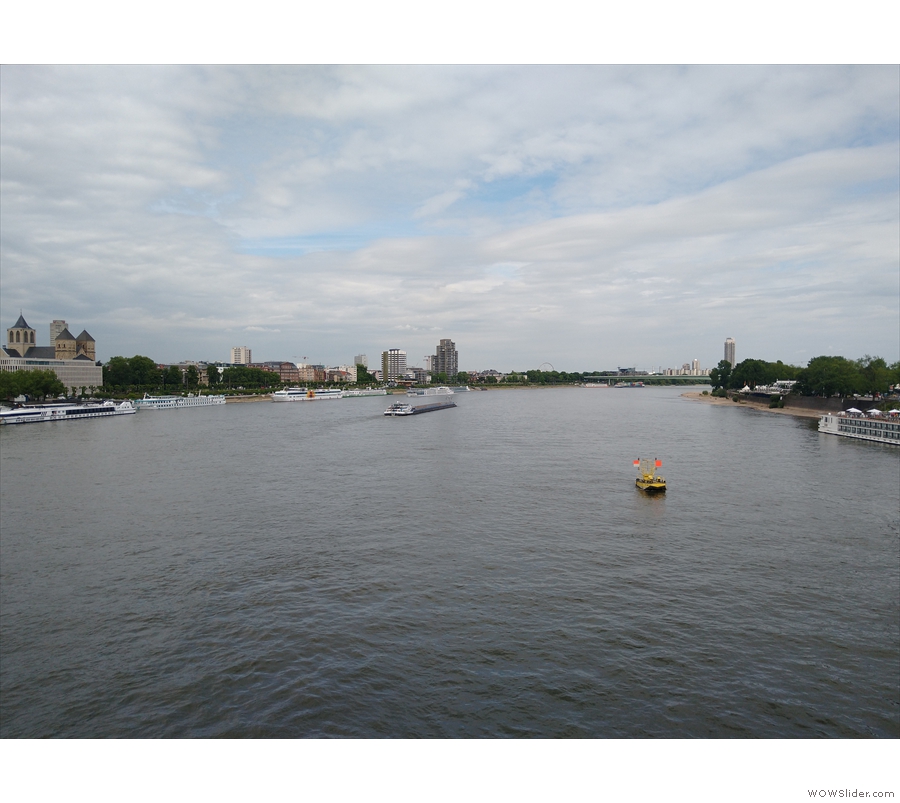
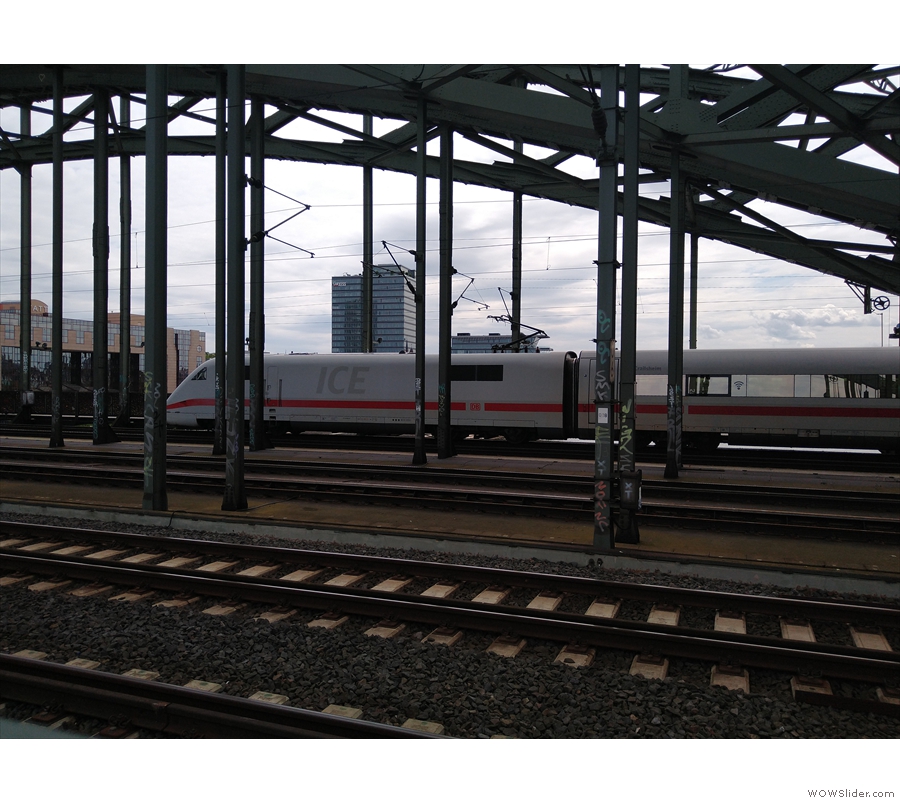
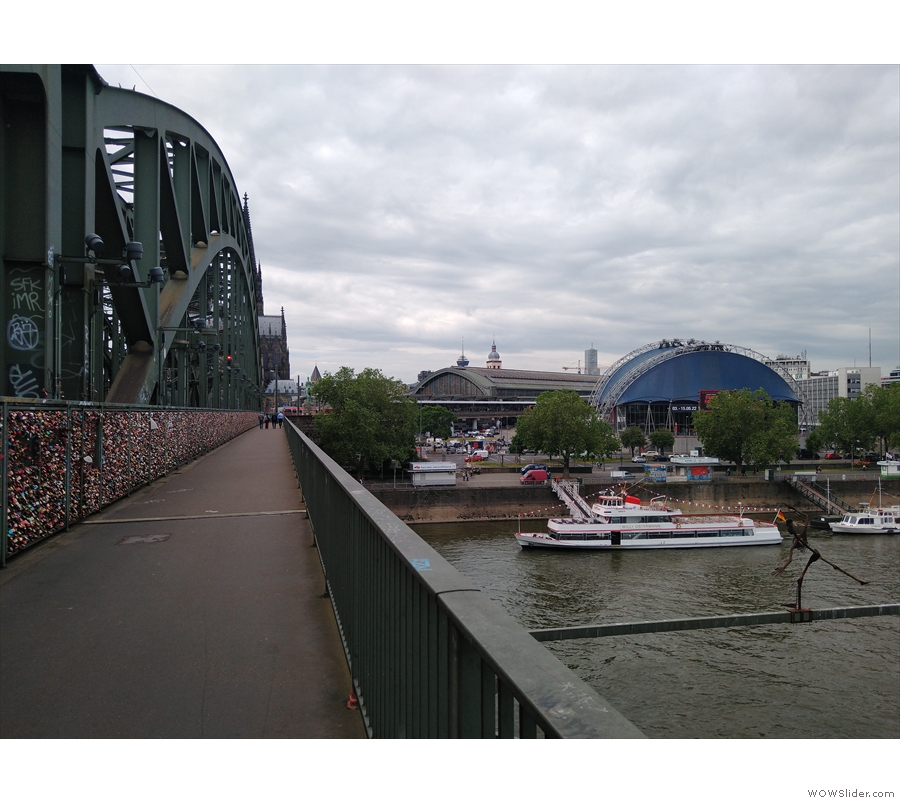
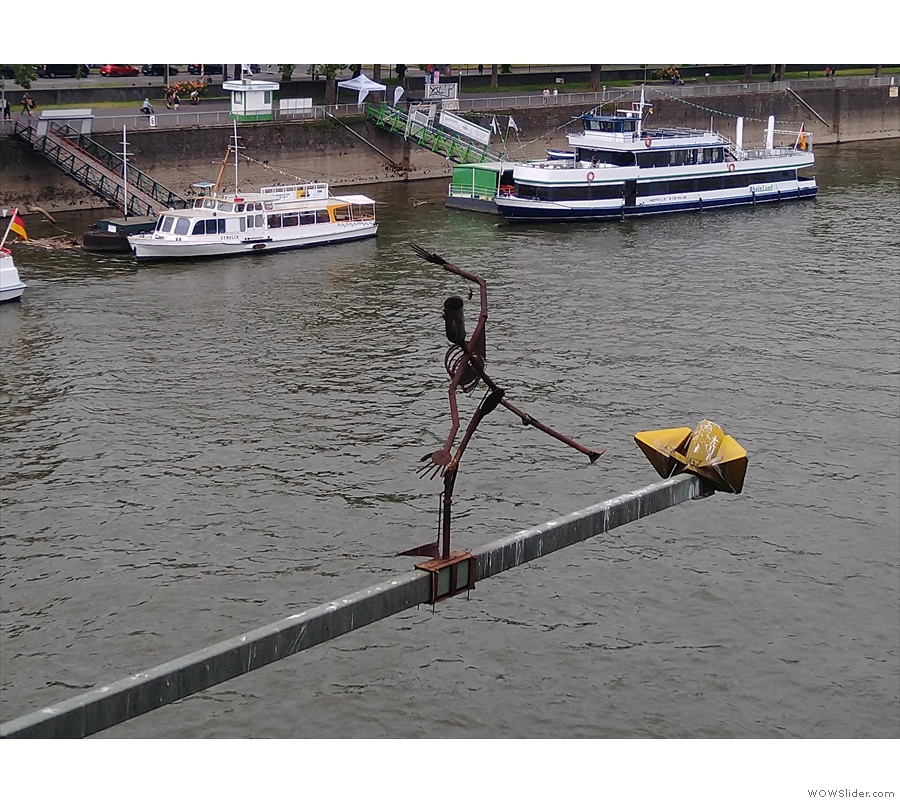
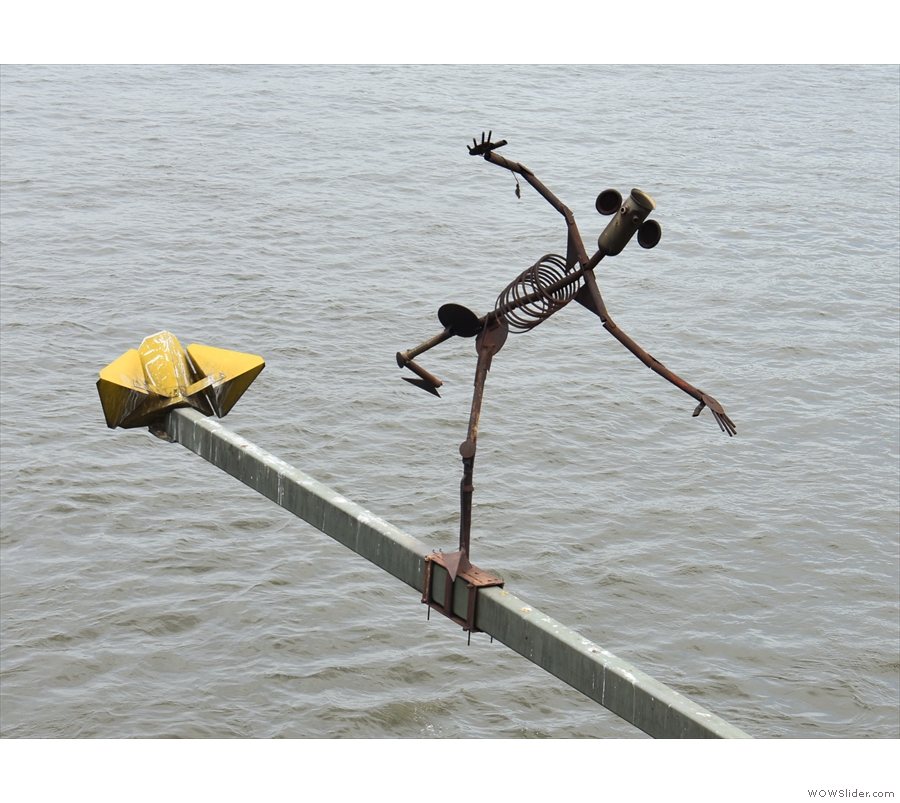
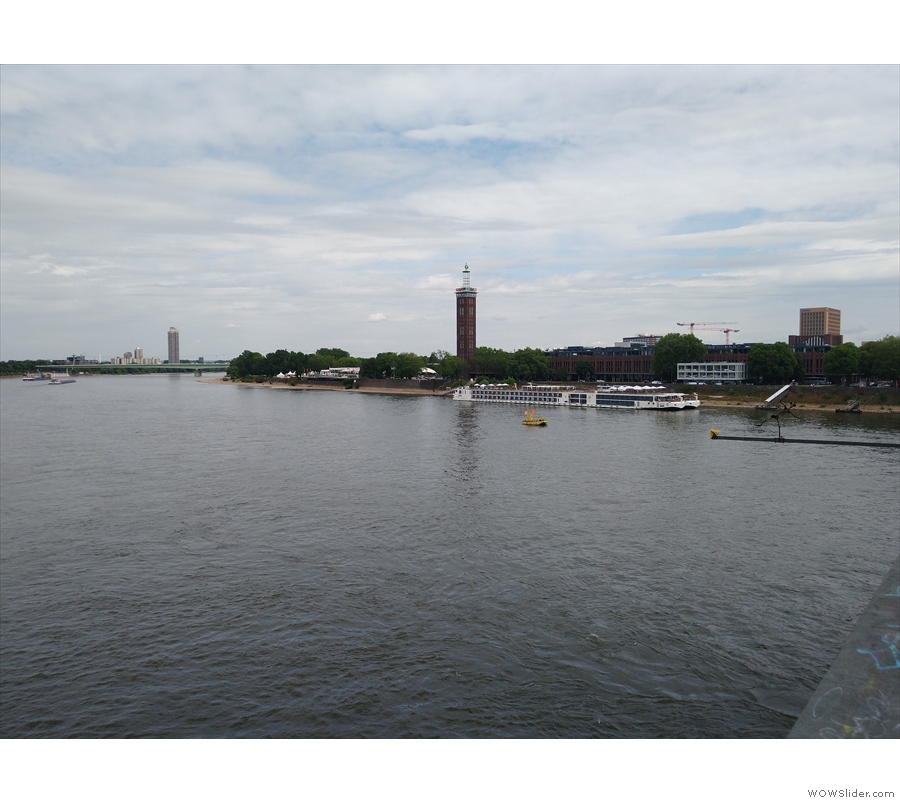
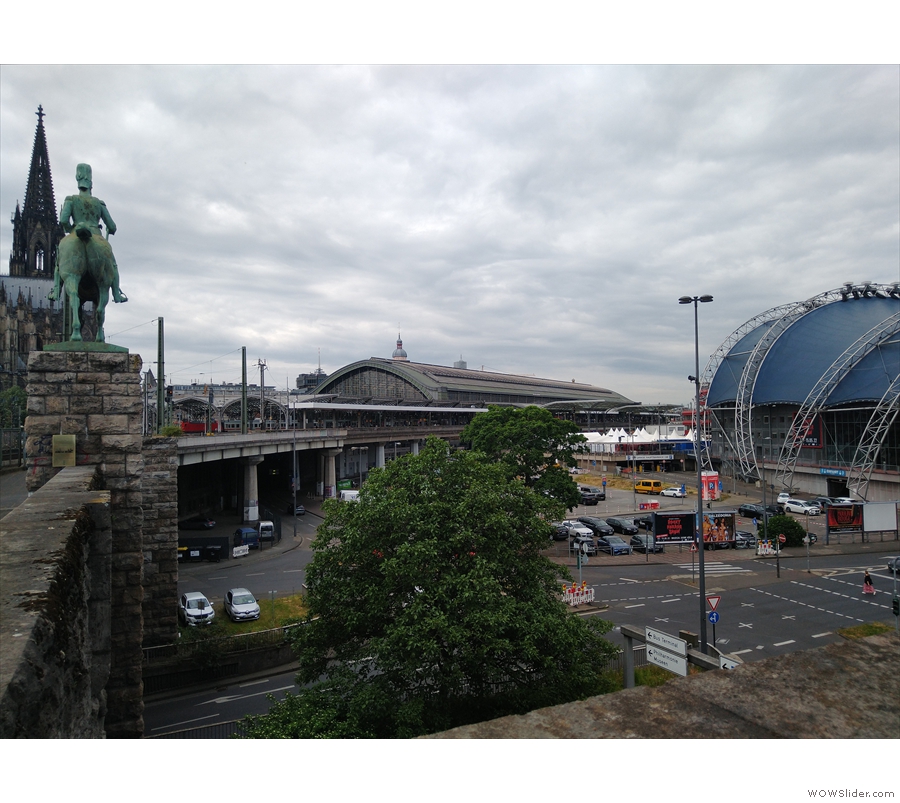
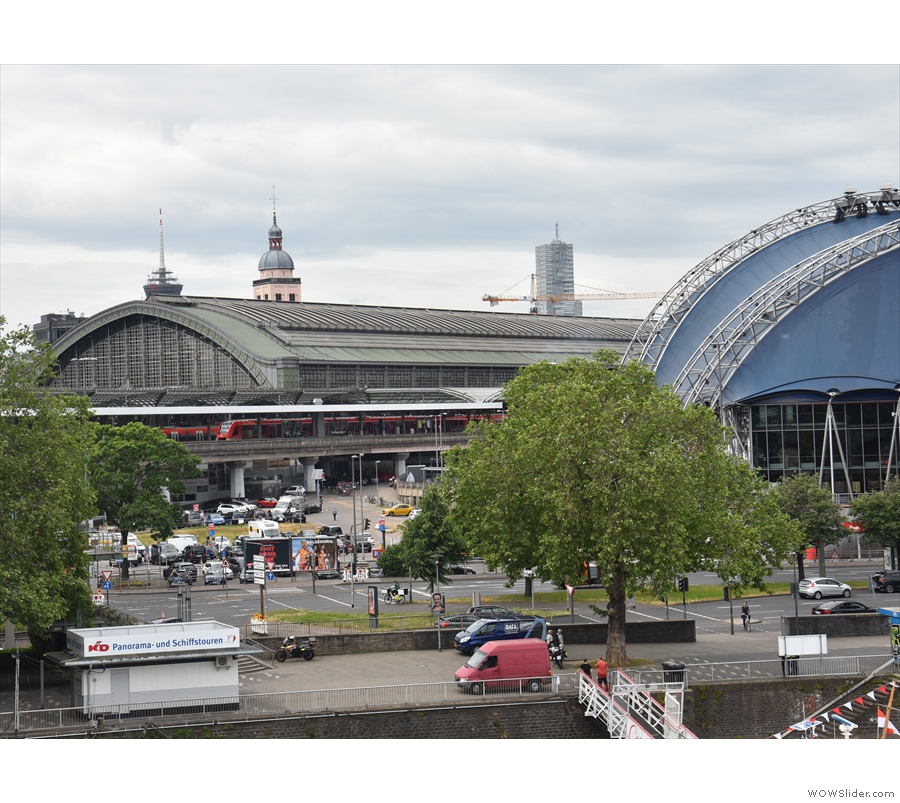
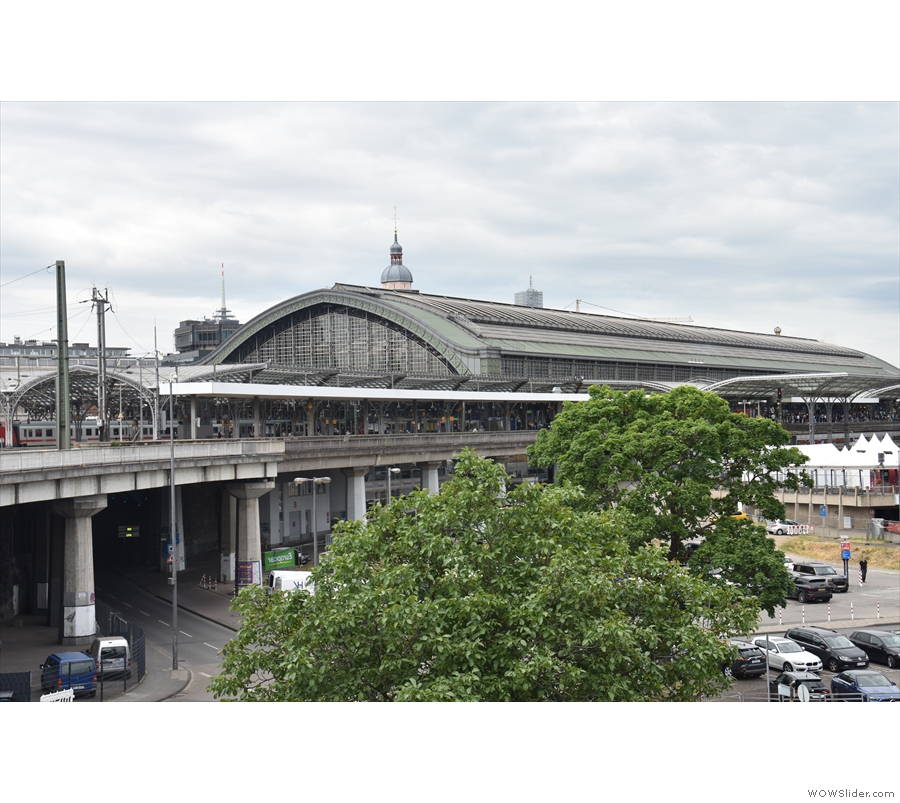
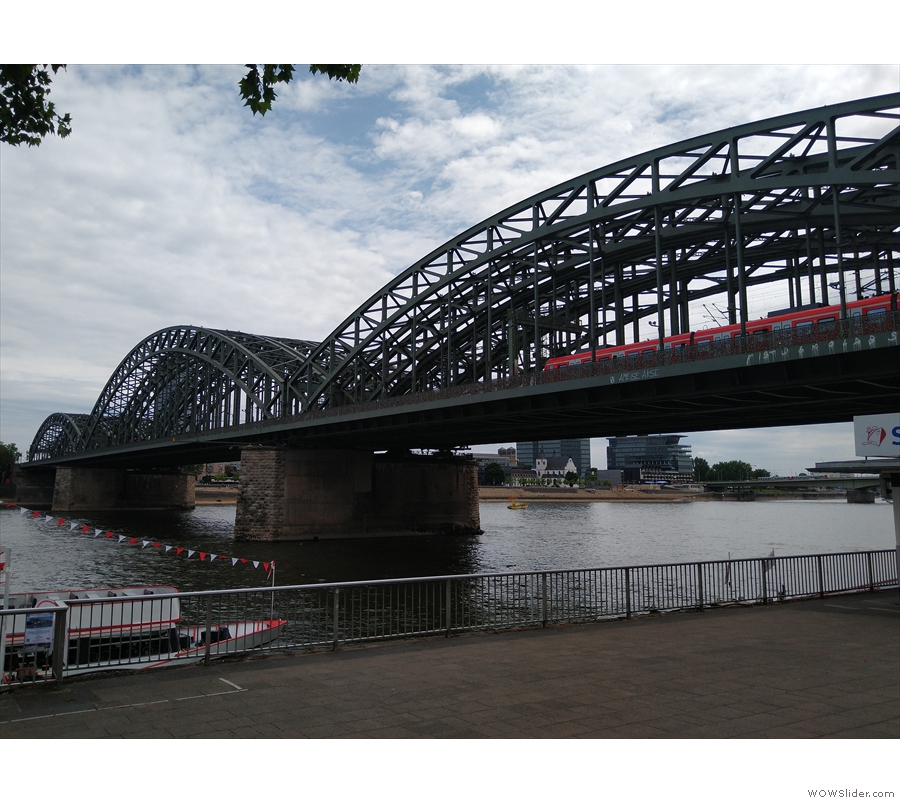
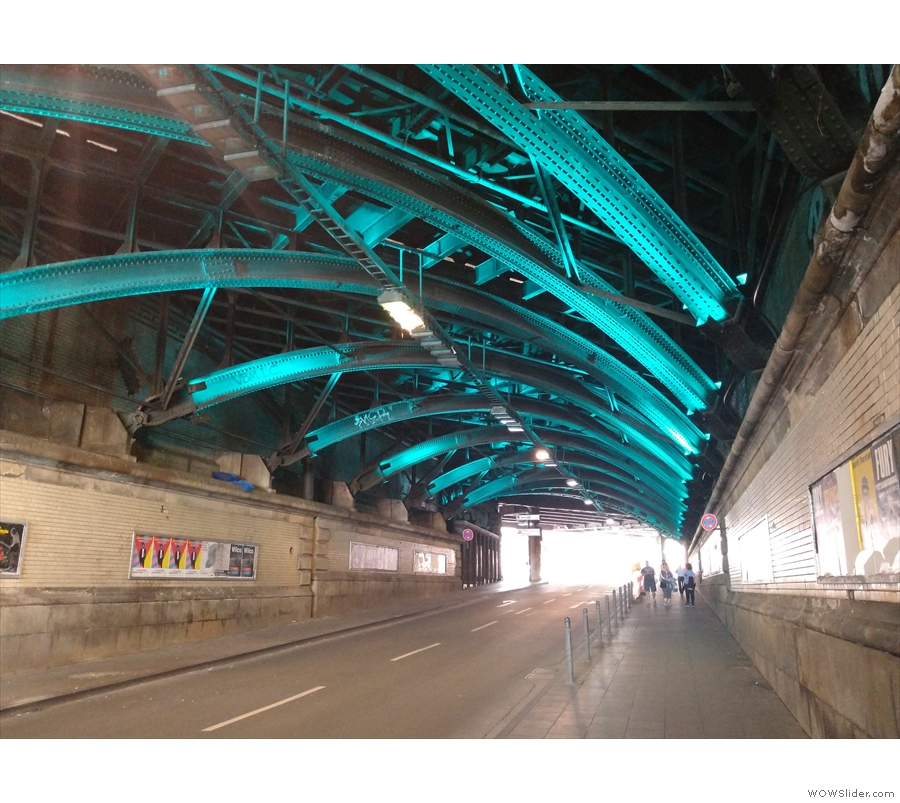
 1
1 2
2 3
3 4
4 5
5 6
6 7
7 8
8 9
9 10
10 11
11 12
12 13
13 14
14 15
15 16
16 17
17 18
18 19
19 20
20 21
21 22
22 23
23 24
24 25
25 26
26 27
27 28
28 29
29 30
30 31
31 32
32 33
33 34
34 35
35 36
36 37
37 38
38 39
39 40
40 41
41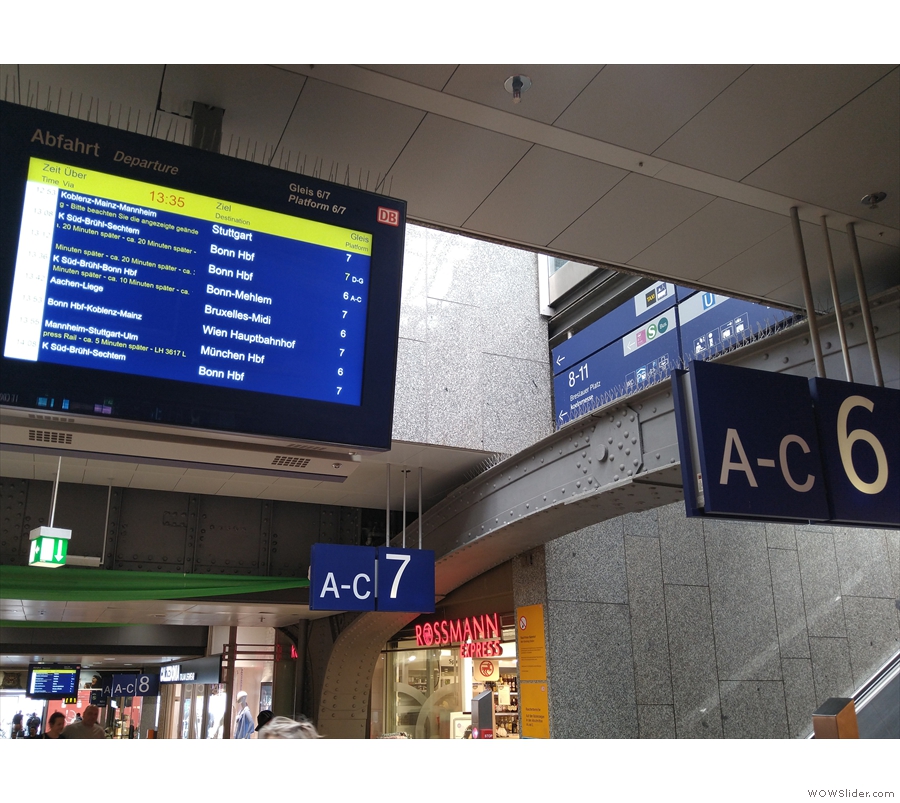
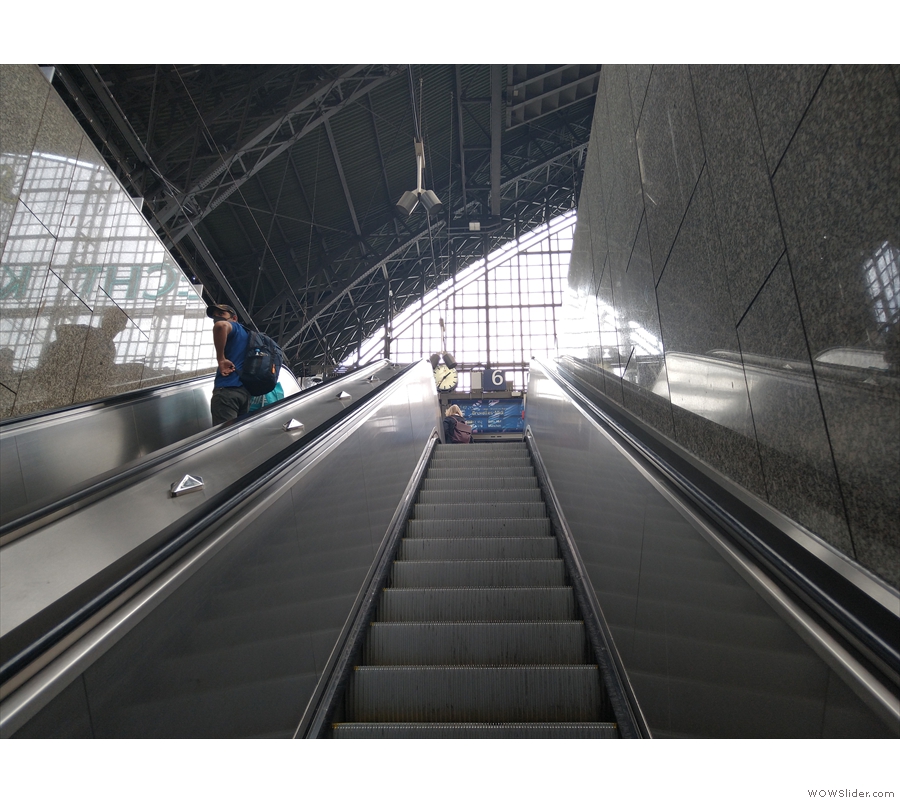
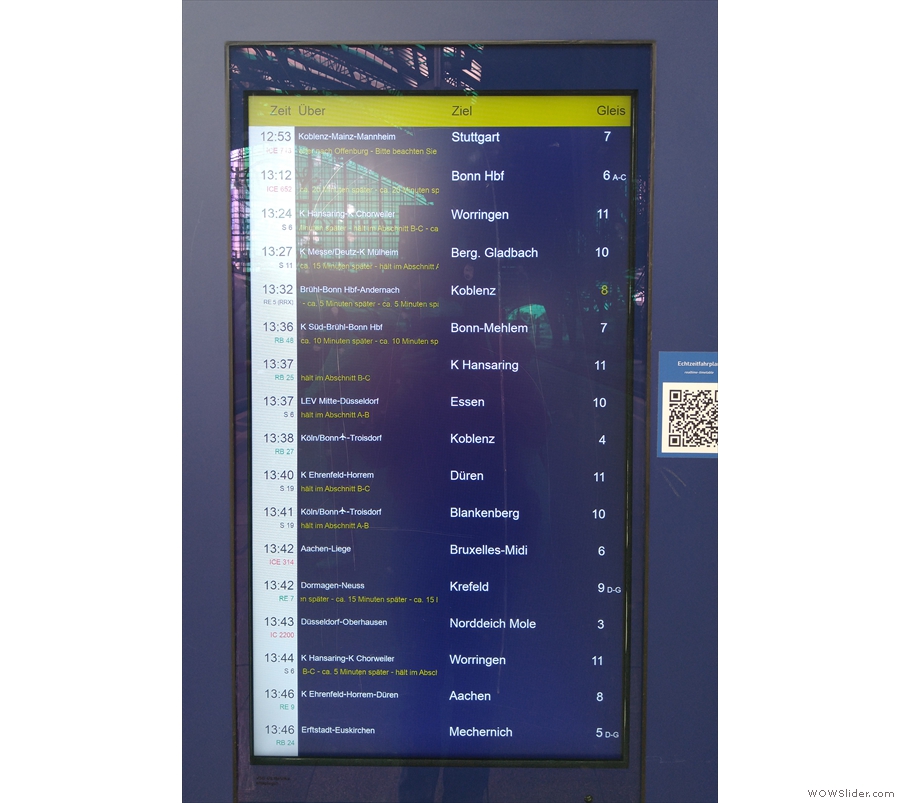
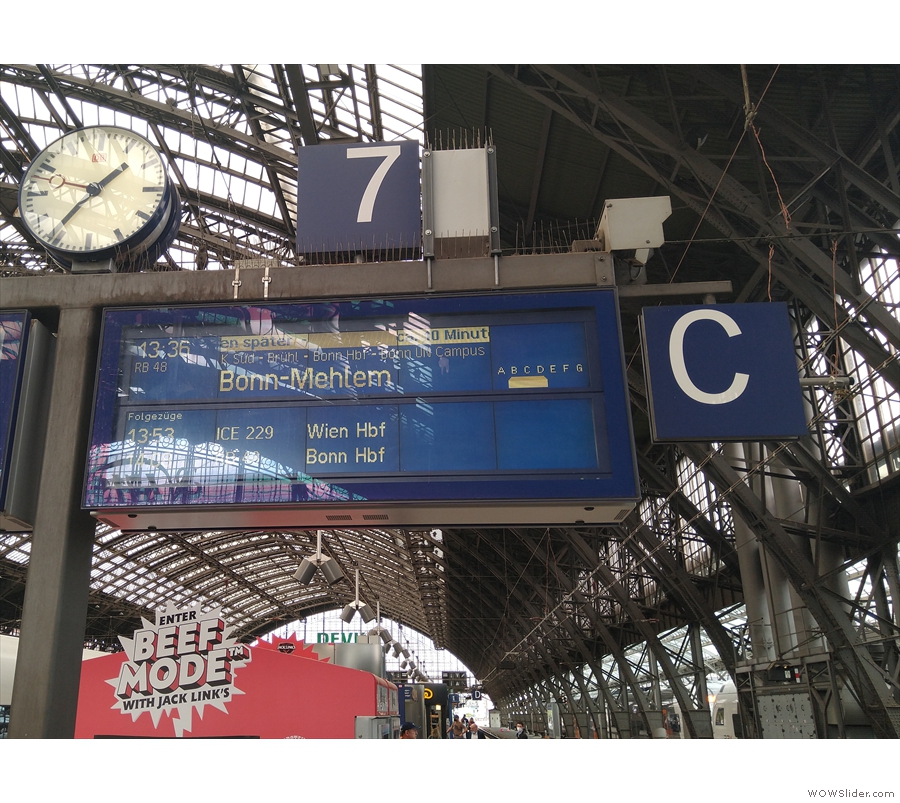
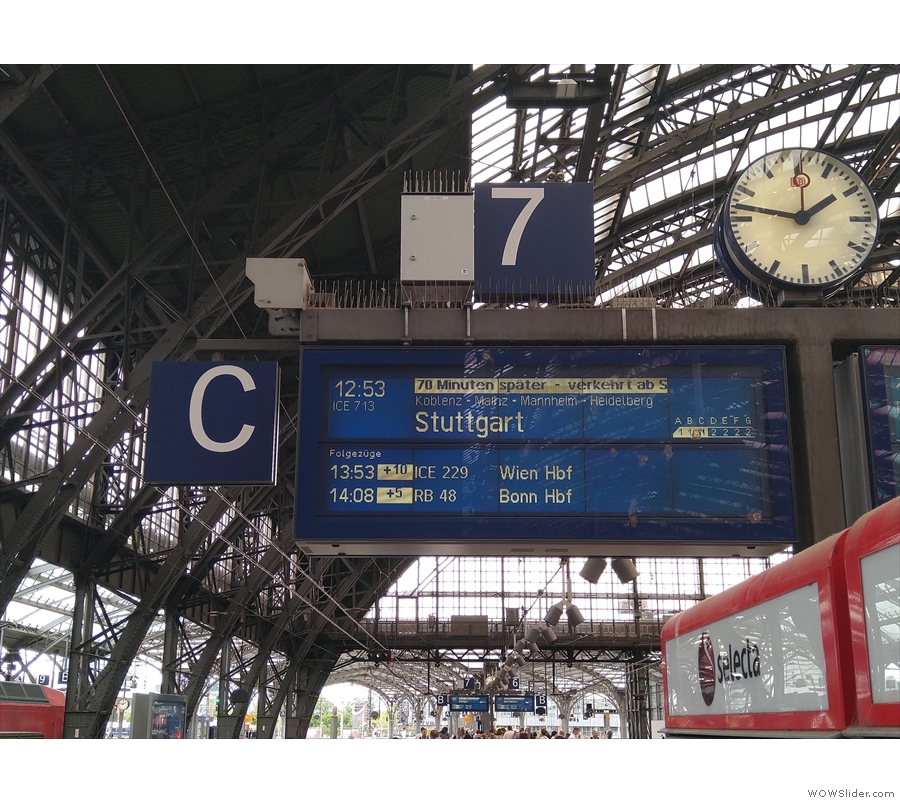
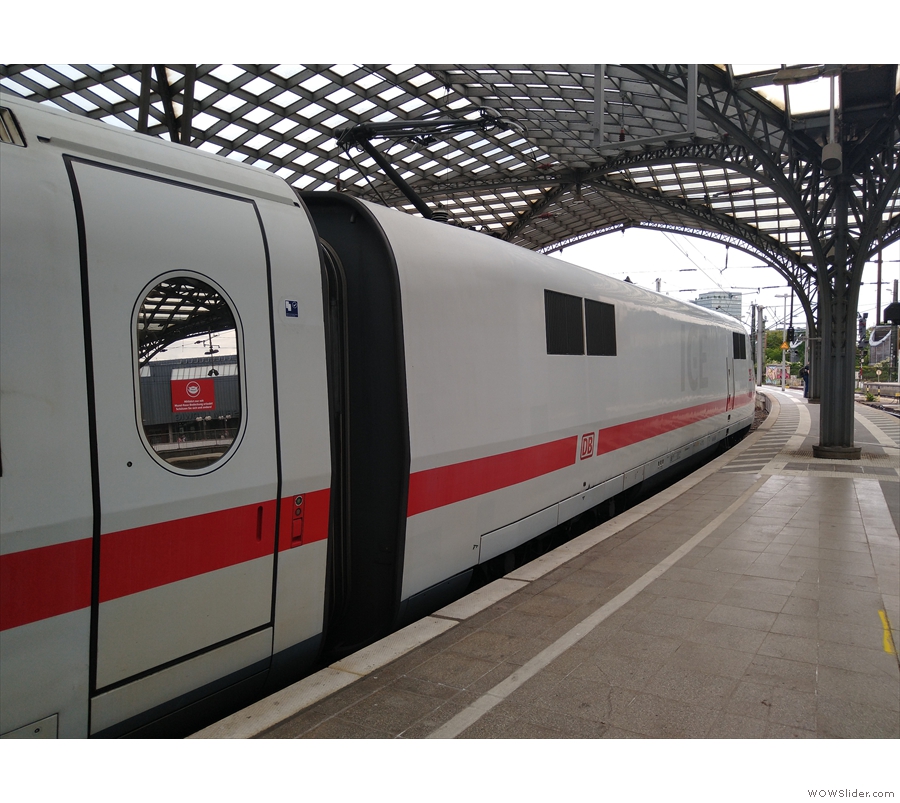
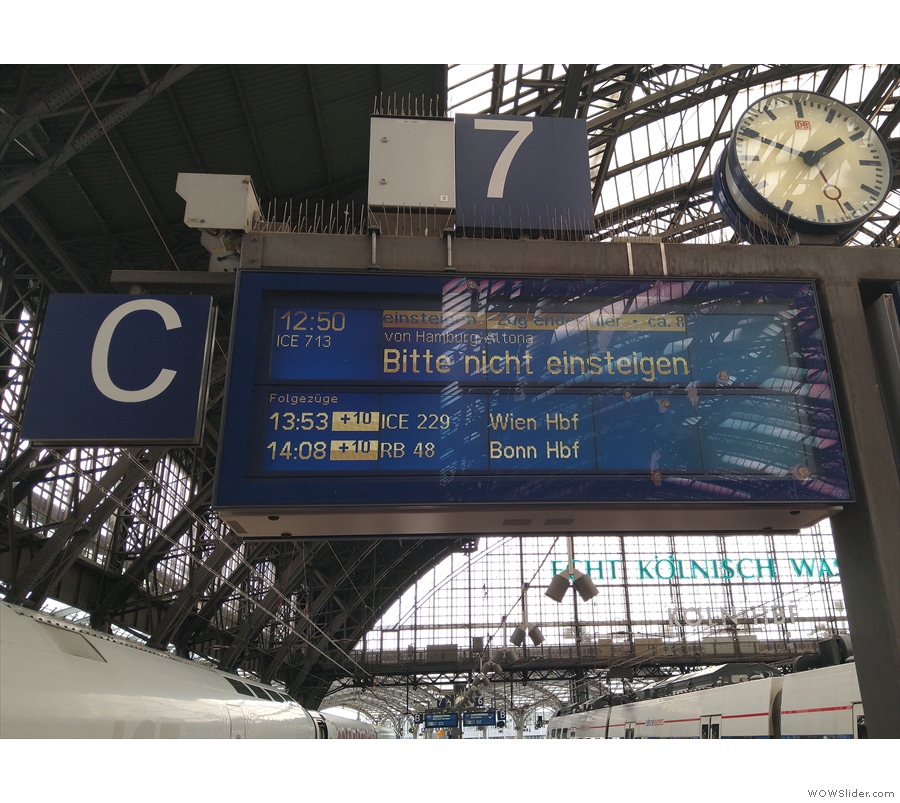
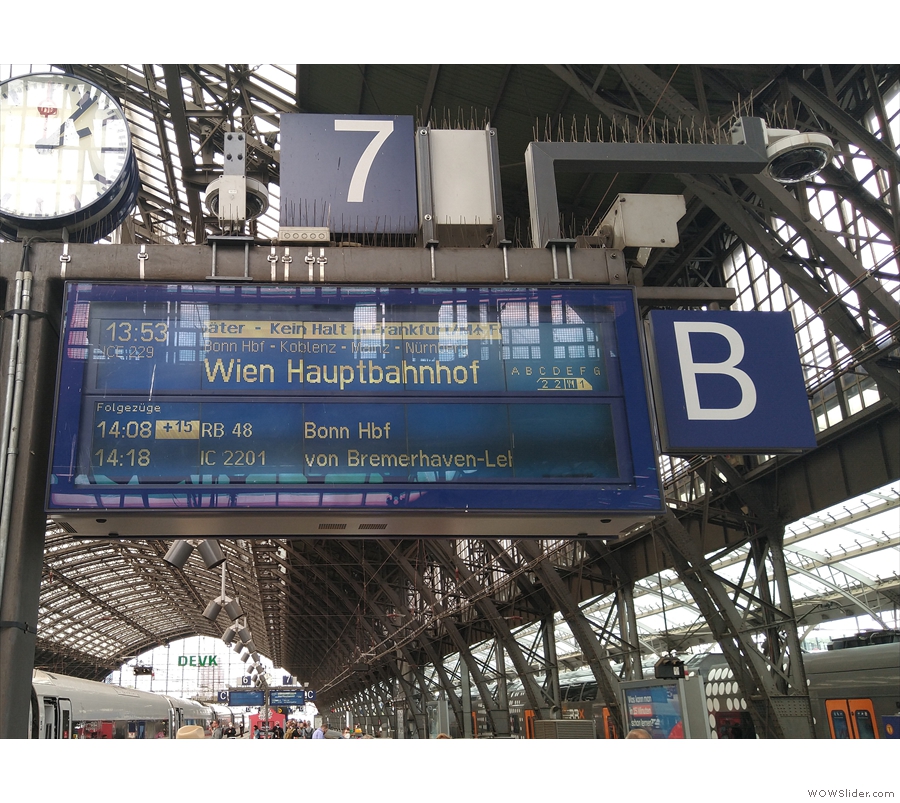
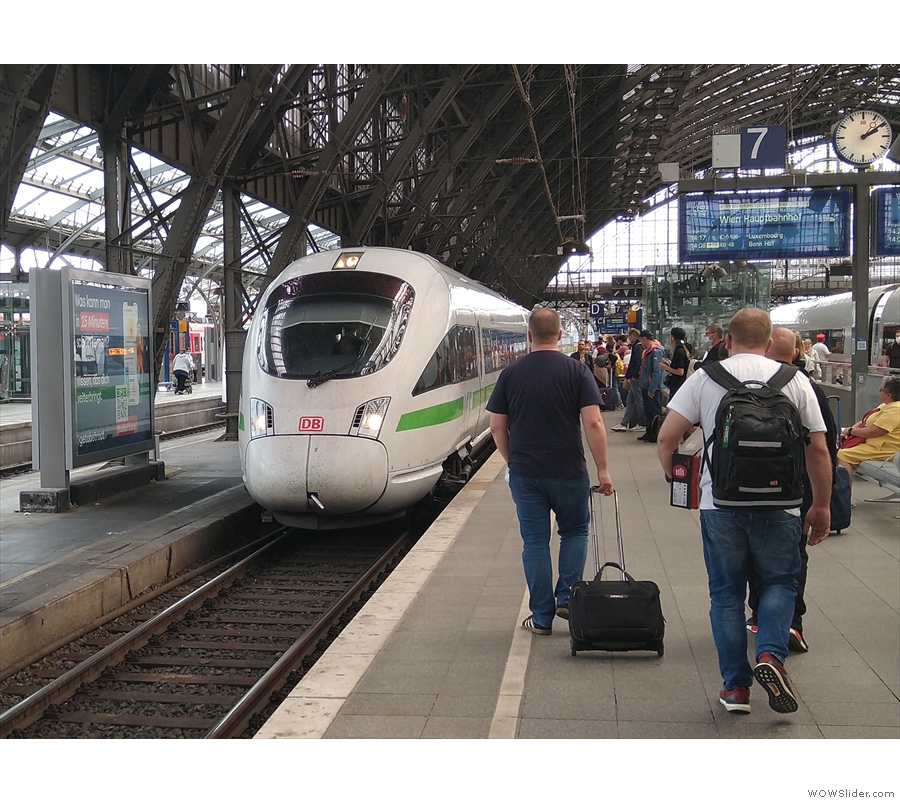
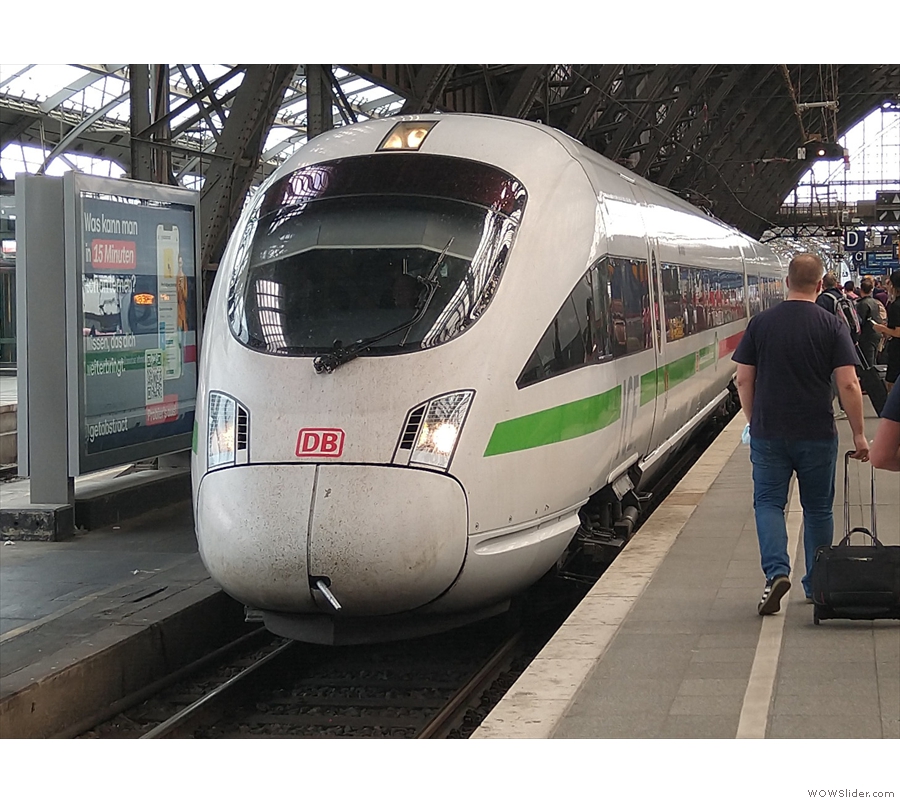
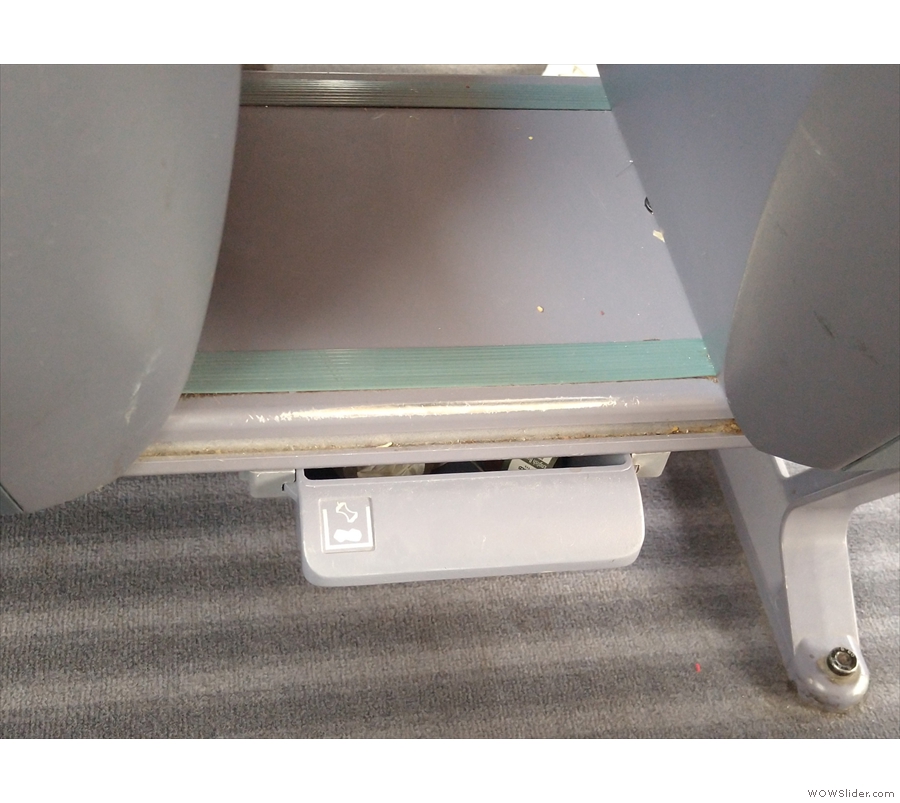
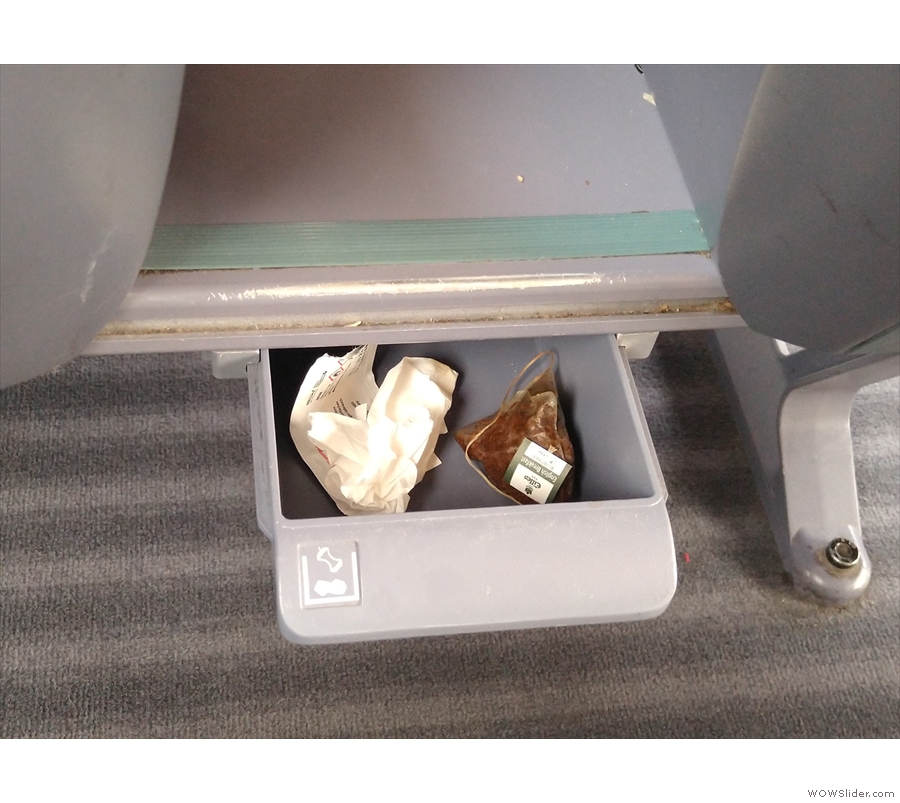
 1
1 2
2 3
3 4
4 5
5 6
6 7
7 8
8 9
9 10
10 11
11 12
12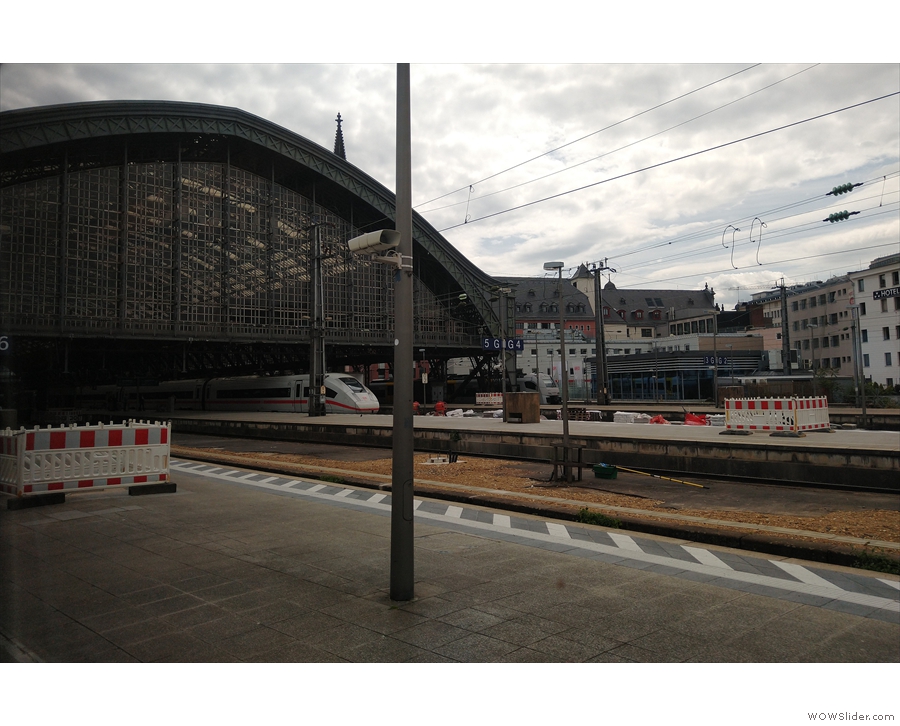
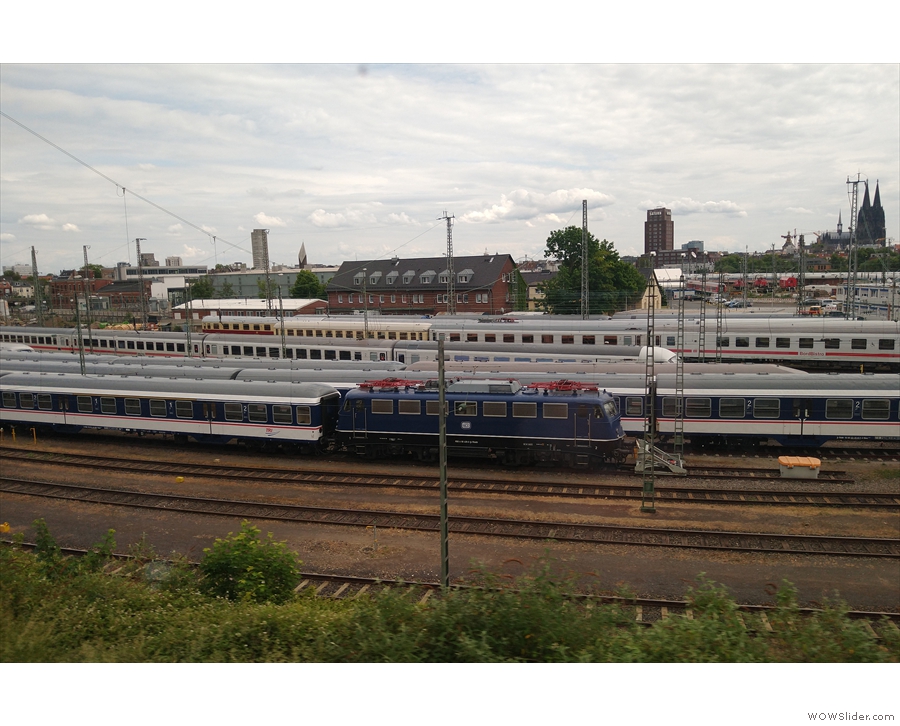
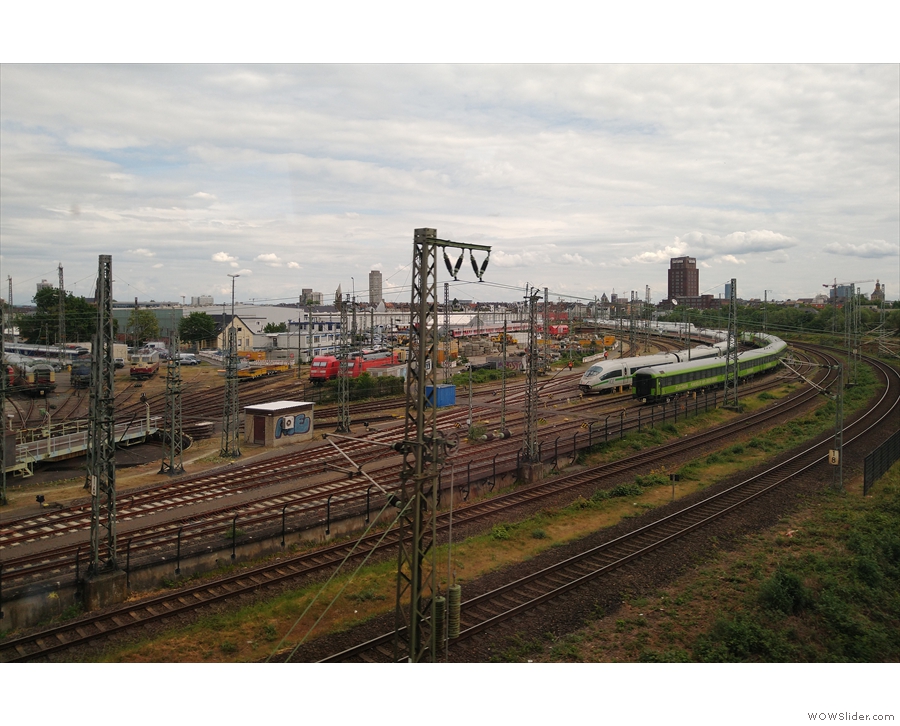
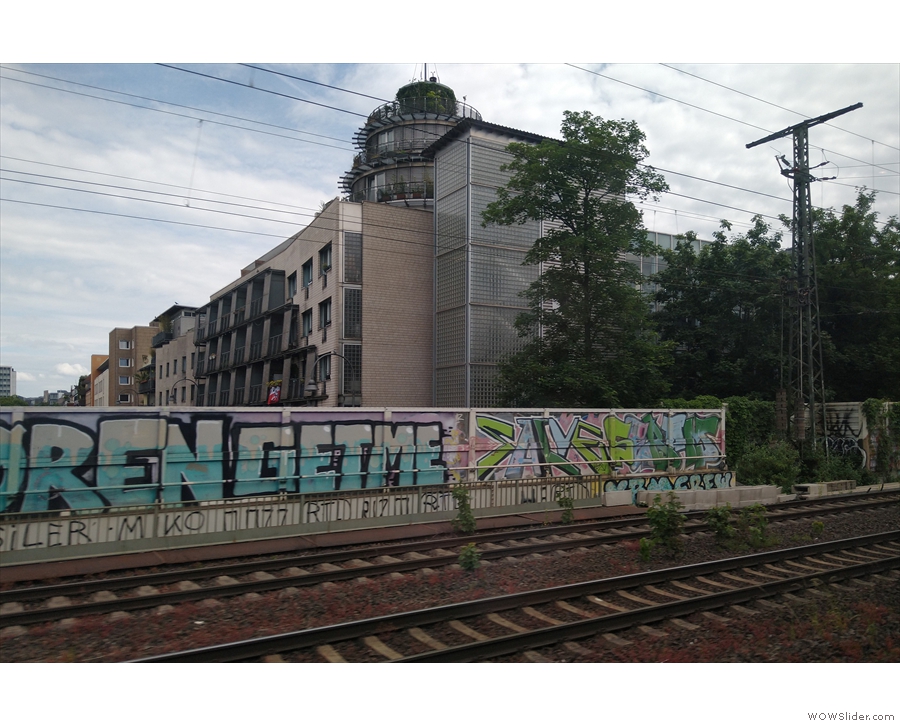
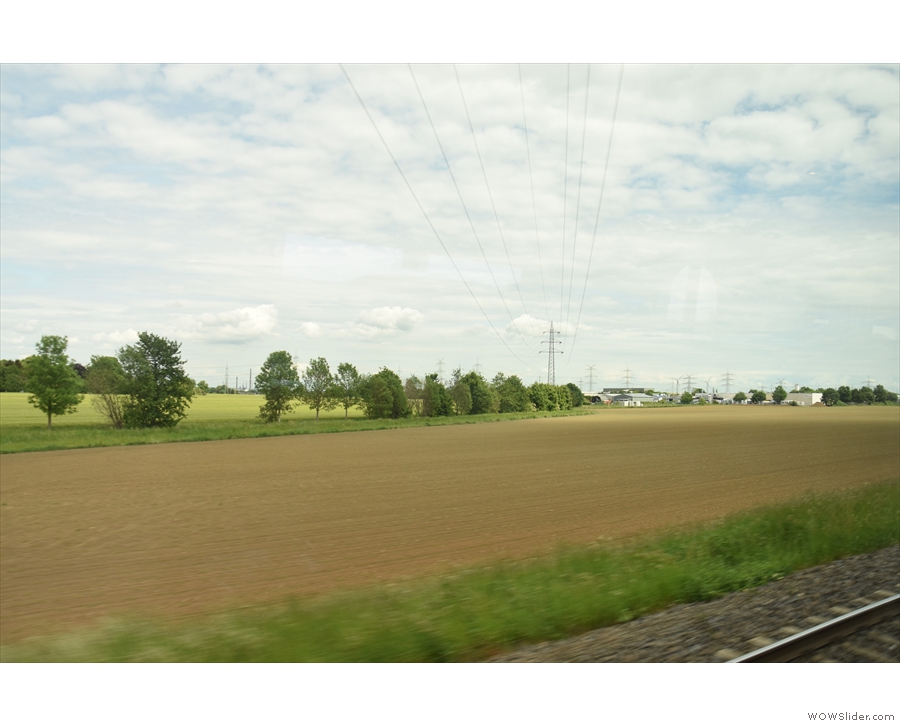
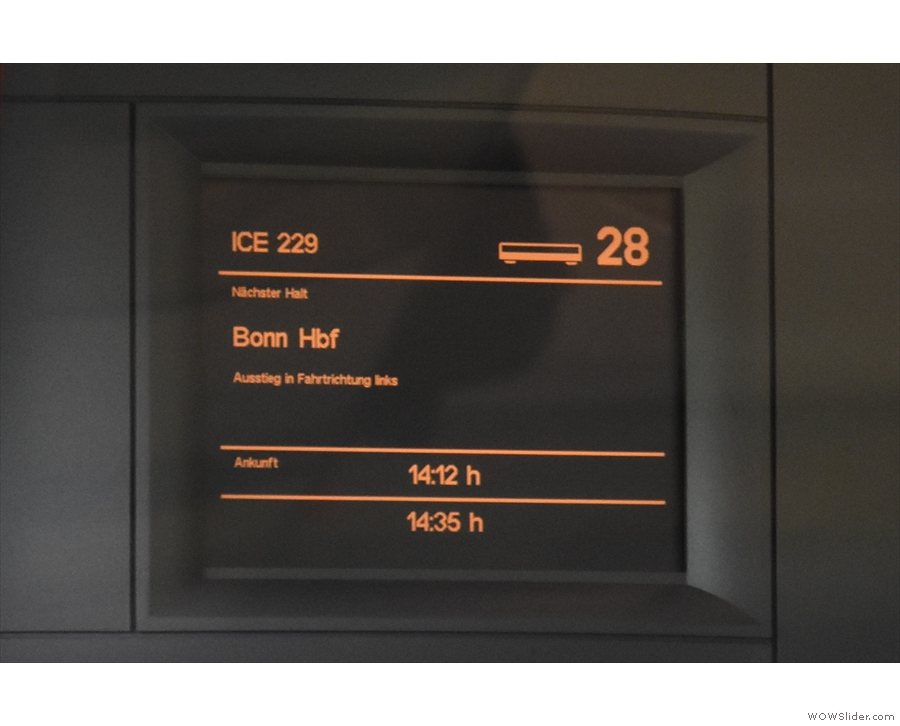
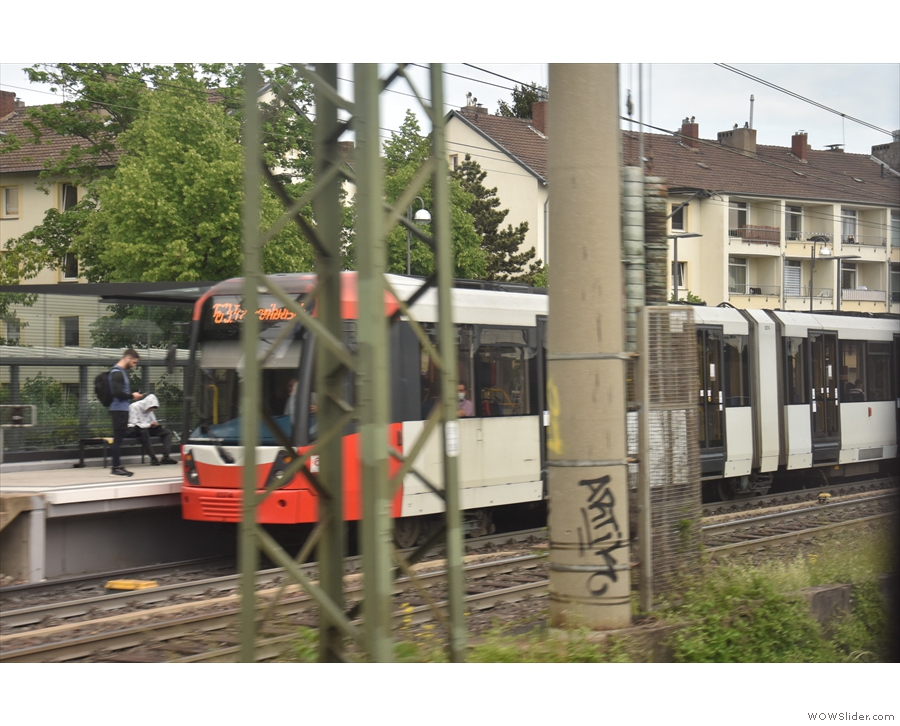
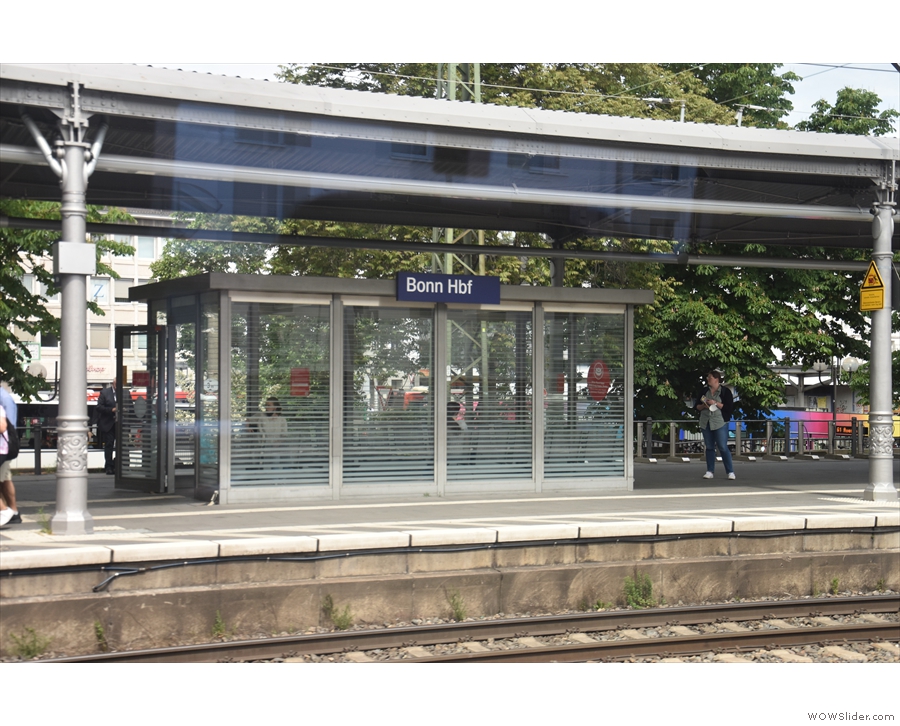
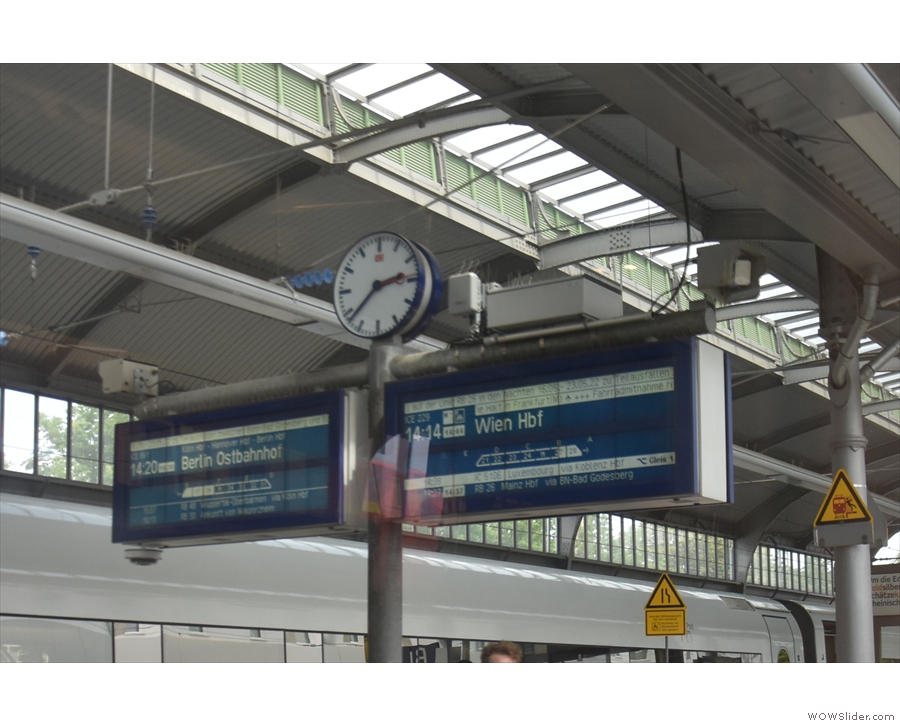
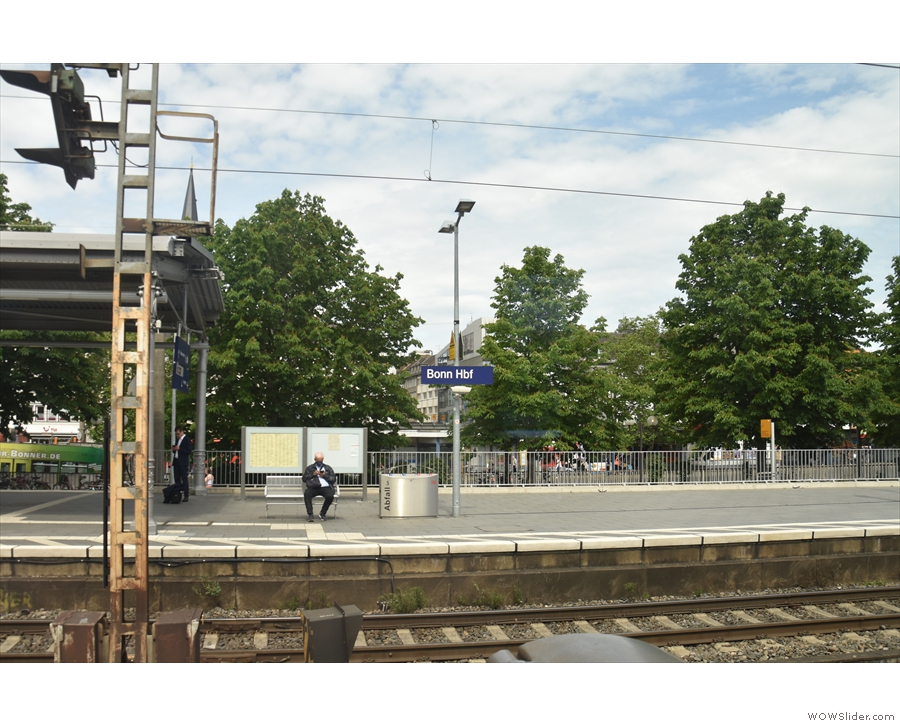
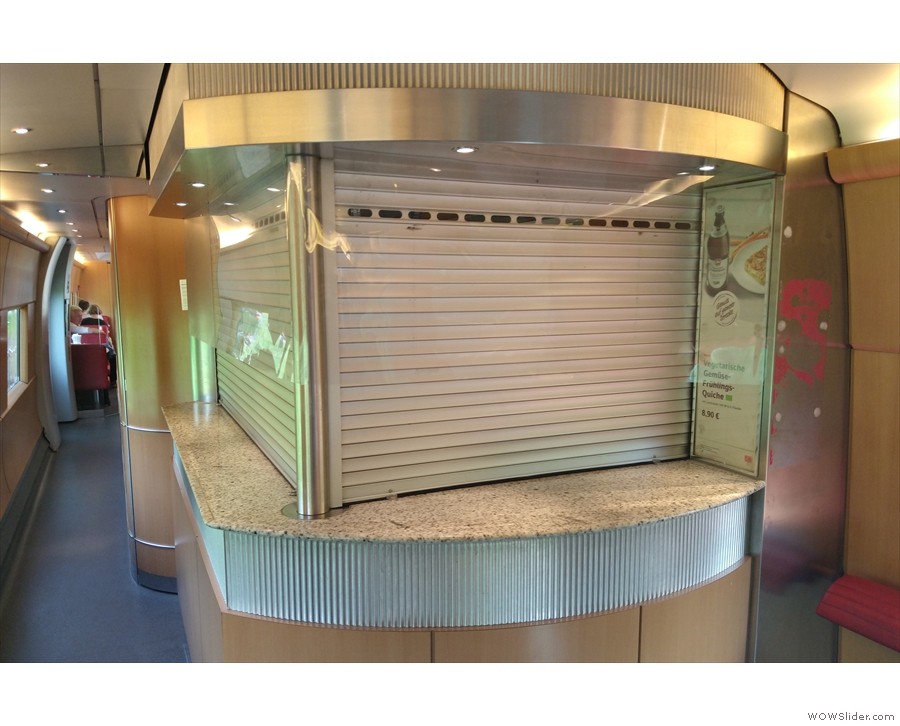
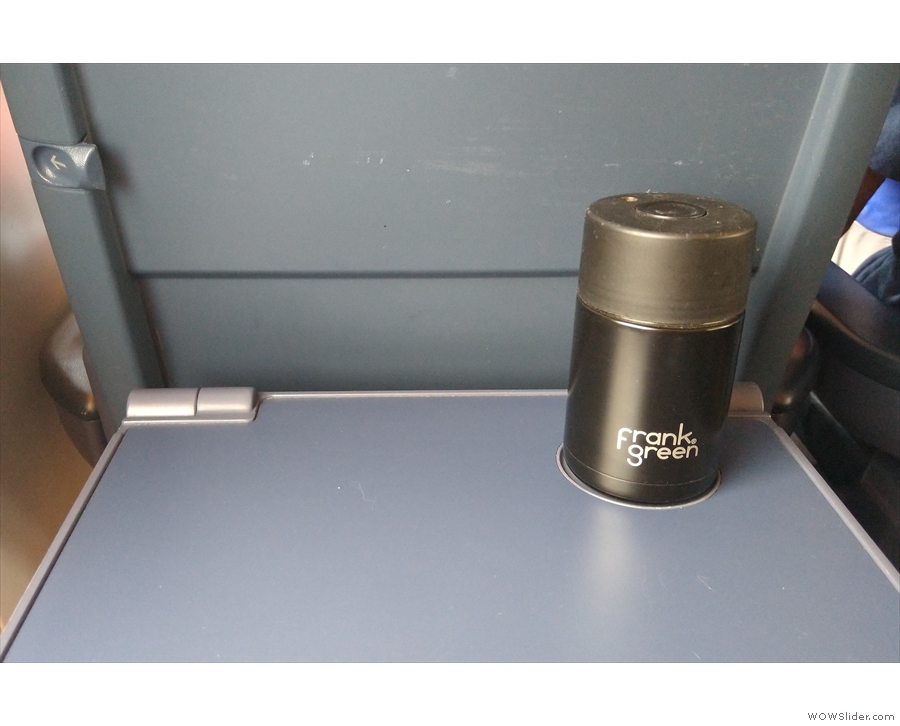
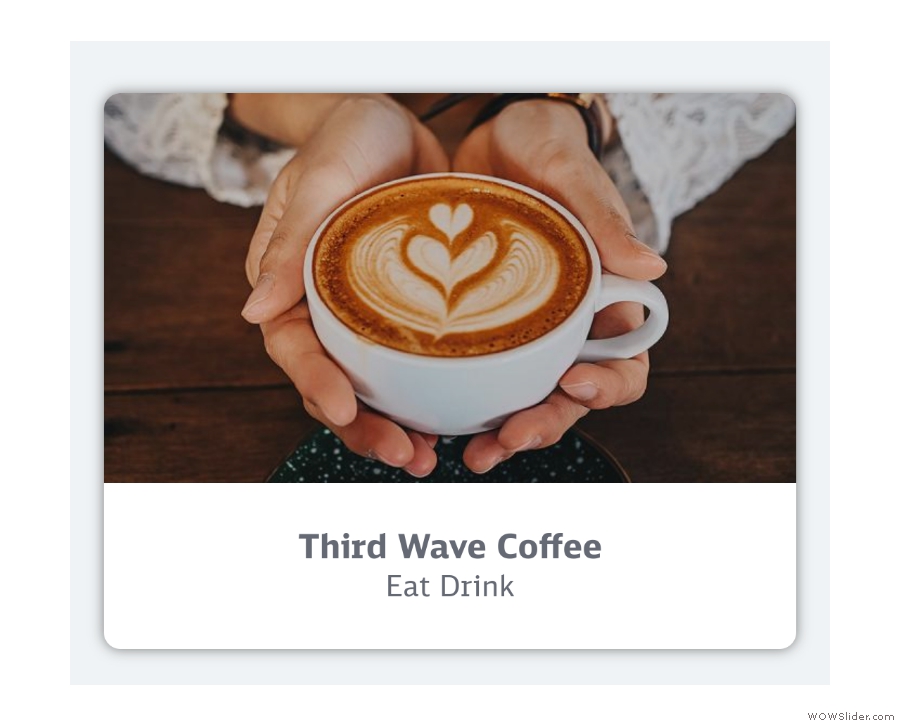
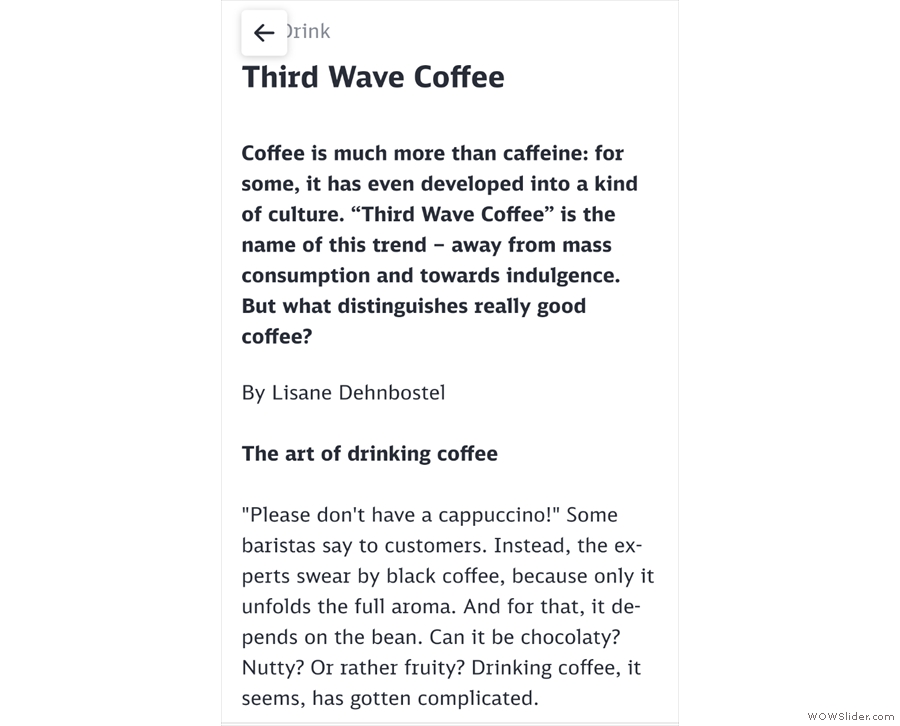
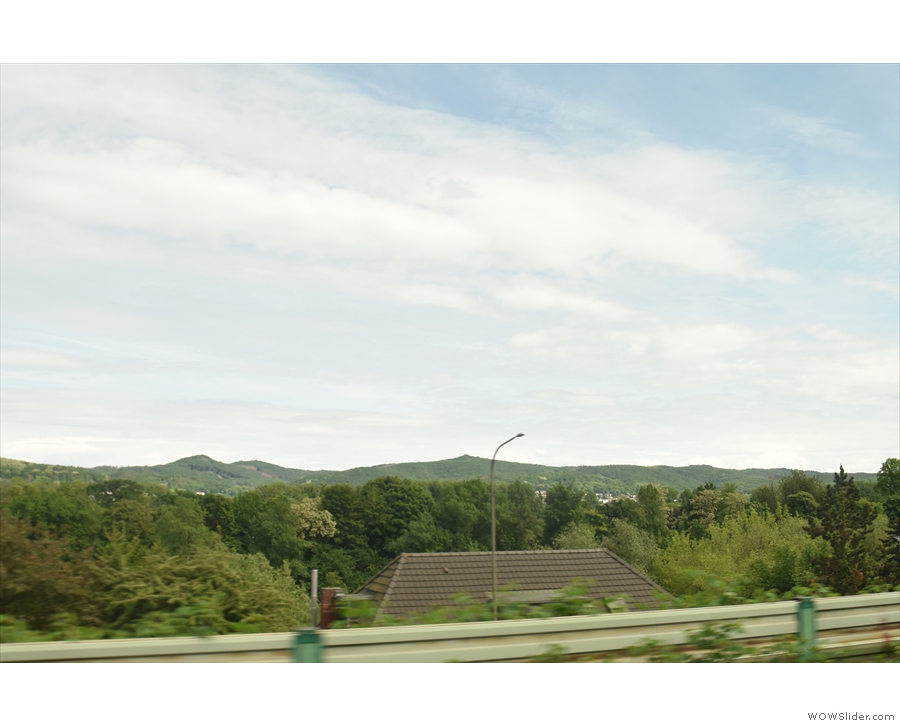
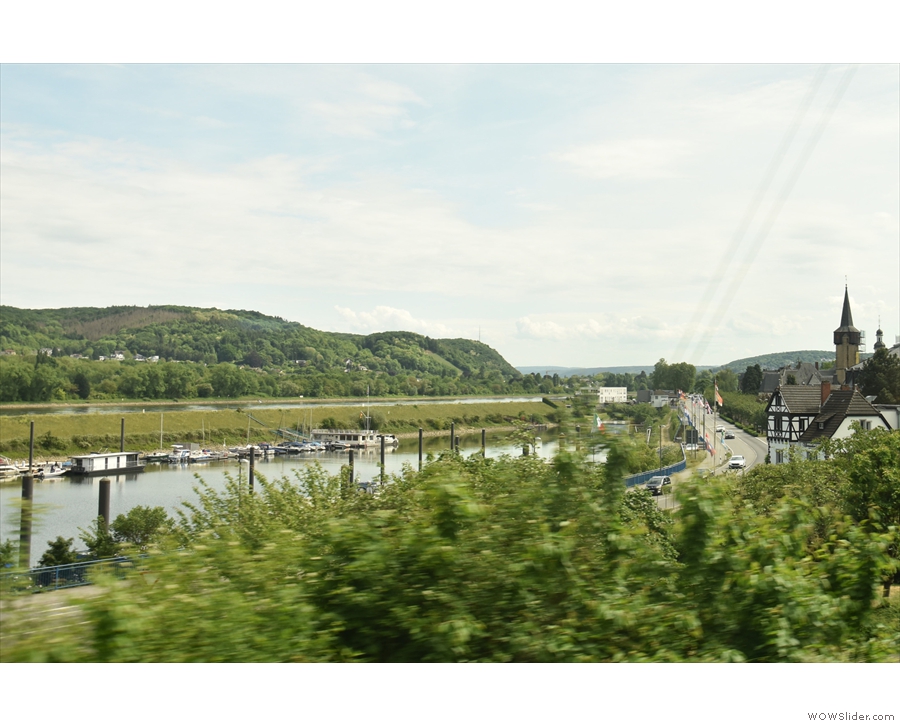
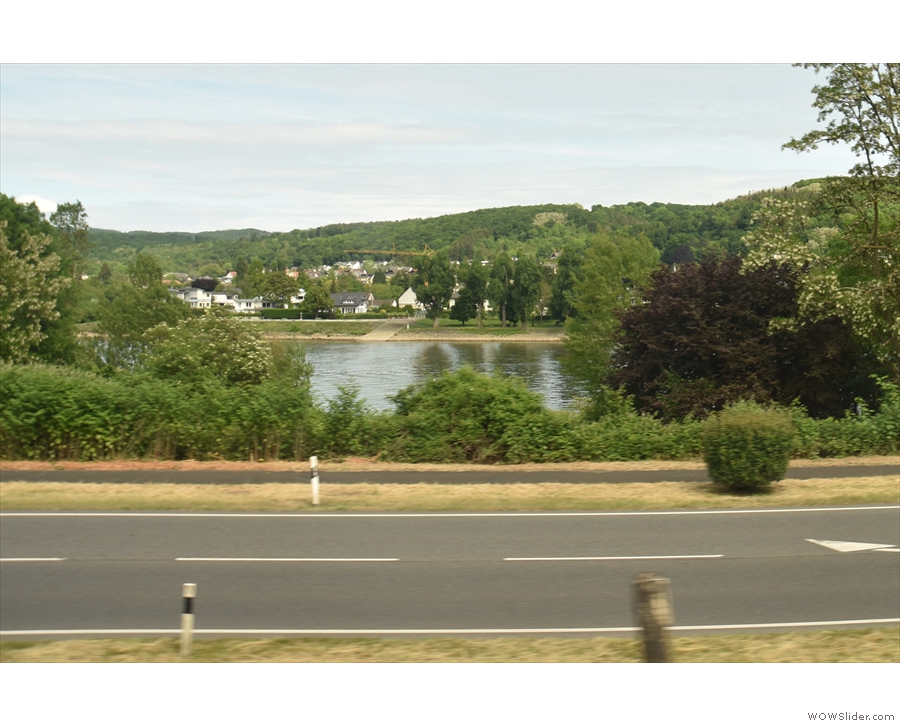
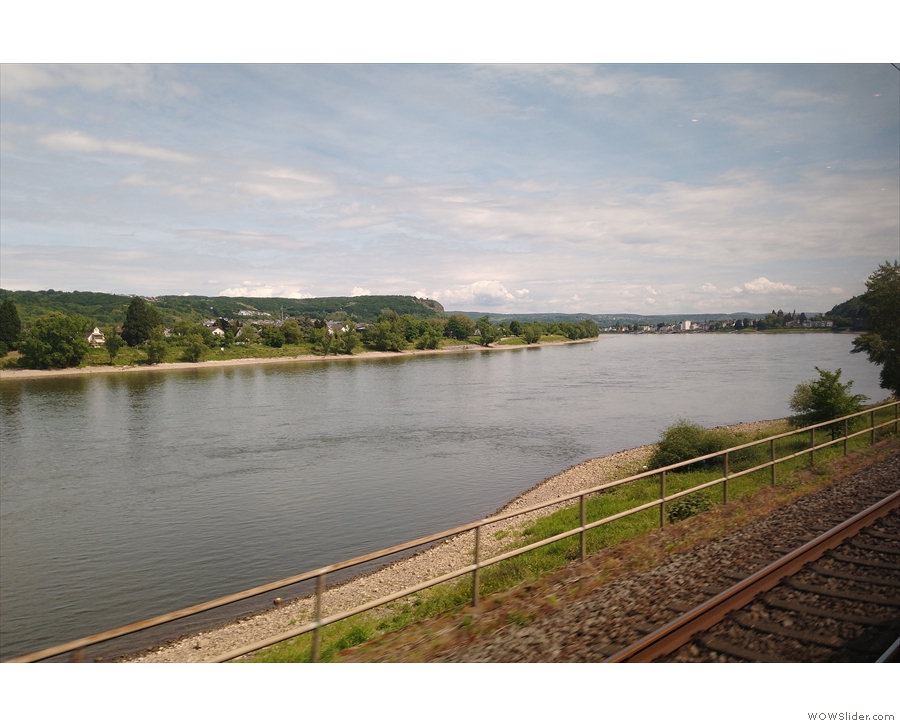
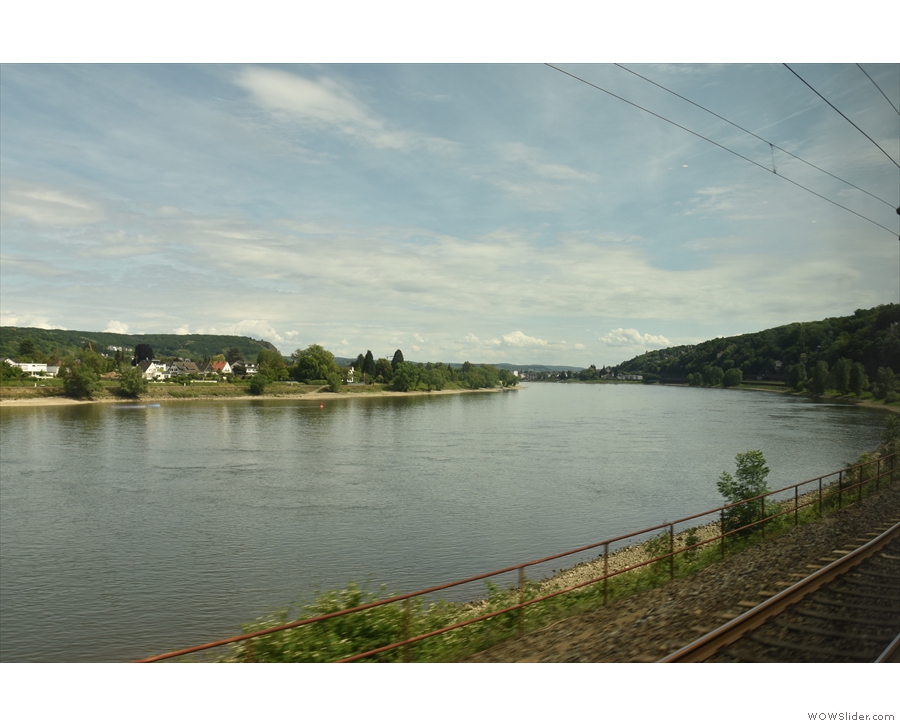
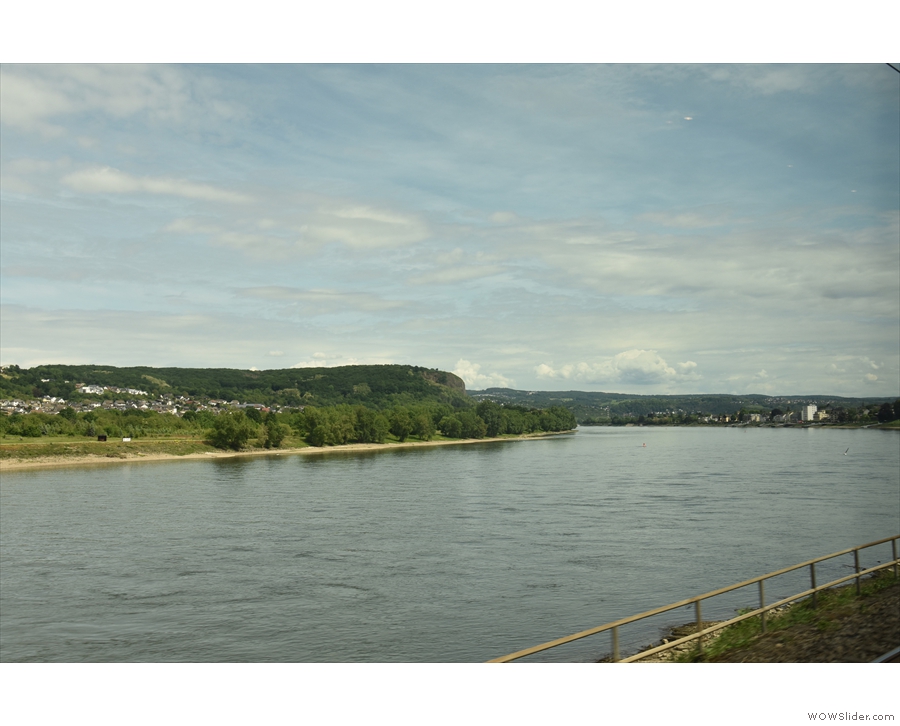
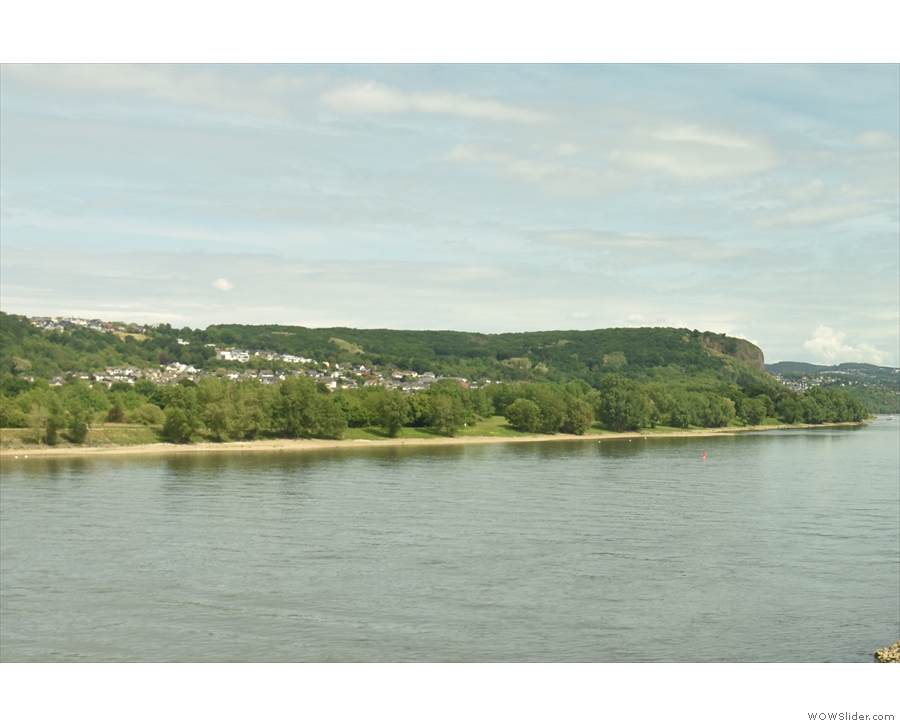
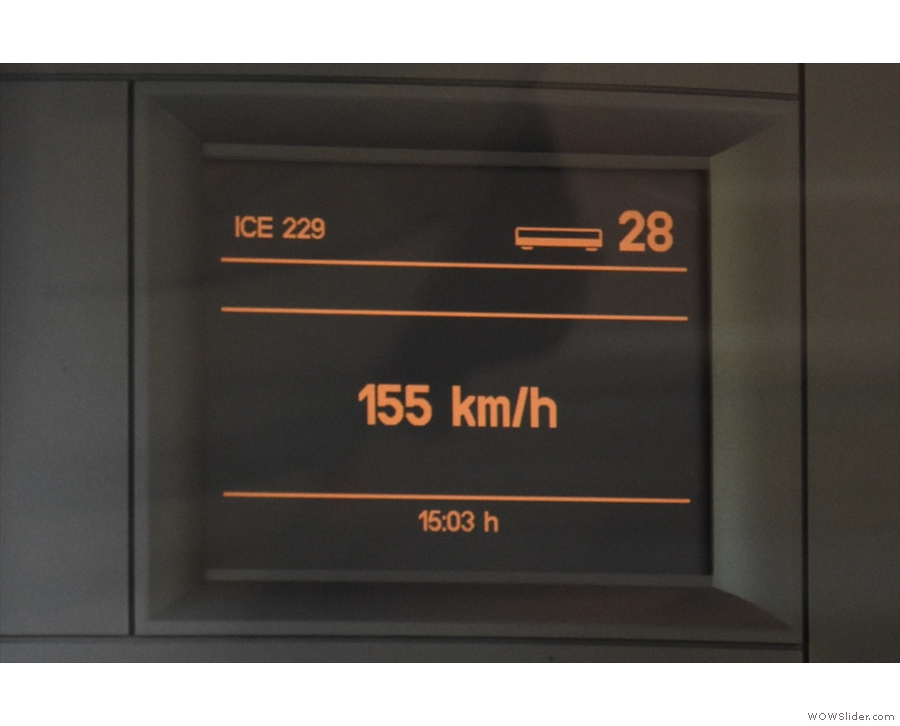
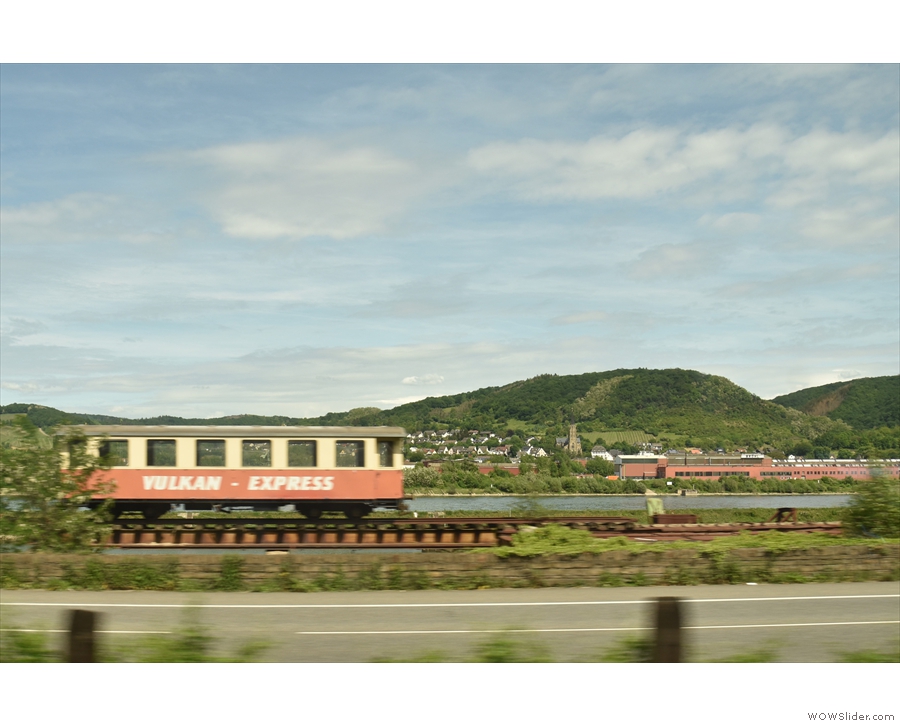
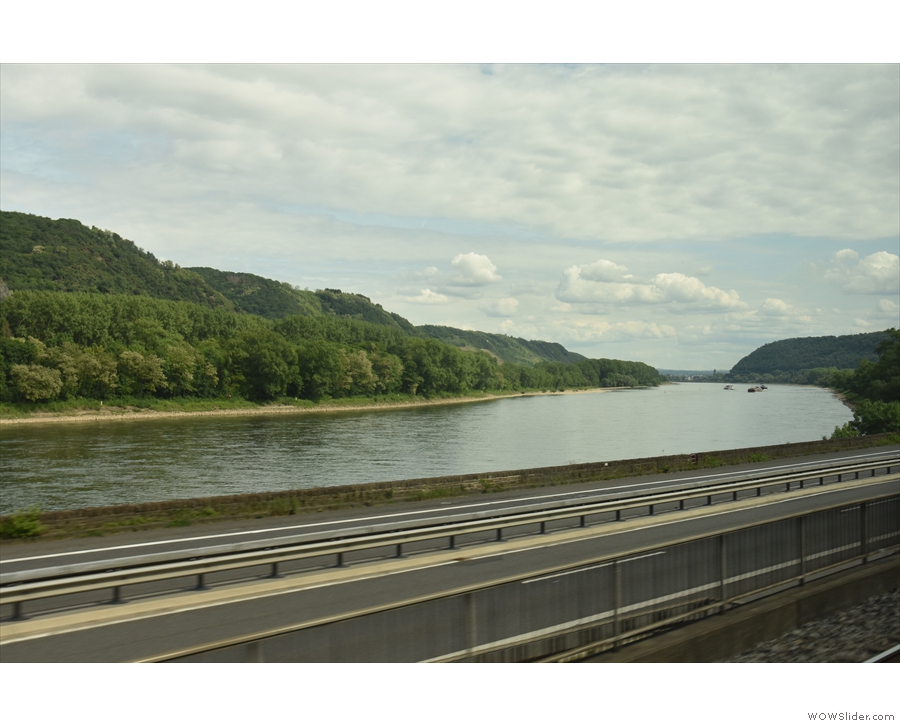
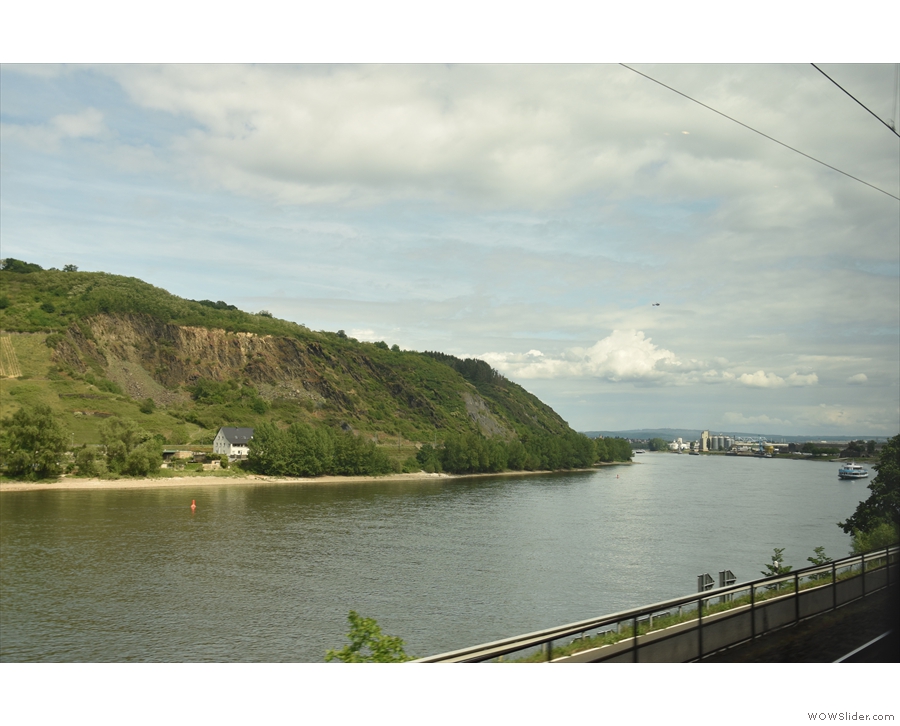
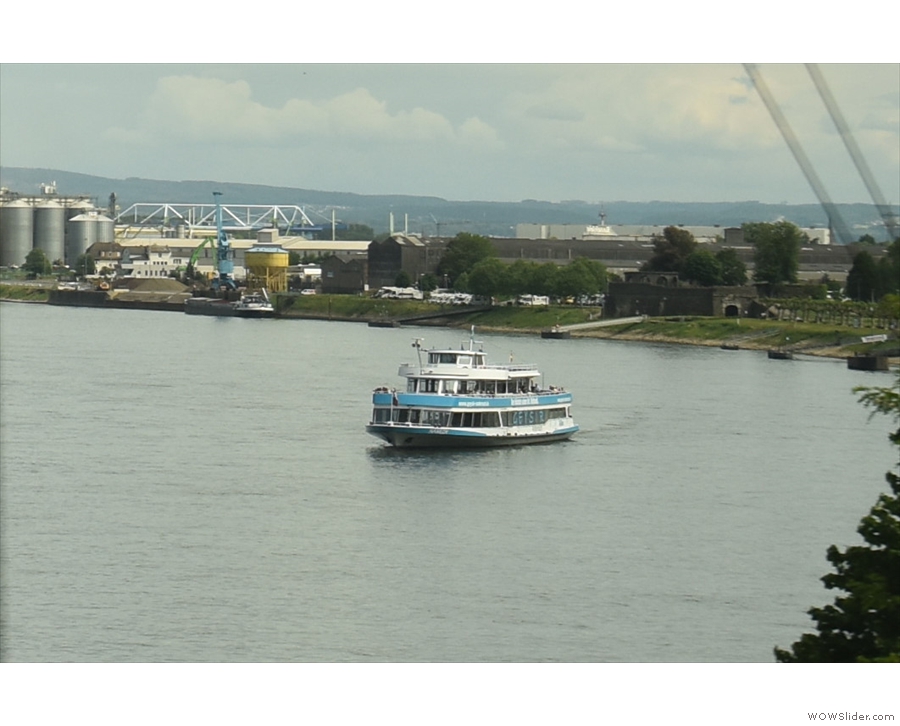
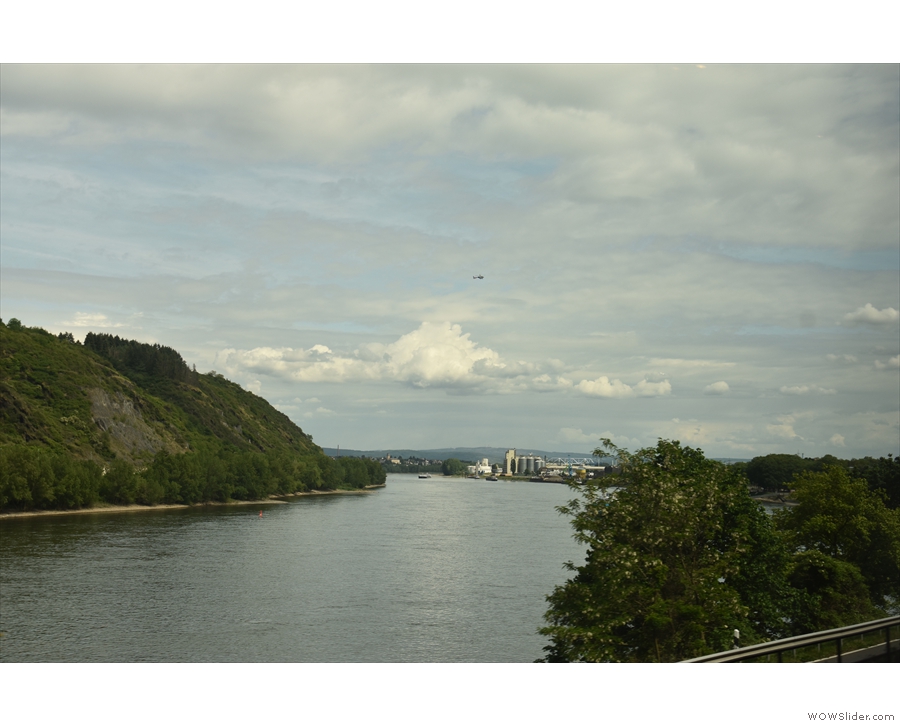
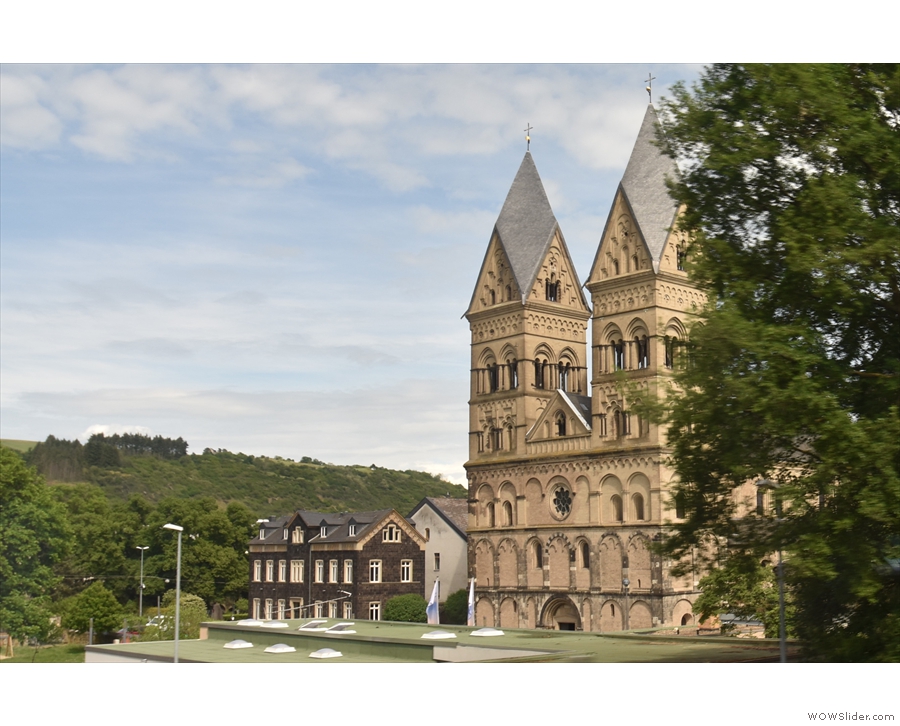
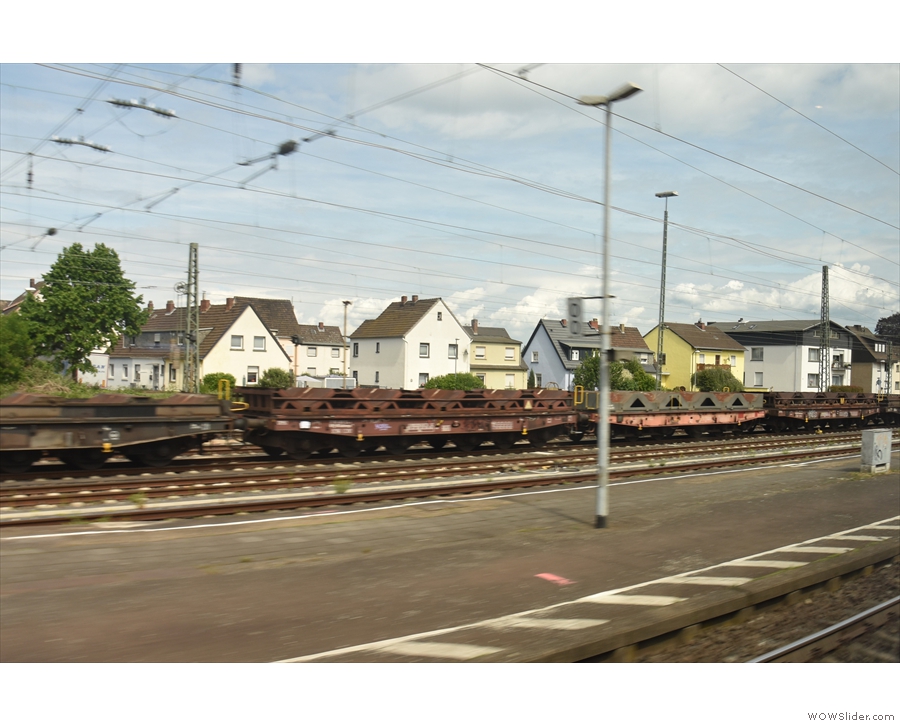
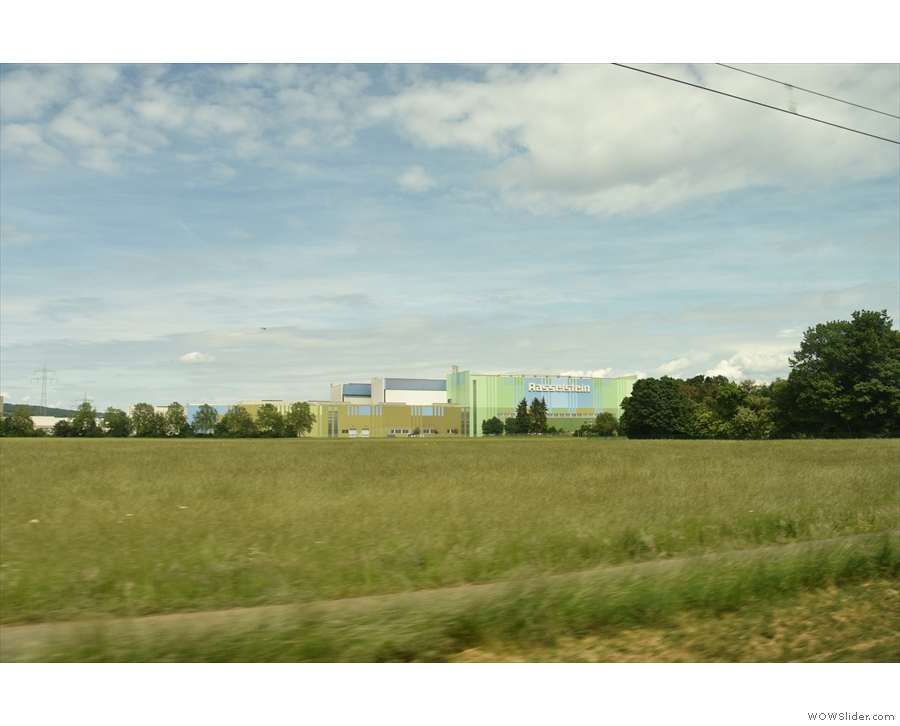
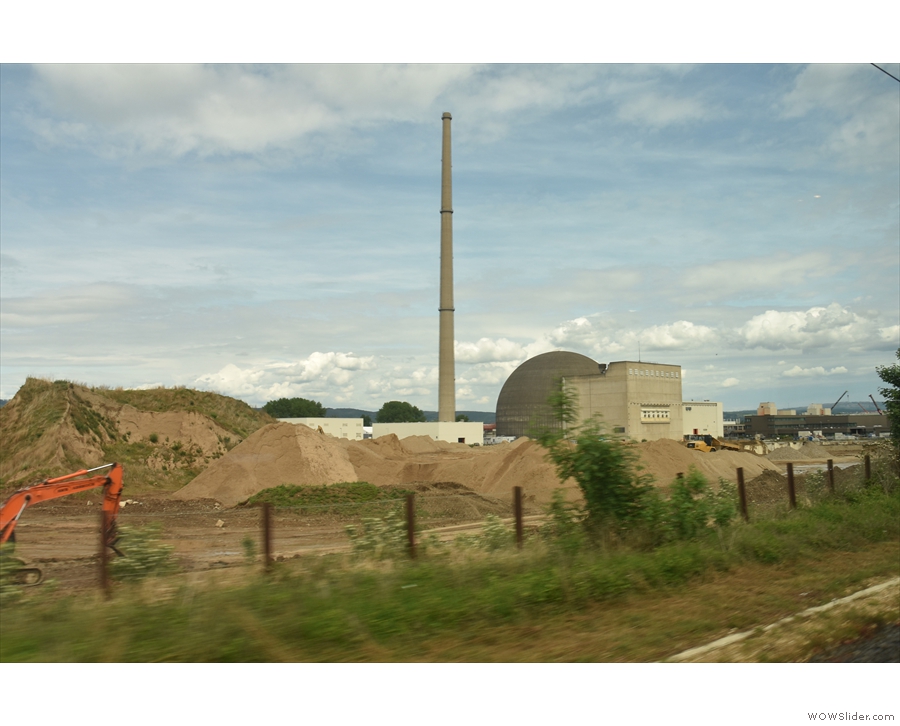
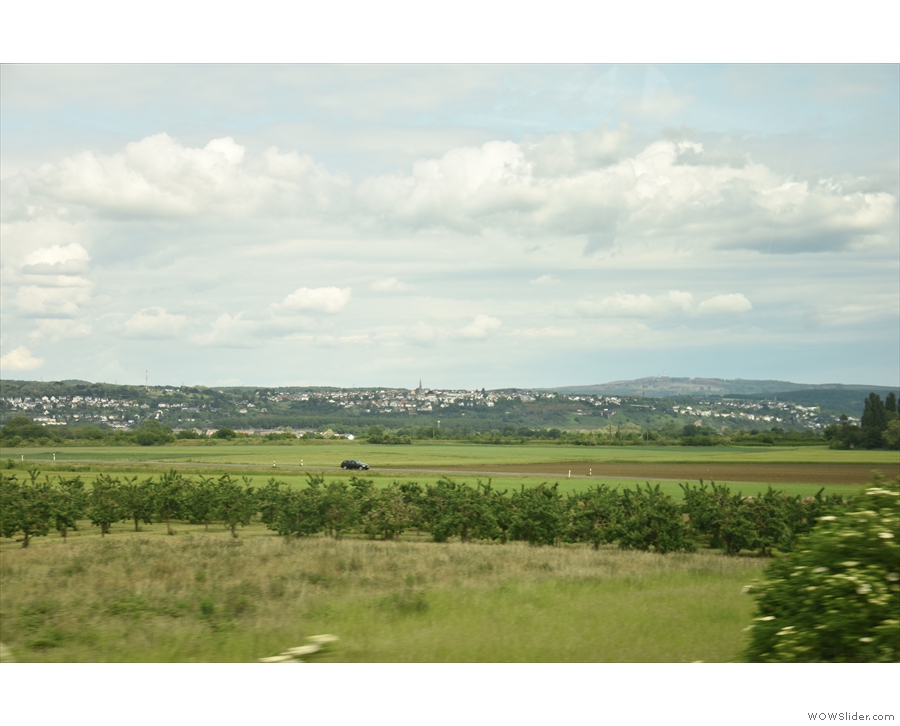
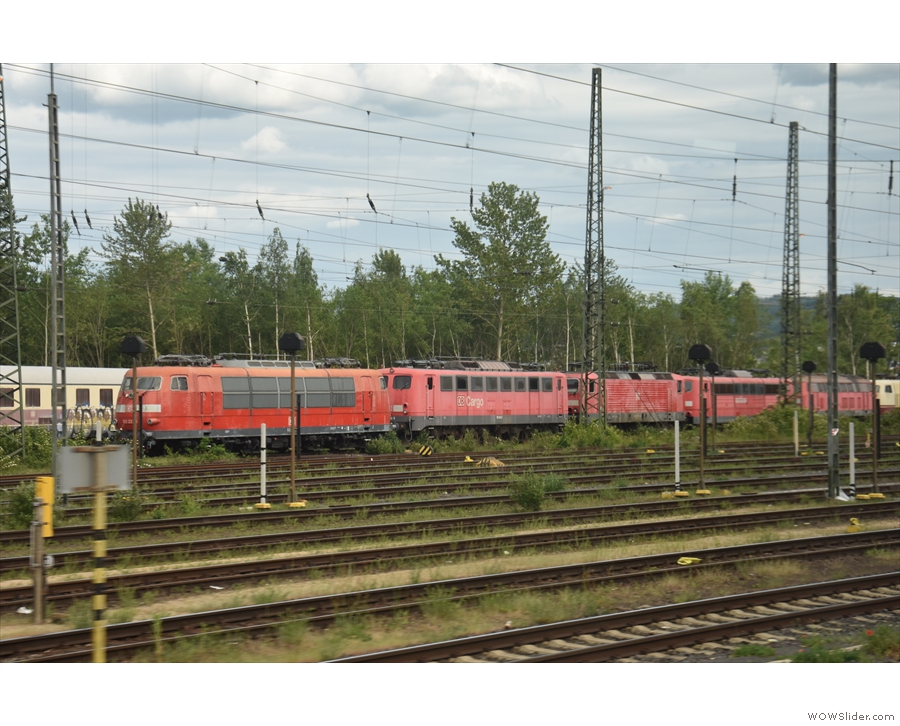
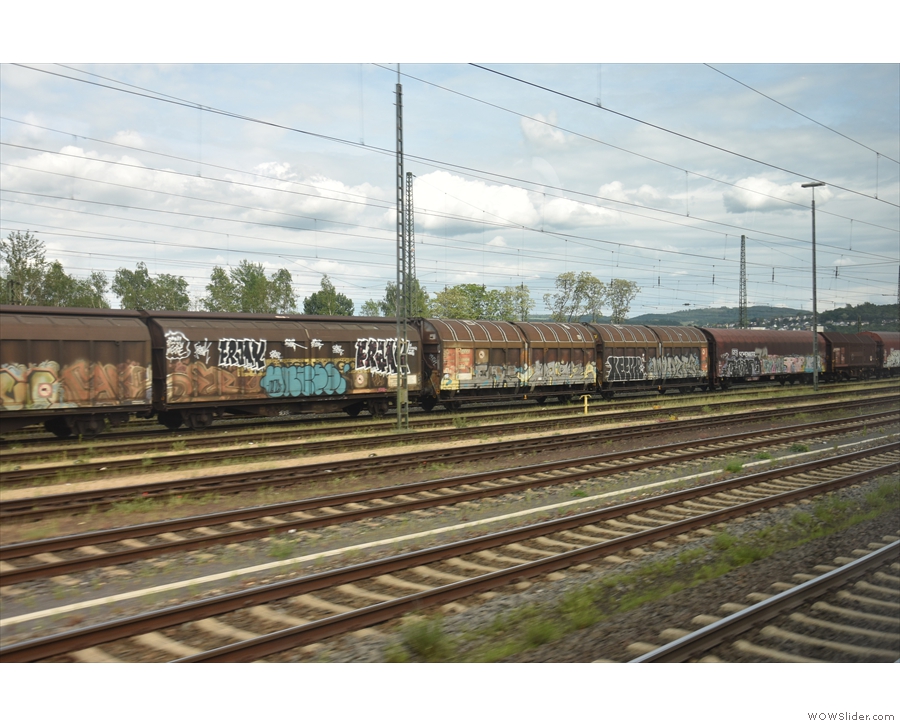
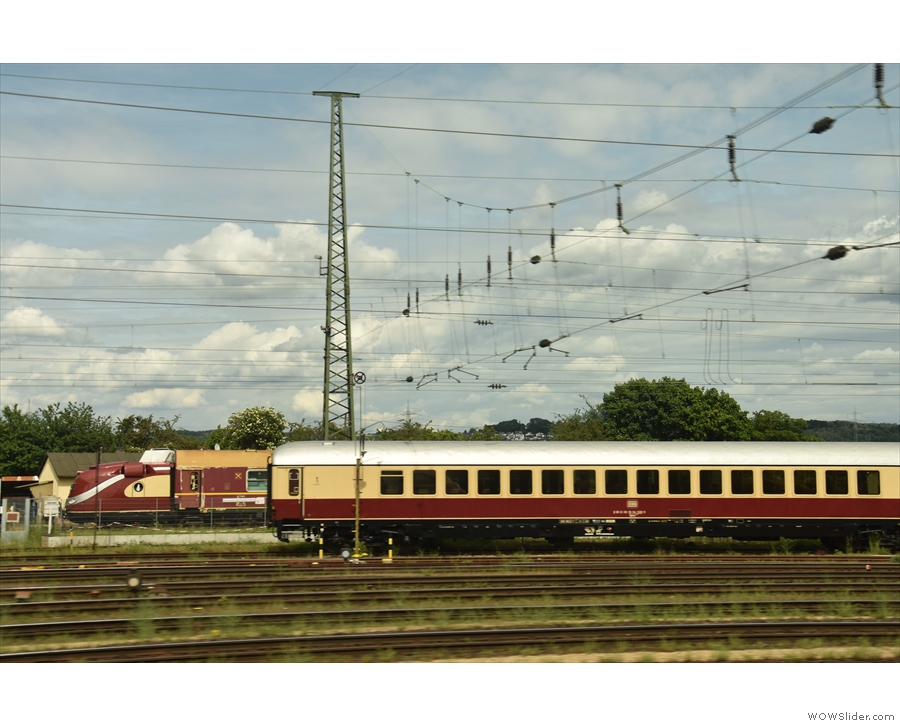
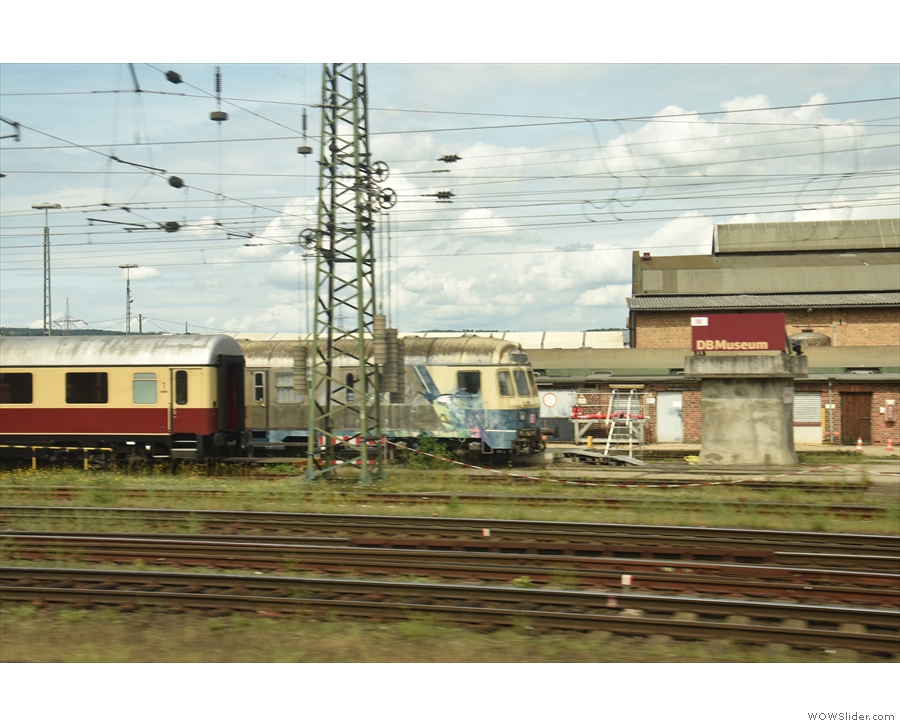
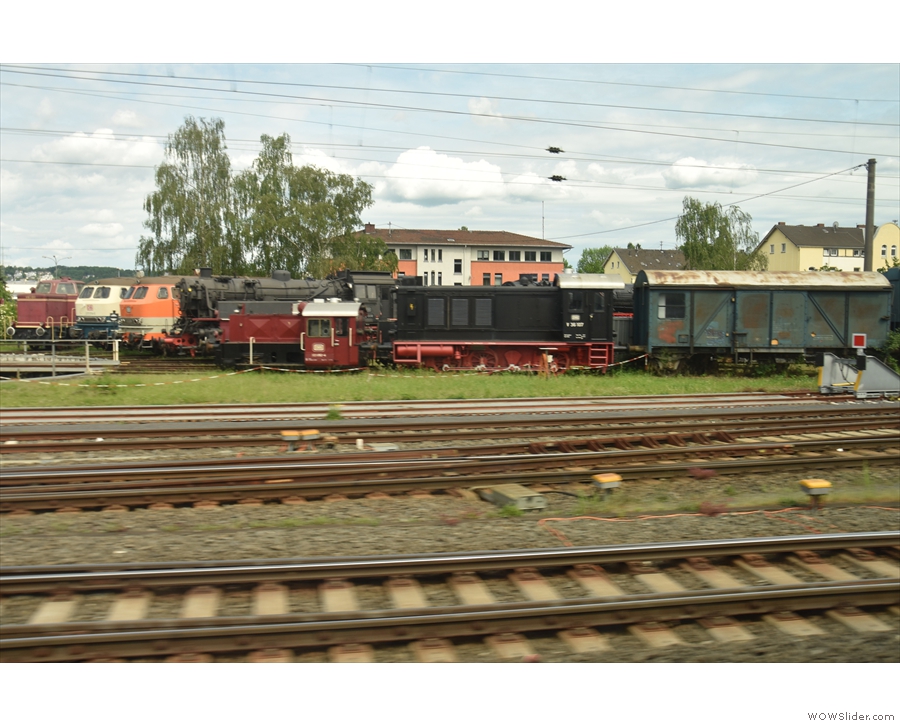
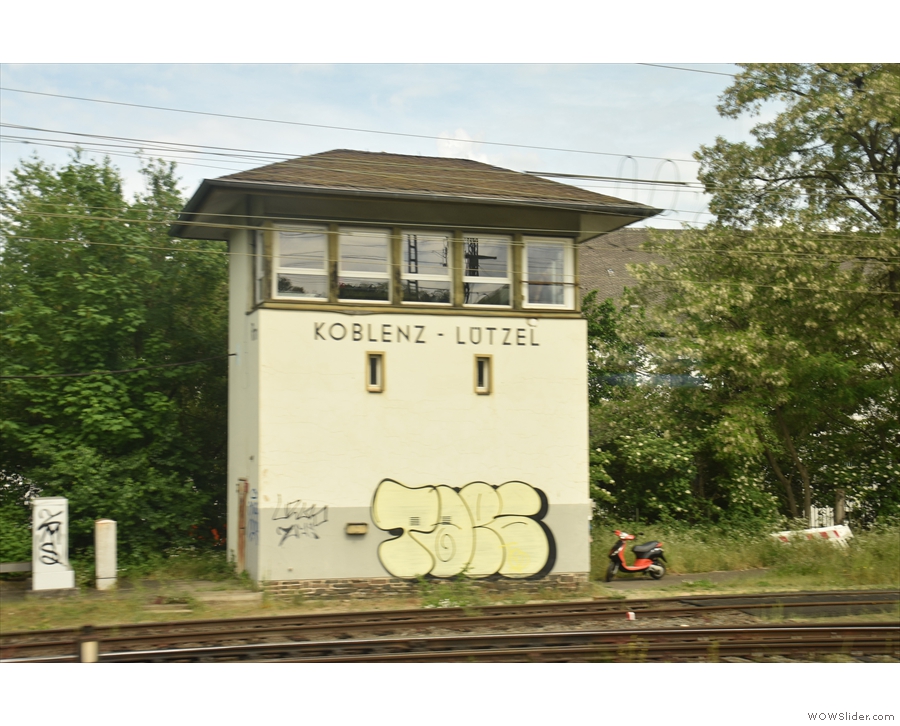
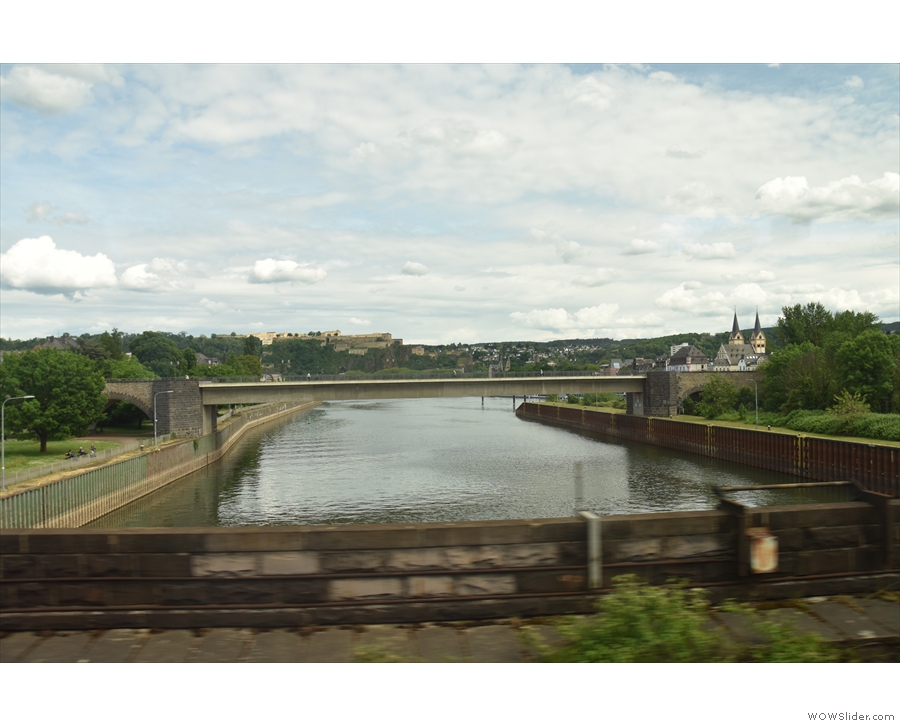
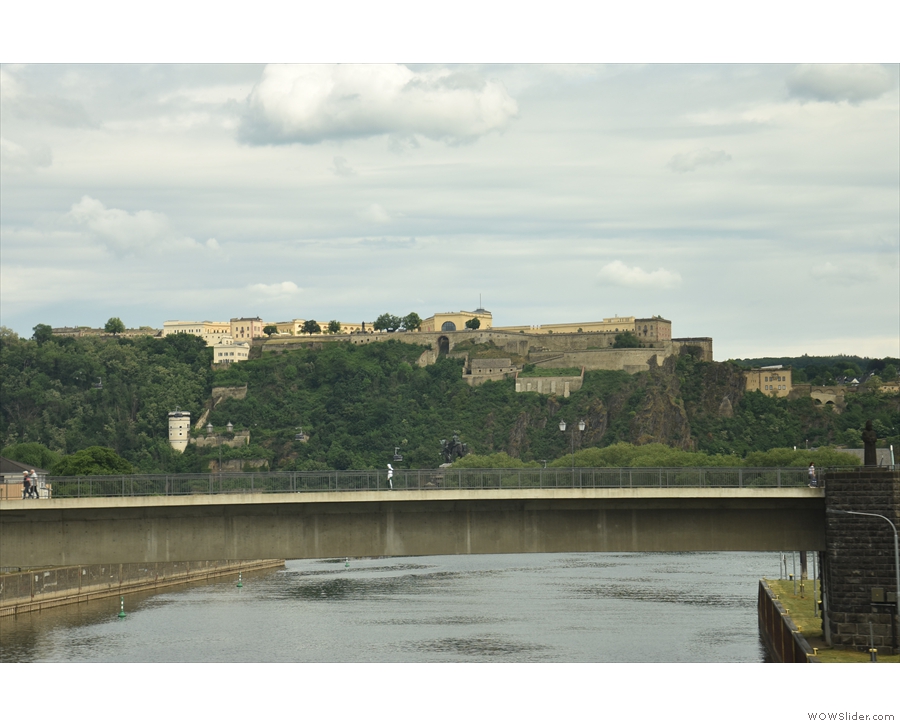
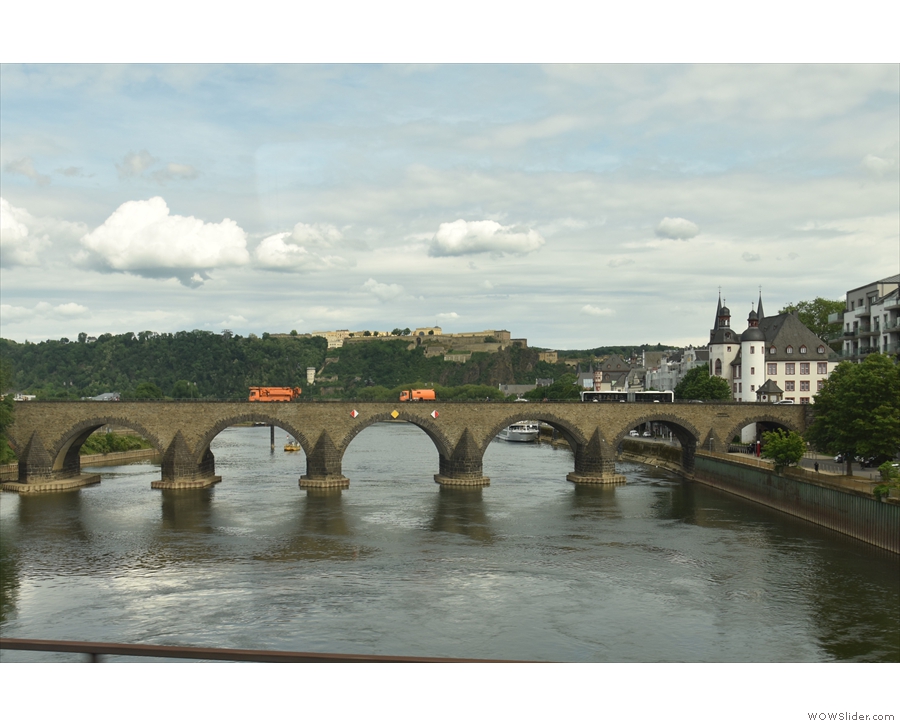
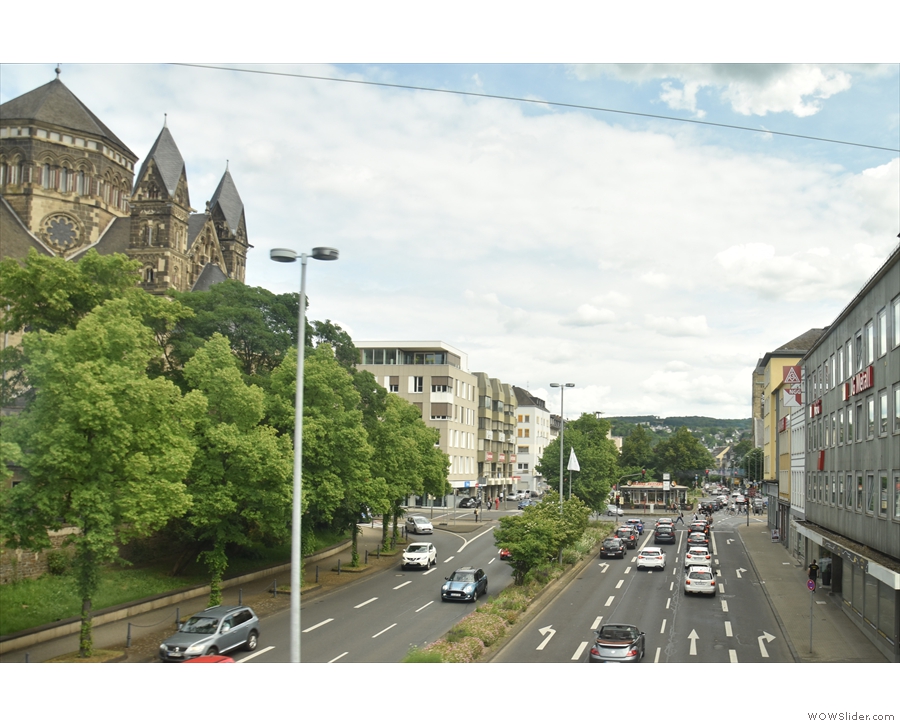
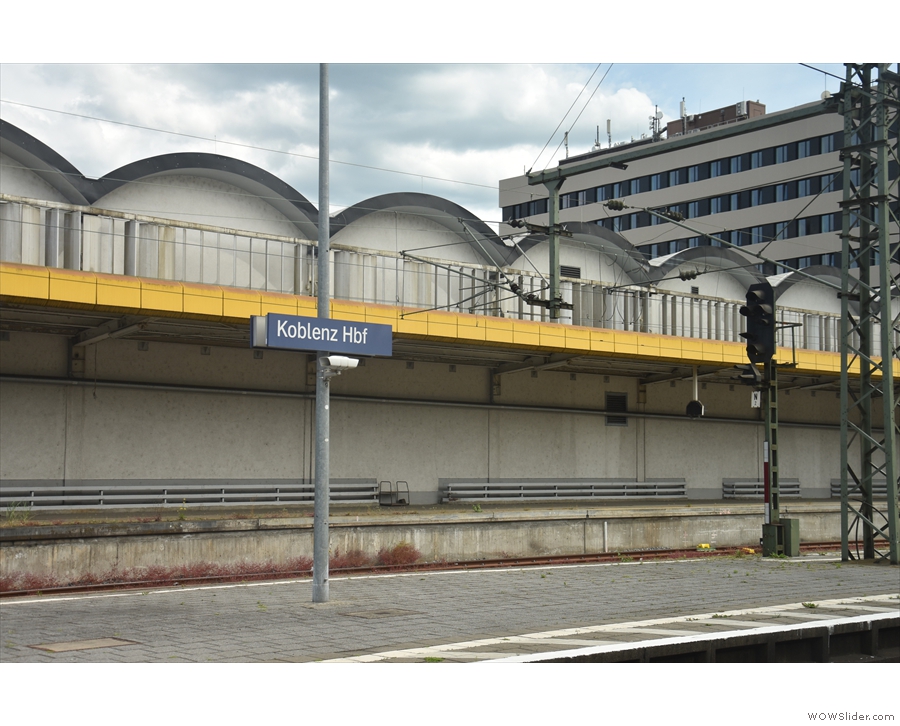
 1
1 2
2 3
3 4
4 5
5 6
6 7
7 8
8 9
9 10
10 11
11 12
12 13
13 14
14 15
15 16
16 17
17 18
18 19
19 20
20 21
21 22
22 23
23 24
24 25
25 26
26 27
27 28
28 29
29 30
30 31
31 32
32 33
33 34
34 35
35 36
36 37
37 38
38 39
39 40
40 41
41 42
42 43
43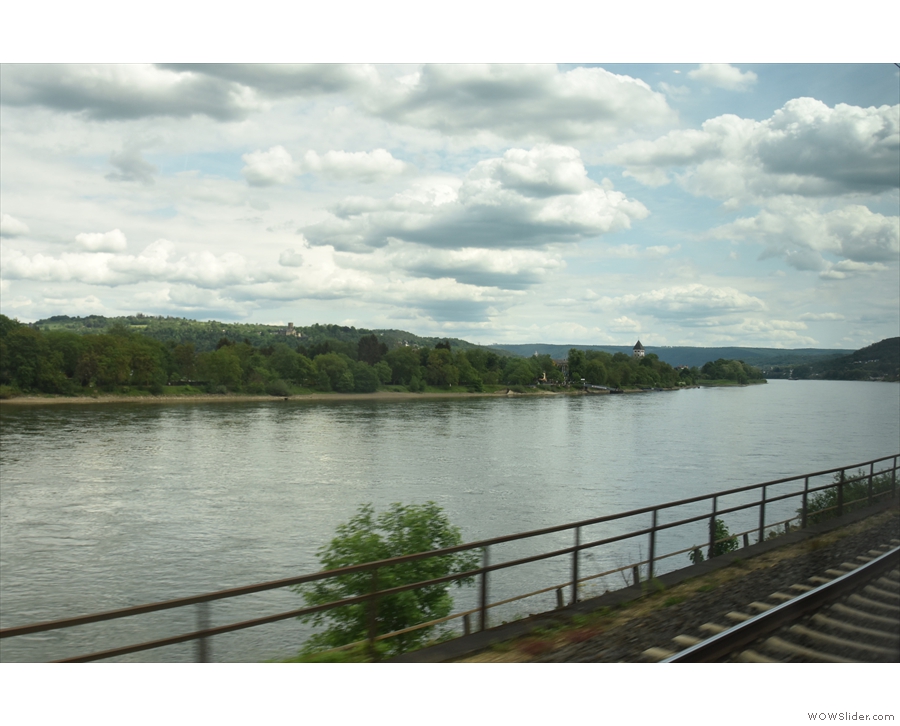
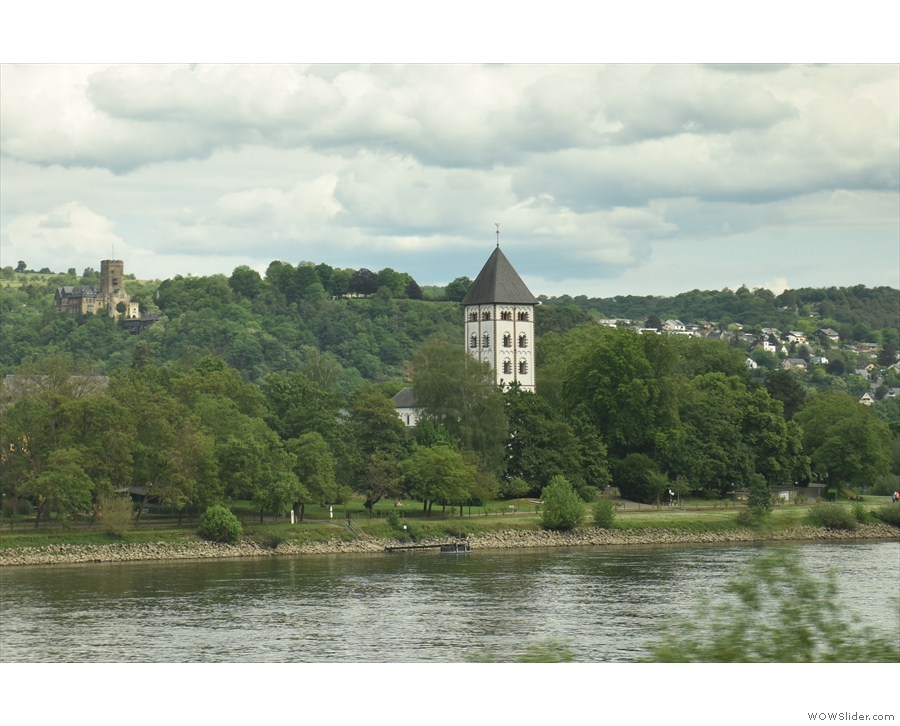
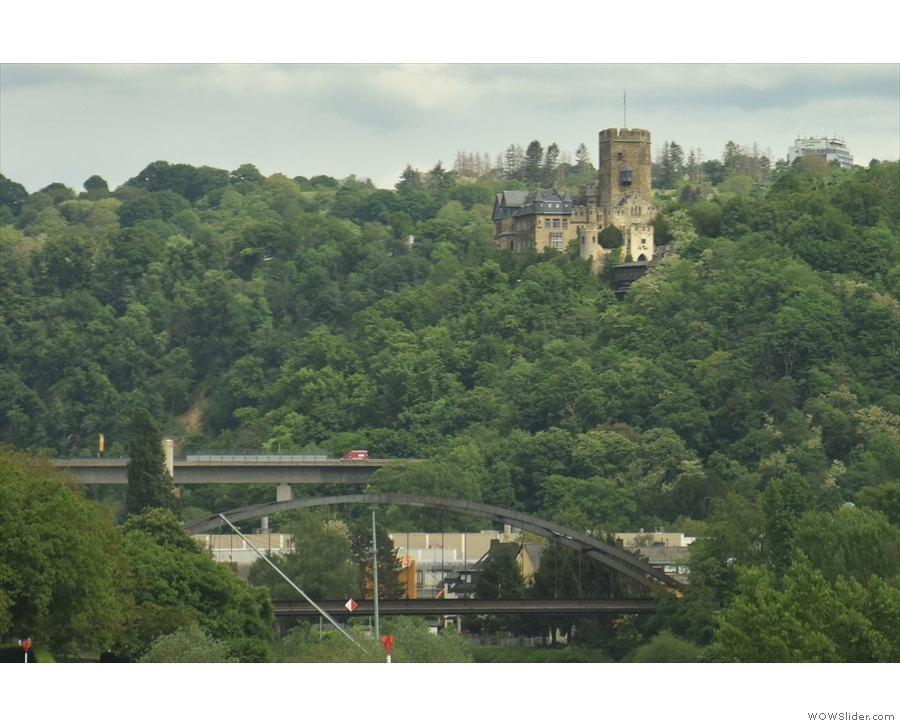
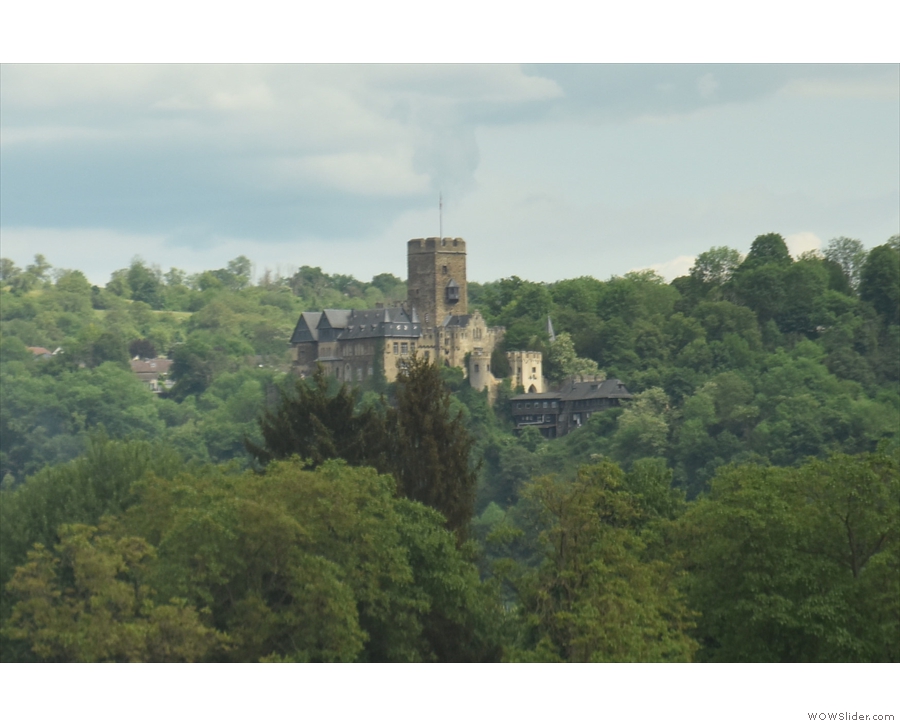
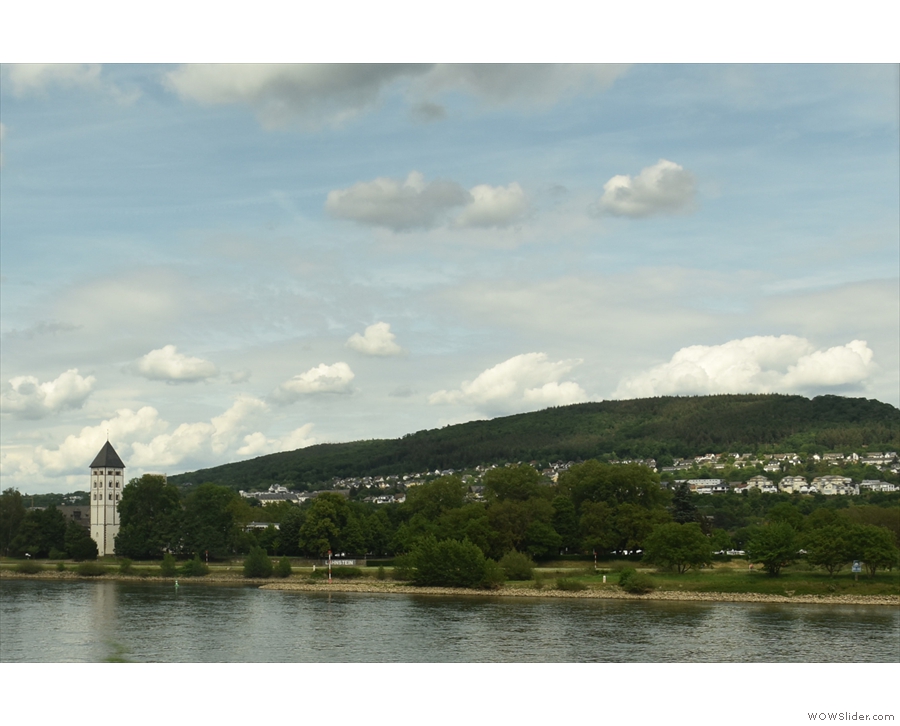
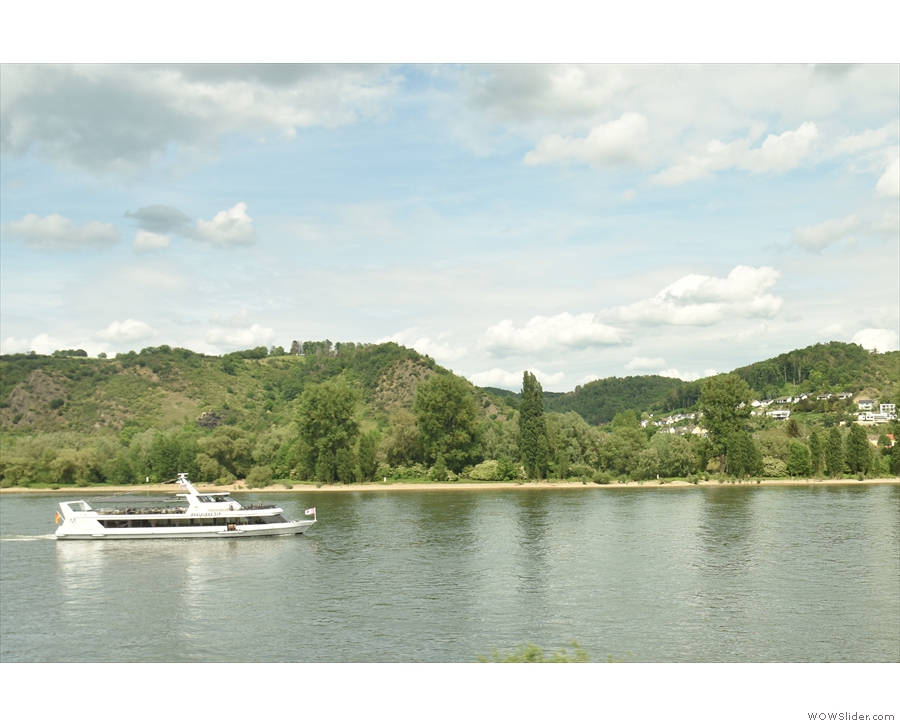
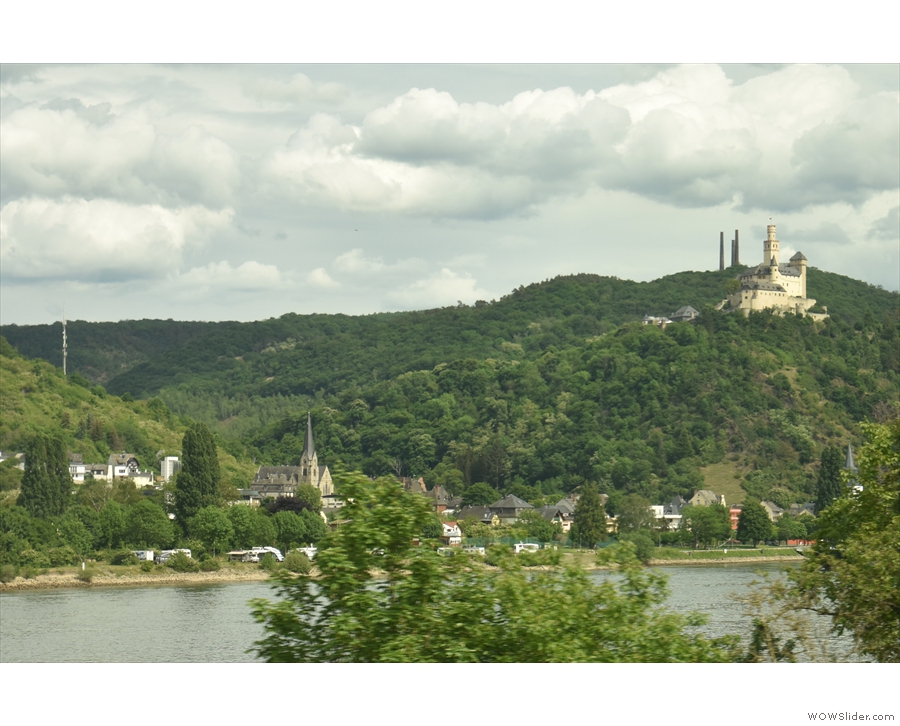
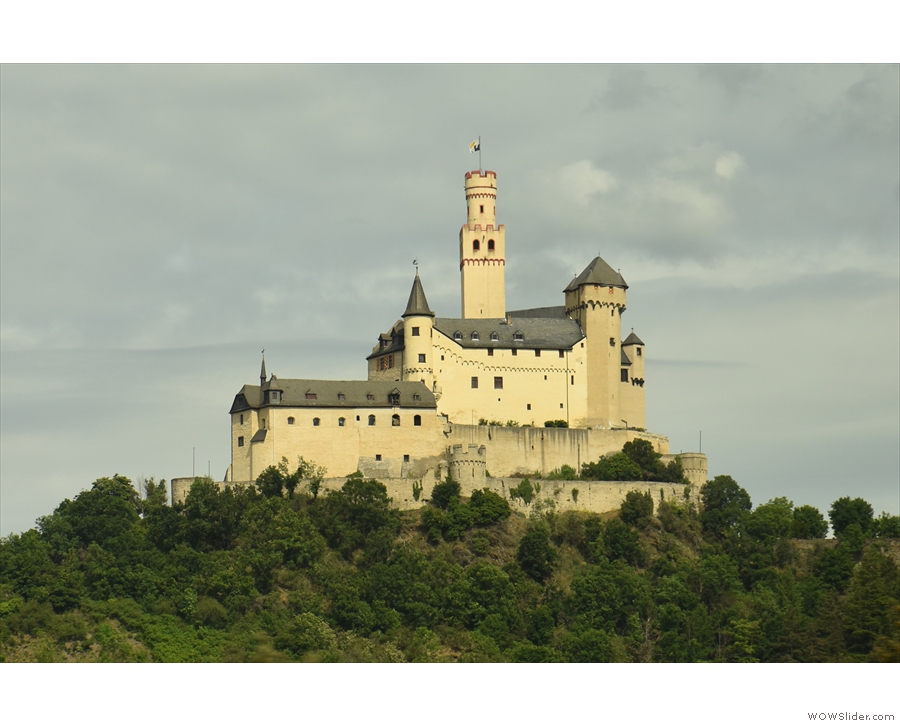
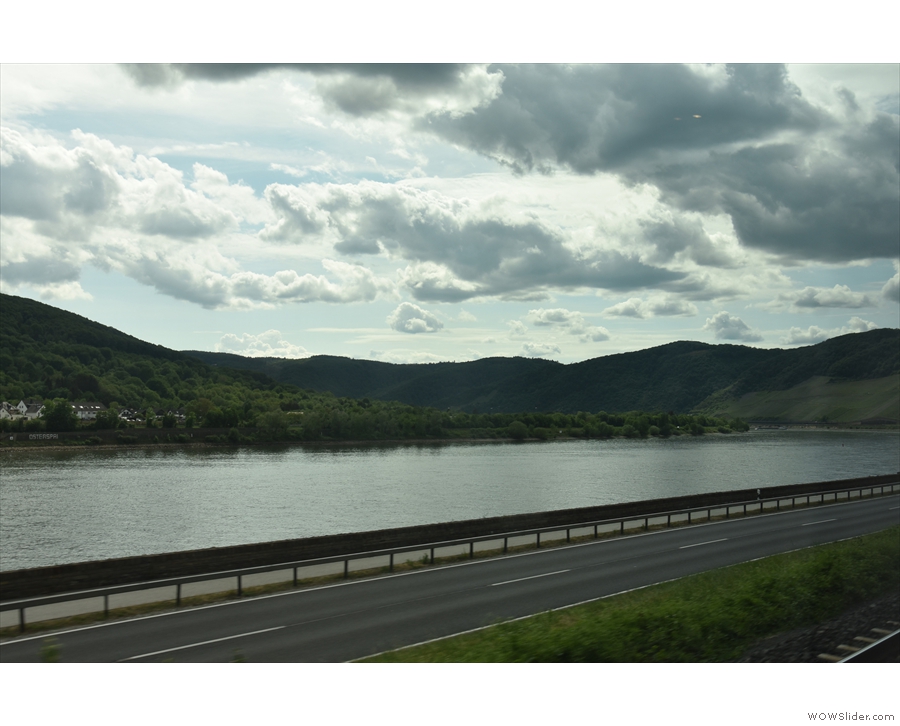
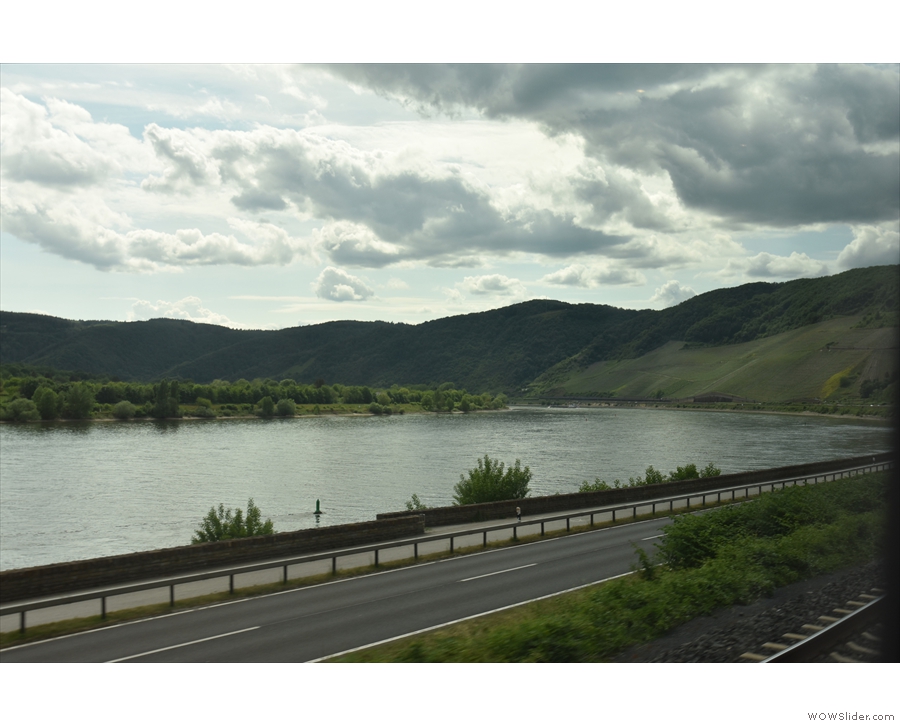
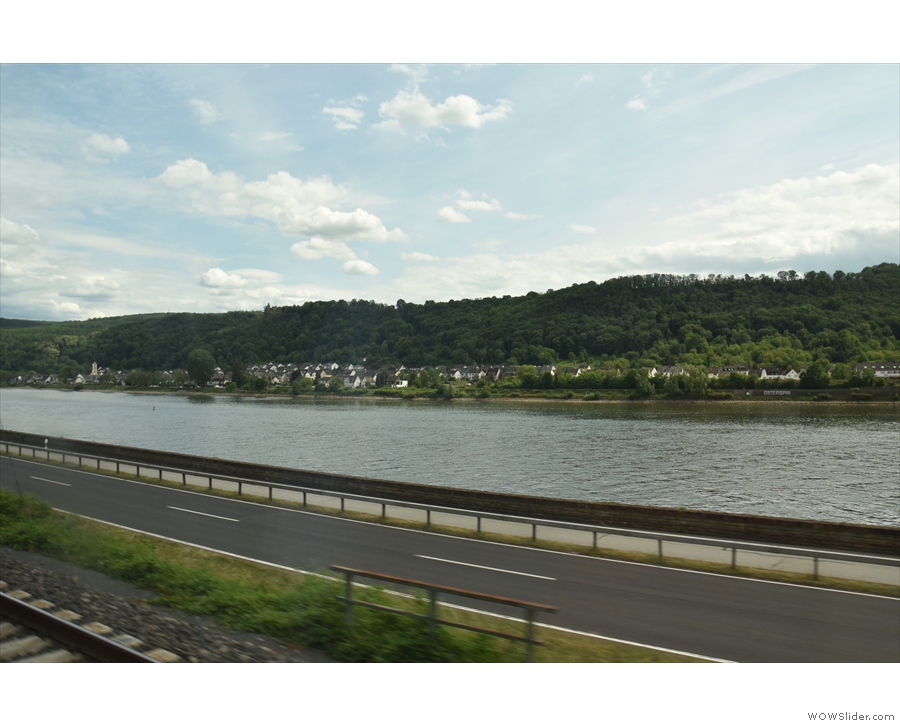
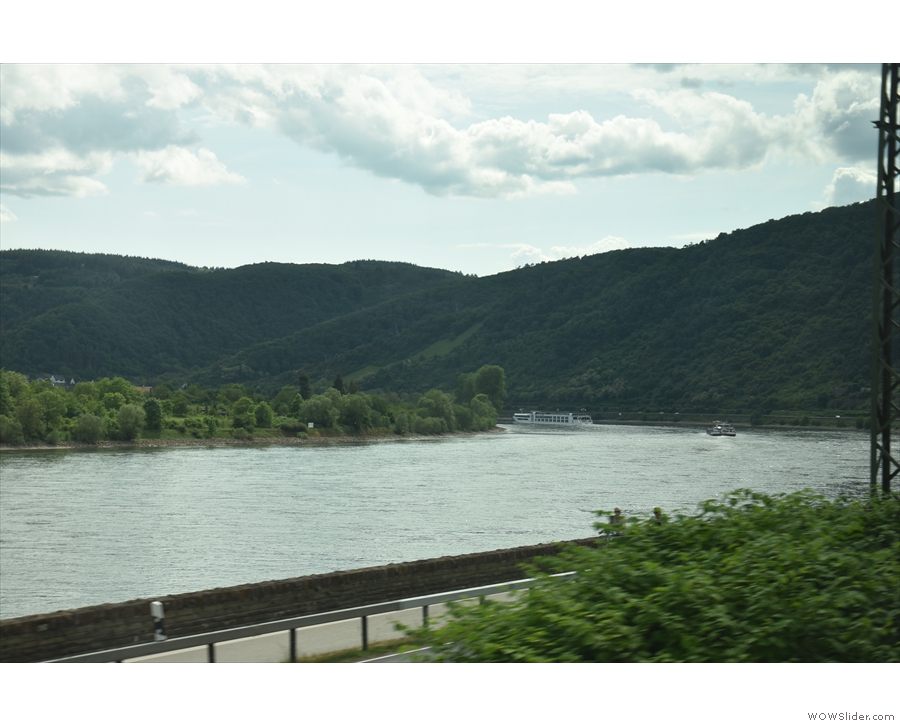
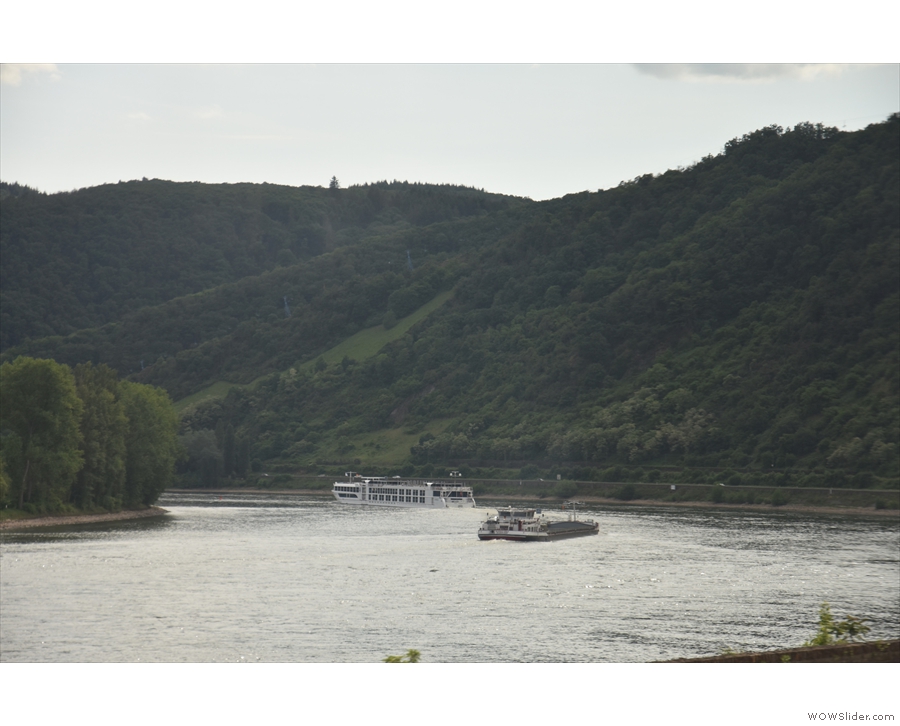
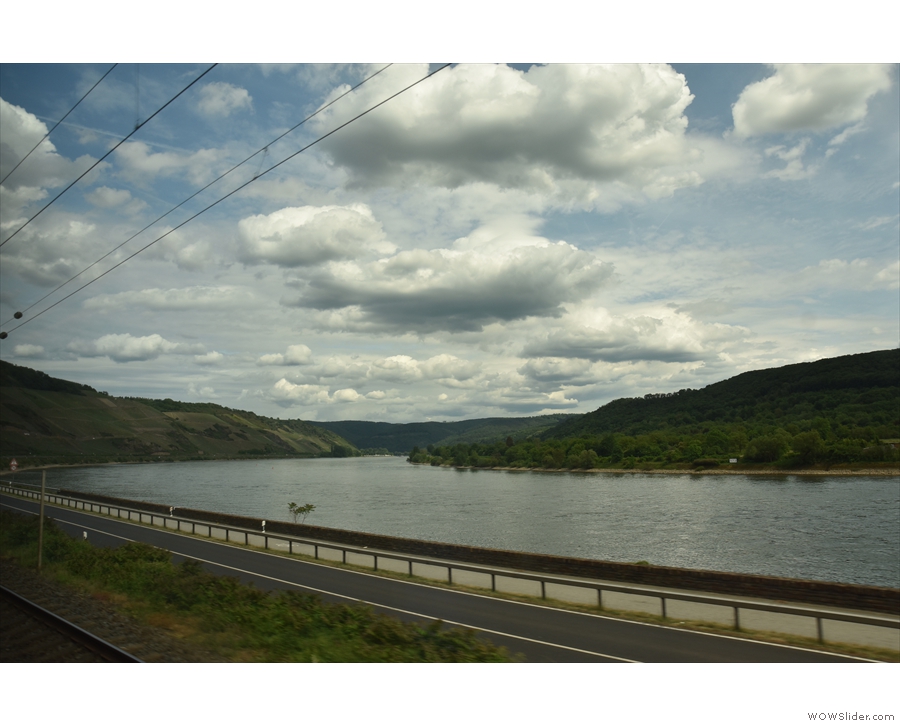
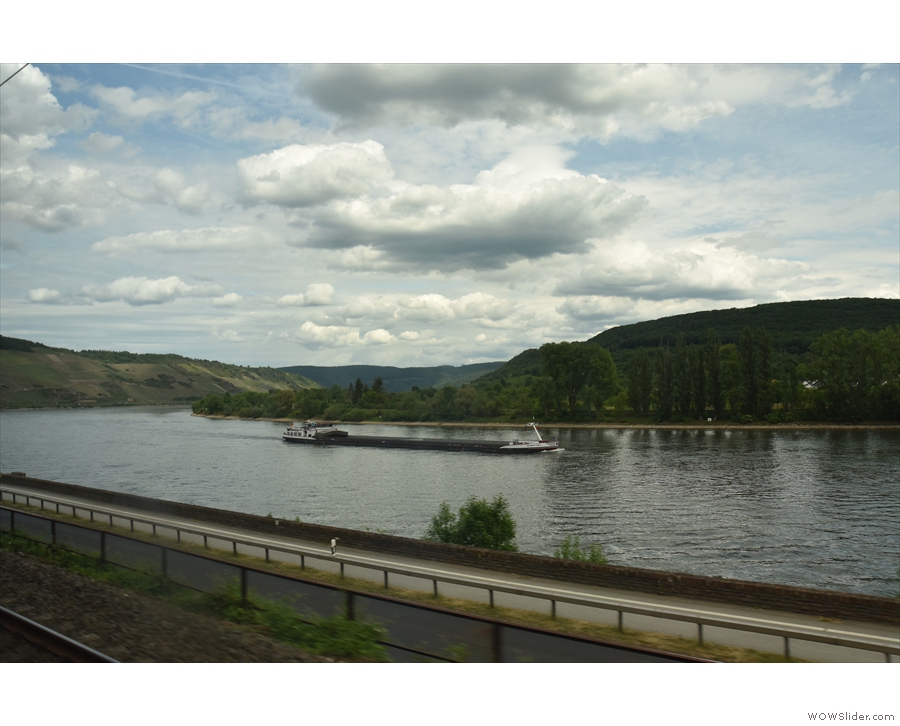
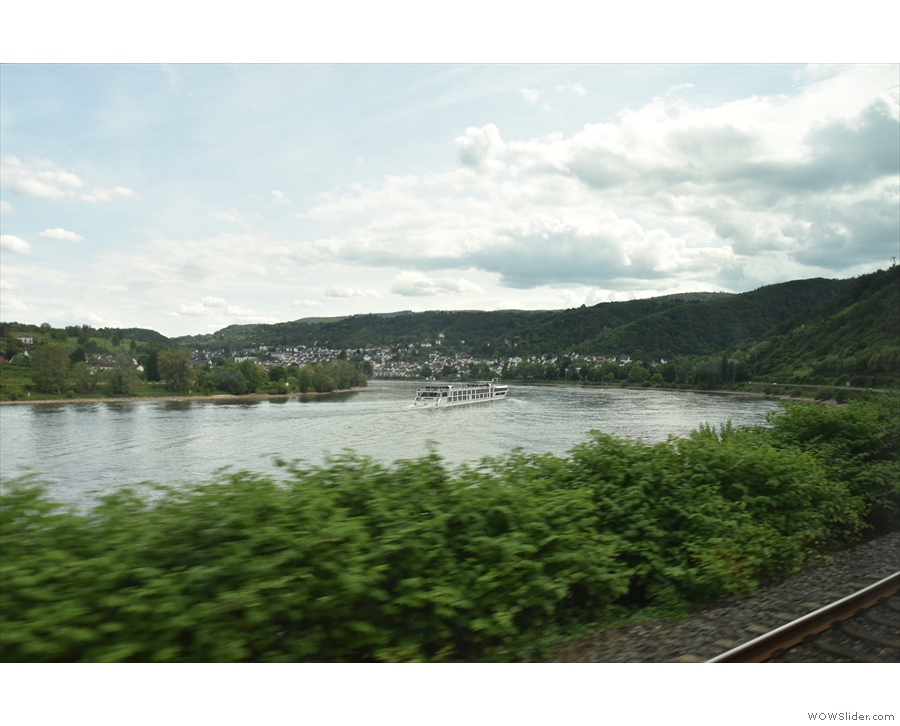
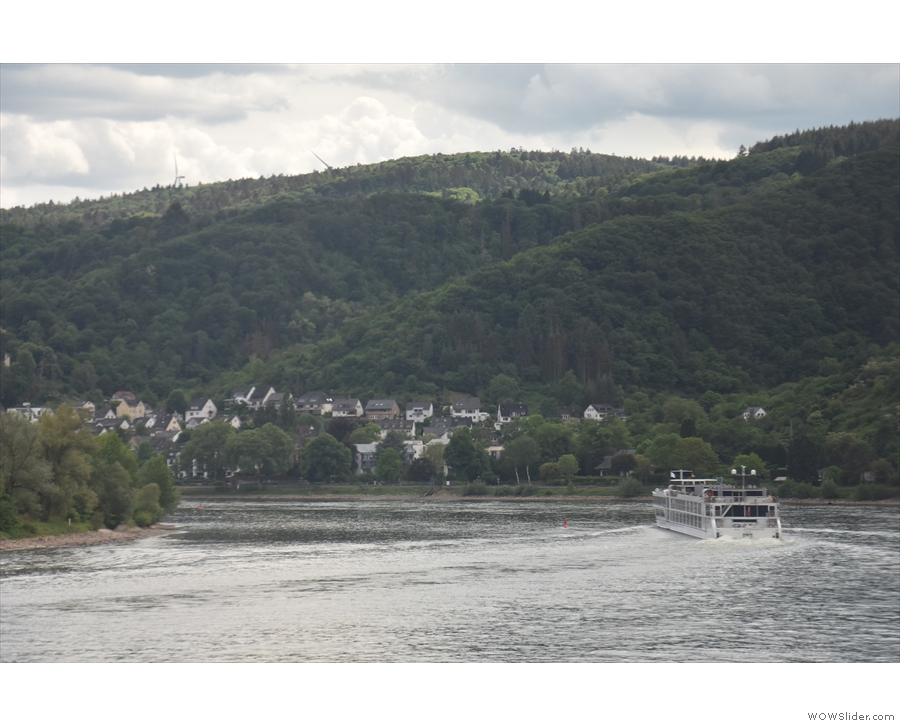
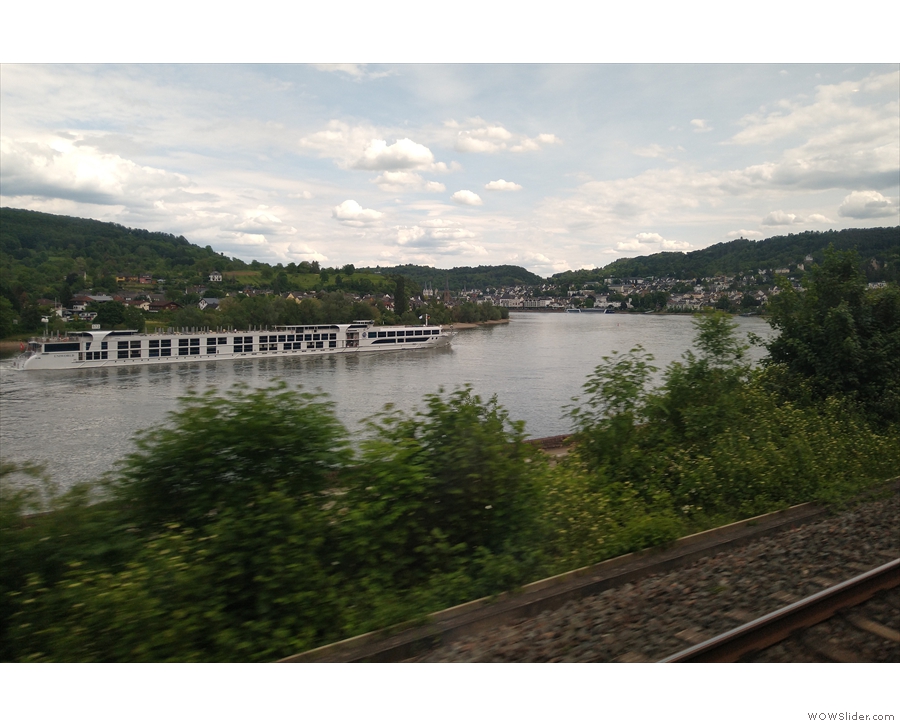
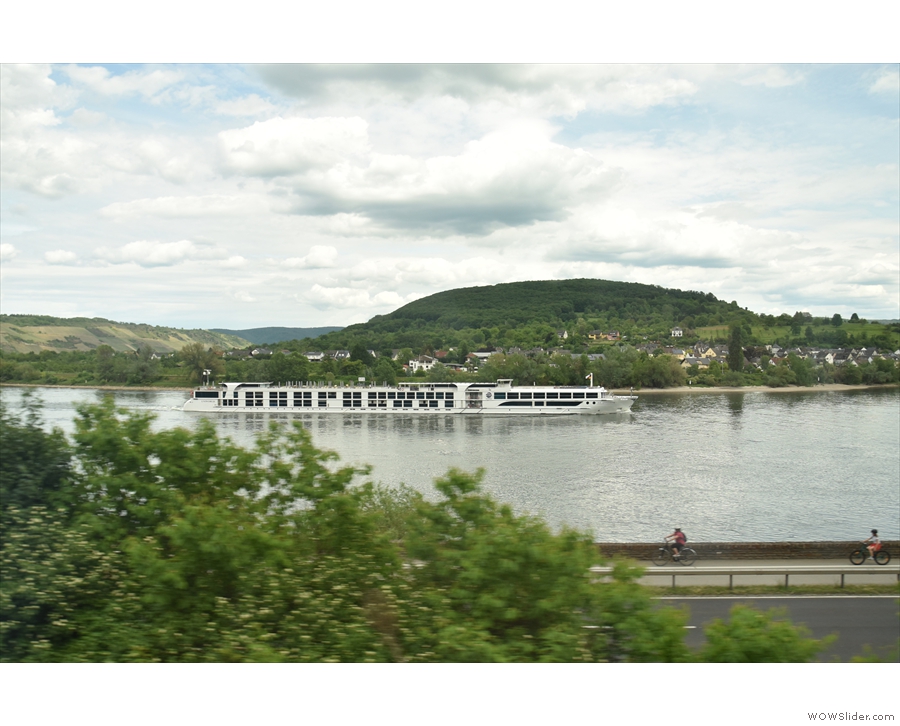
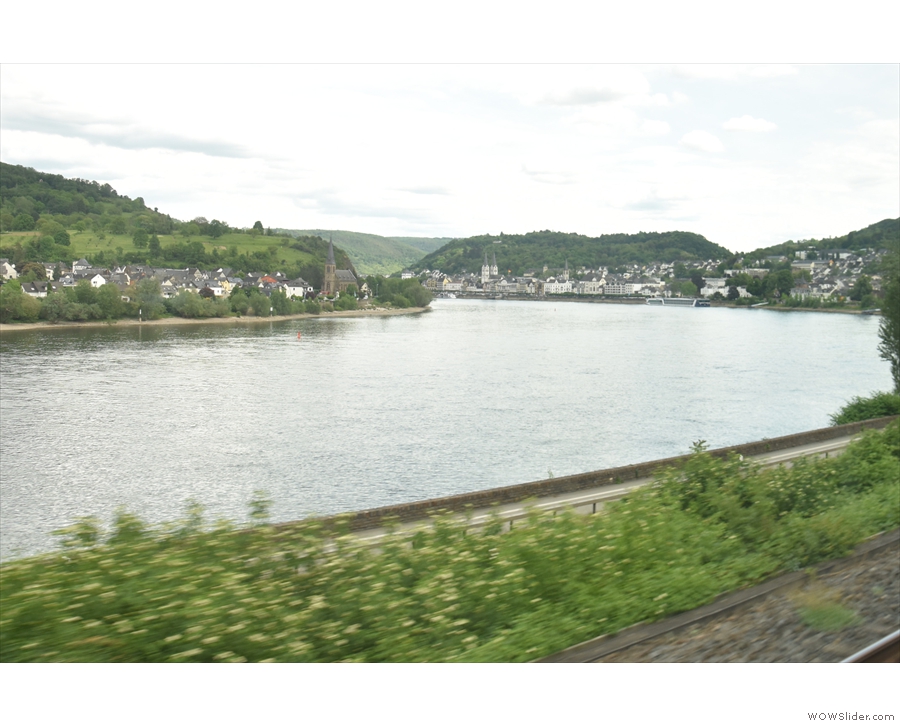
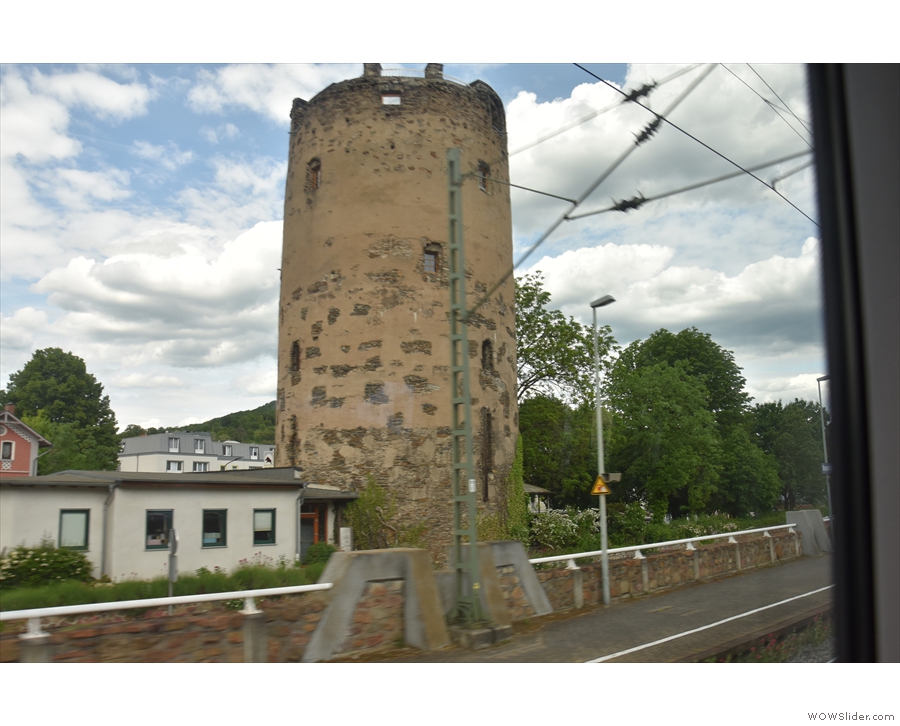
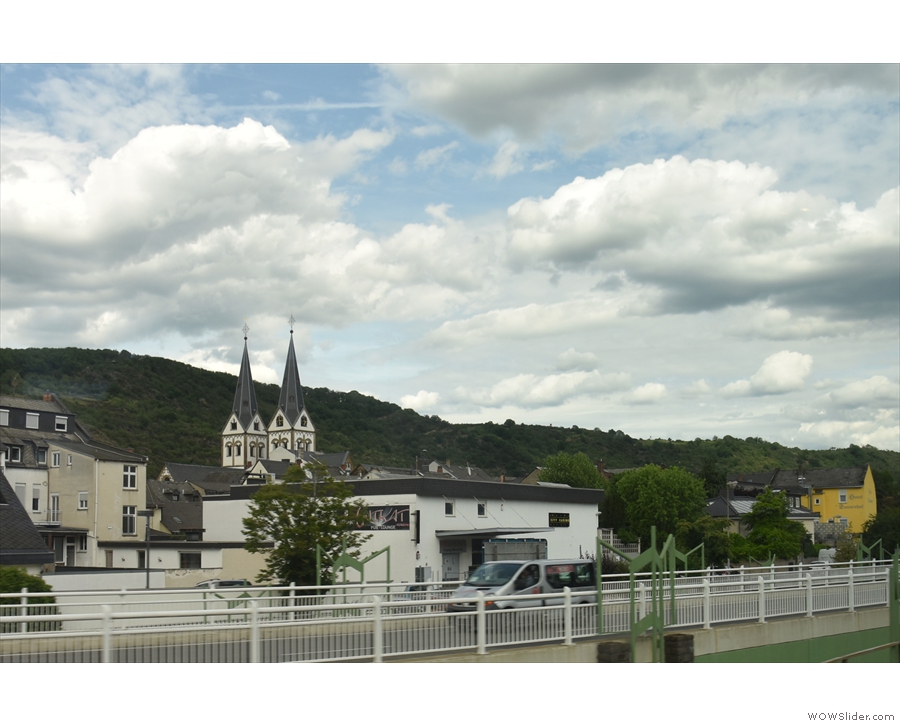
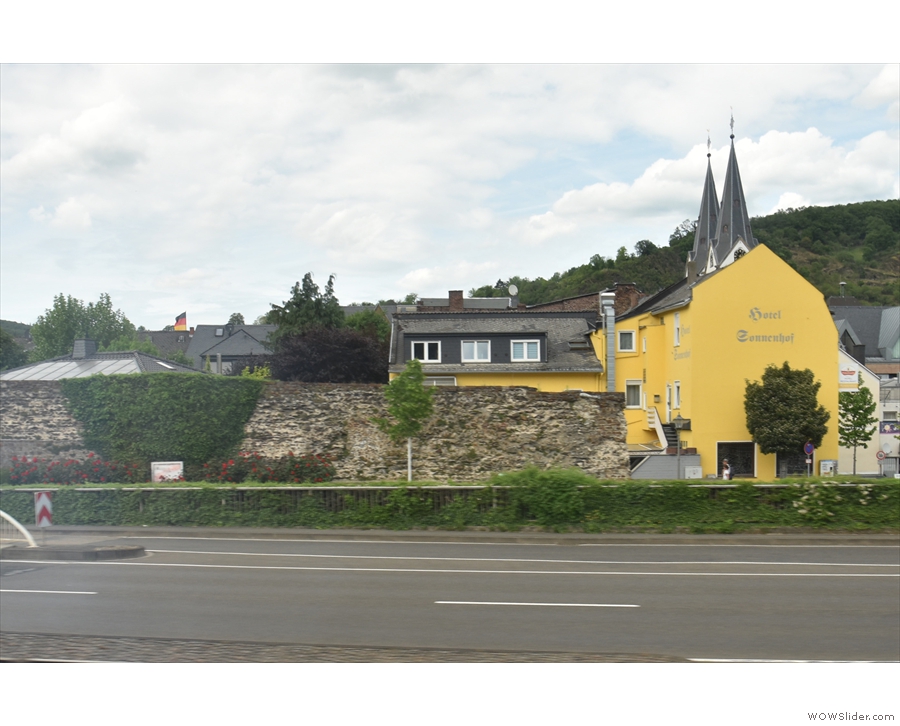
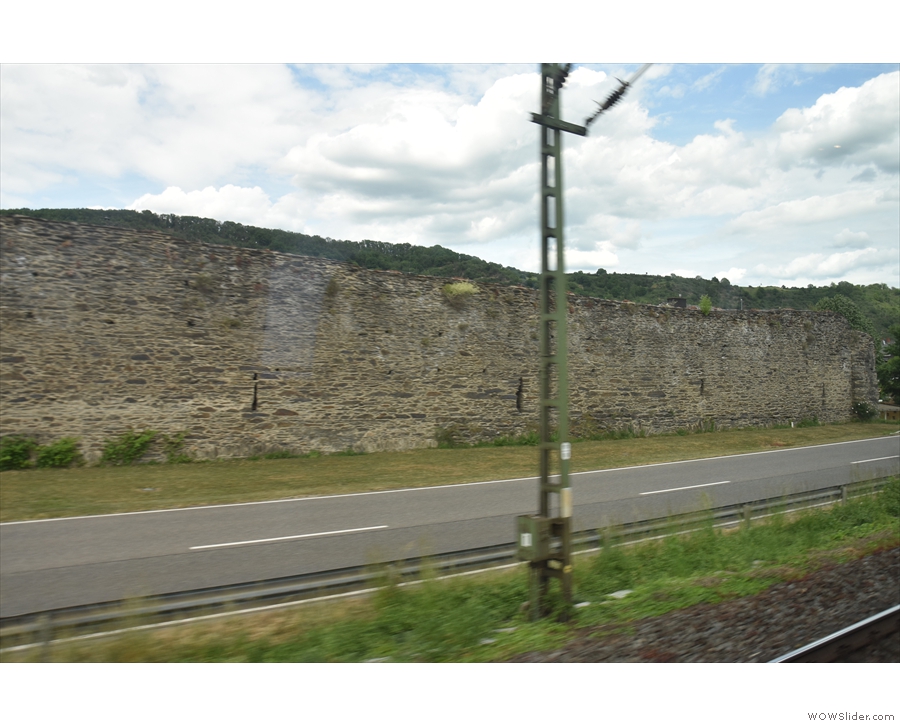
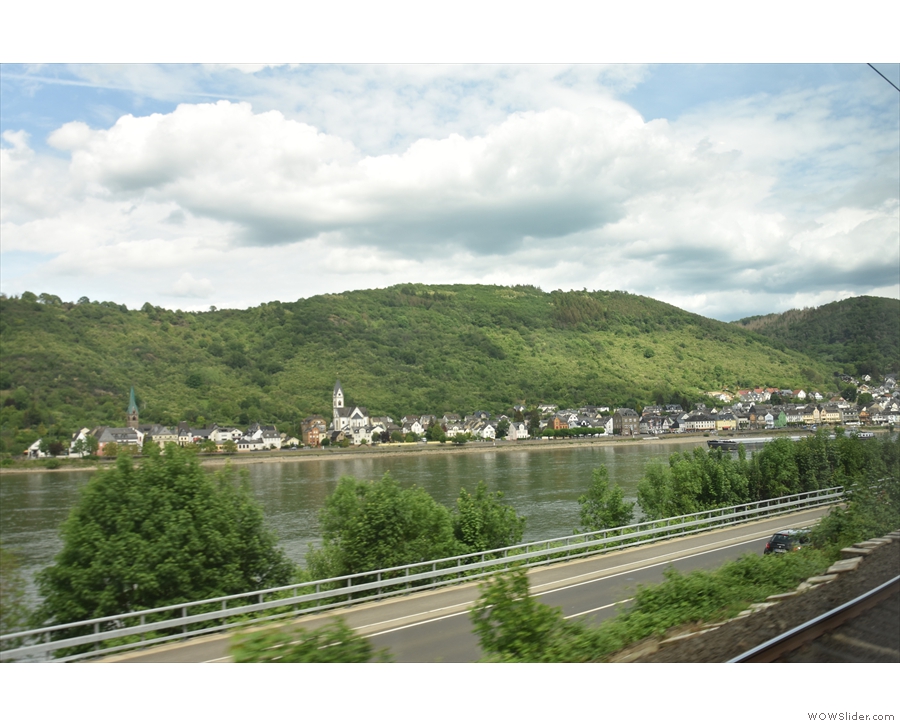
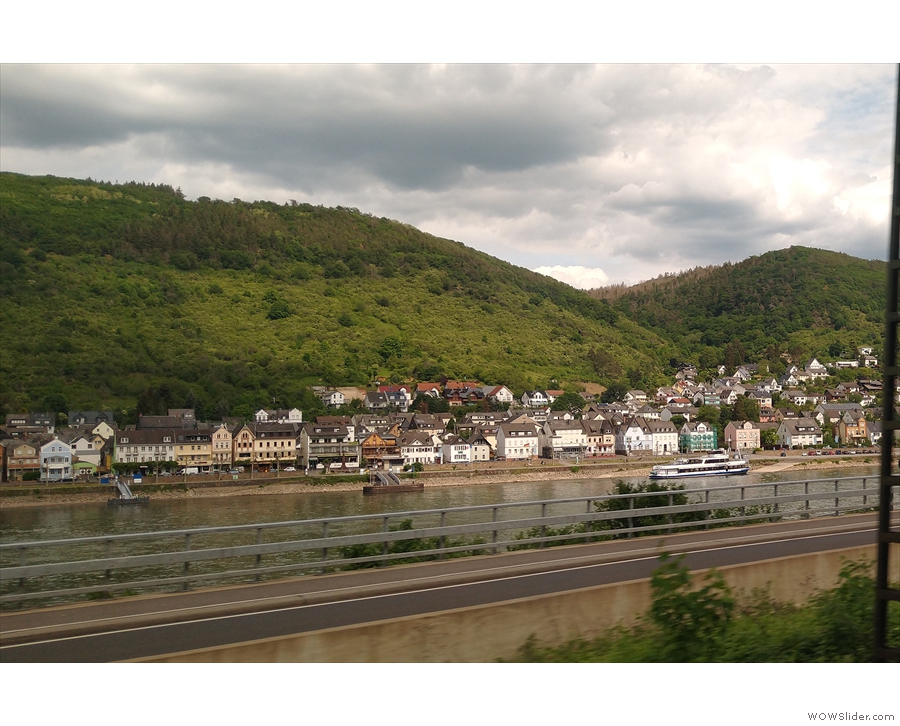
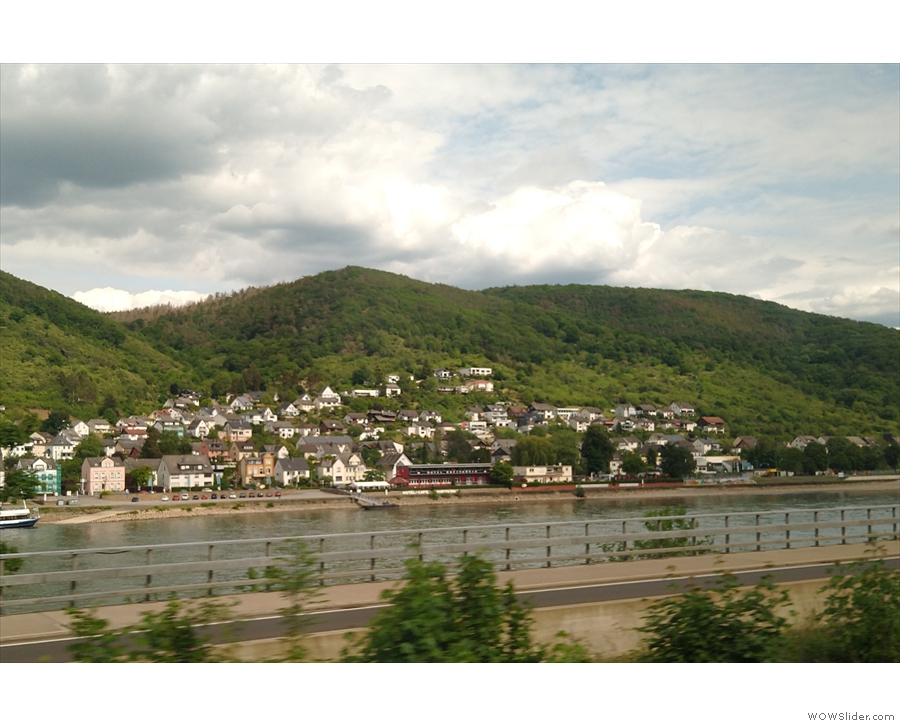
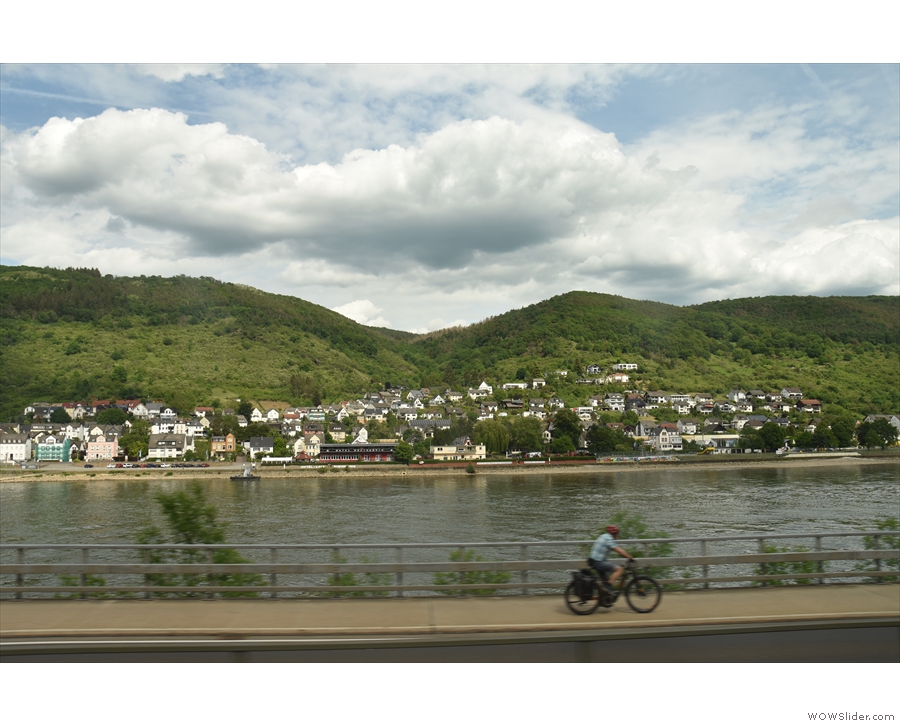
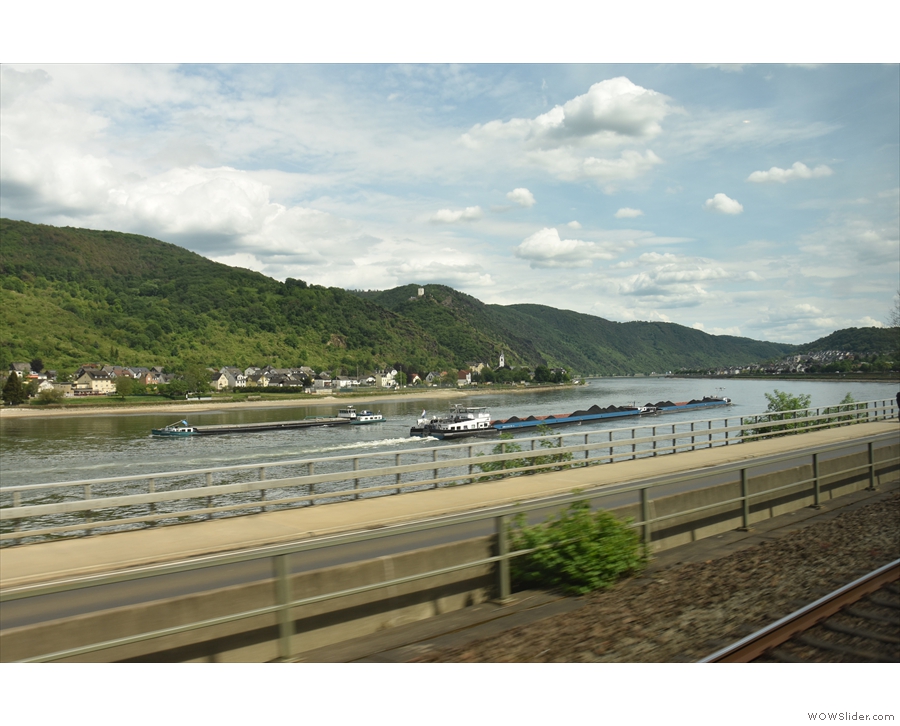
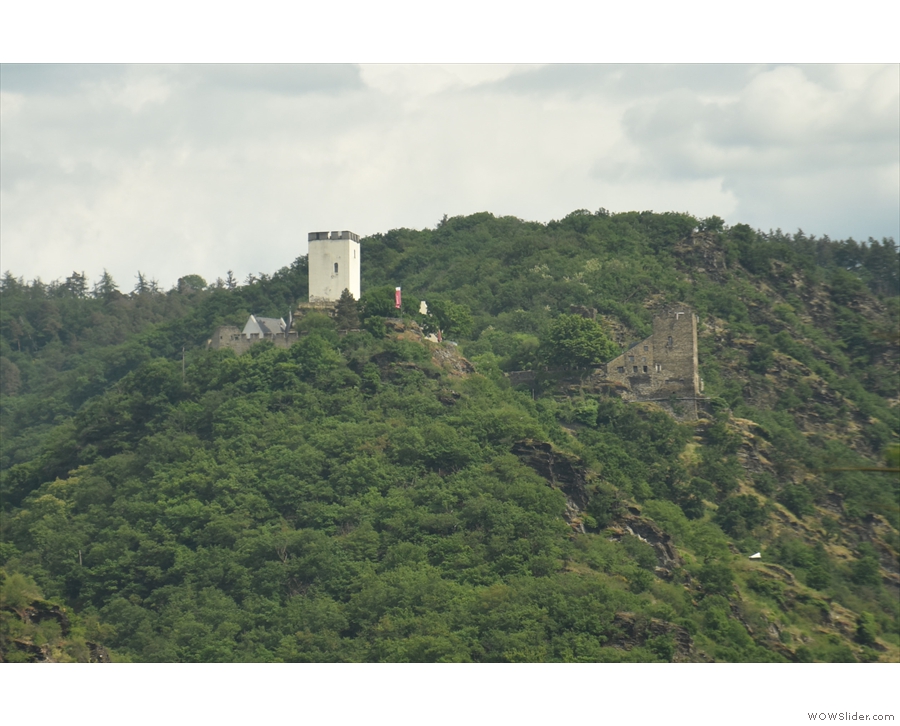
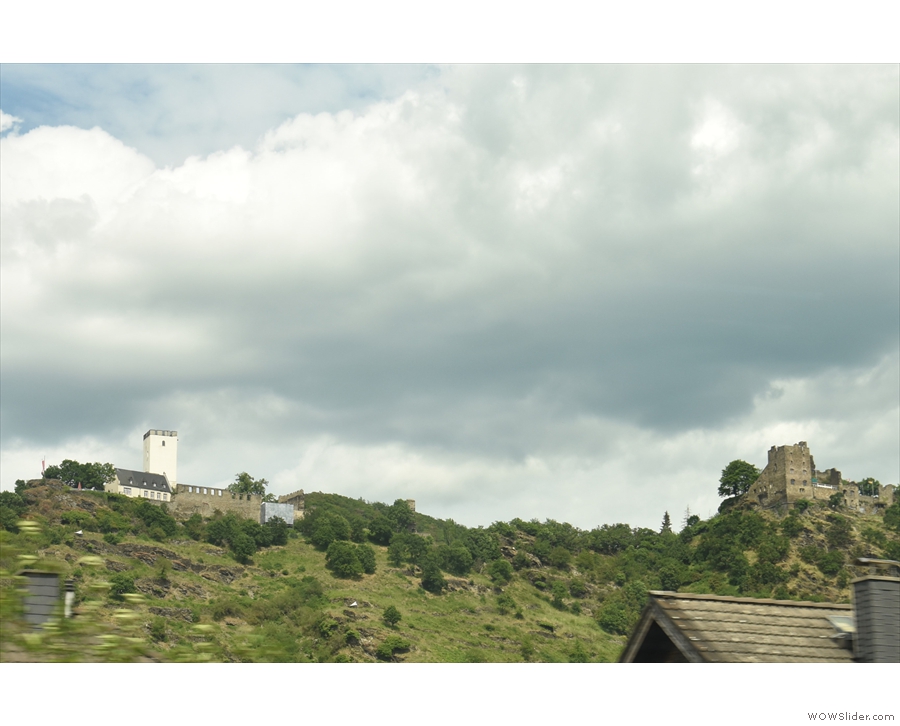
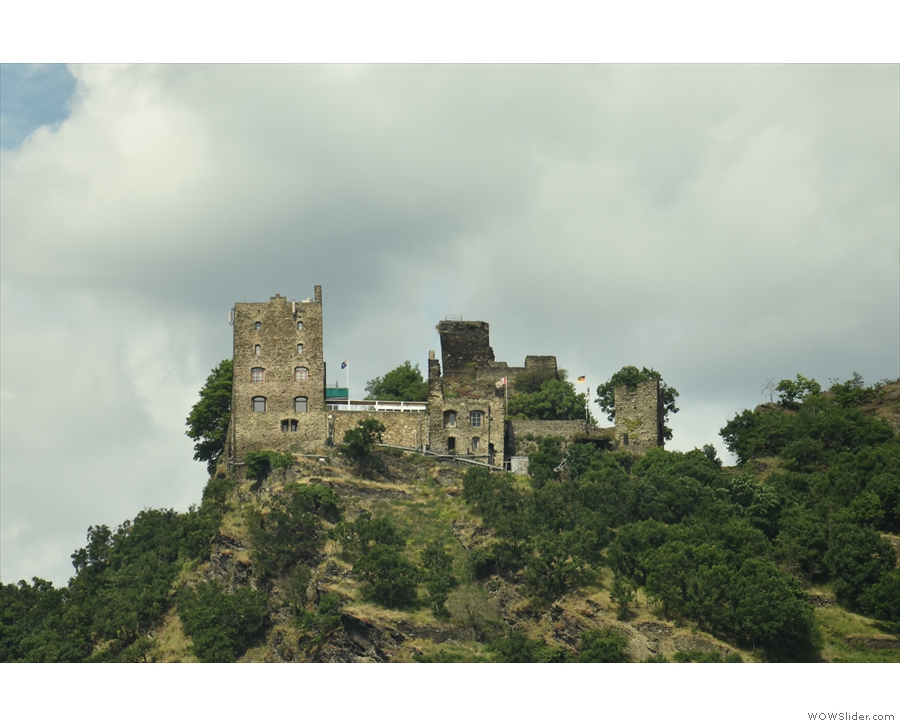
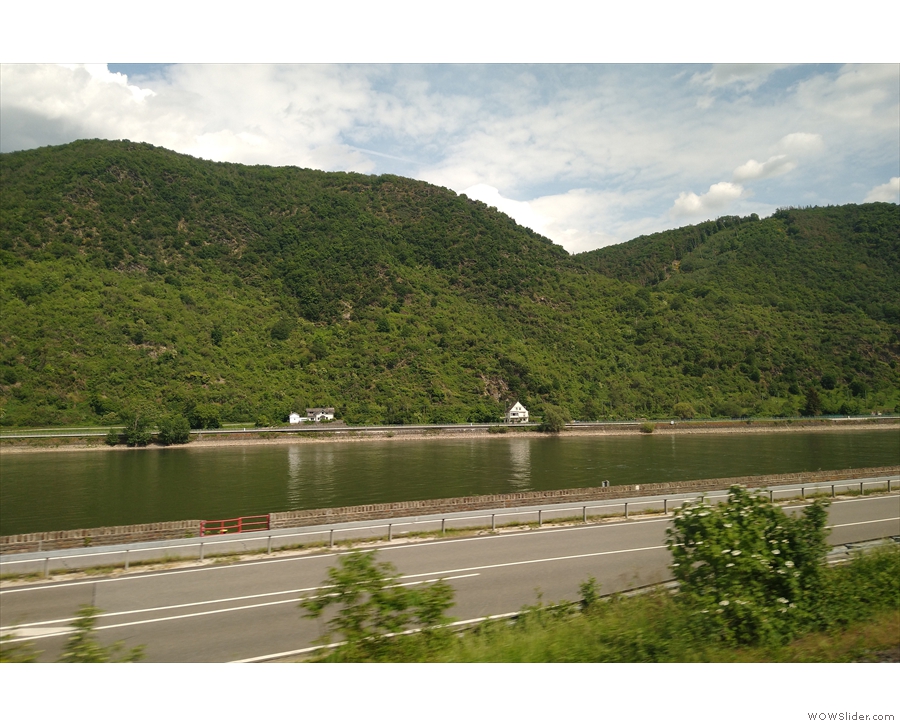
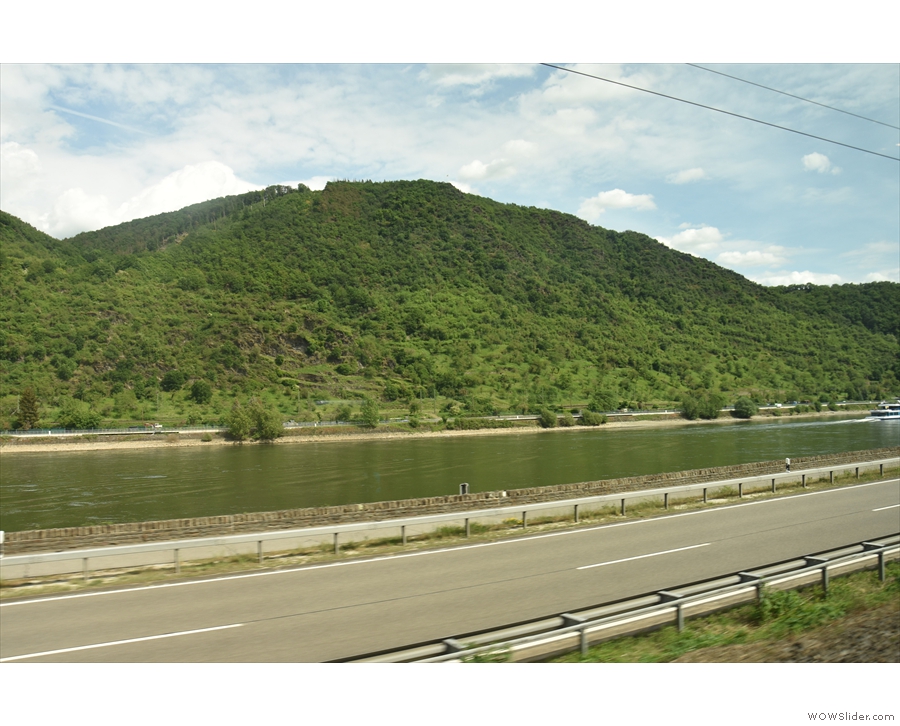
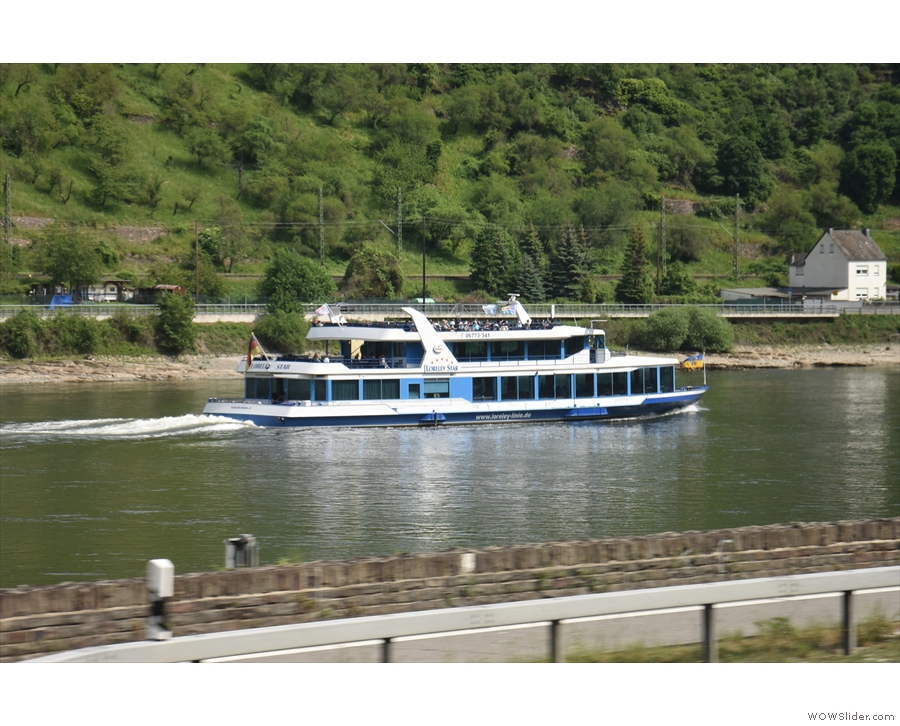
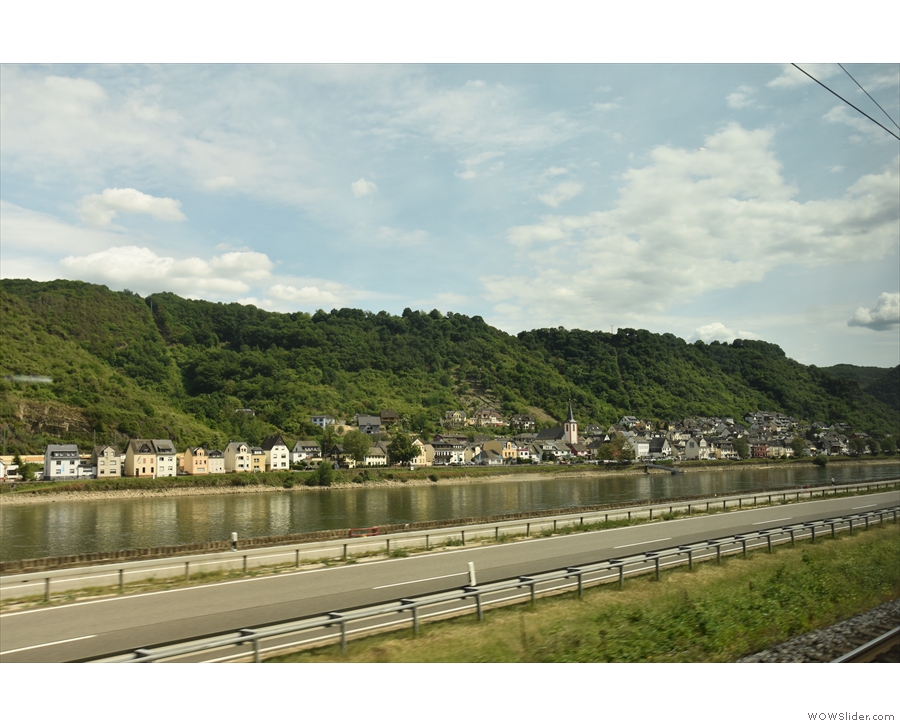
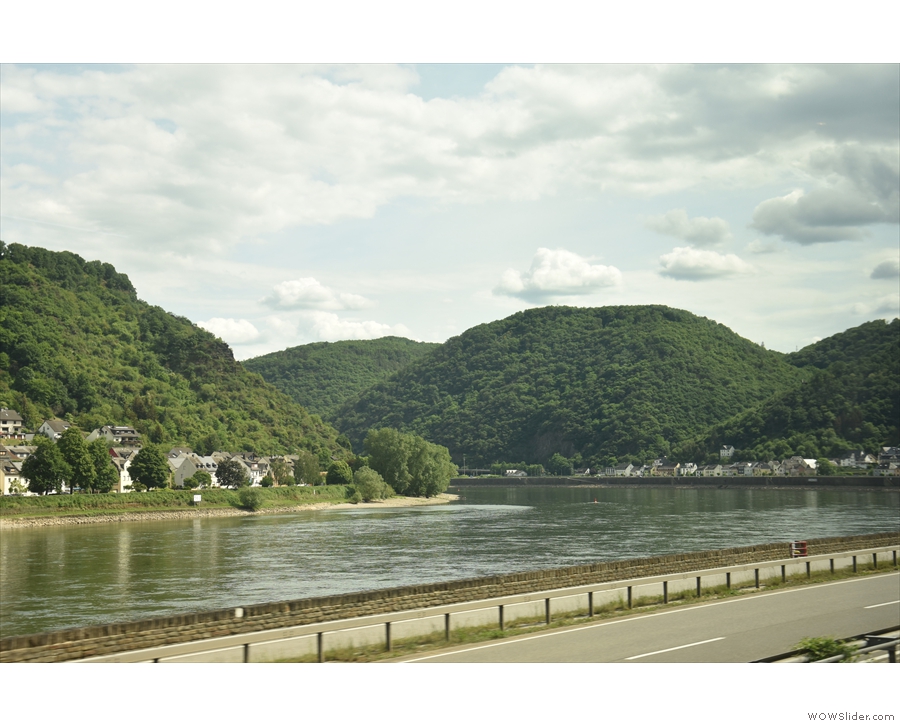
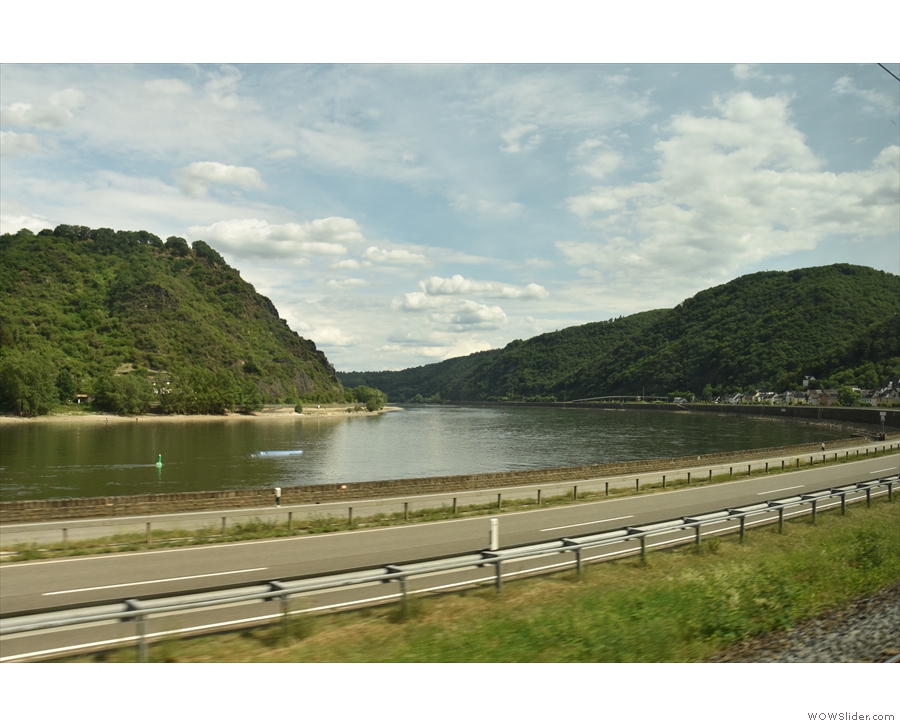
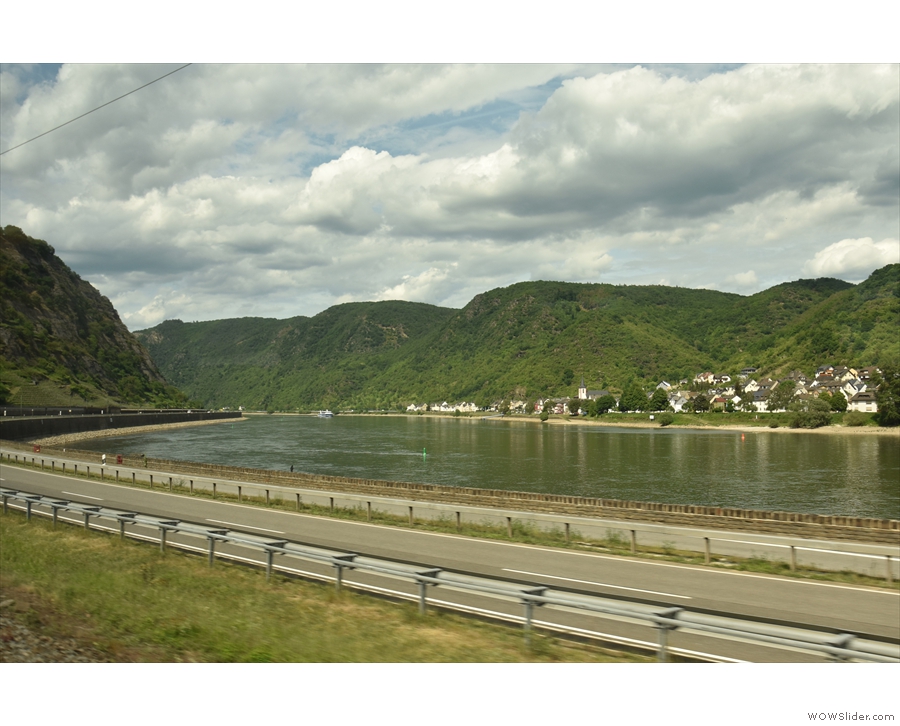
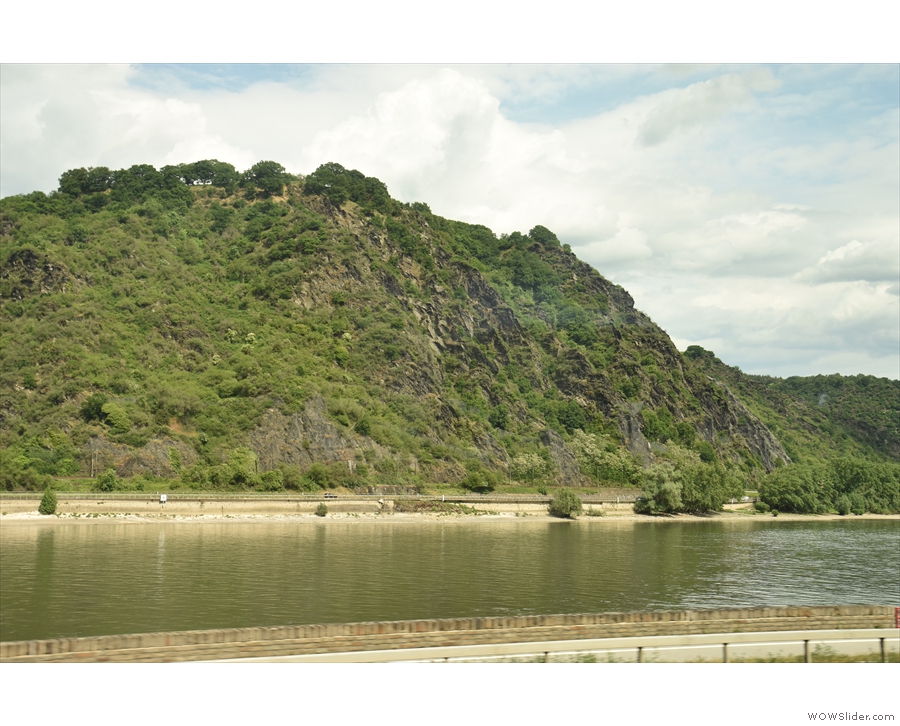
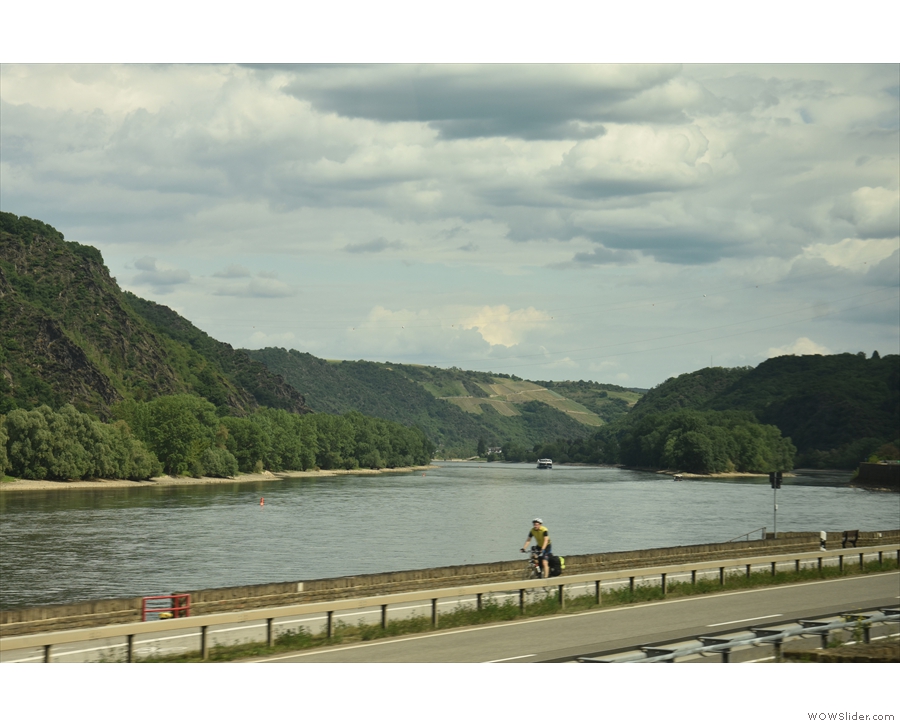
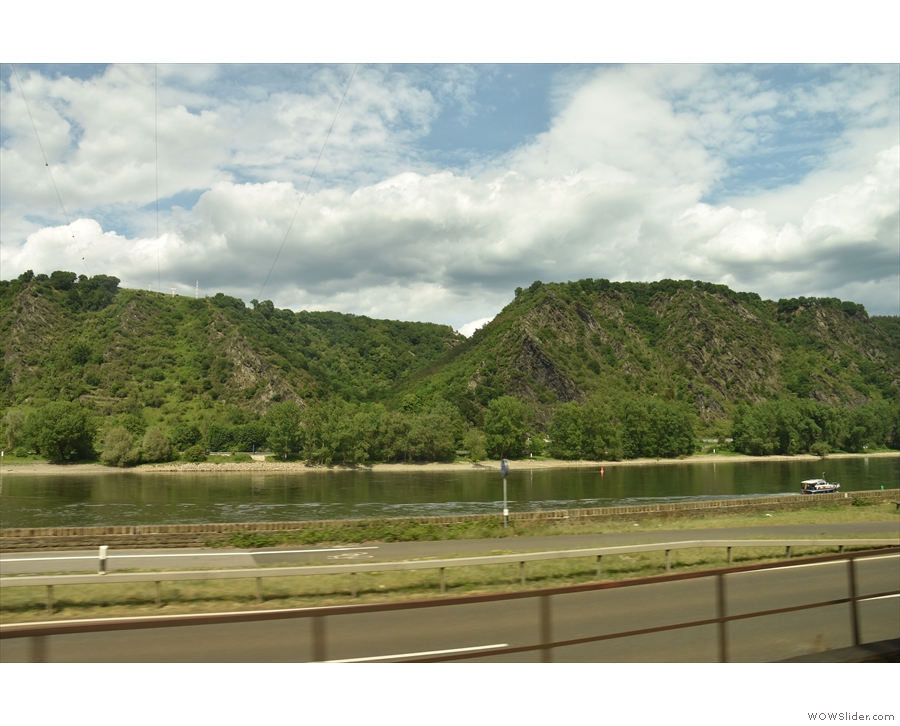
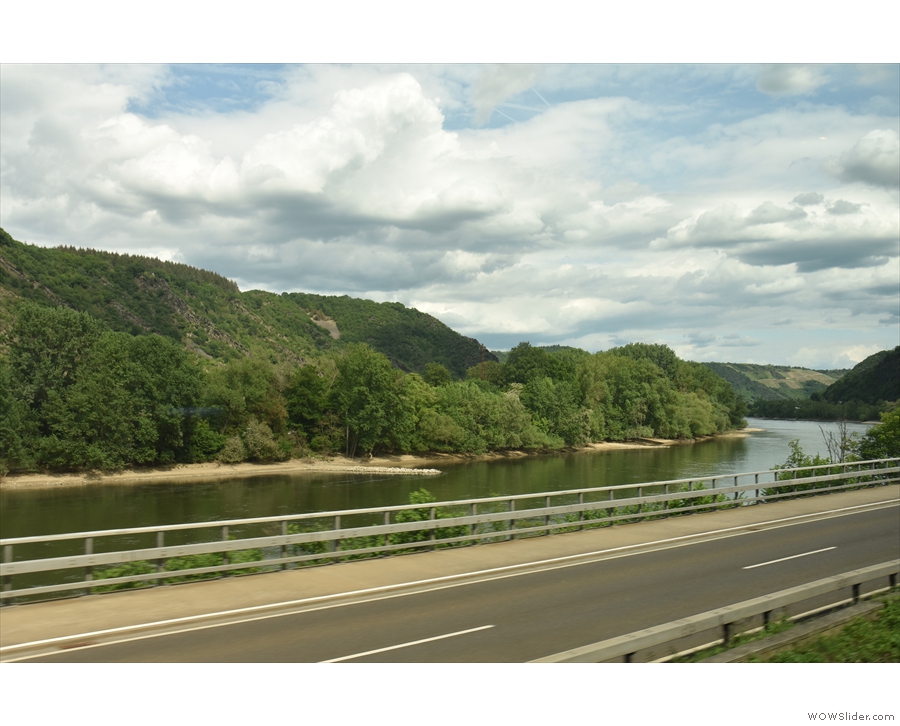
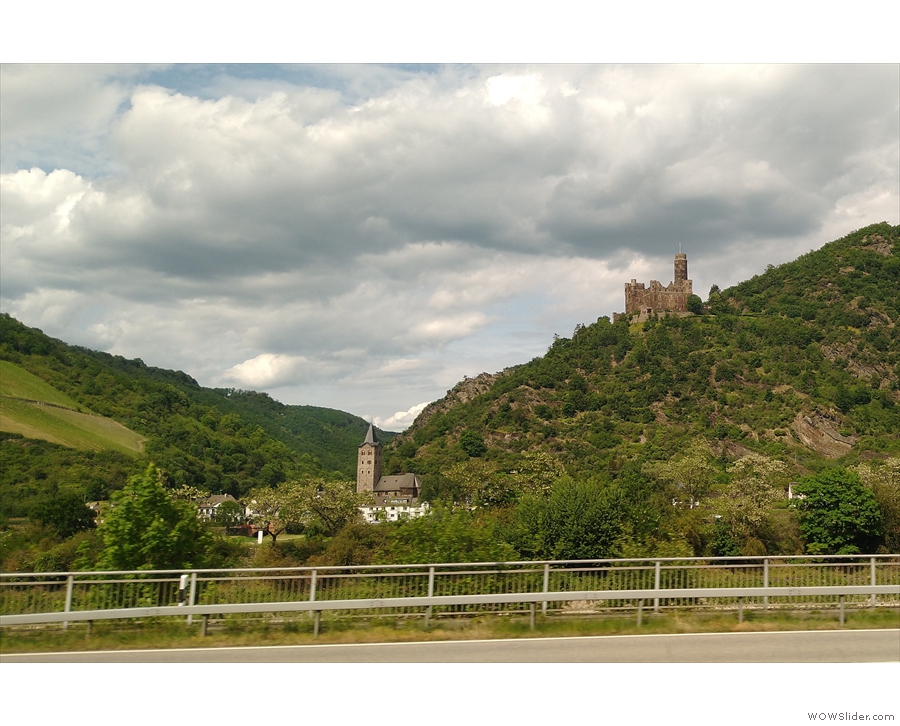
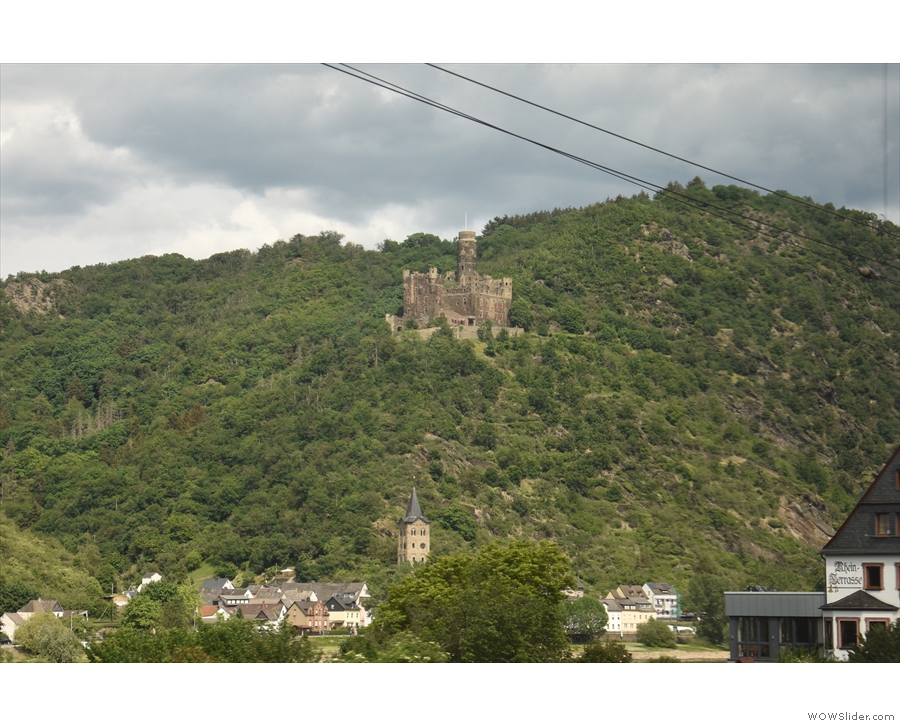
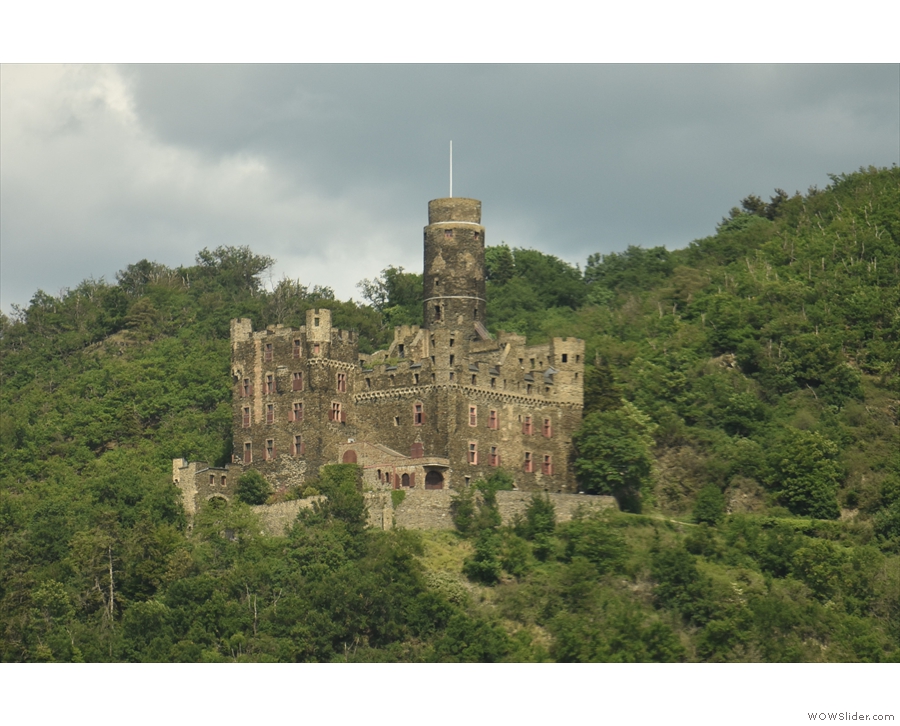
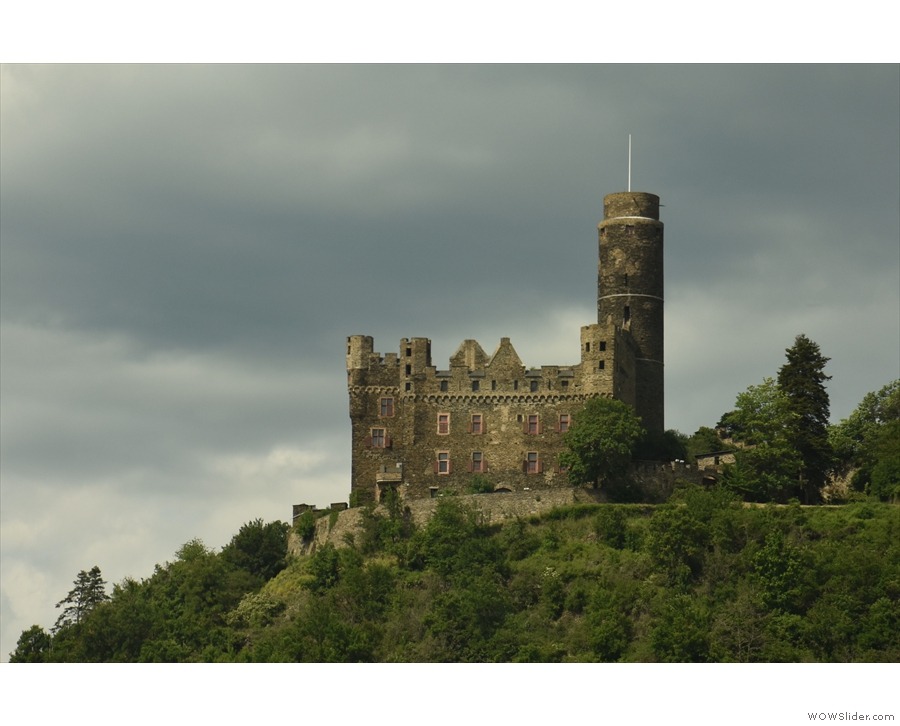
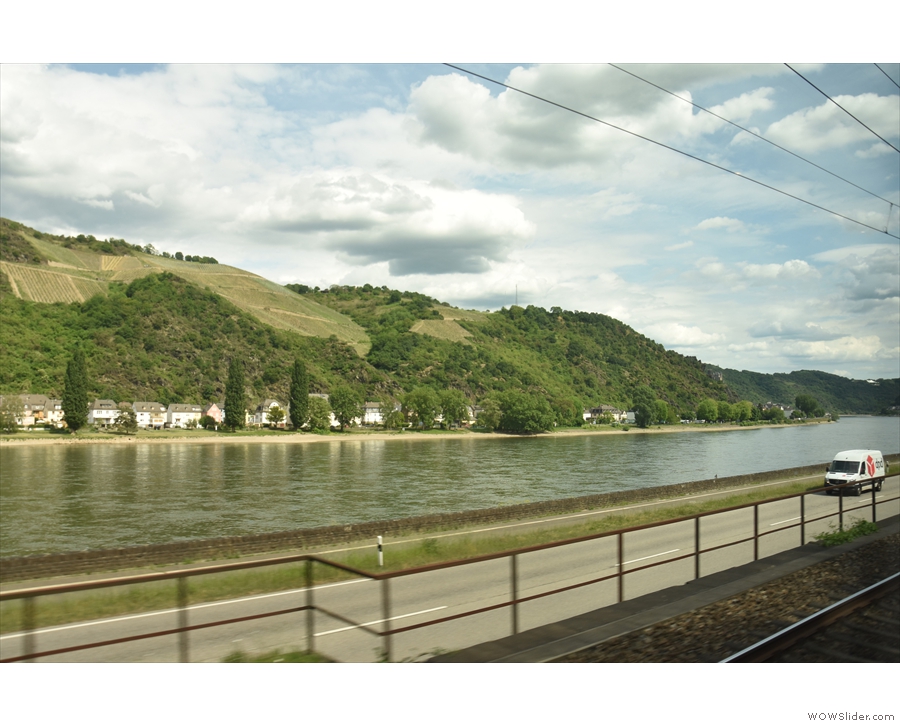
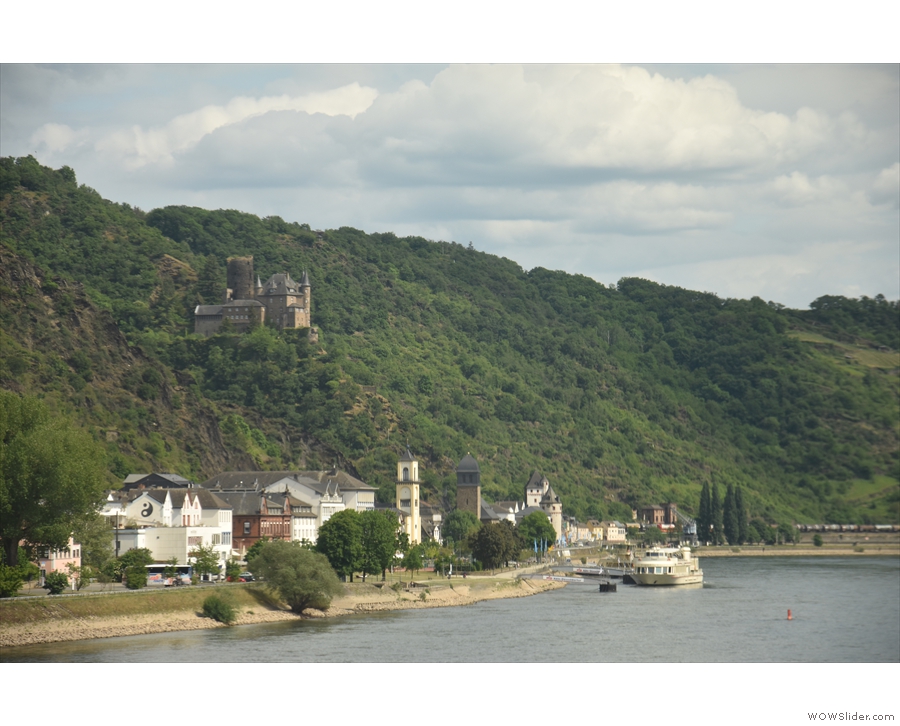
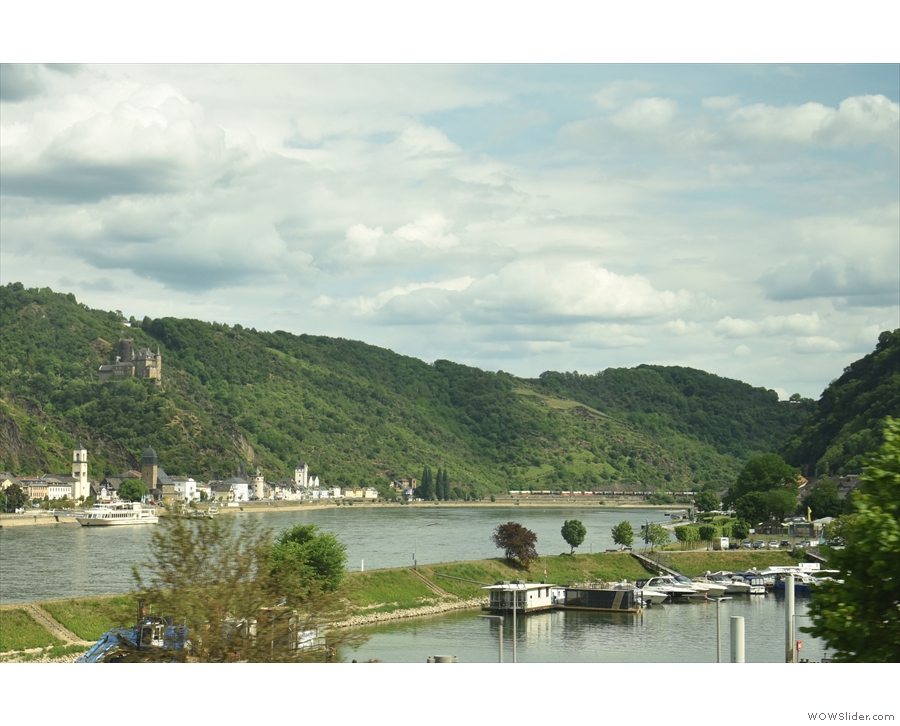
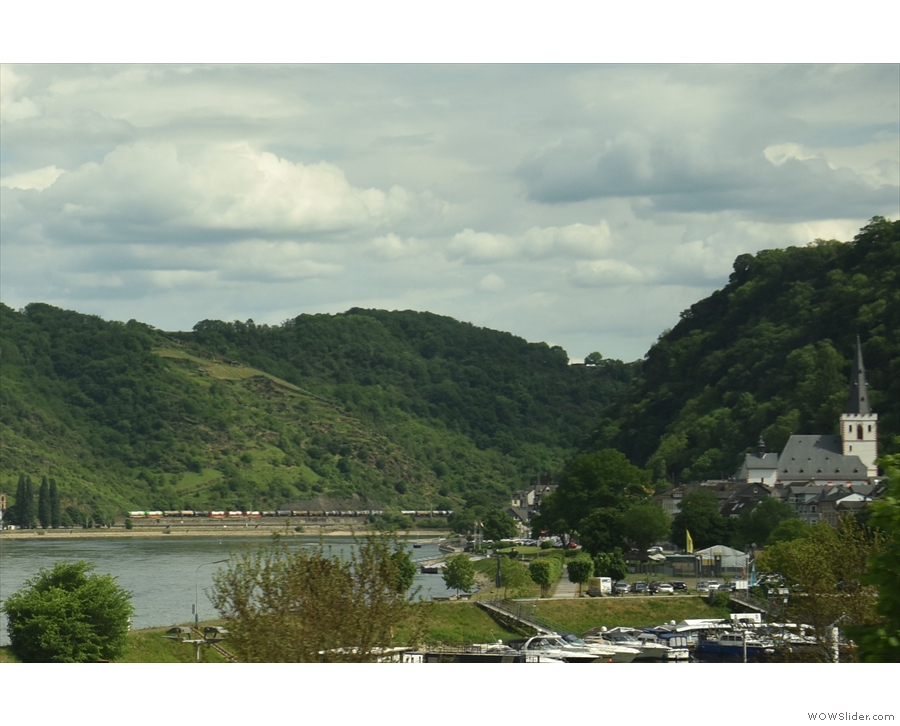
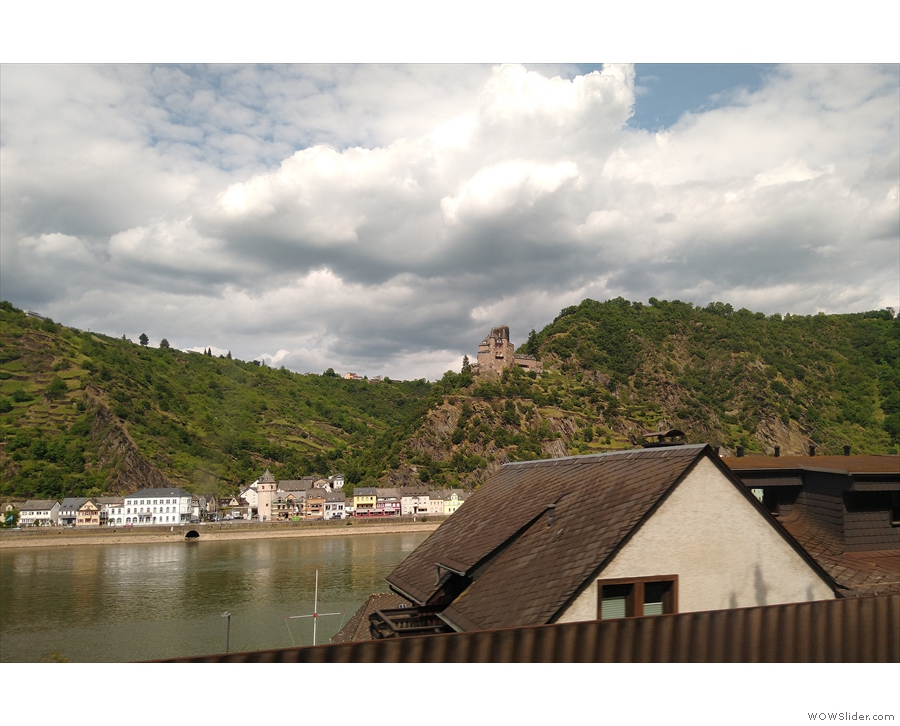
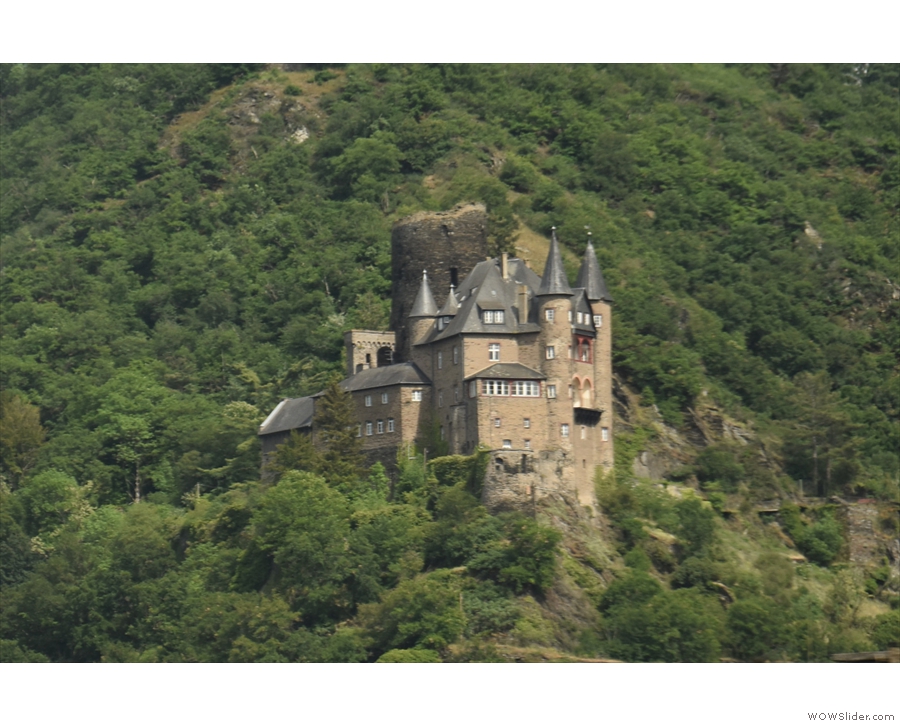
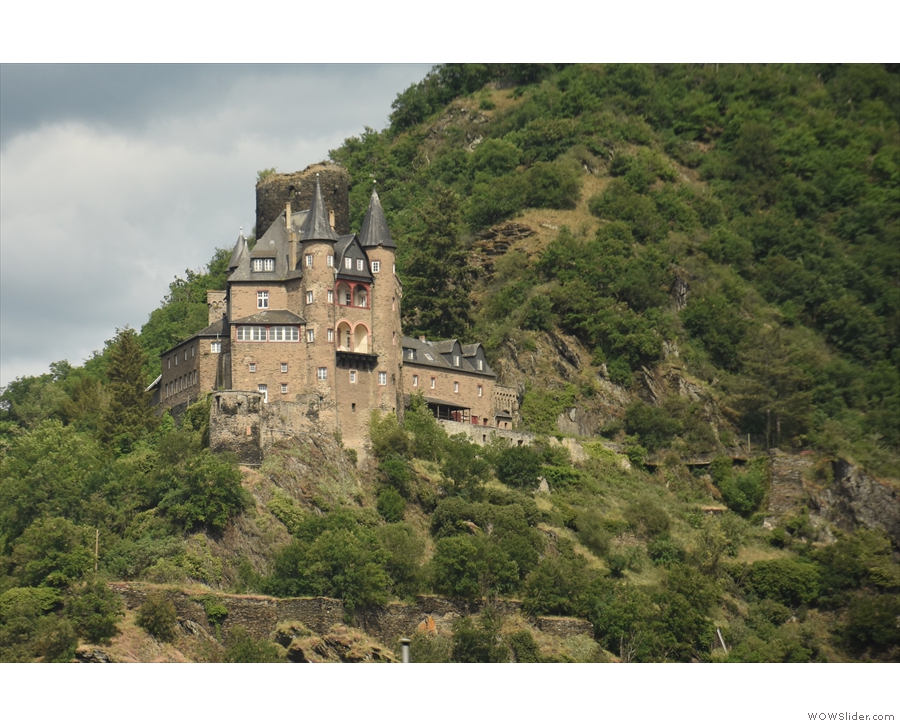
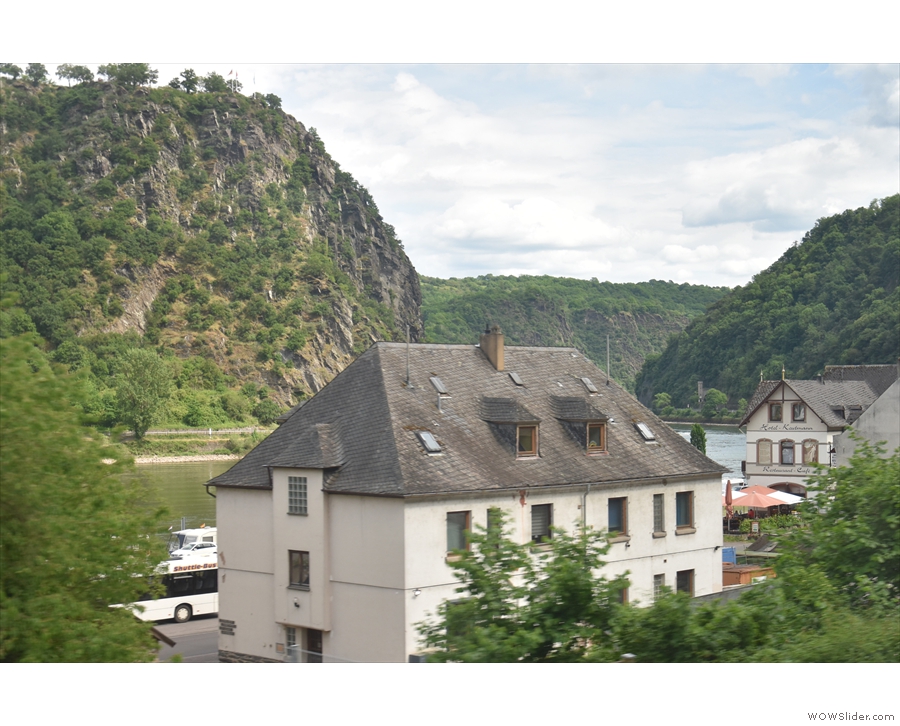
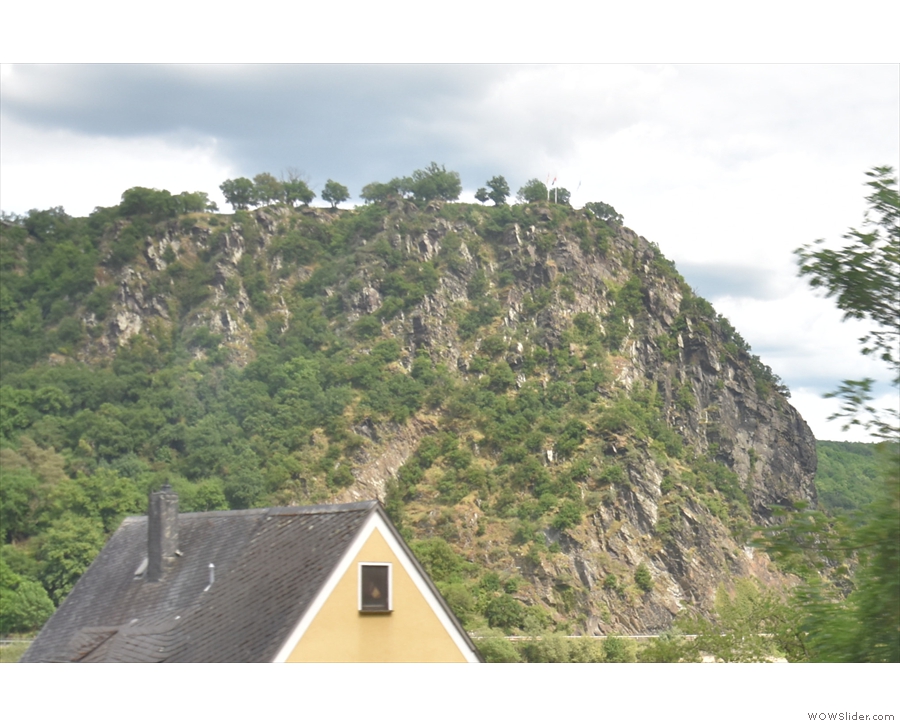
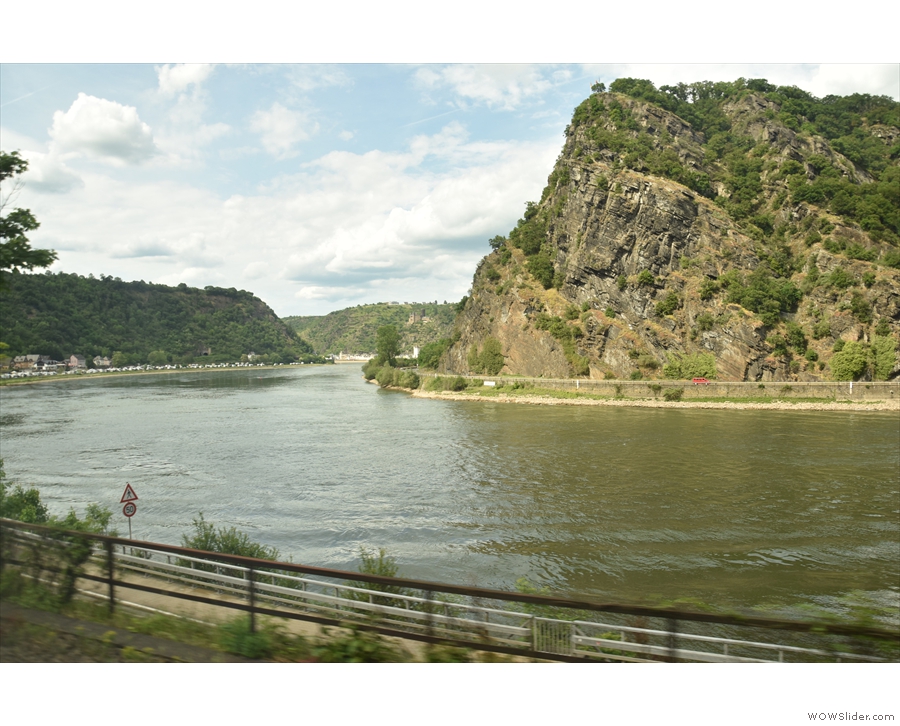
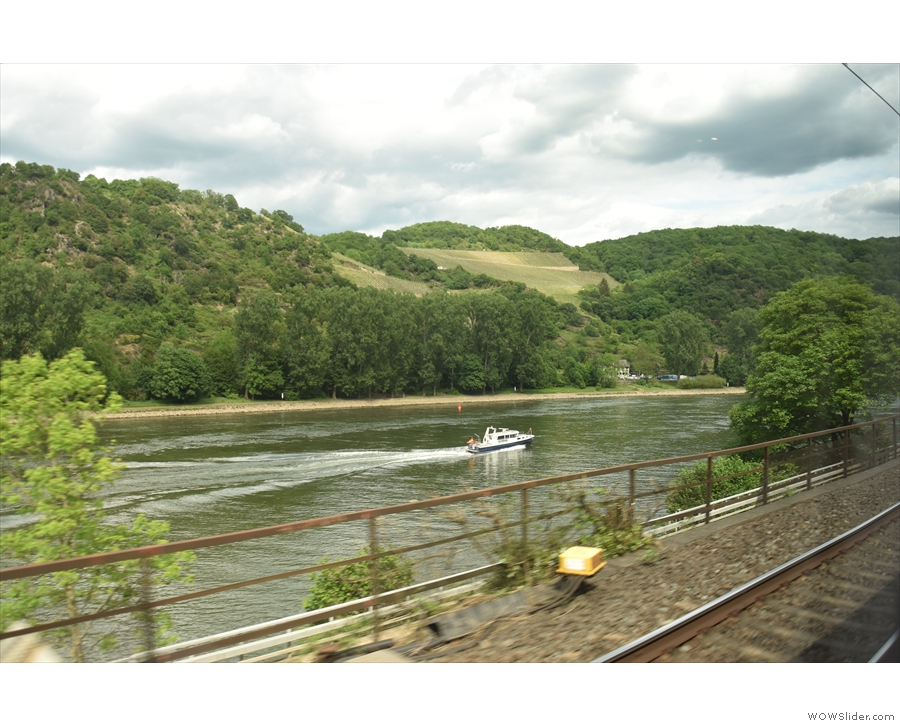
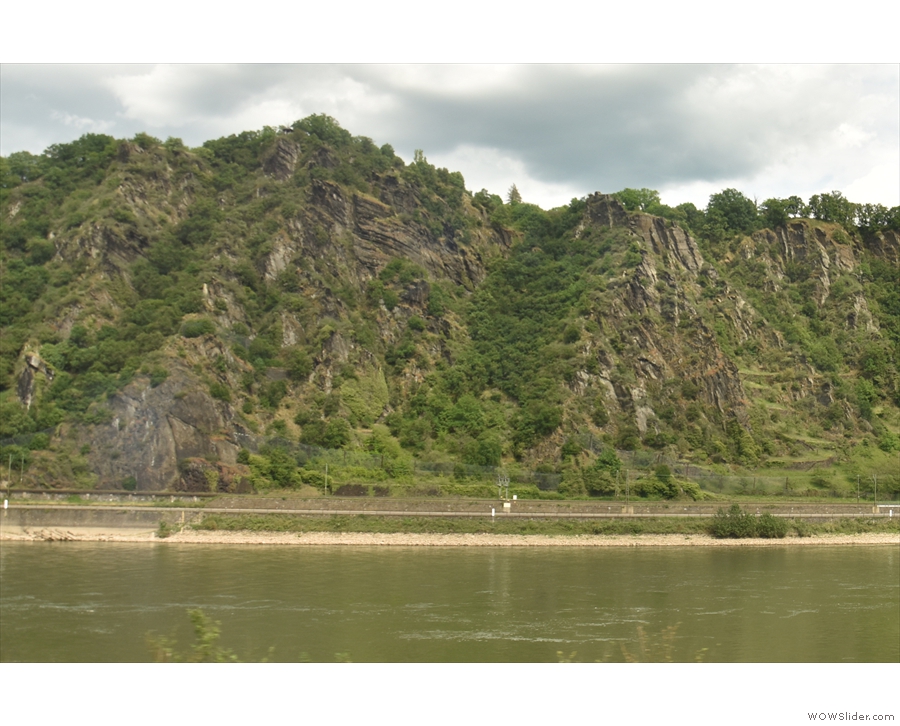
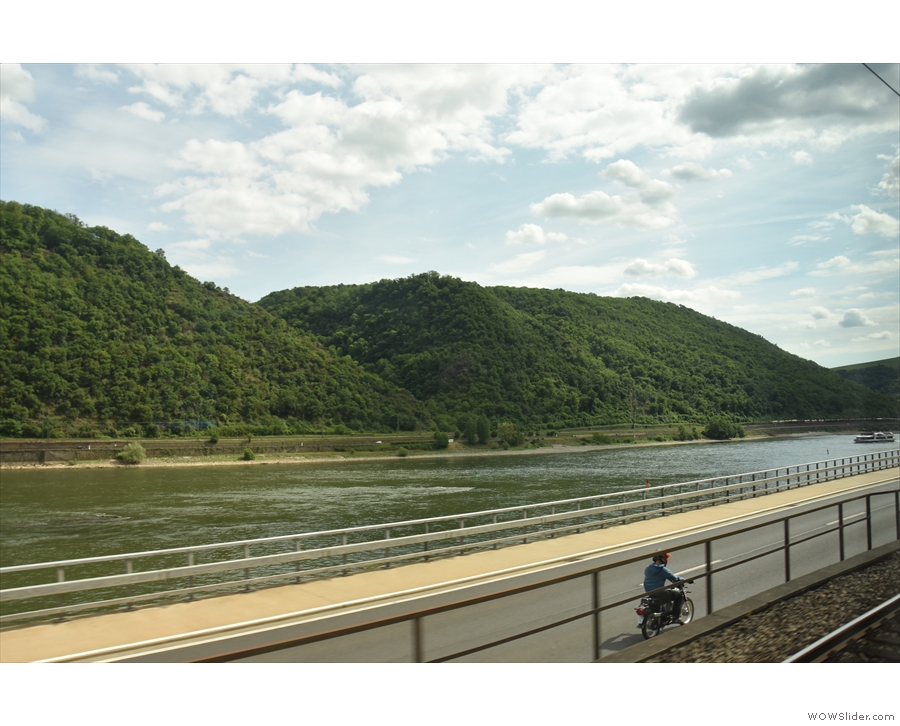
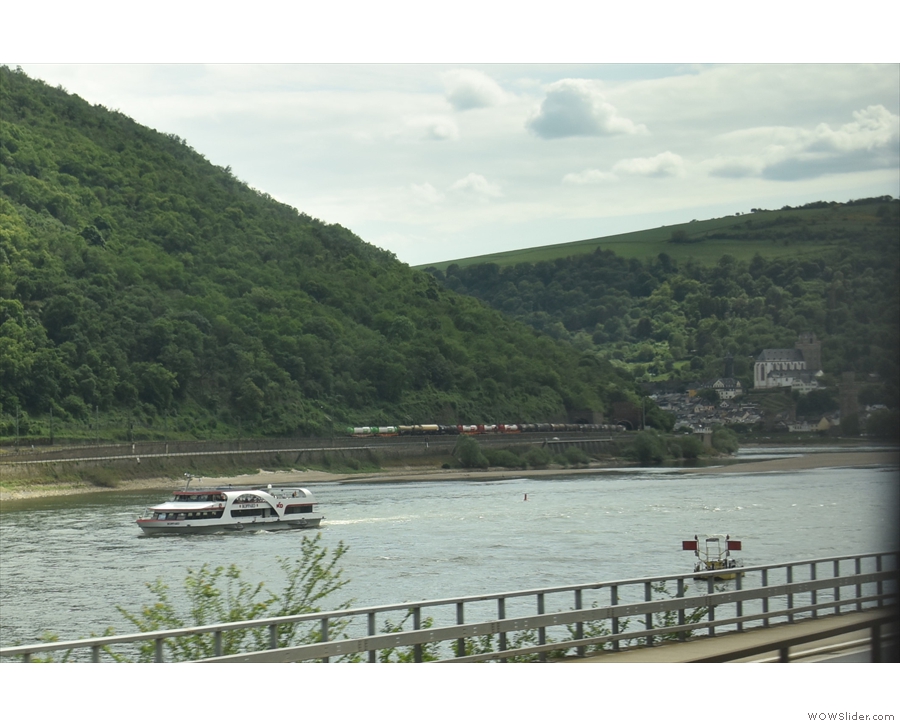
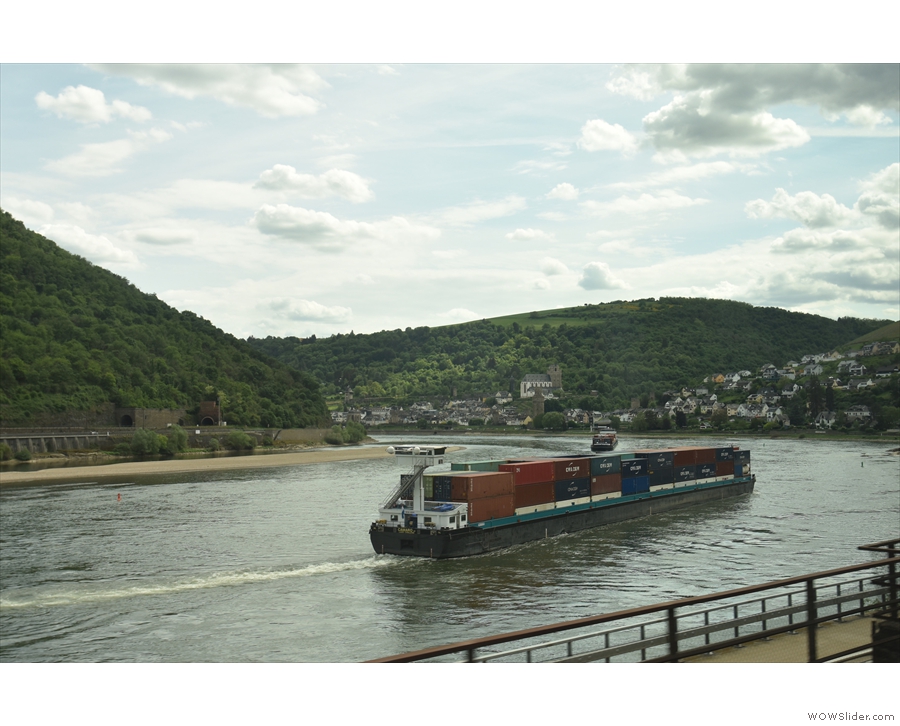
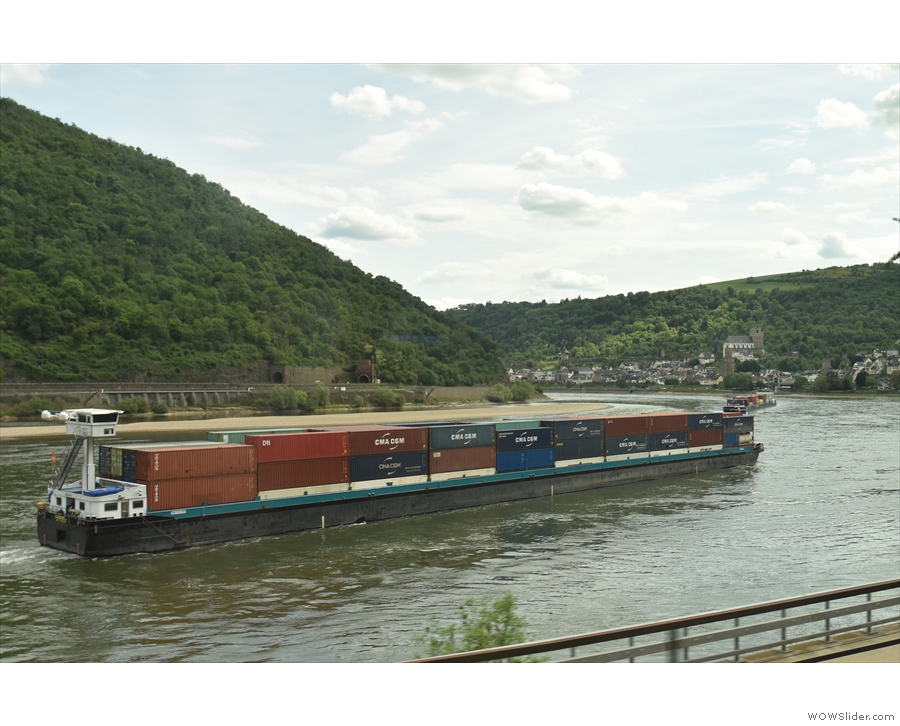
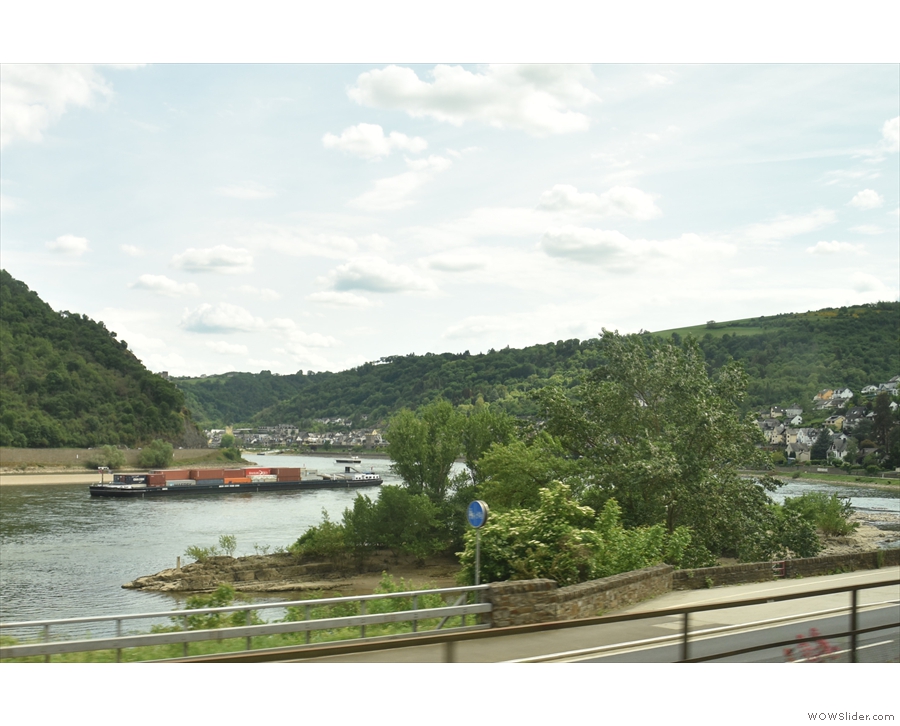
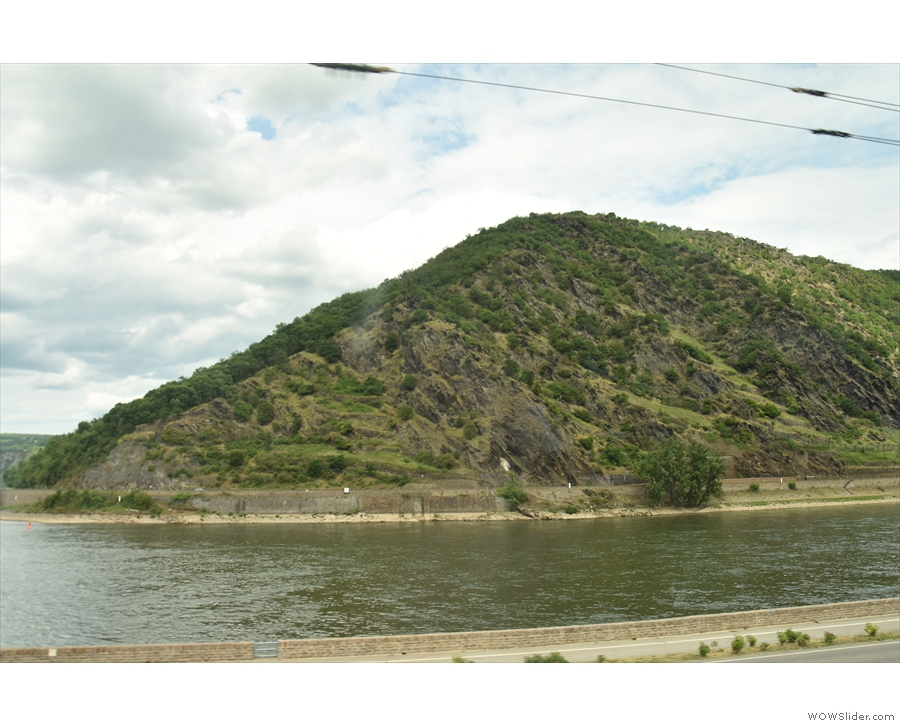
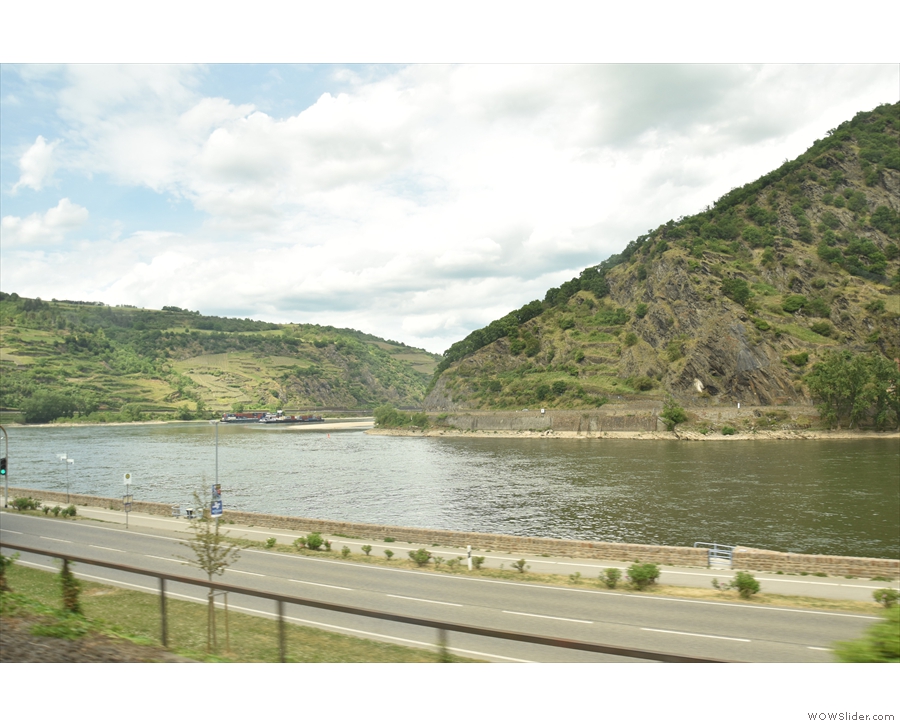
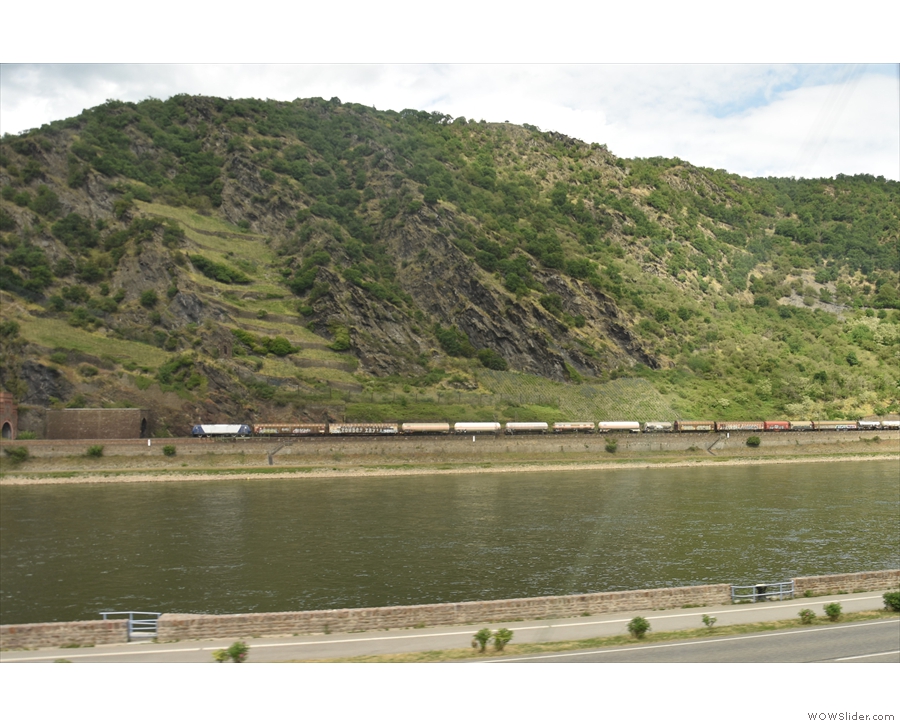
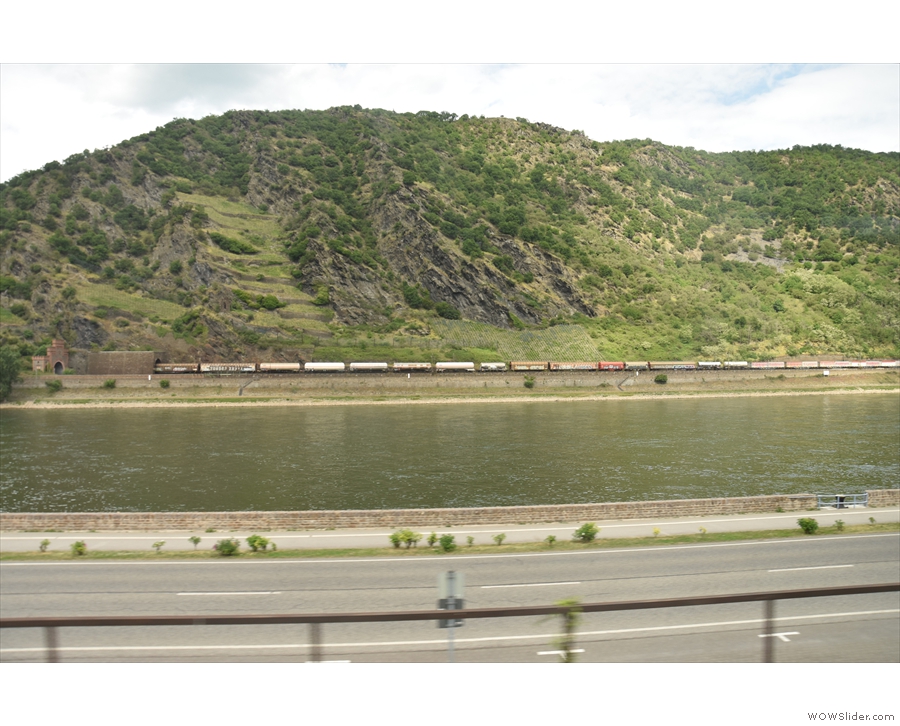
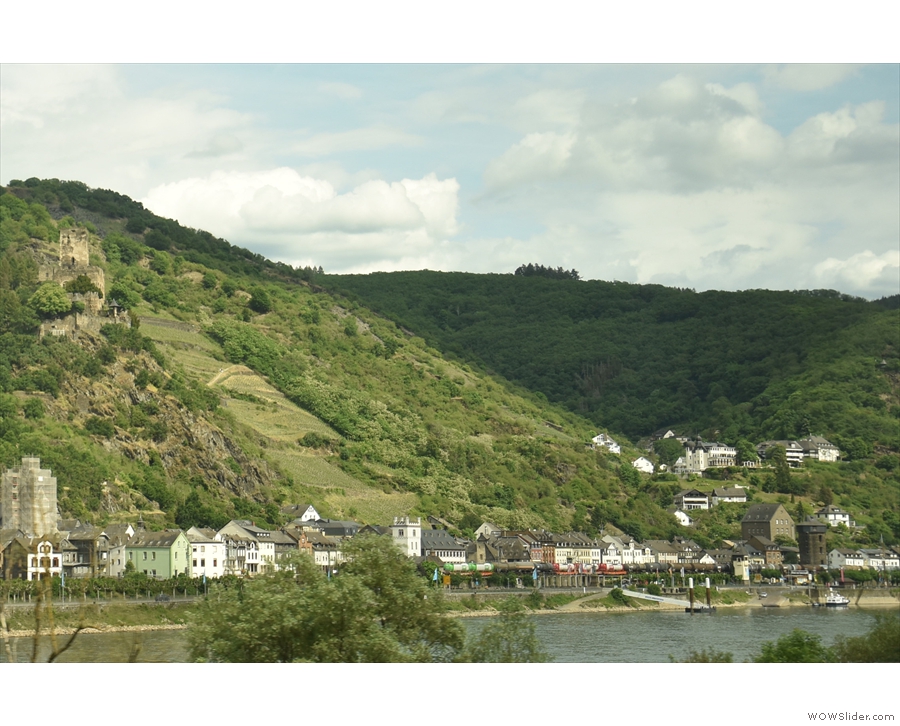
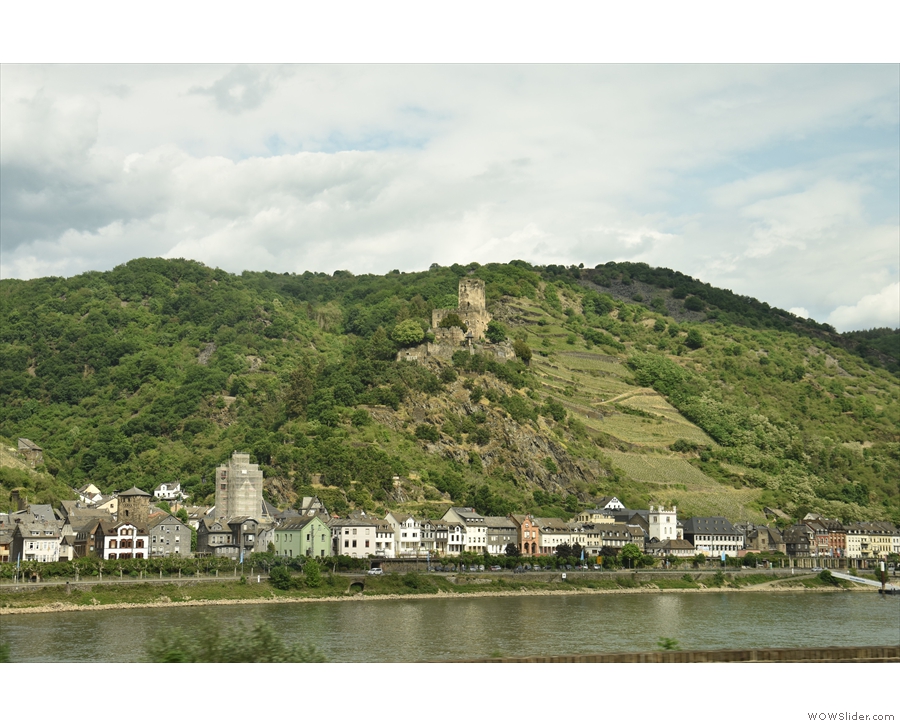
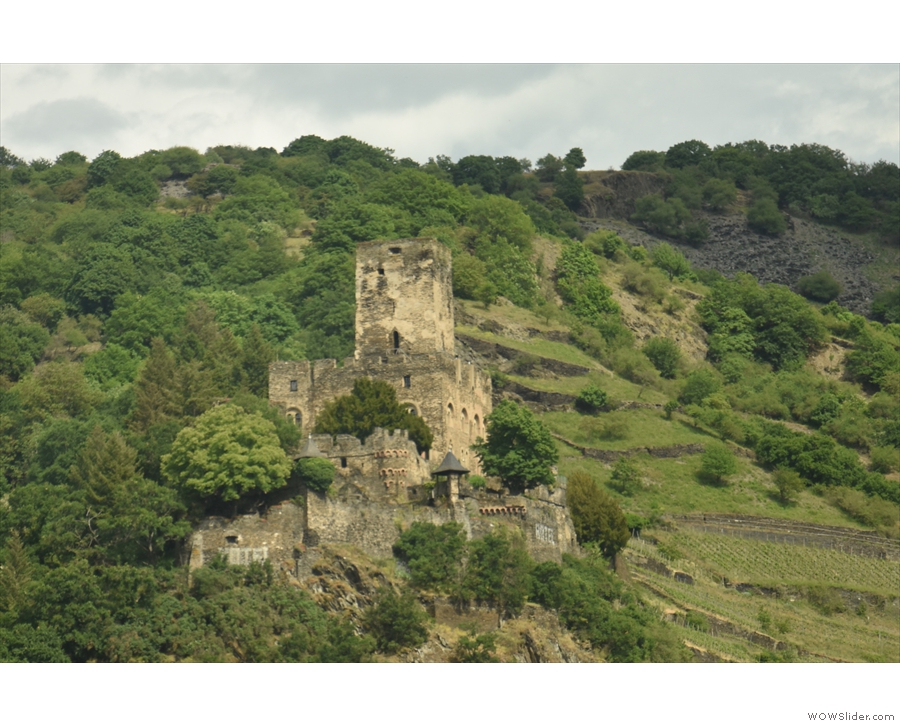
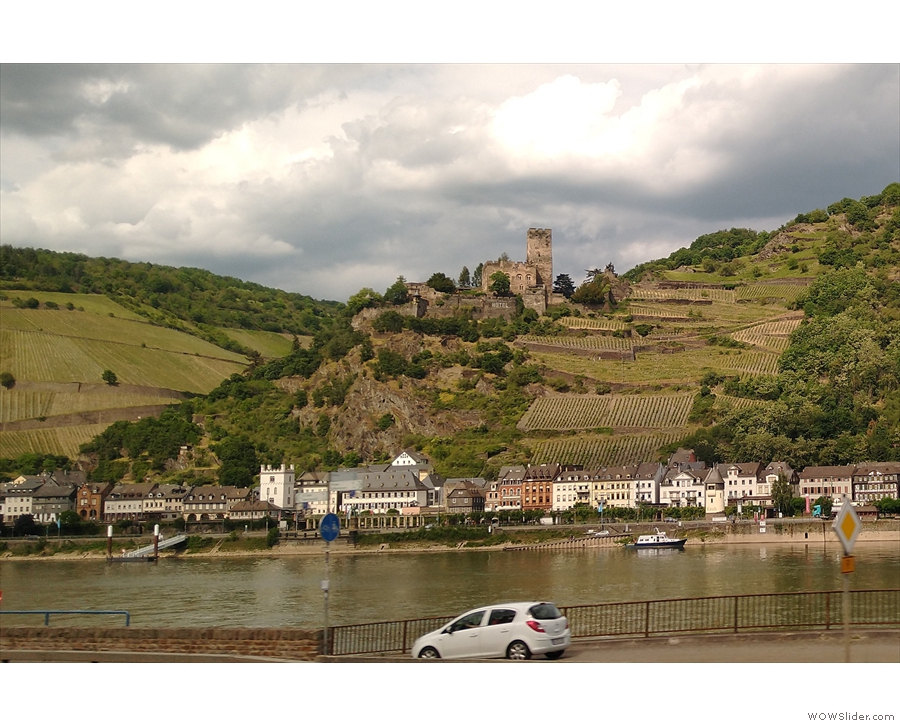
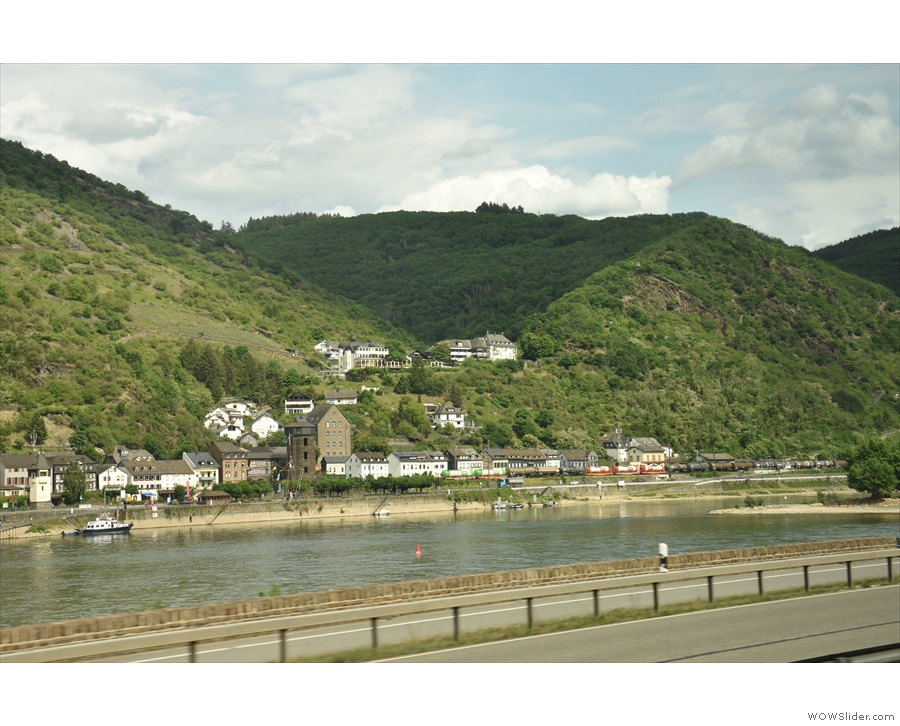
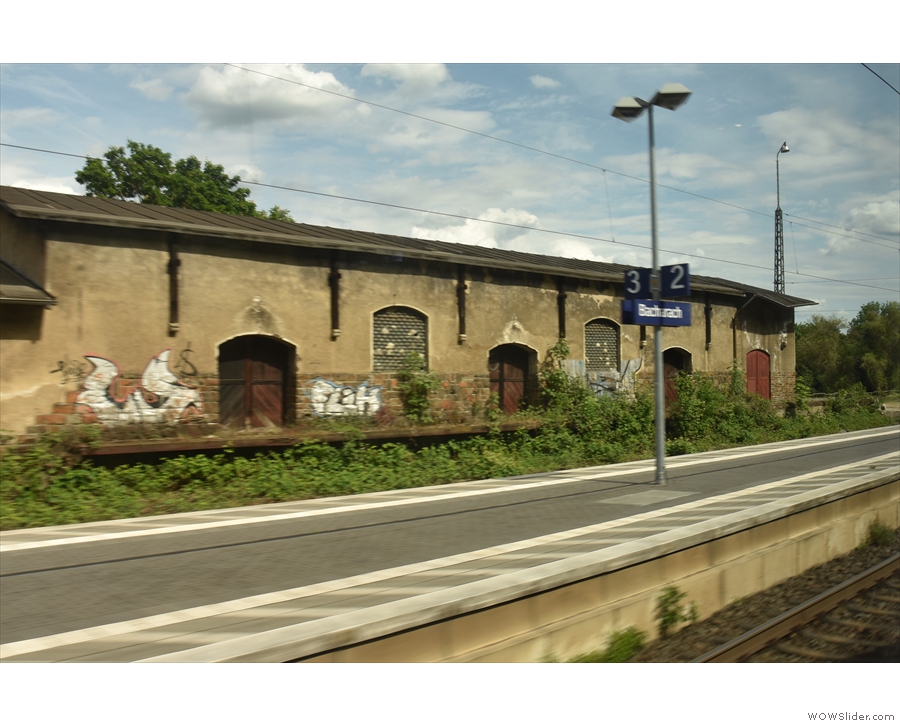
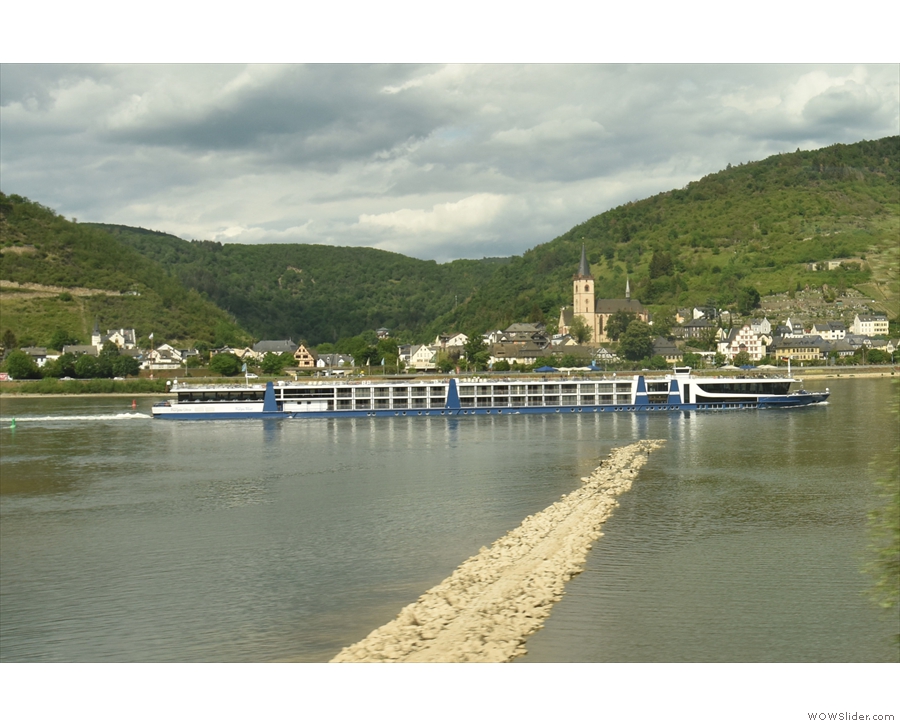
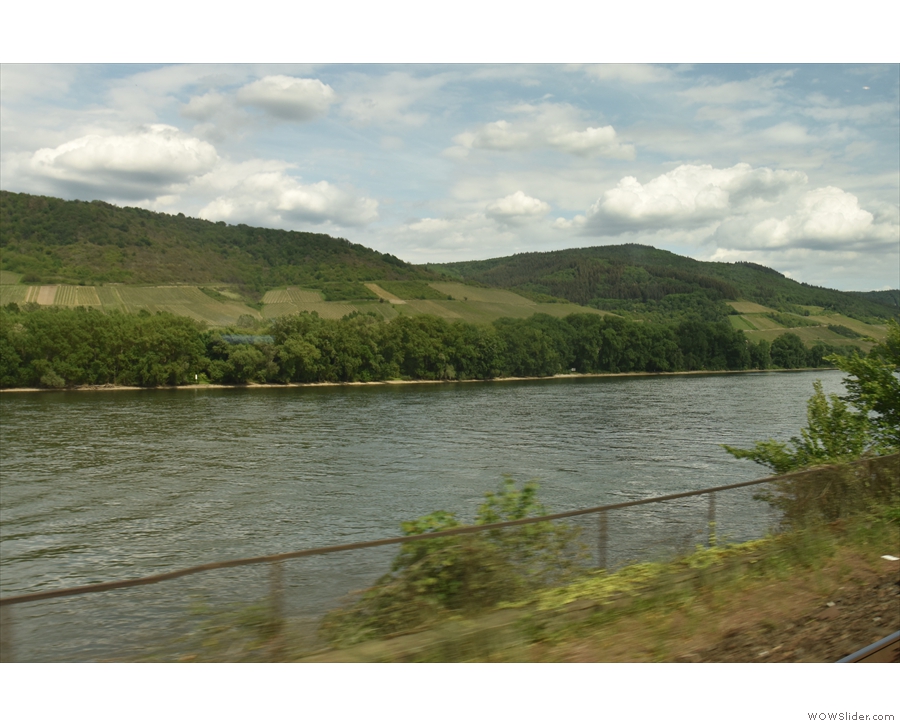
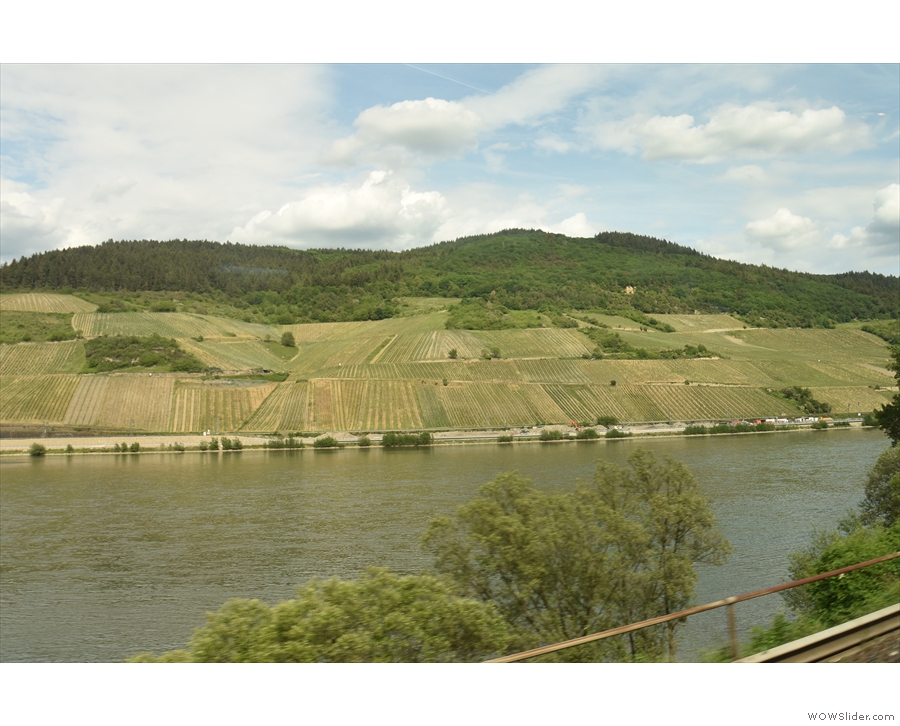
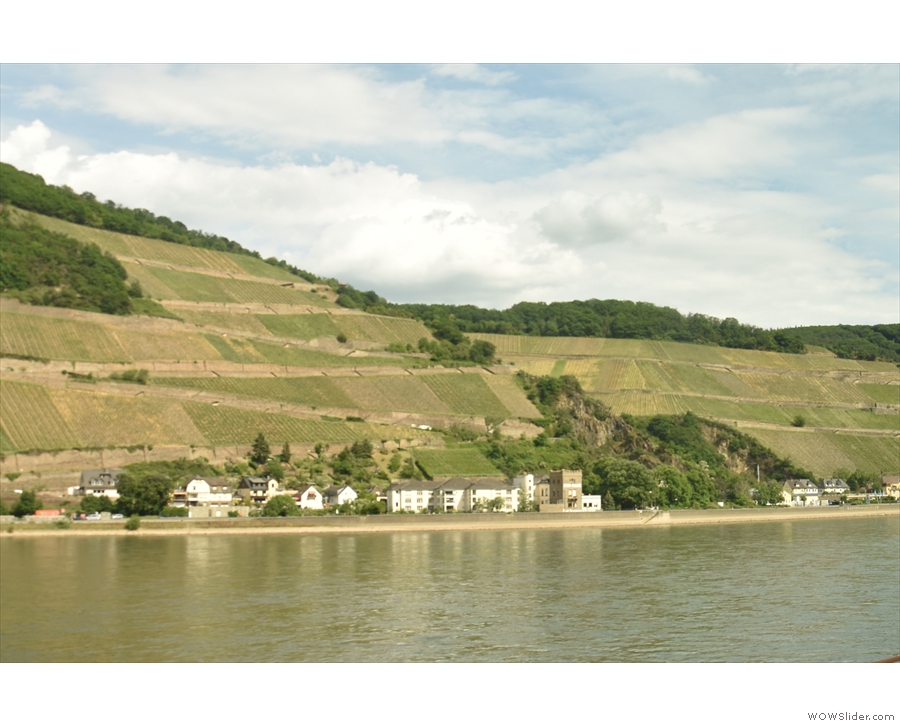
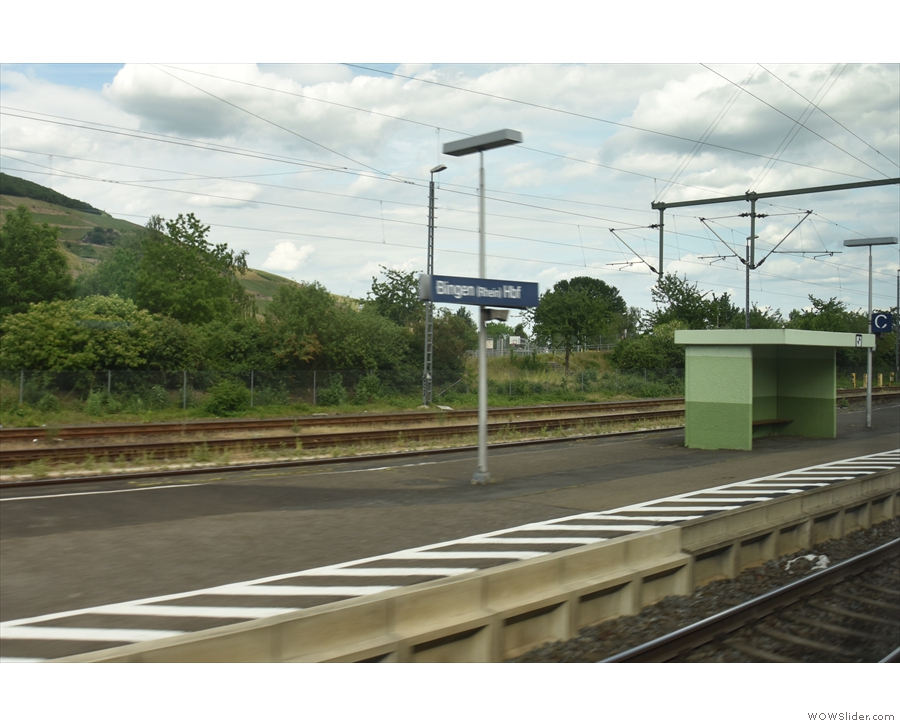
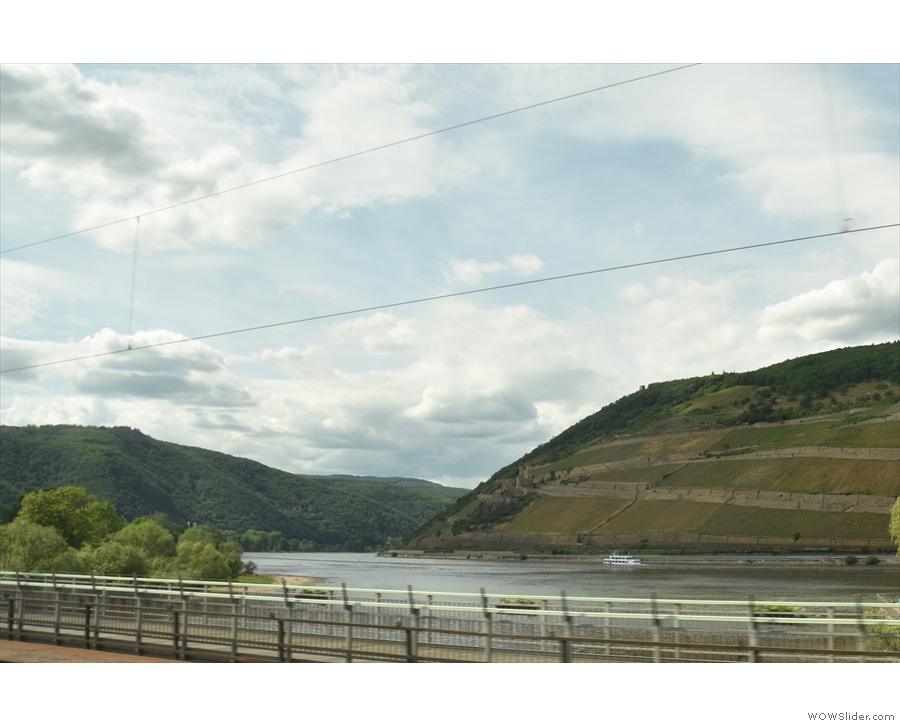
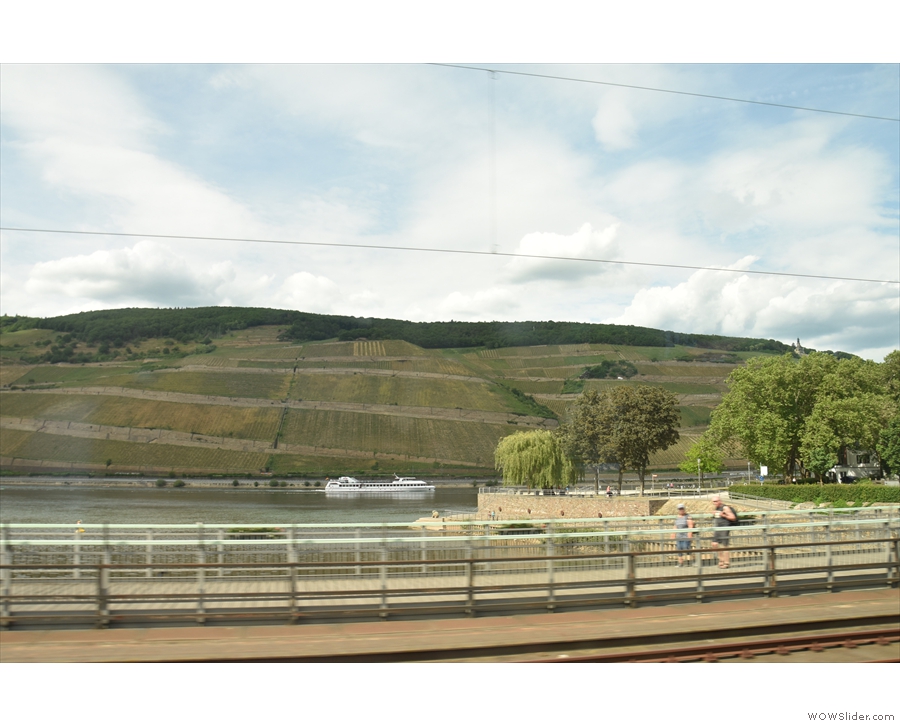
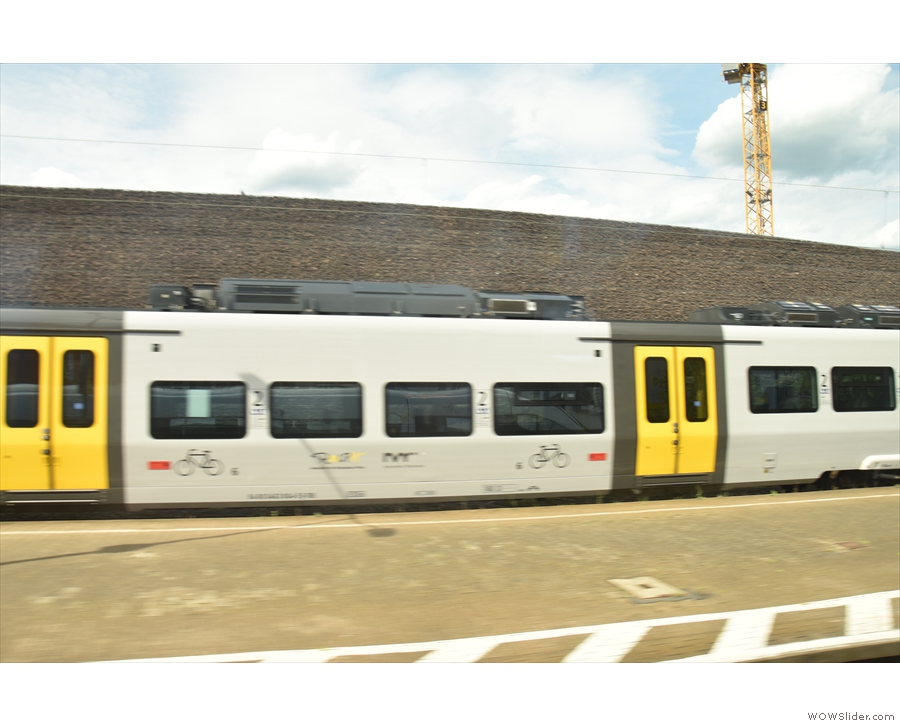
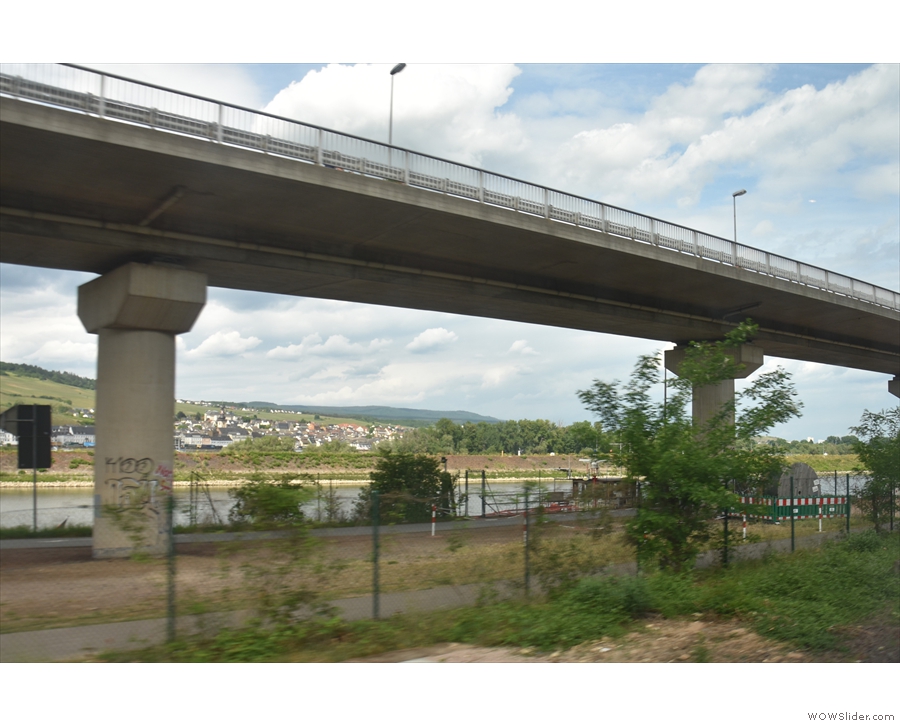
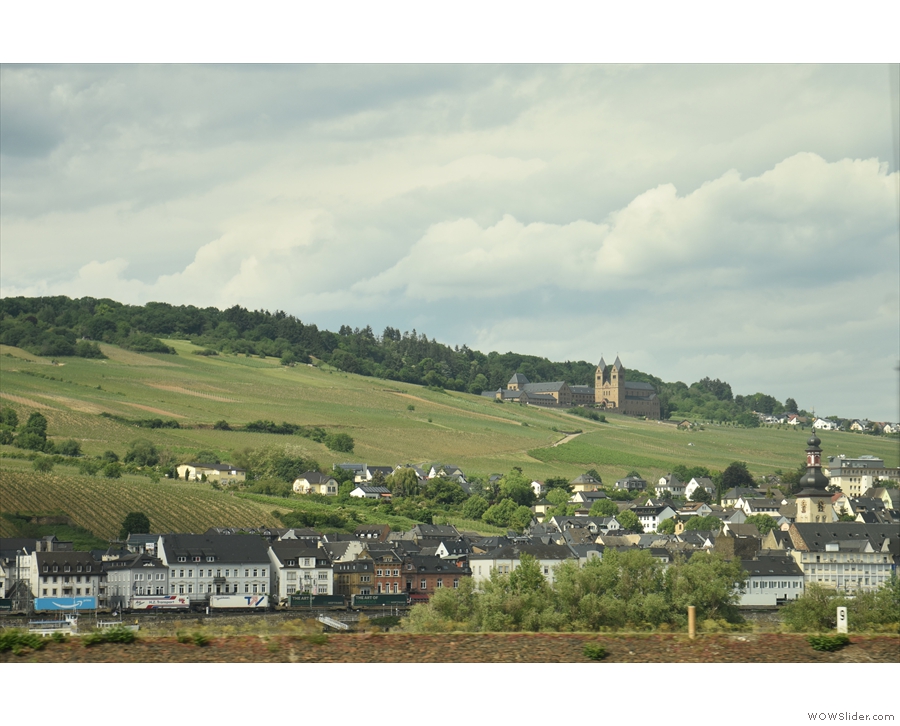
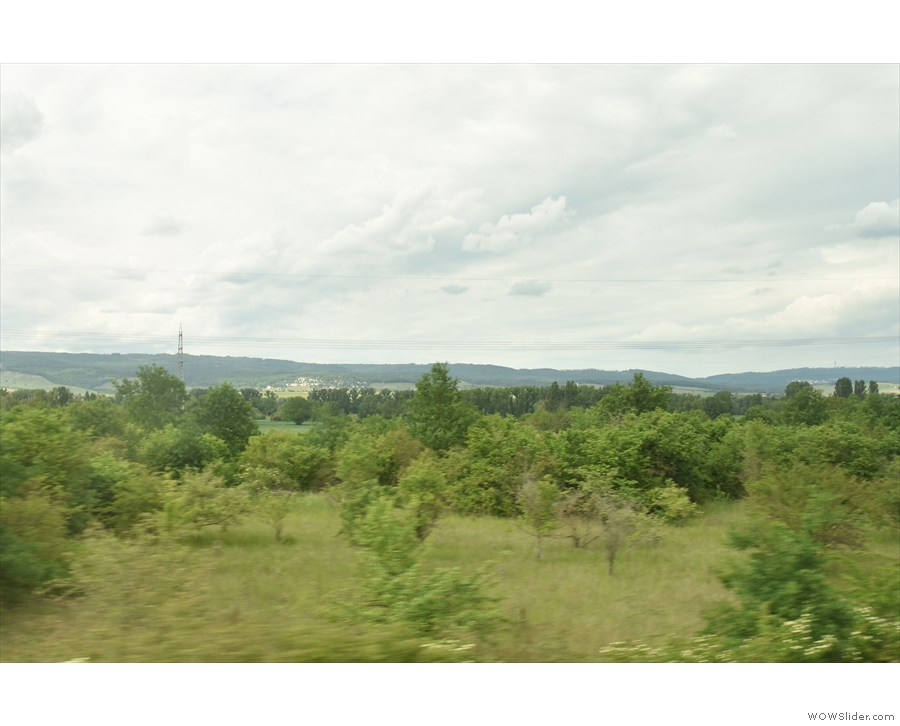
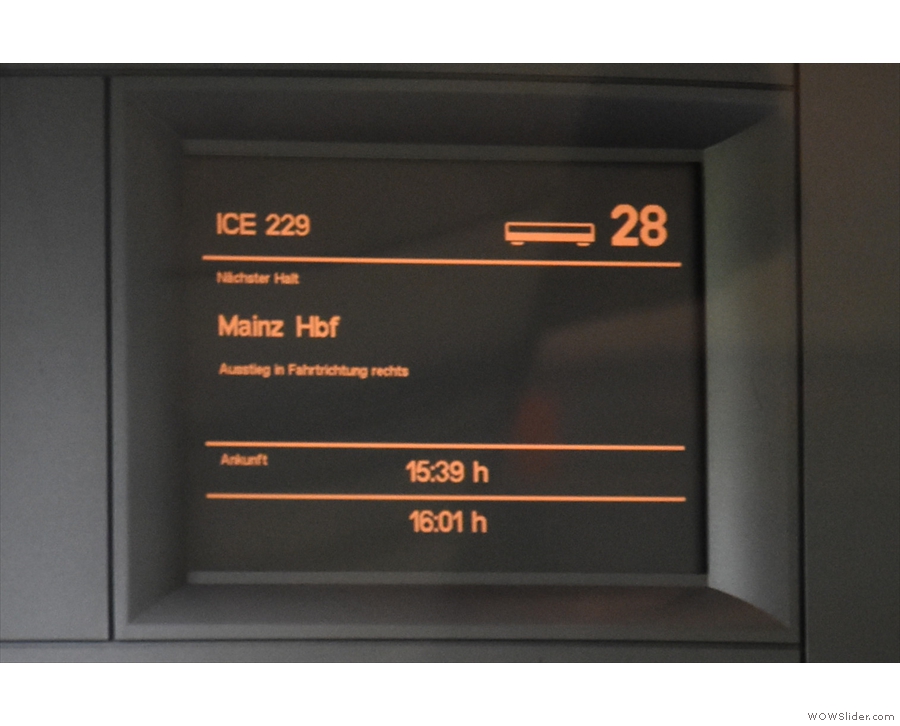
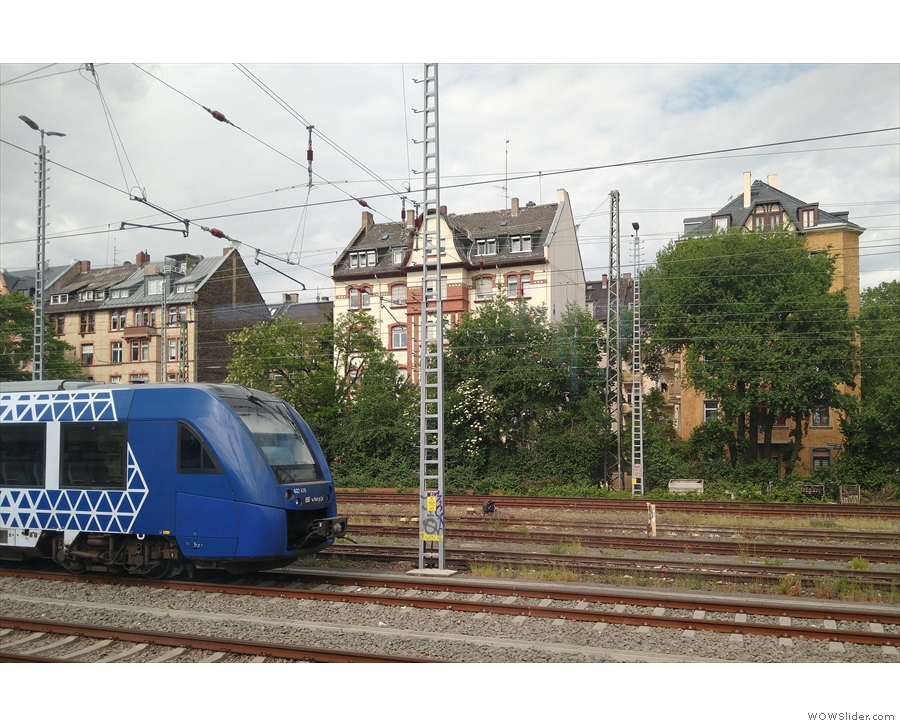
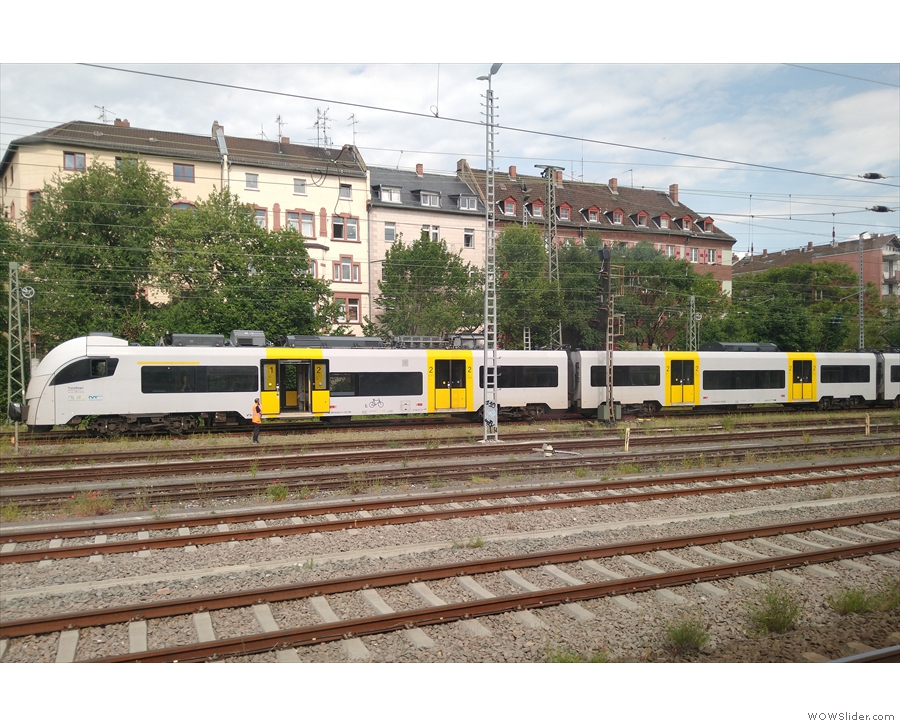
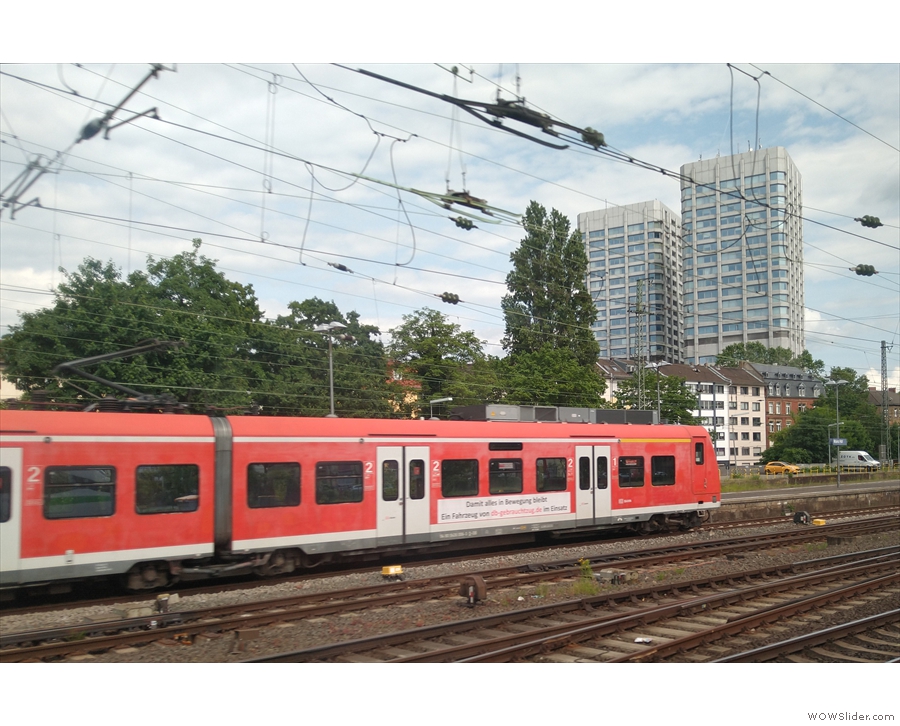
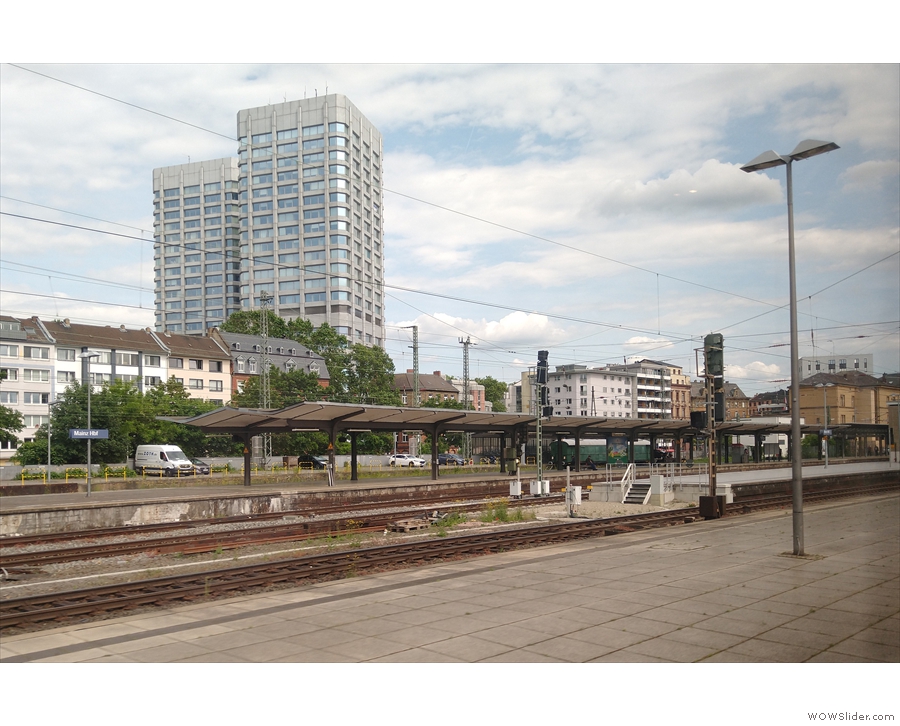
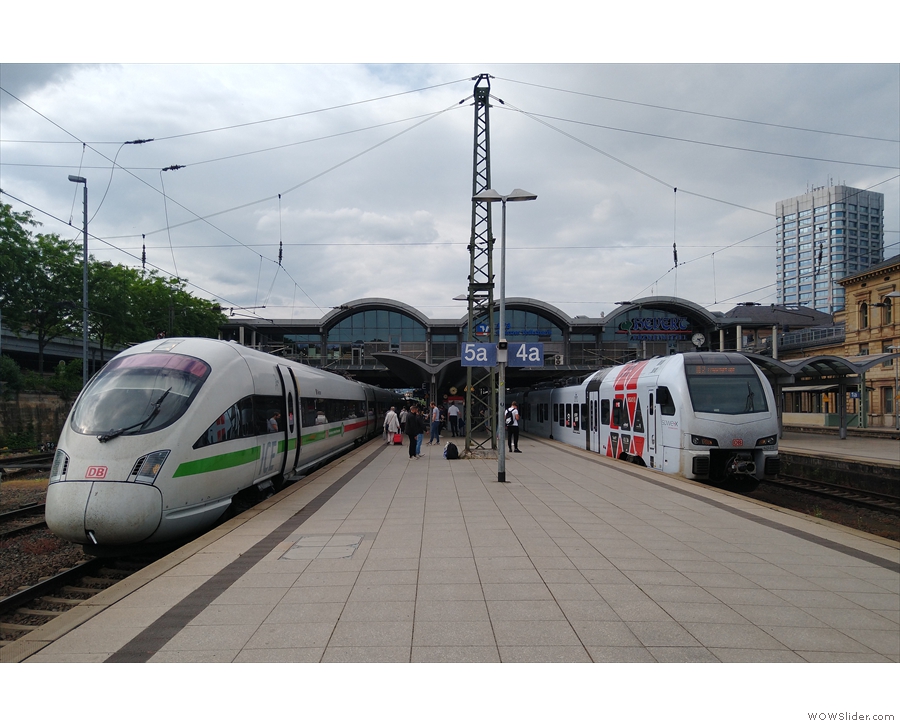
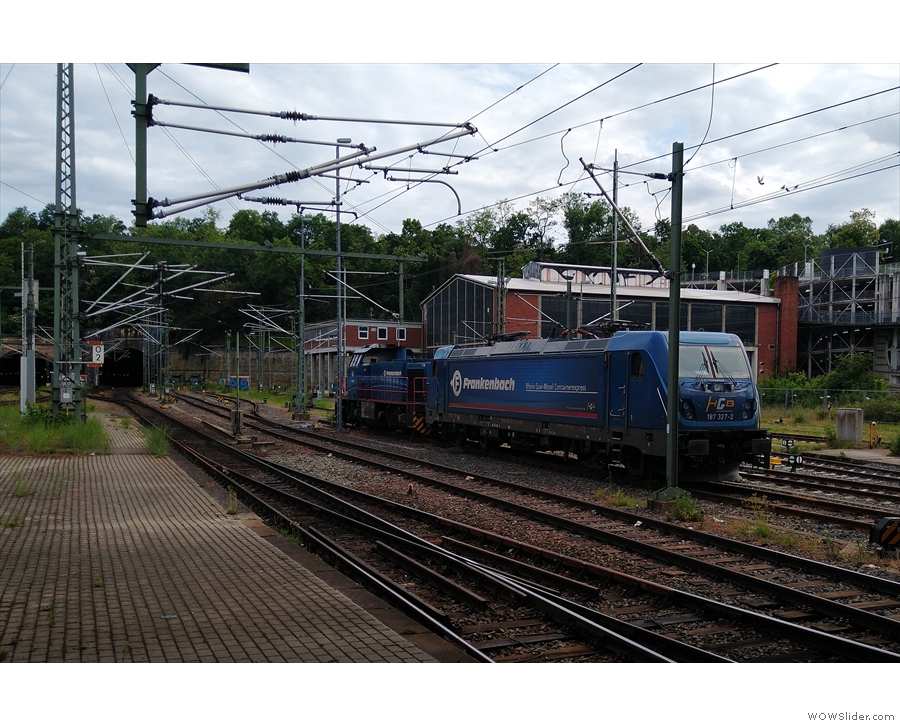
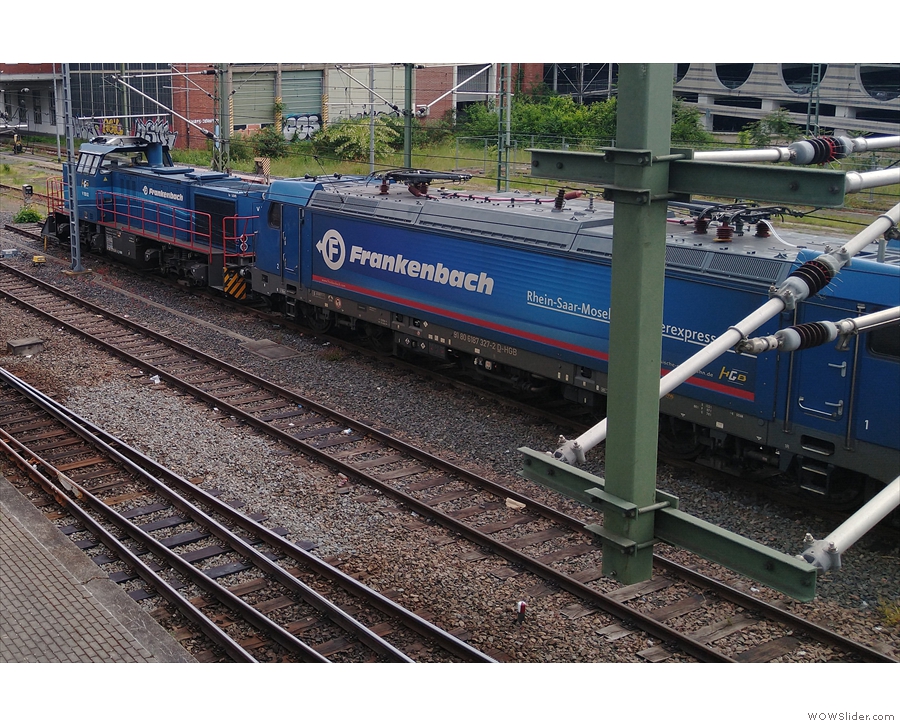
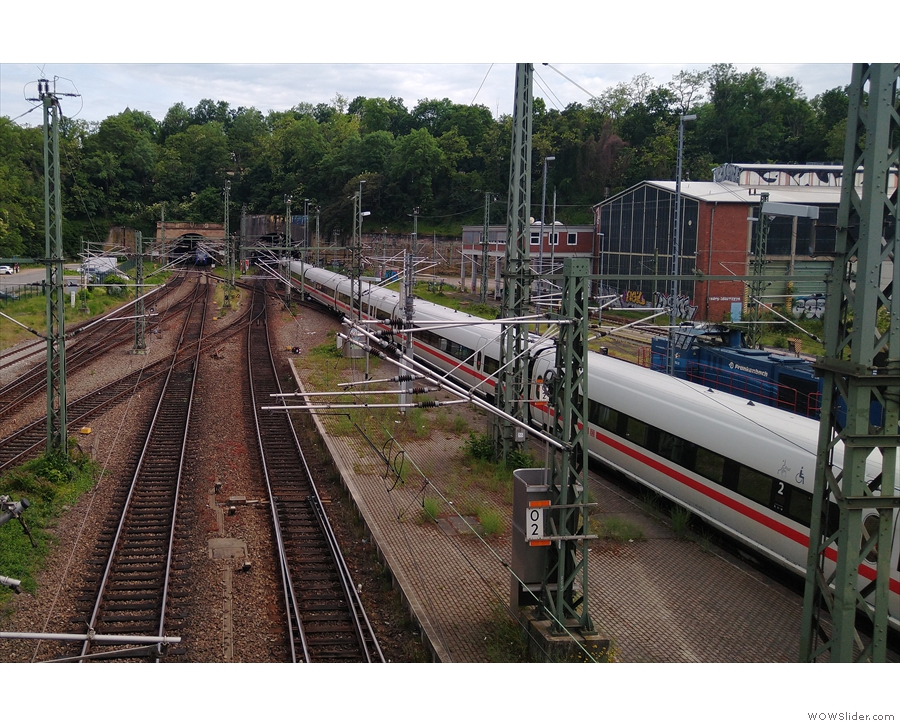
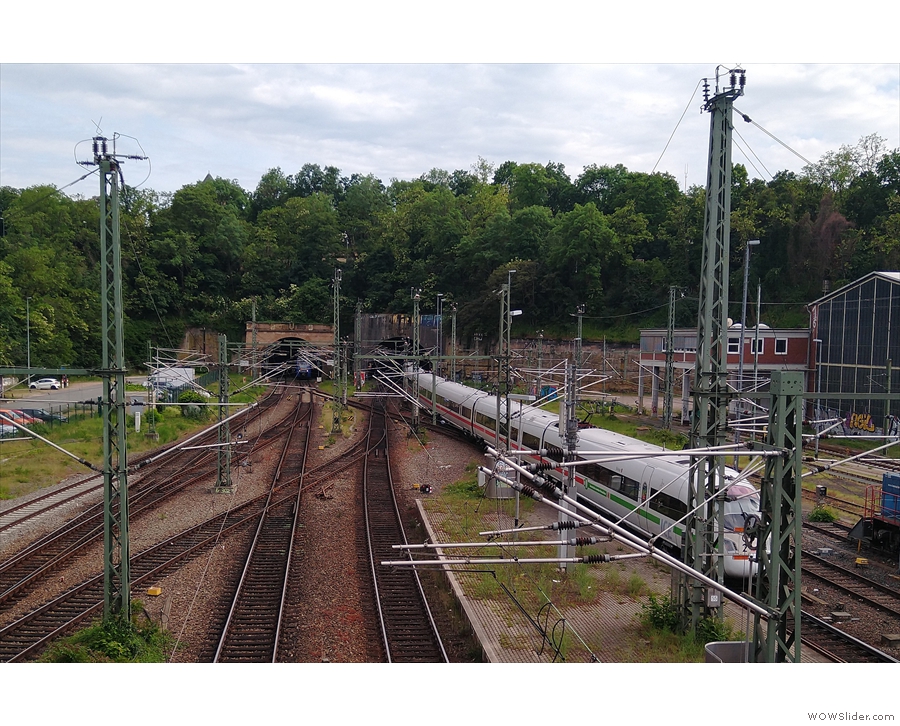
 1
1 2
2 3
3 4
4 5
5 6
6 7
7 8
8 9
9 10
10 11
11 12
12 13
13 14
14 15
15 16
16 17
17 18
18 19
19 20
20 21
21 22
22 23
23 24
24 25
25 26
26 27
27 28
28 29
29 30
30 31
31 32
32 33
33 34
34 35
35 36
36 37
37 38
38 39
39 40
40 41
41 42
42 43
43 44
44 45
45 46
46 47
47 48
48 49
49 50
50 51
51 52
52 53
53 54
54 55
55 56
56 57
57 58
58 59
59 60
60 61
61 62
62 63
63 64
64 65
65 66
66 67
67 68
68 69
69 70
70 71
71 72
72 73
73 74
74 75
75 76
76 77
77 78
78 79
79 80
80 81
81 82
82 83
83 84
84 85
85 86
86 87
87 88
88 89
89 90
90 91
91 92
92 93
93 94
94 95
95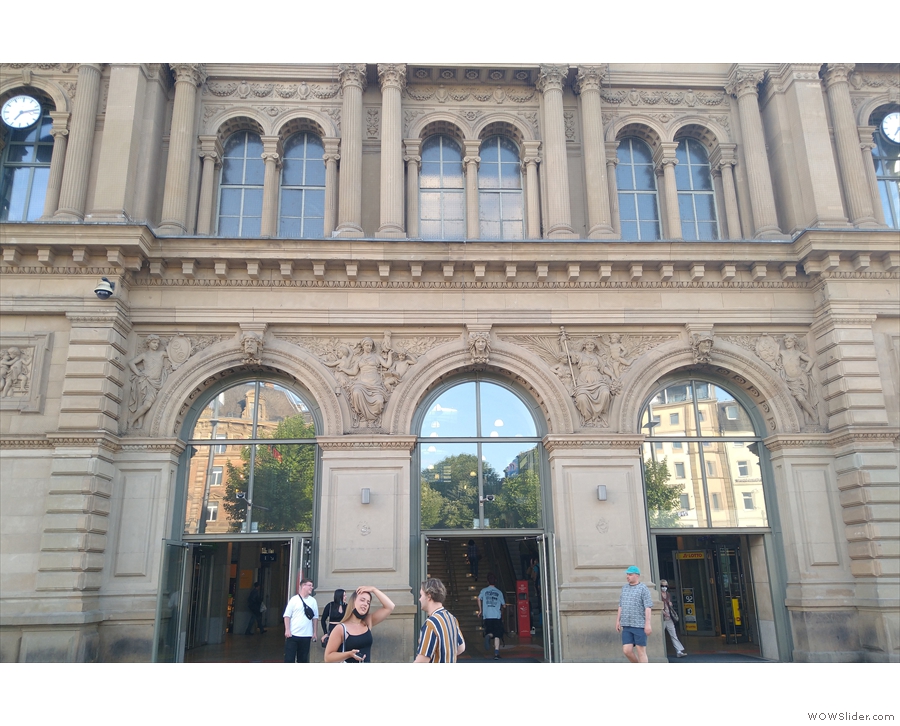
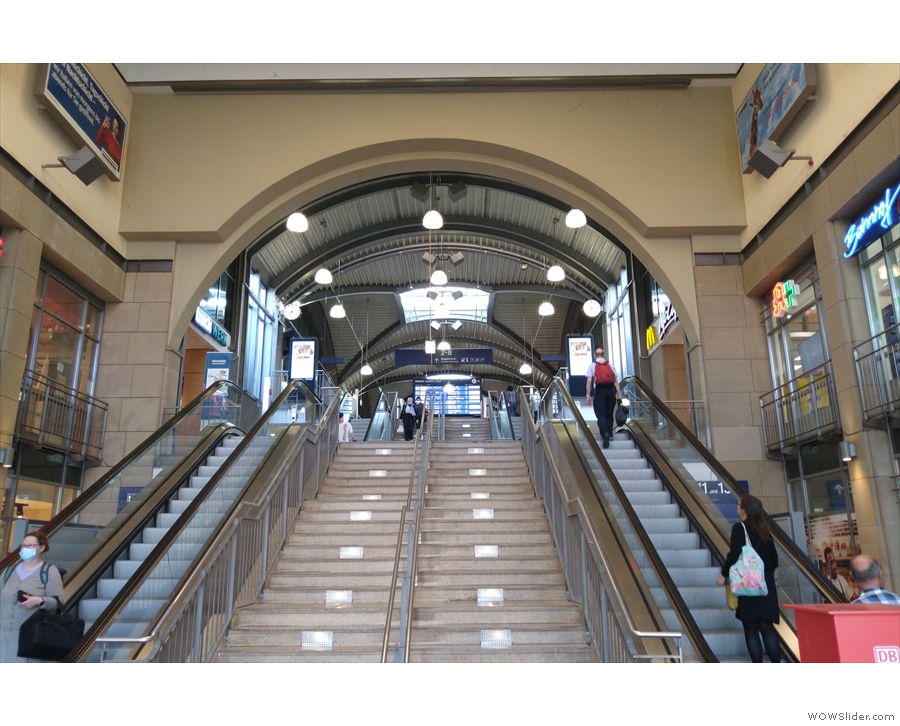
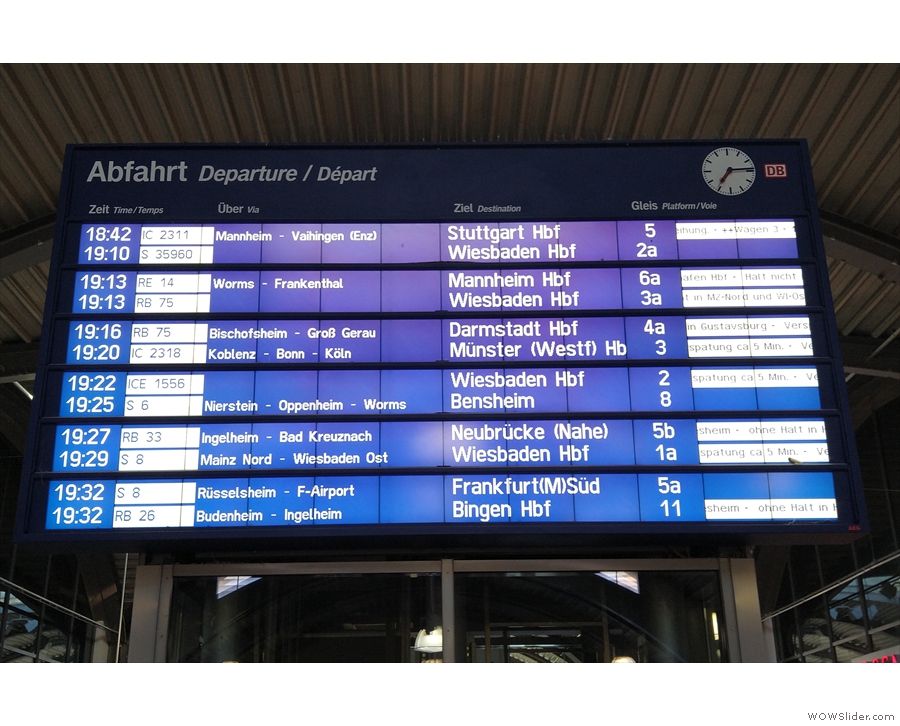
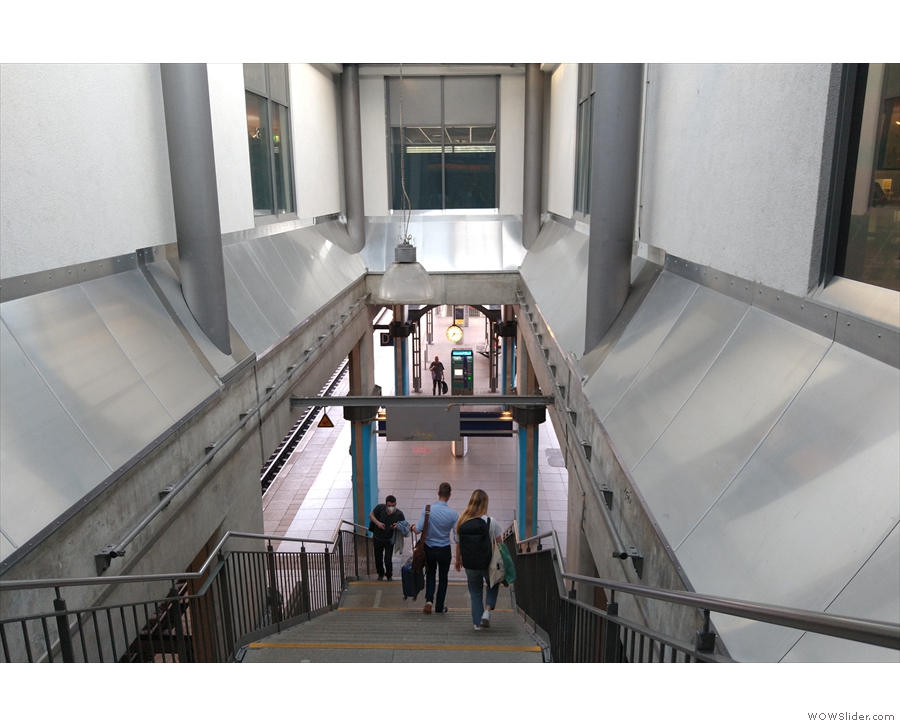
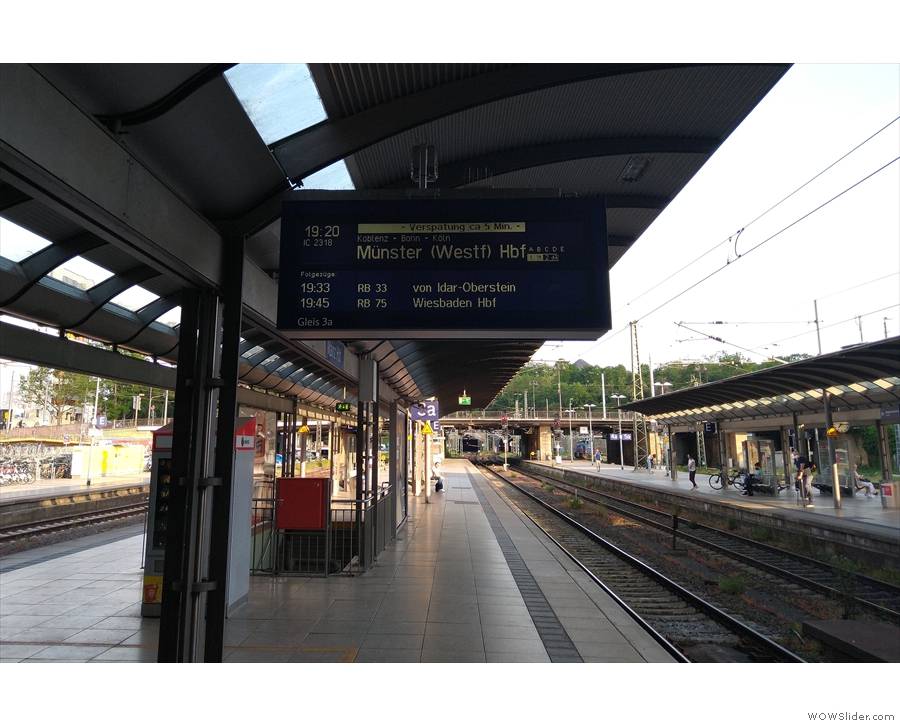
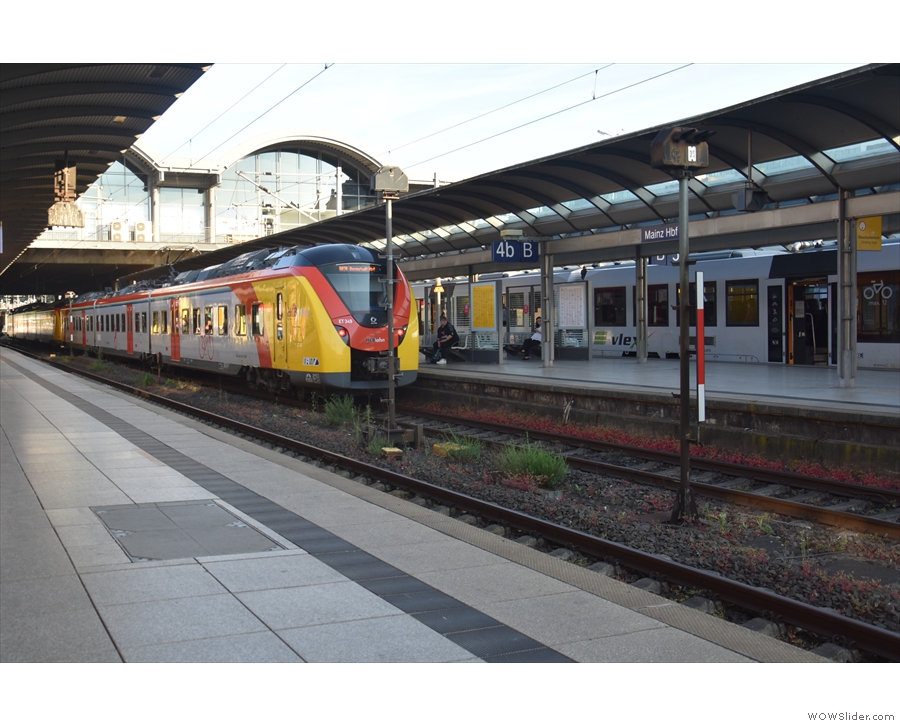


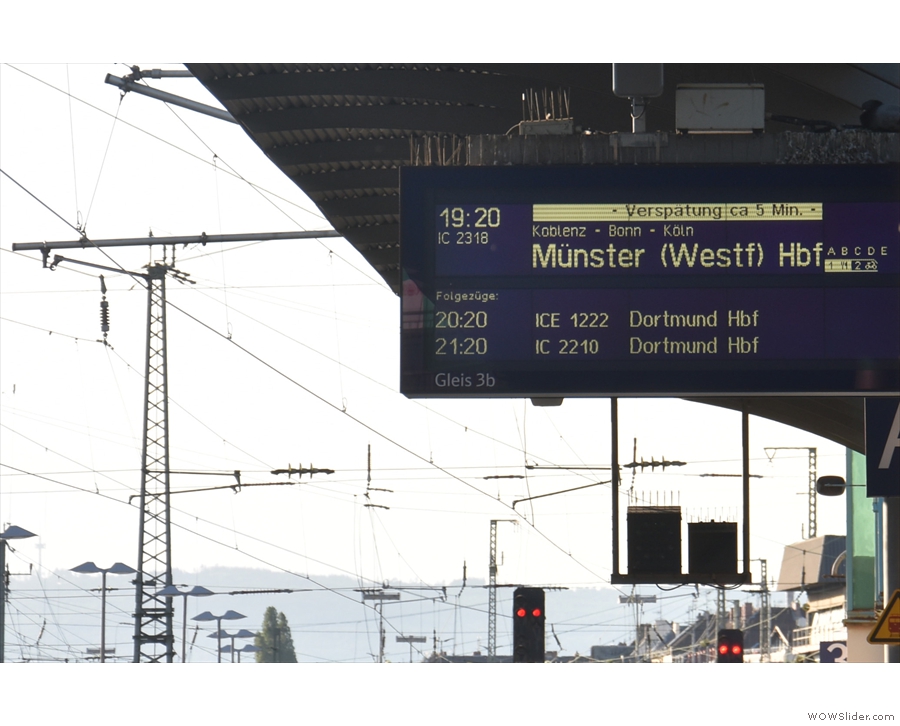


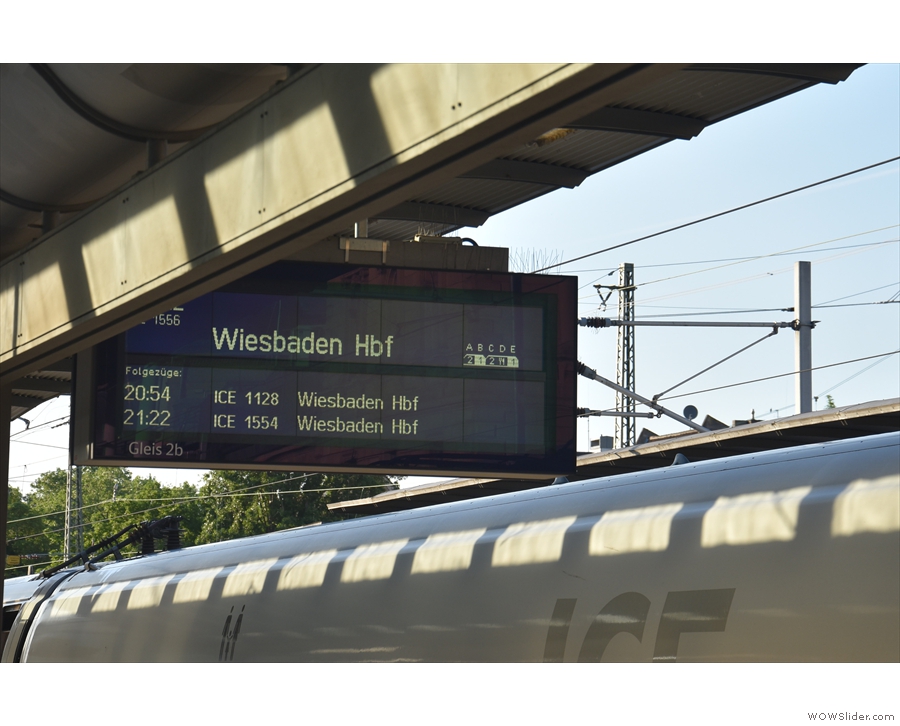
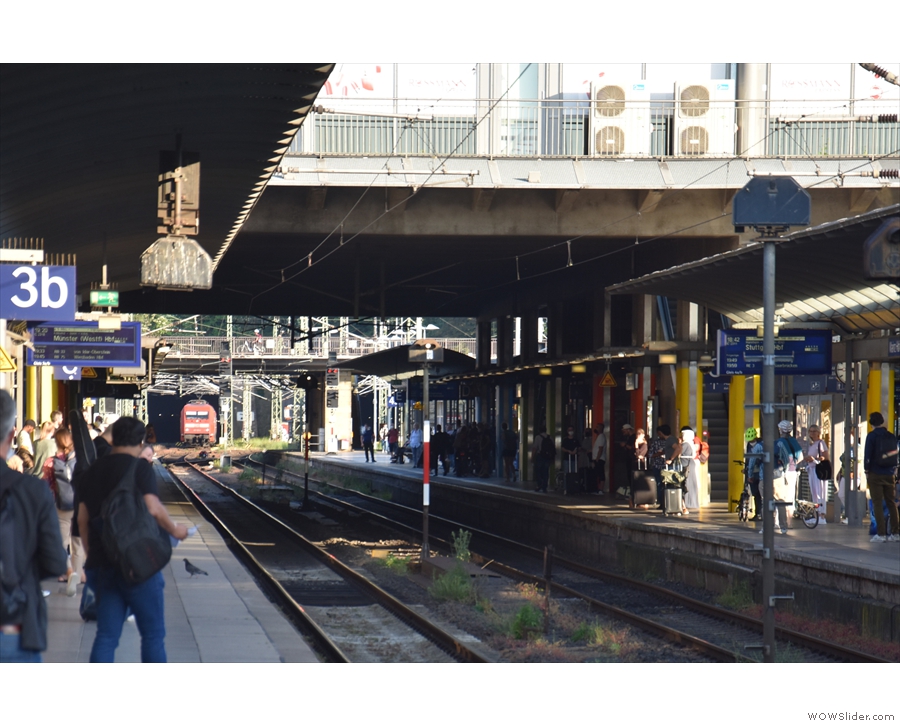

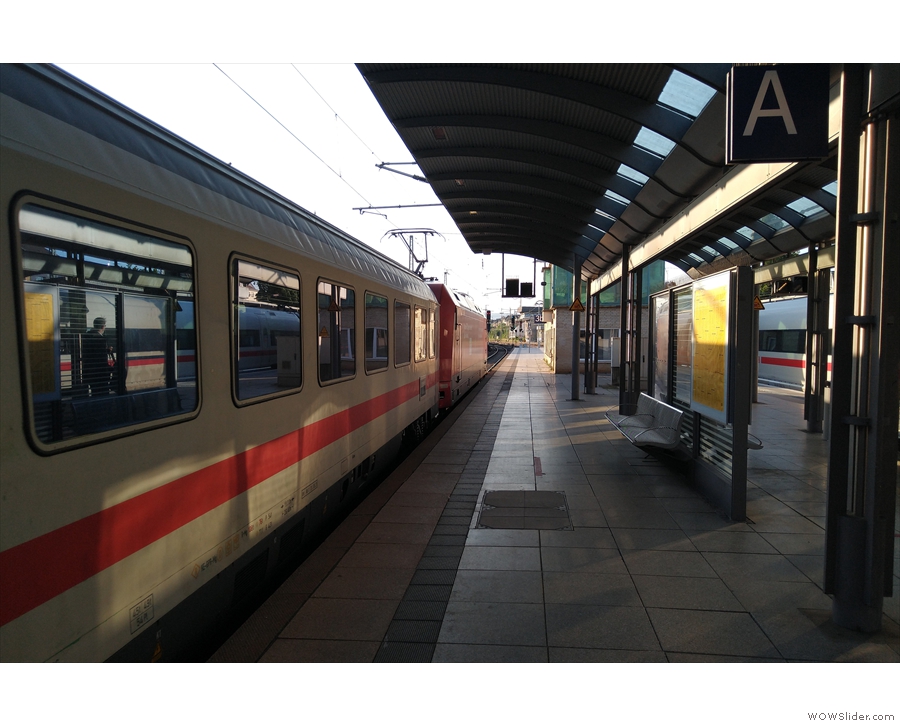
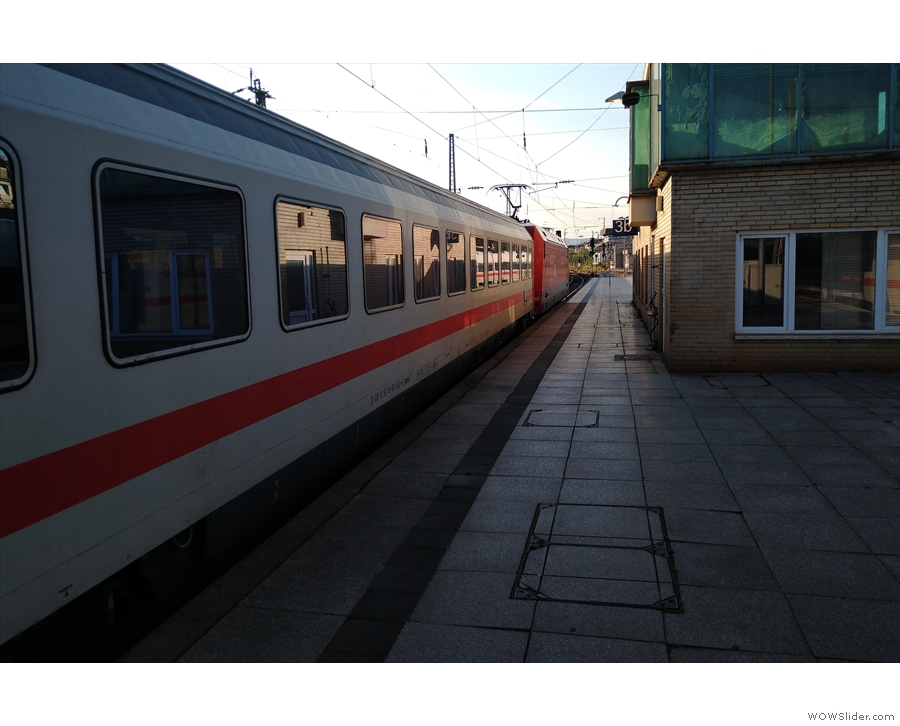
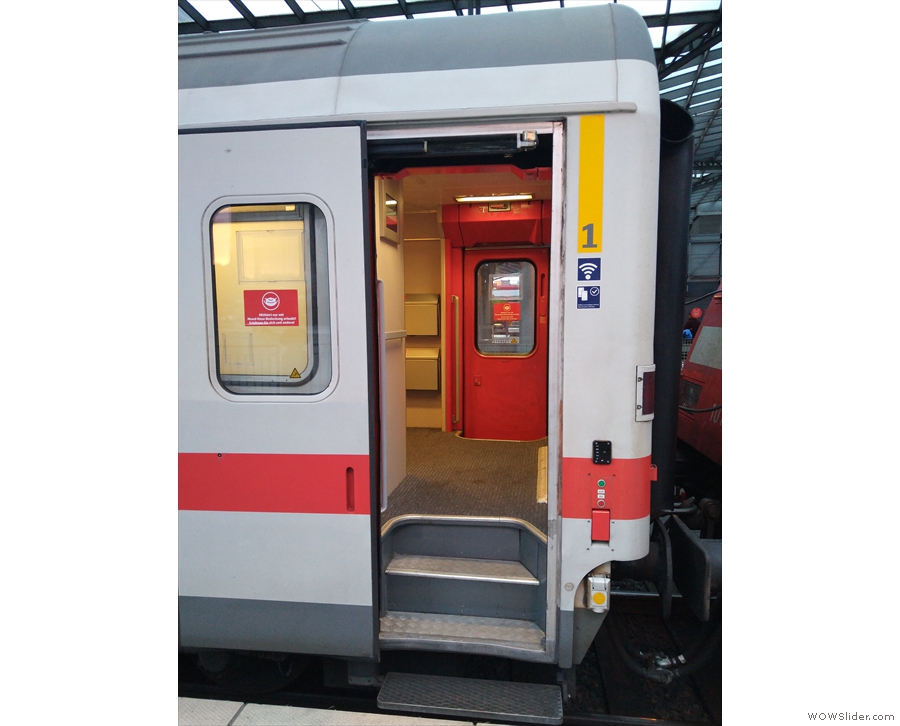
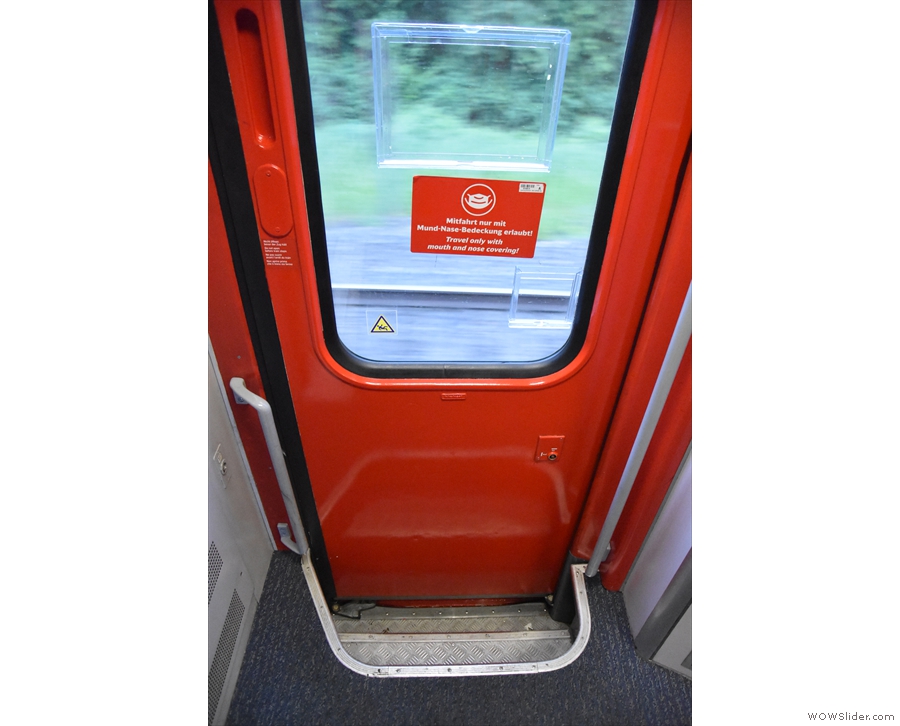
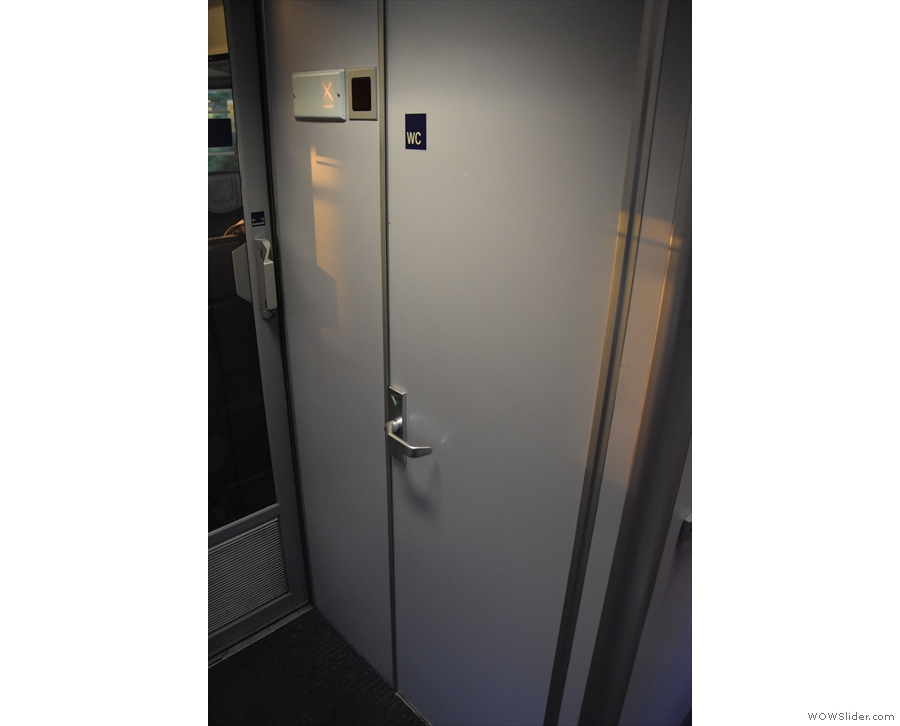
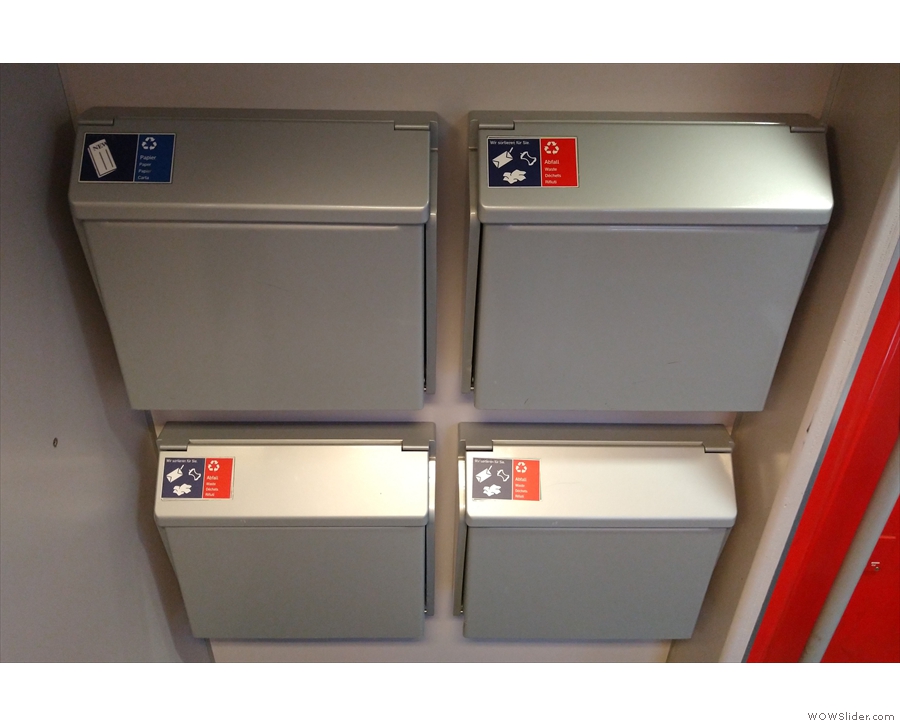
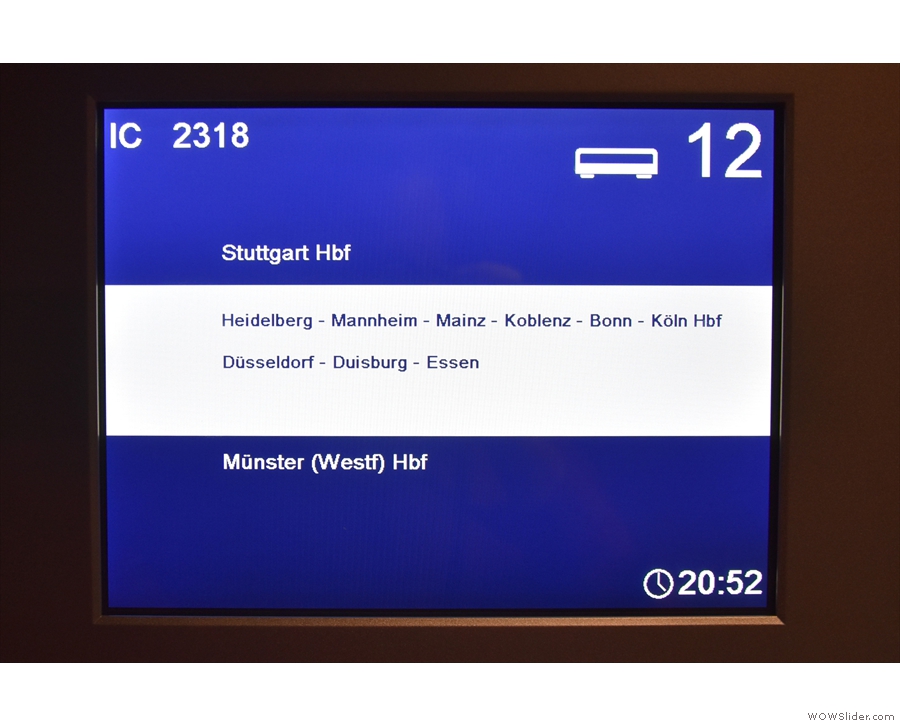
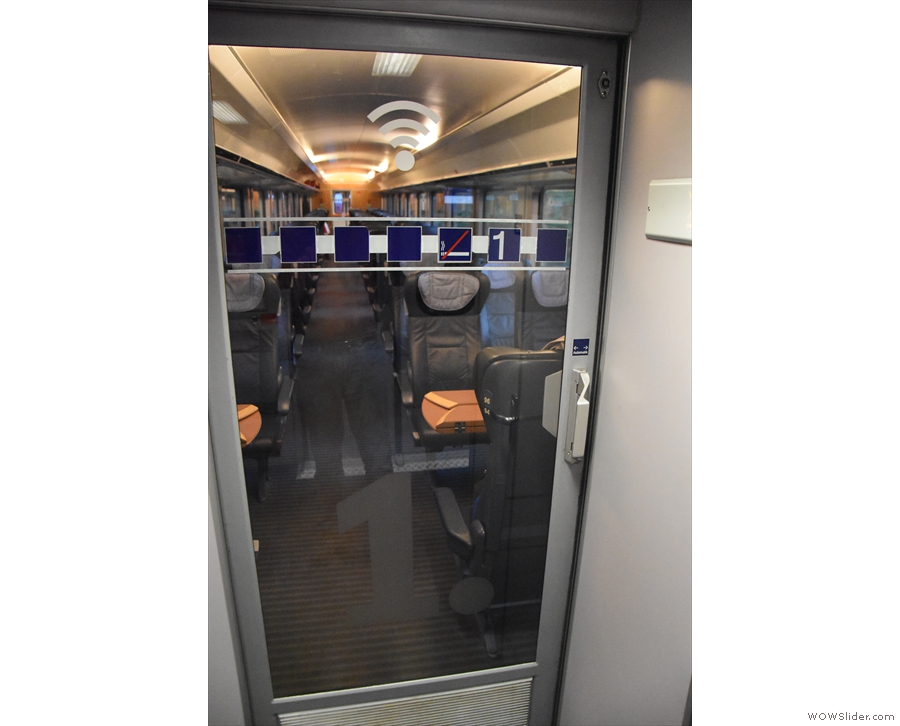
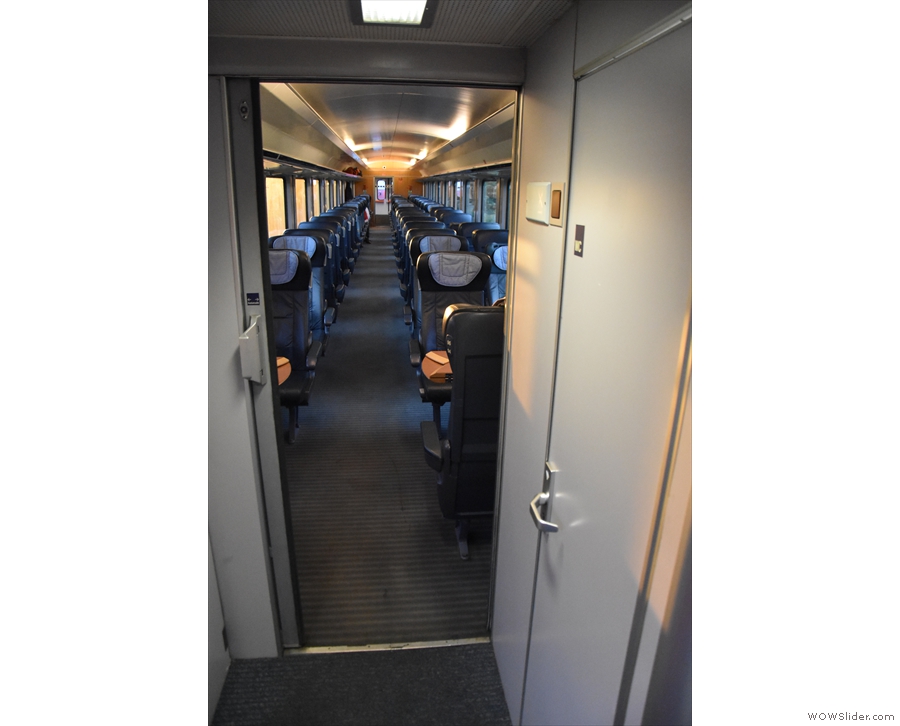
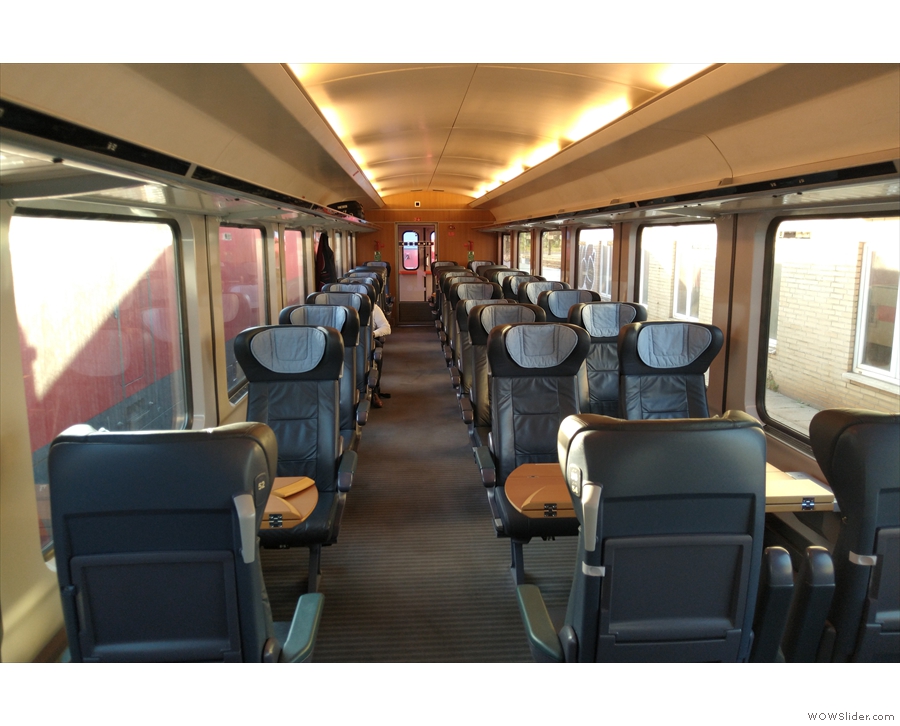

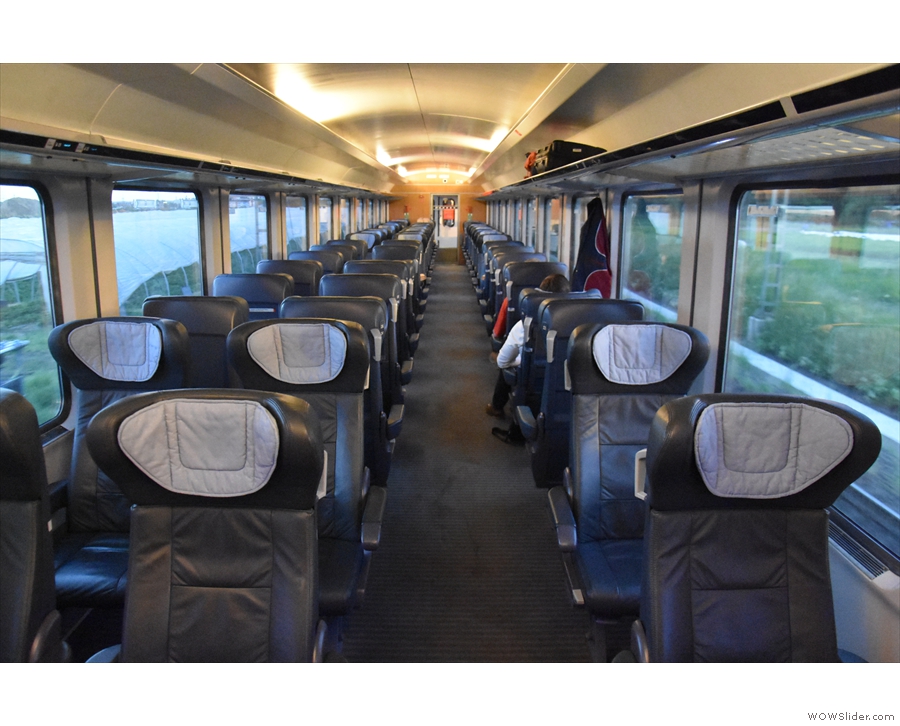



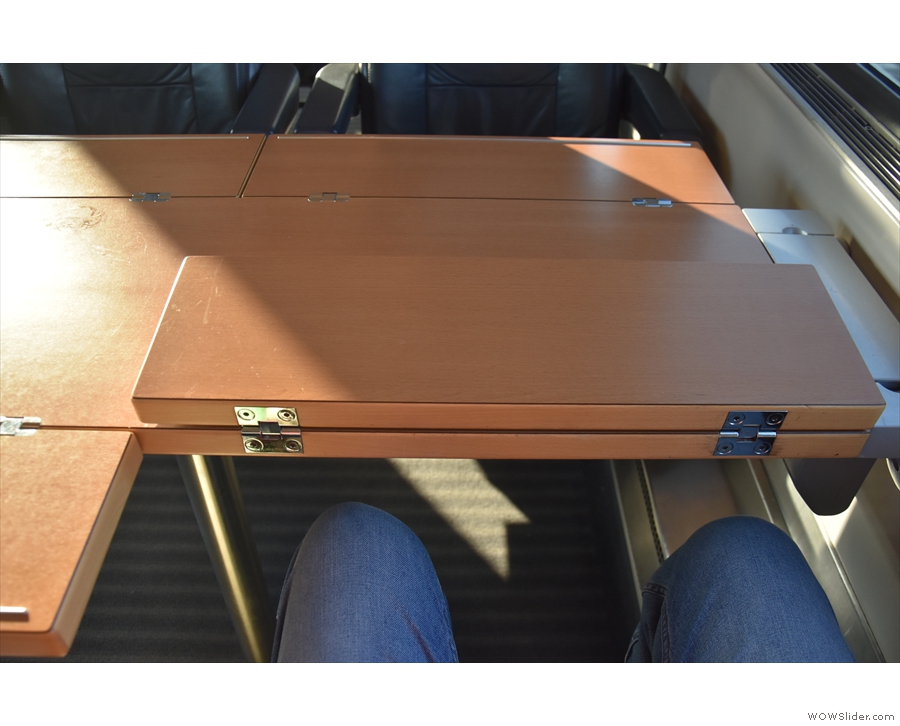

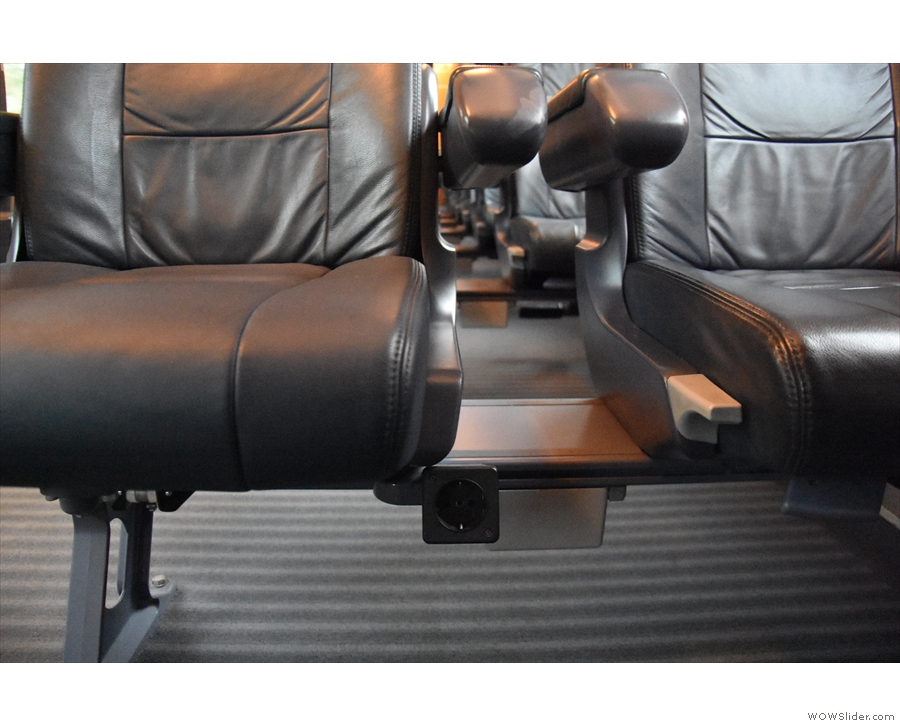
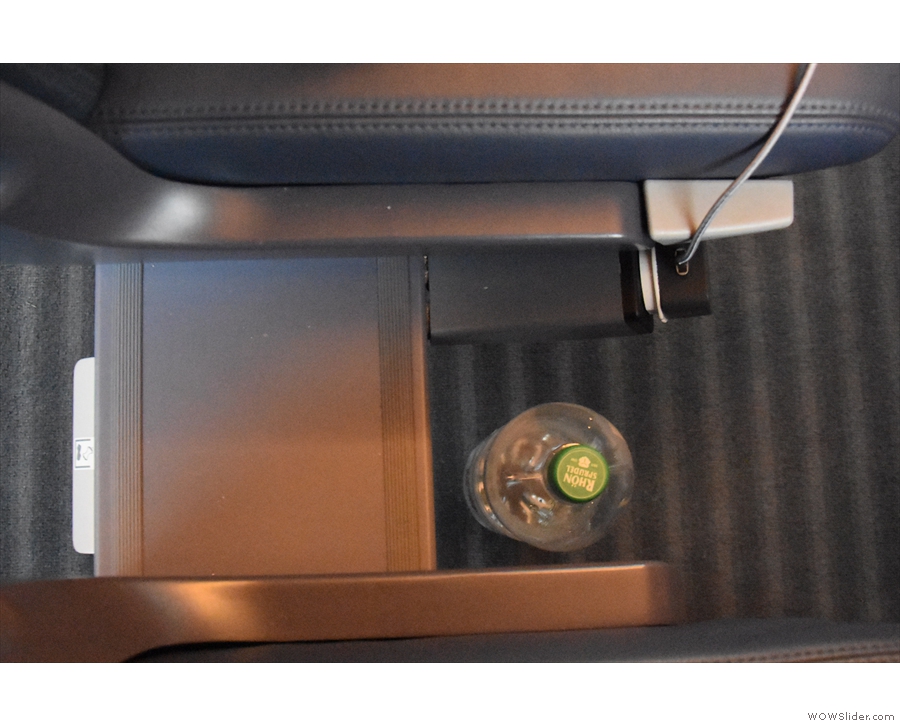
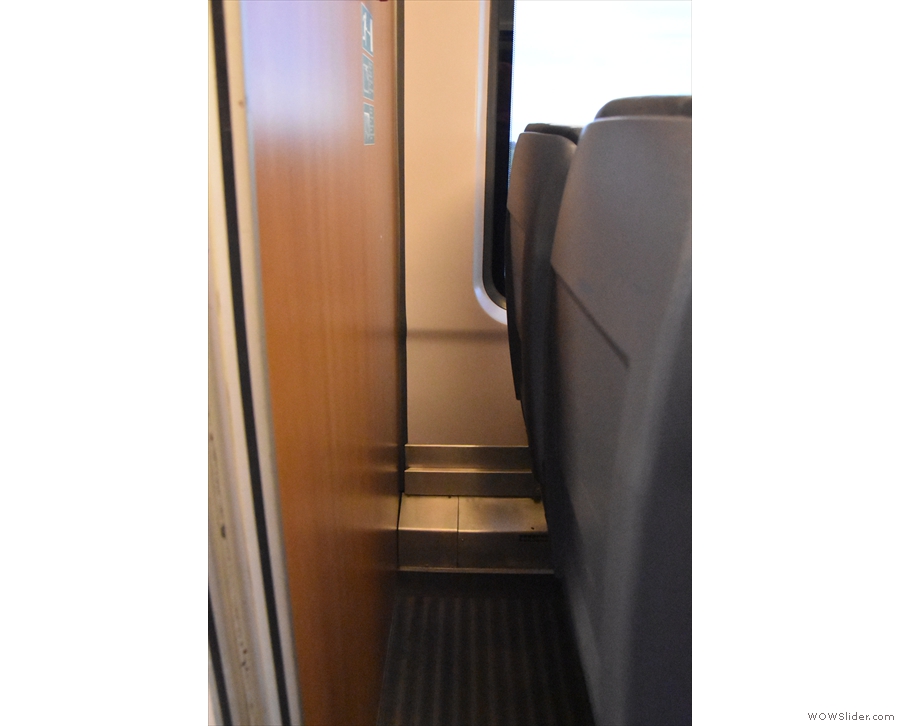
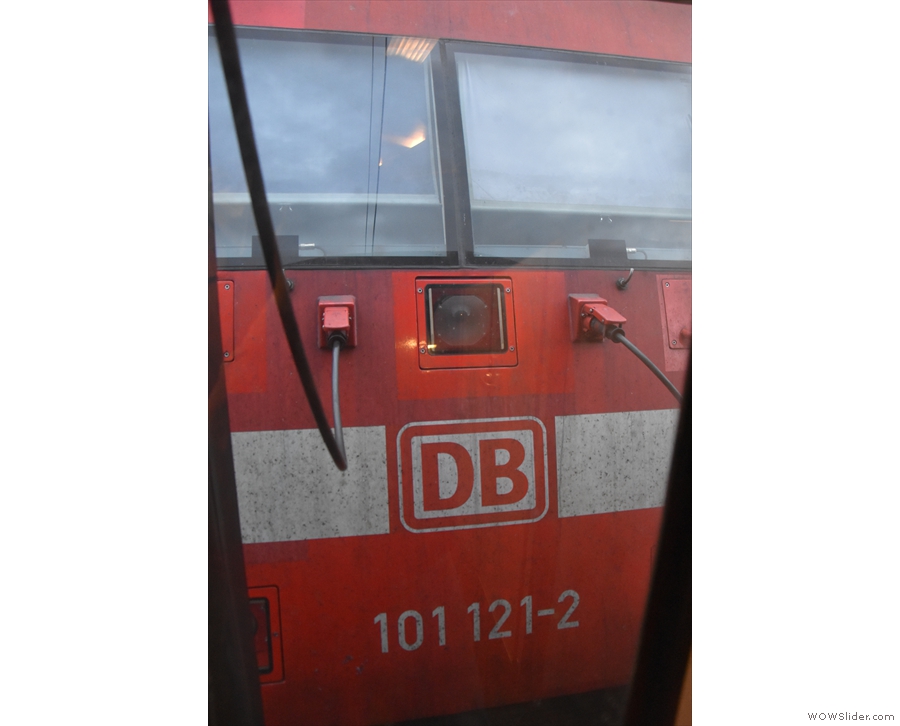
 1
1 2
2 3
3 4
4 5
5 6
6 7
7 8
8 9
9 10
10 11
11 12
12 13
13 14
14 15
15 16
16 17
17 18
18 19
19 20
20 21
21 22
22 23
23 24
24 25
25 26
26 27
27 28
28 29
29 30
30 31
31 32
32 33
33 34
34 35
35

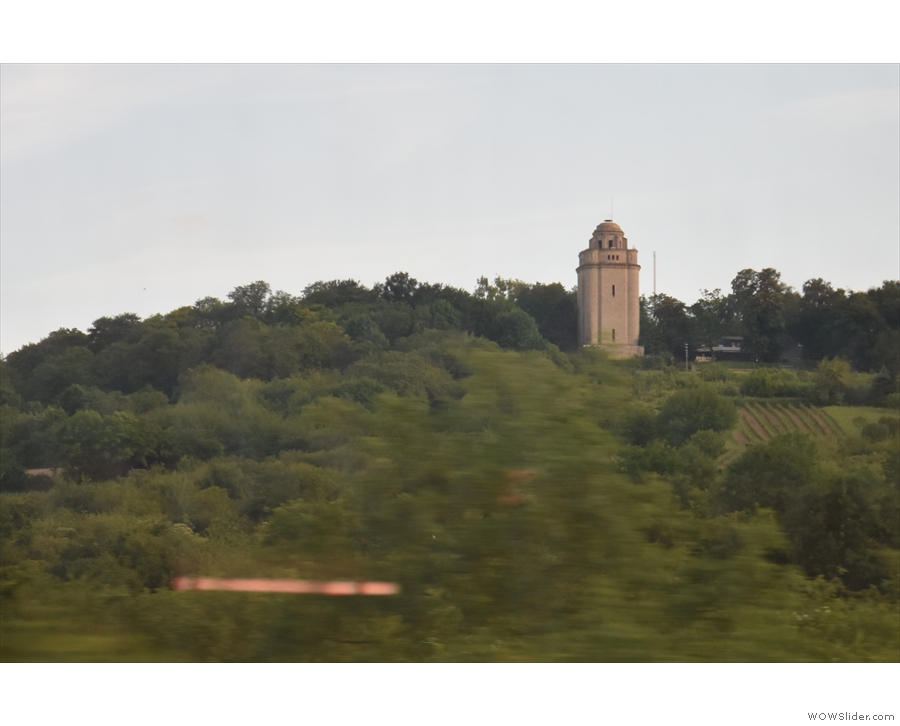

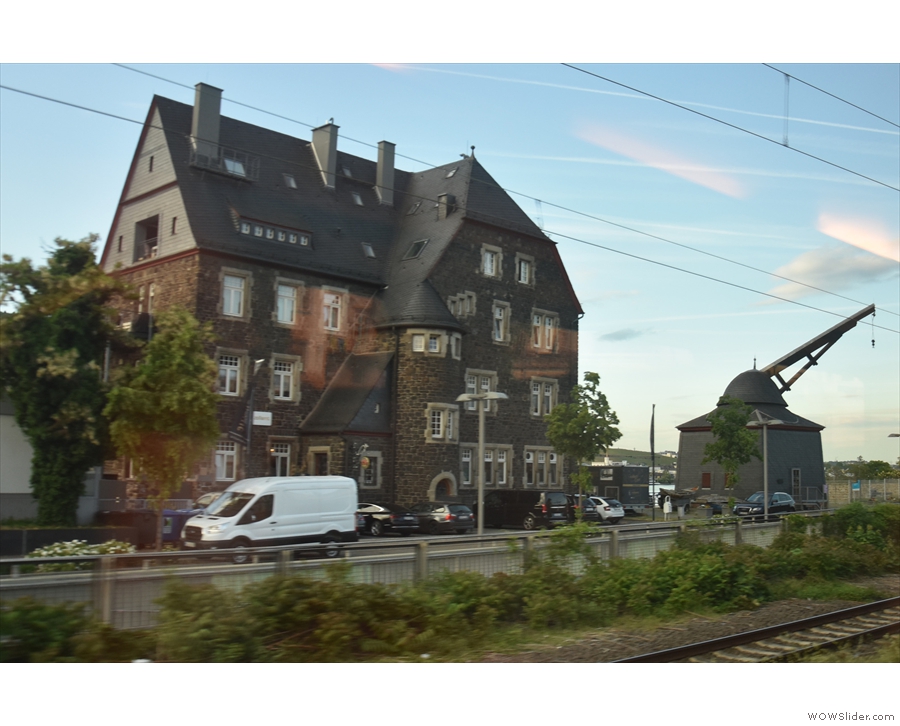
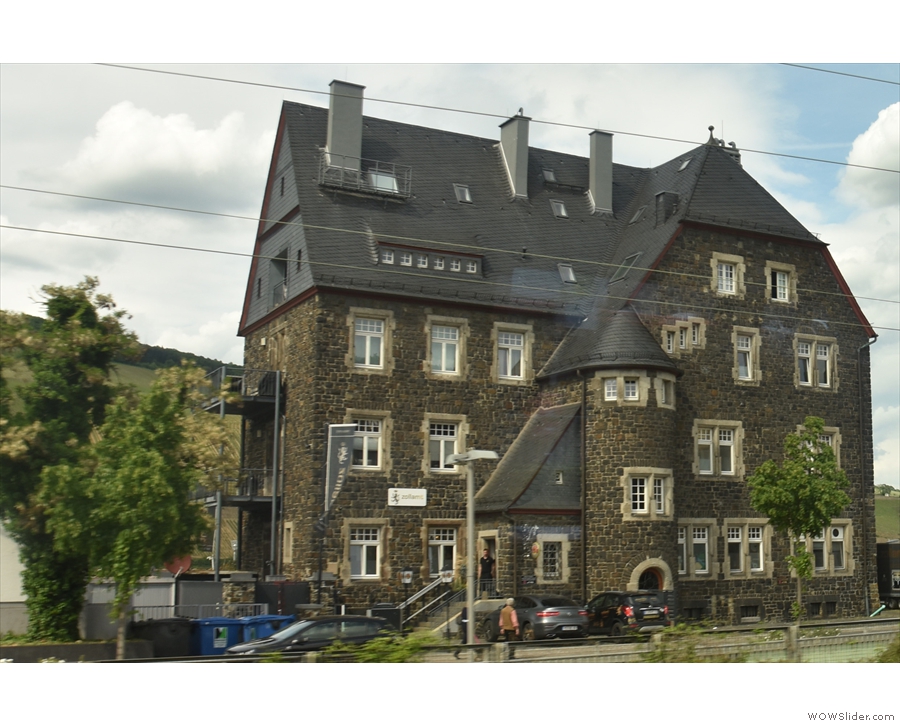

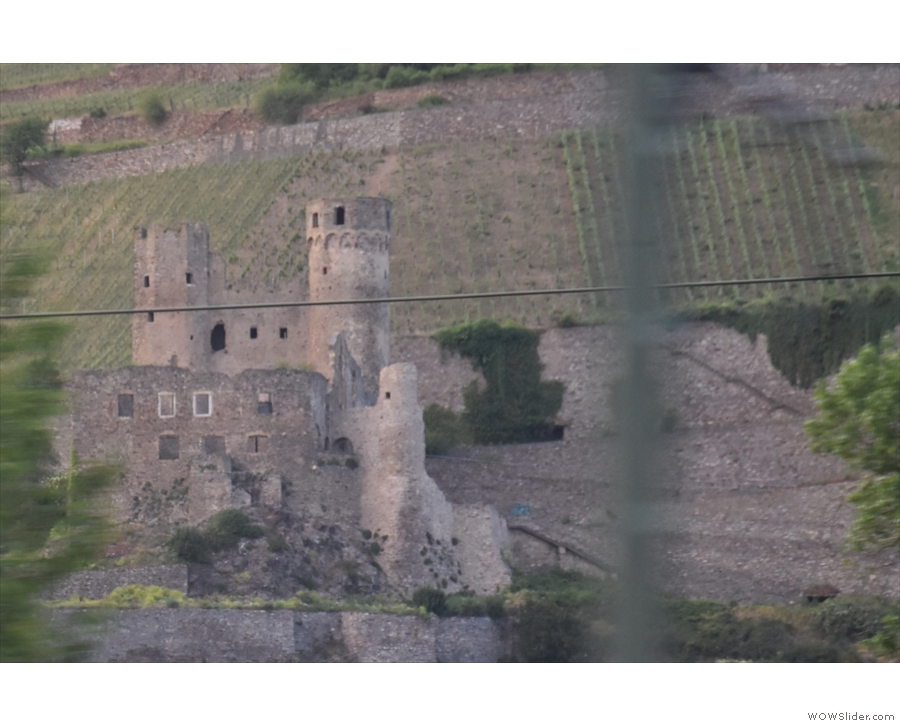






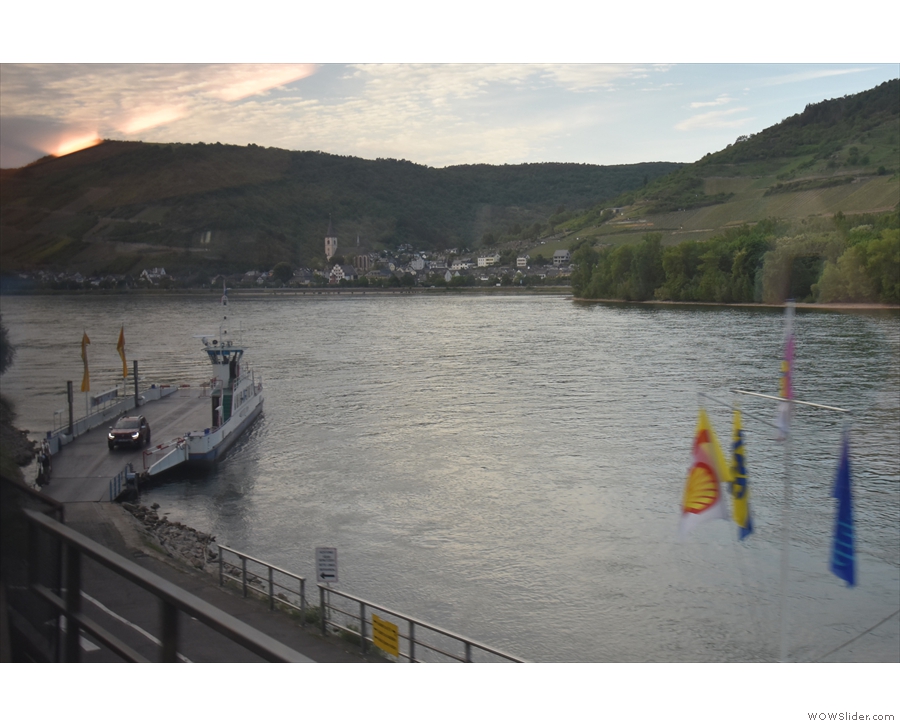
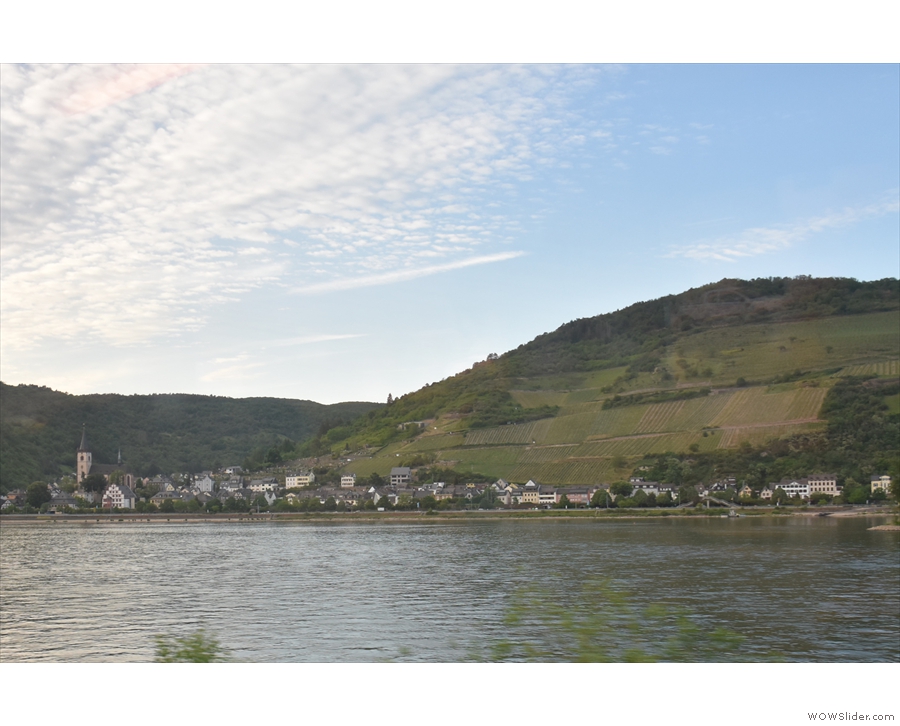
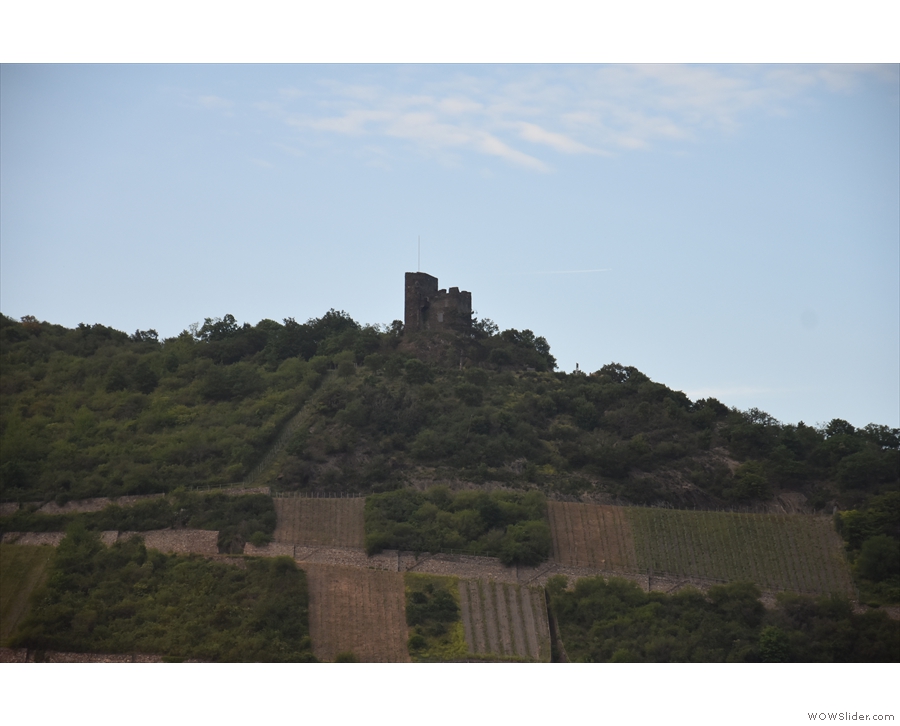
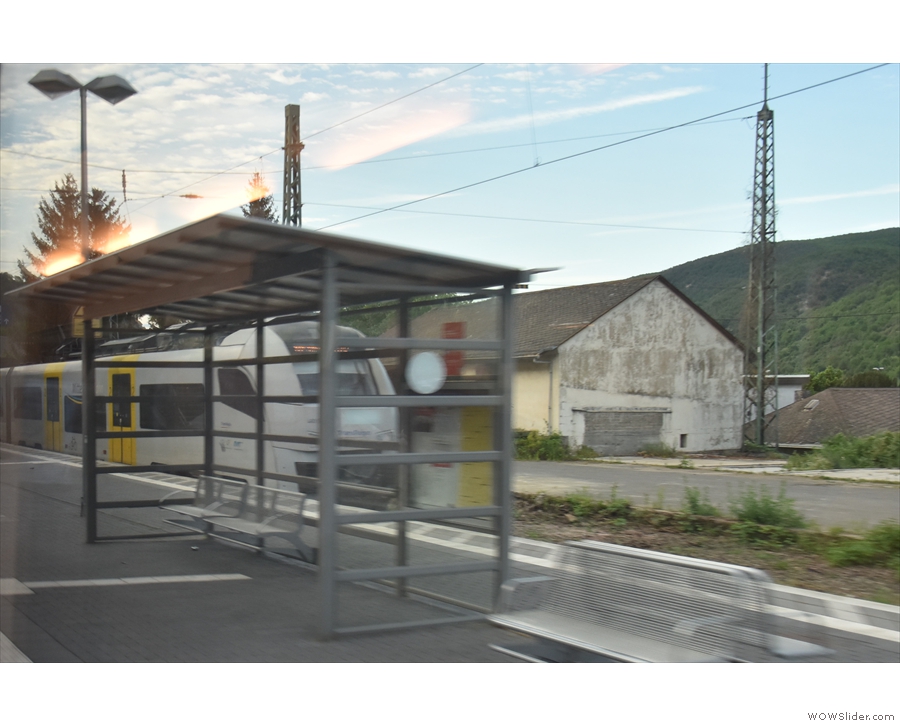







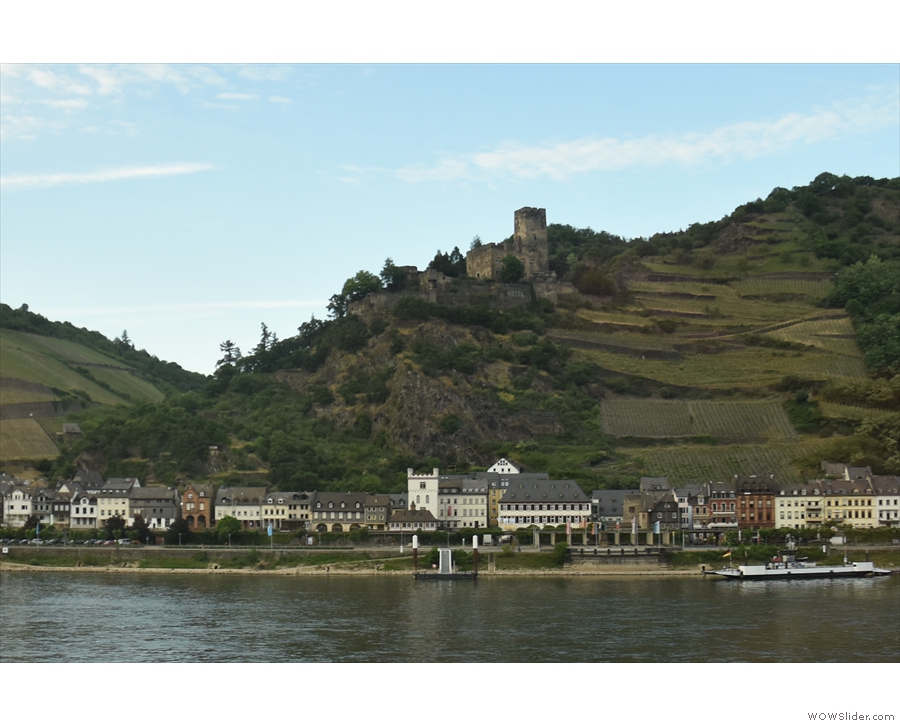



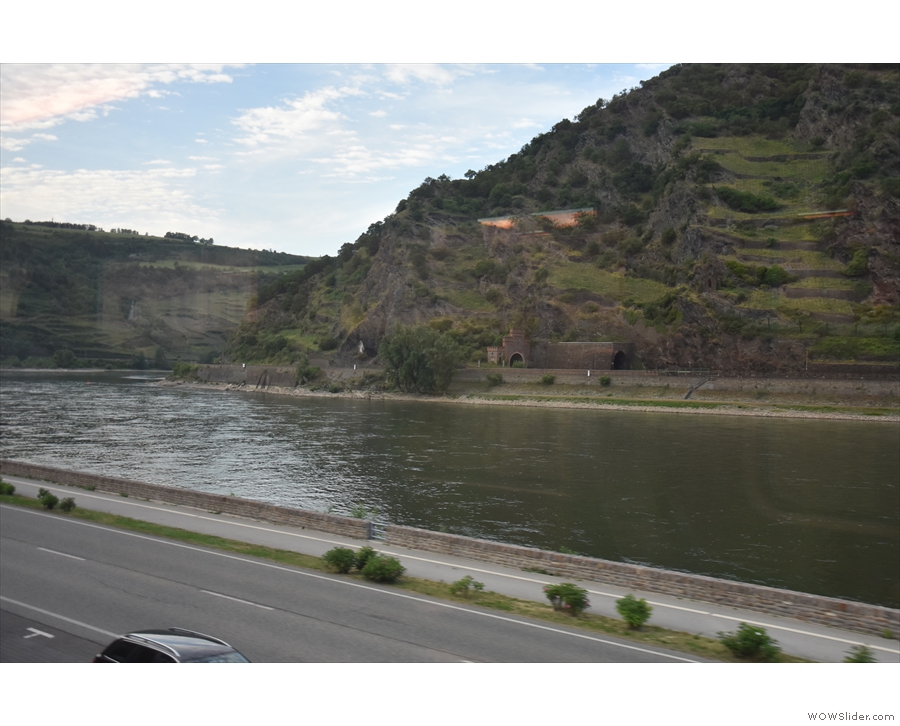

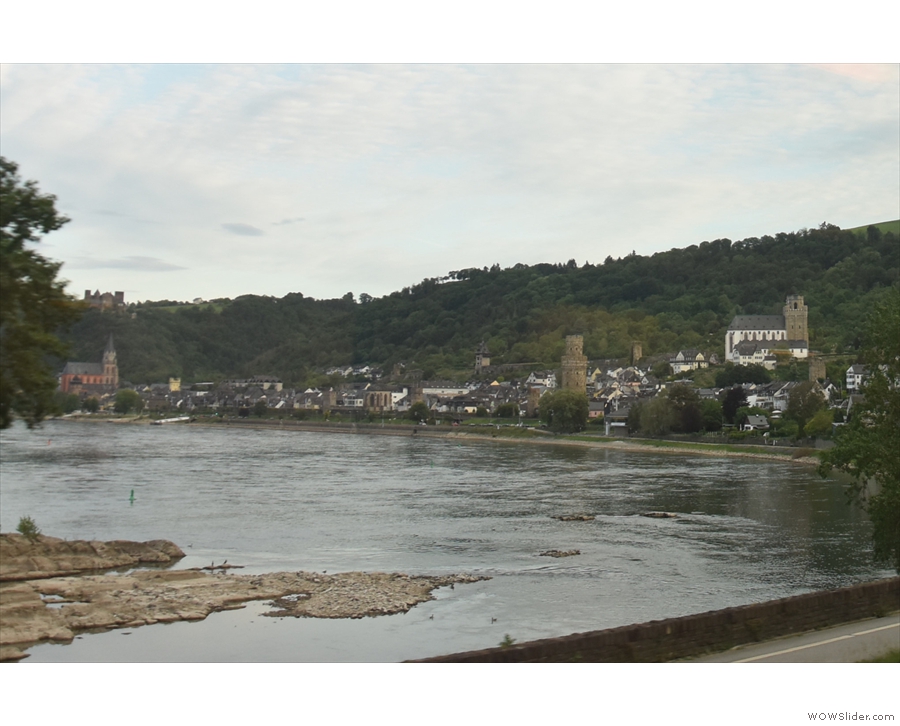

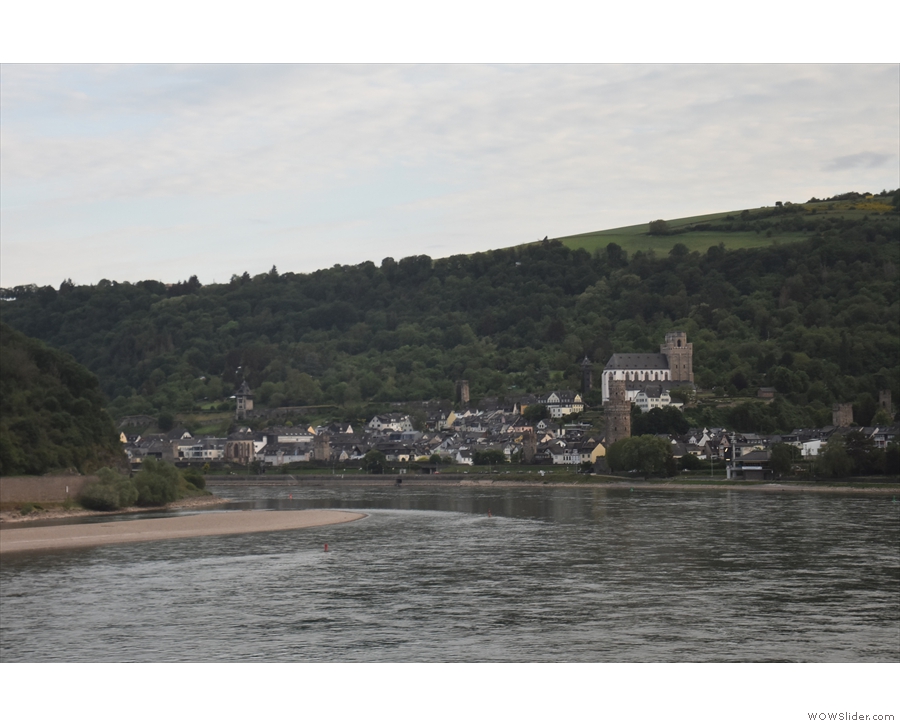


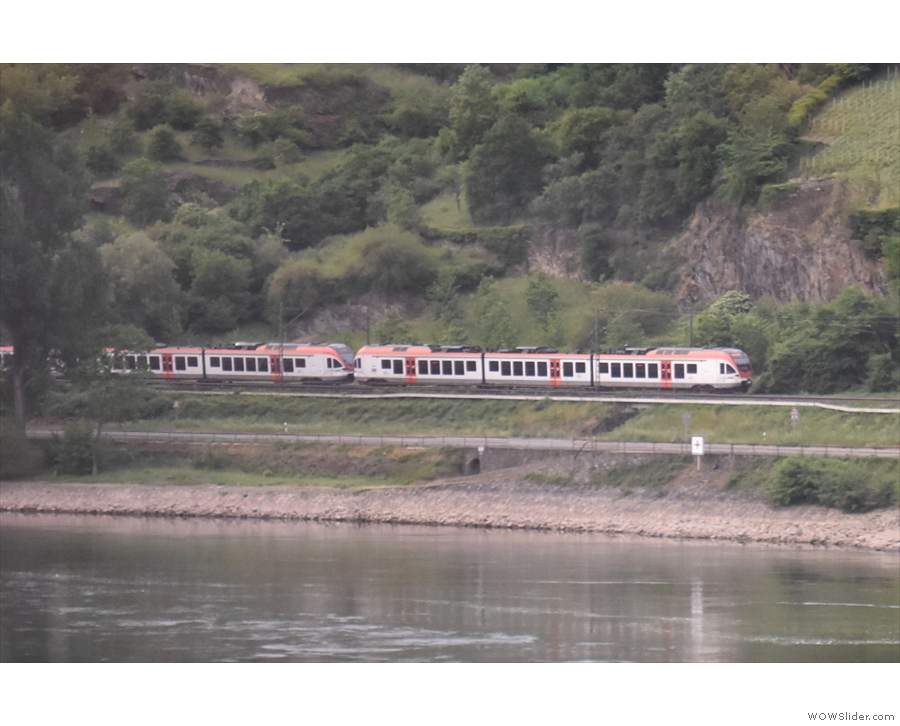
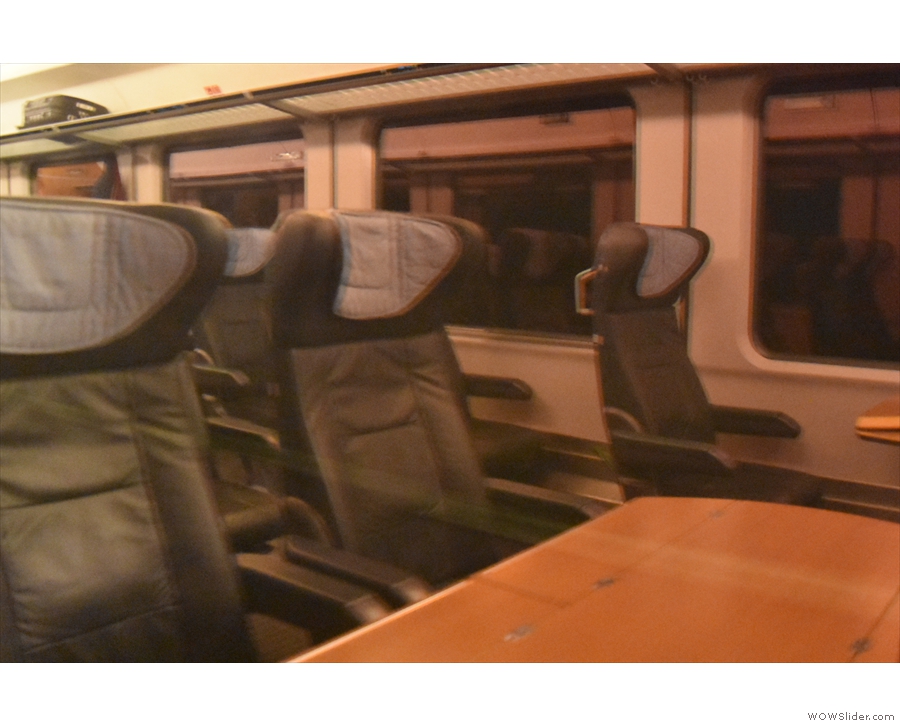
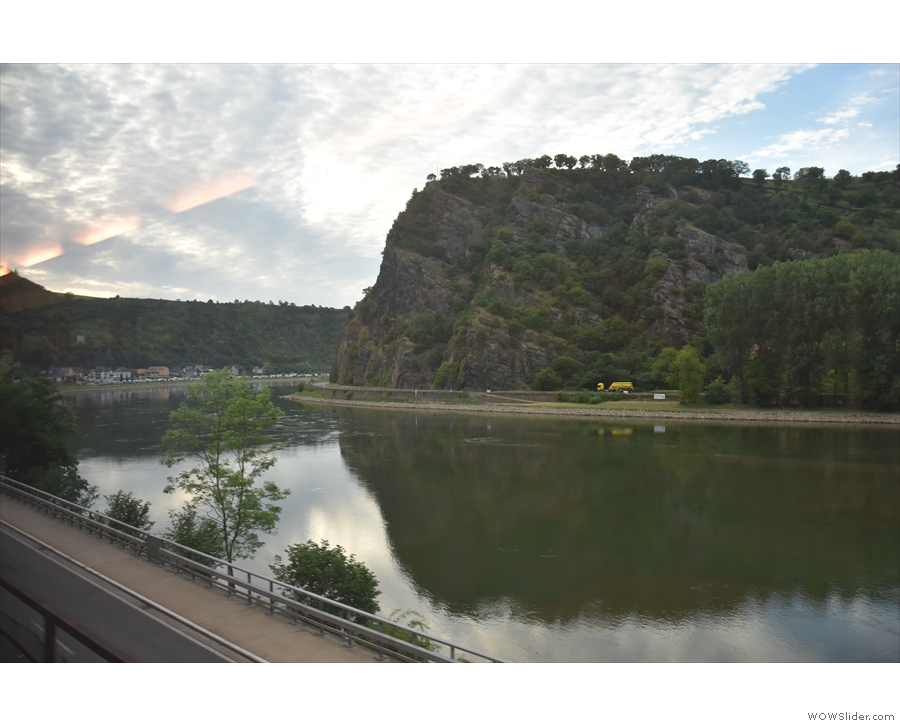




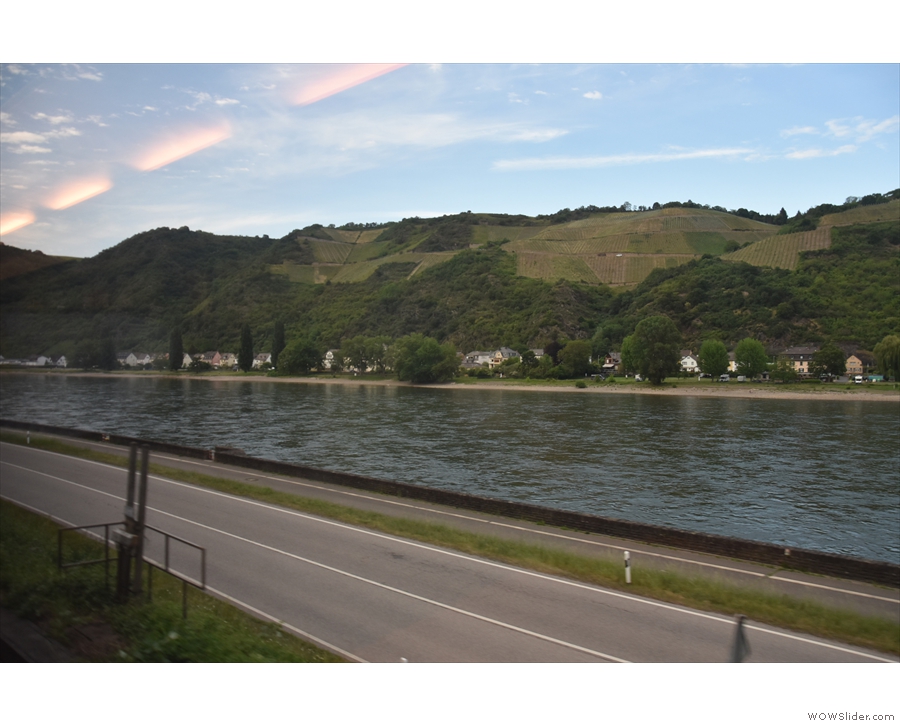

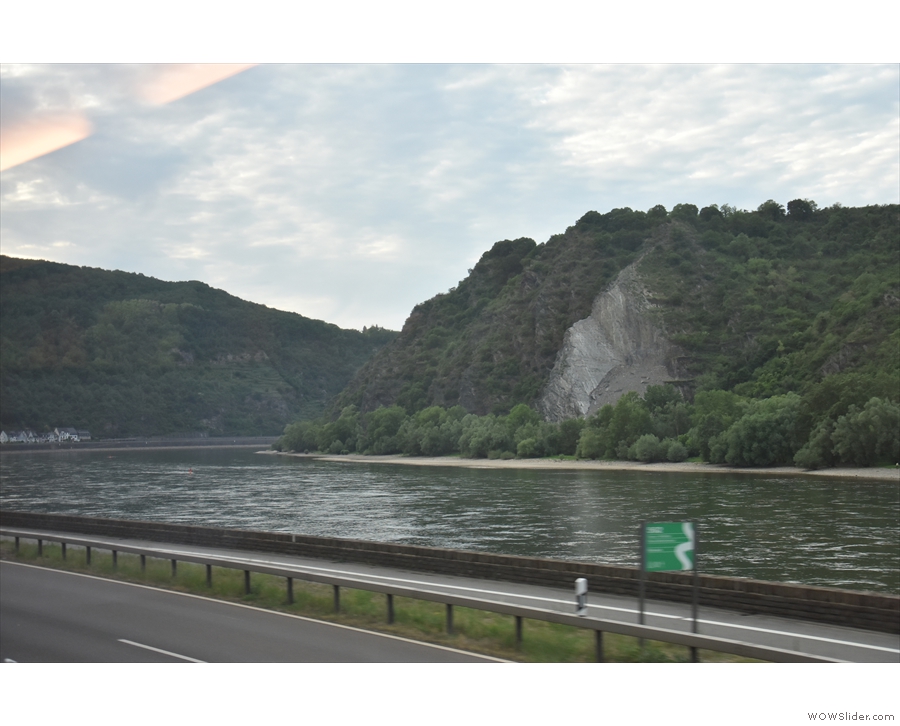
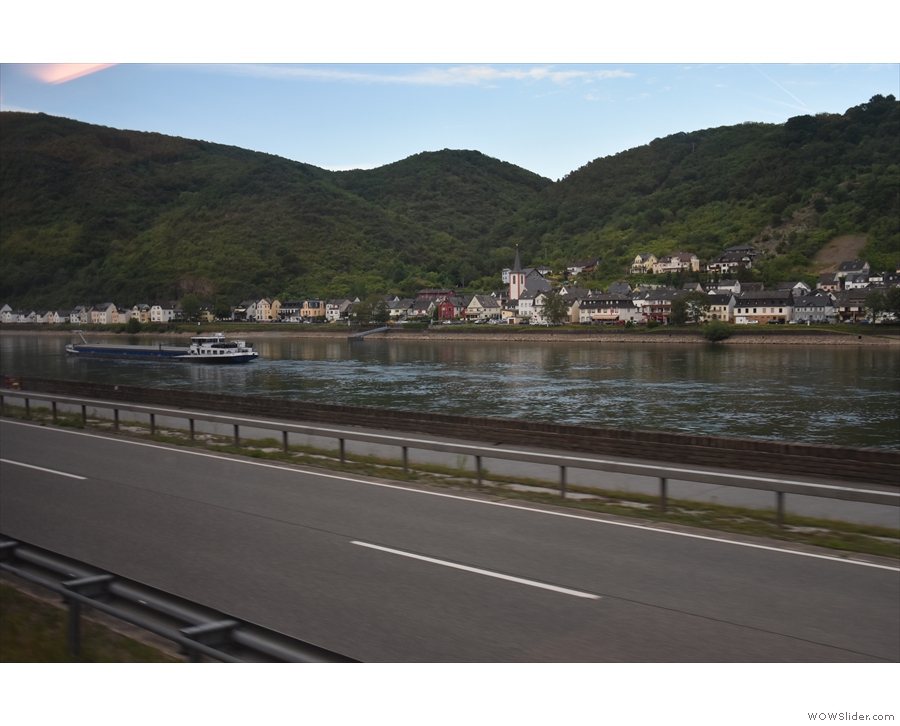
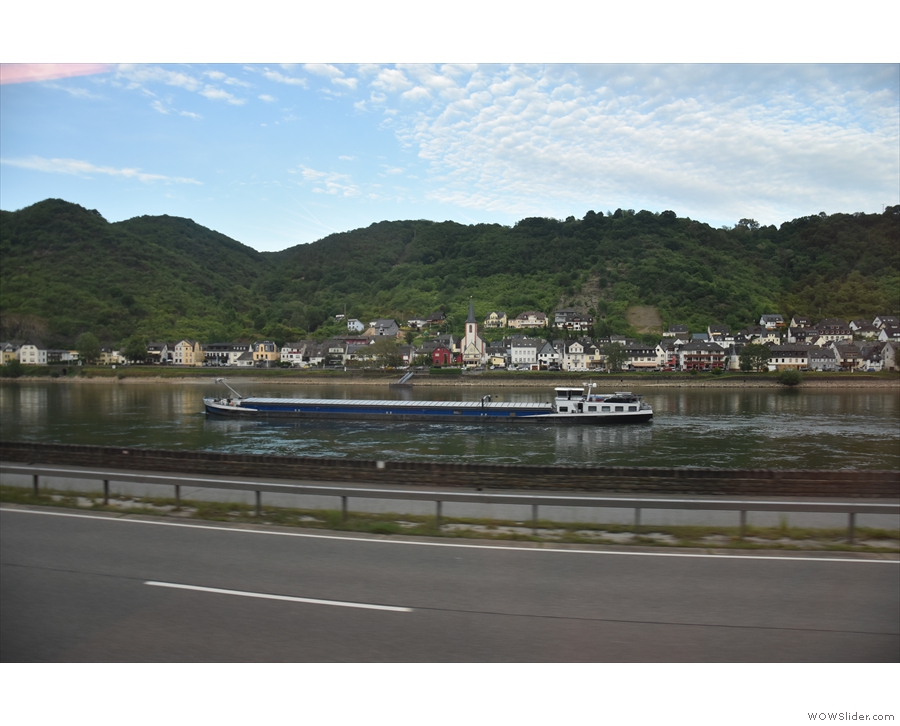
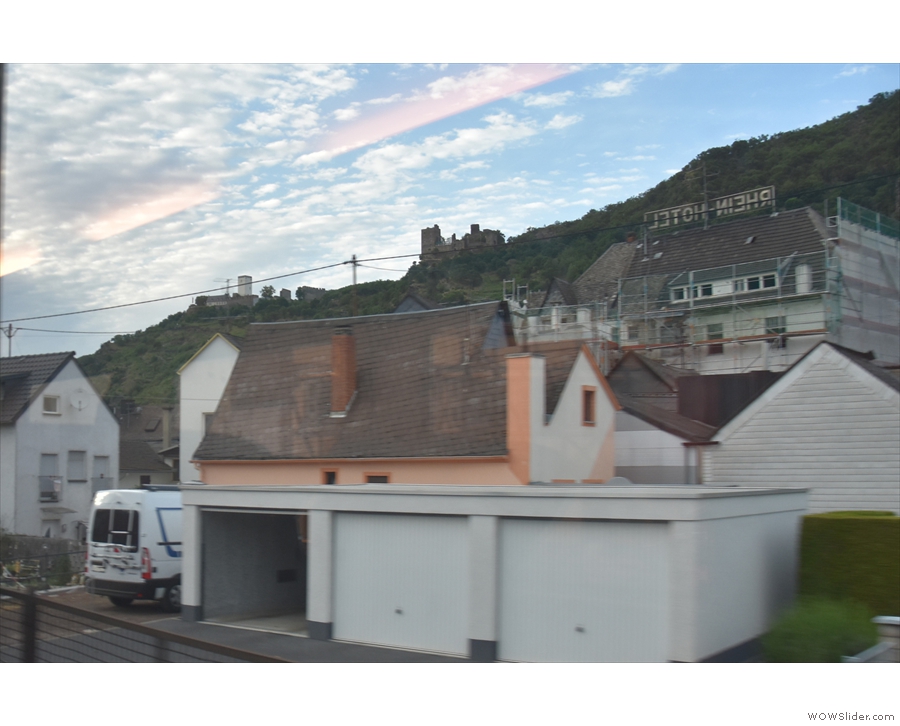
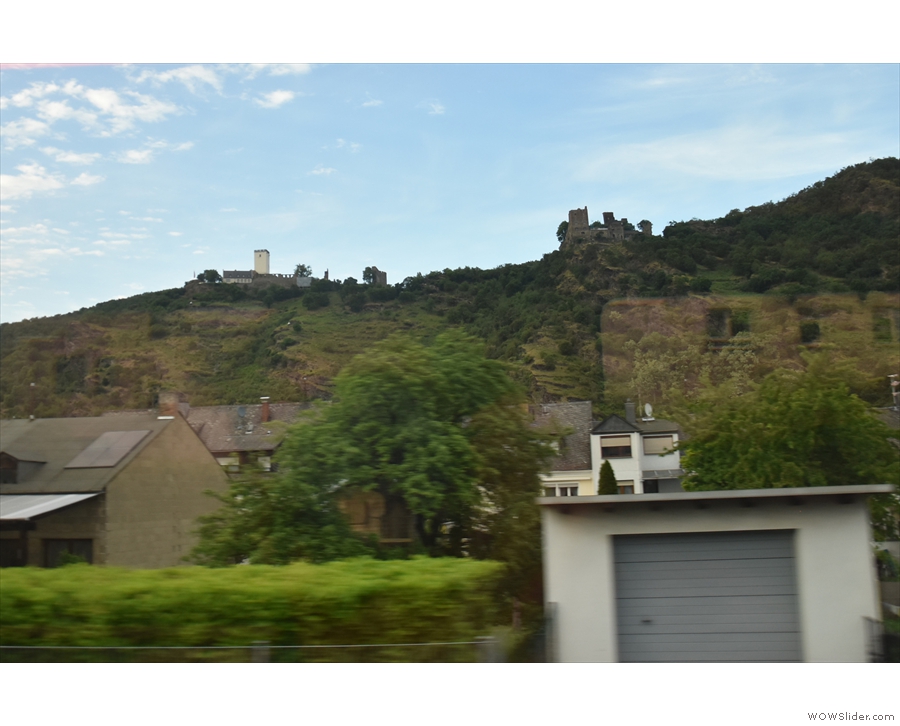
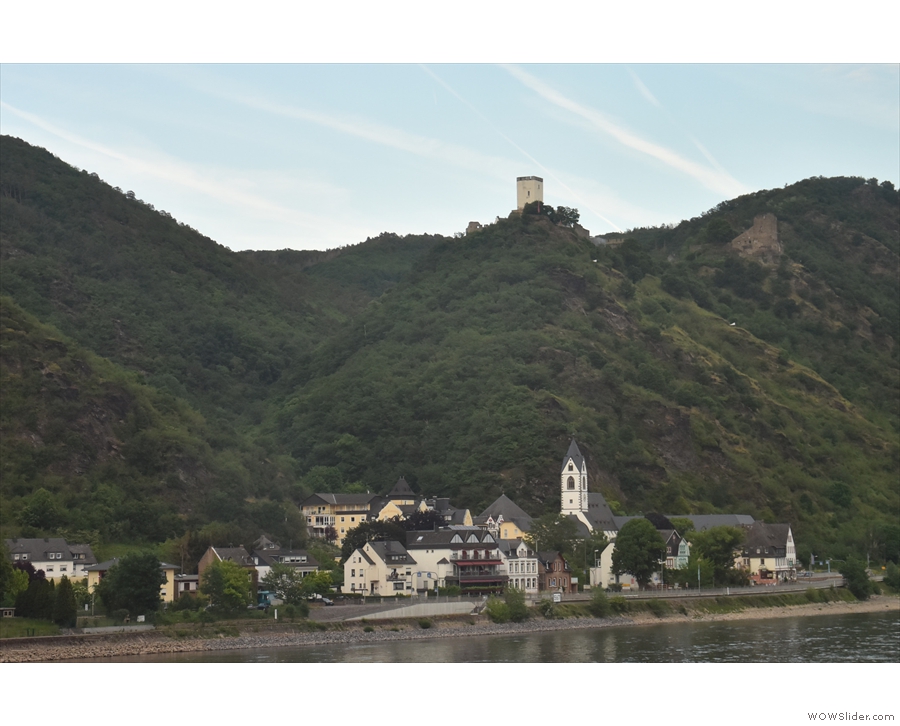
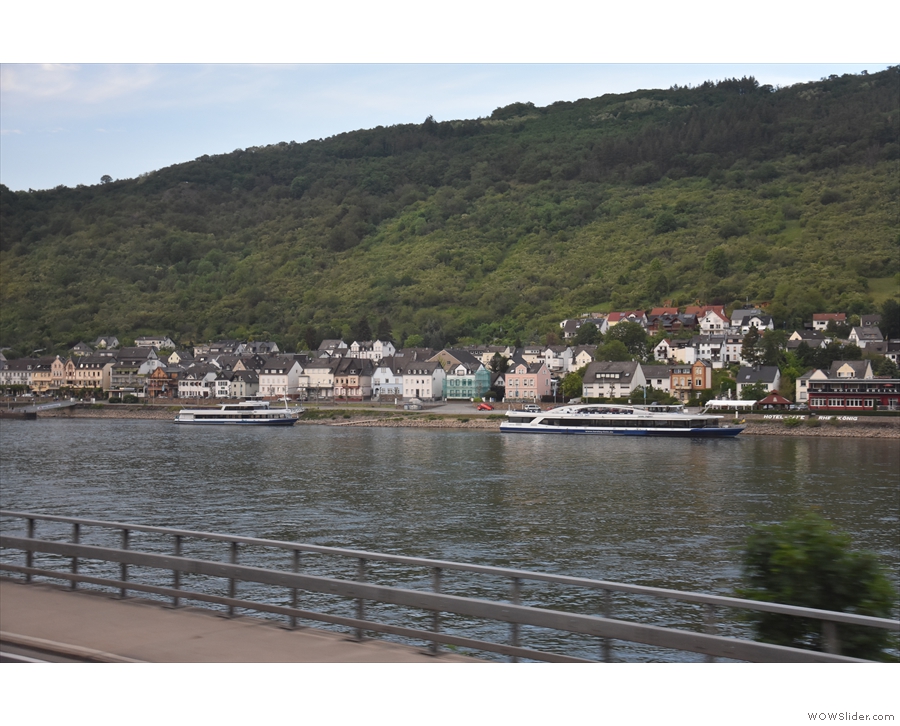
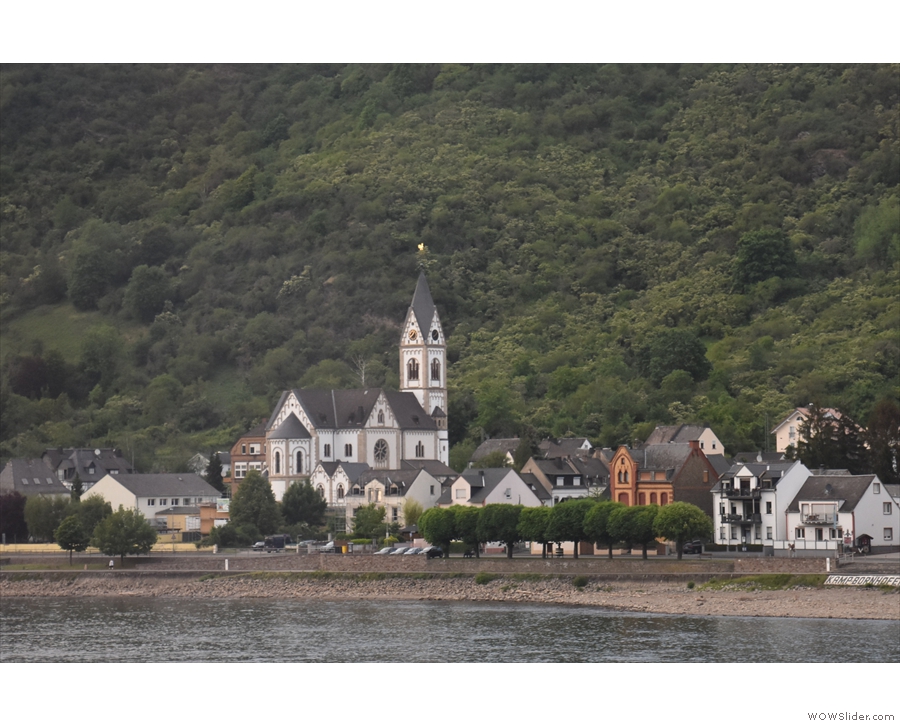
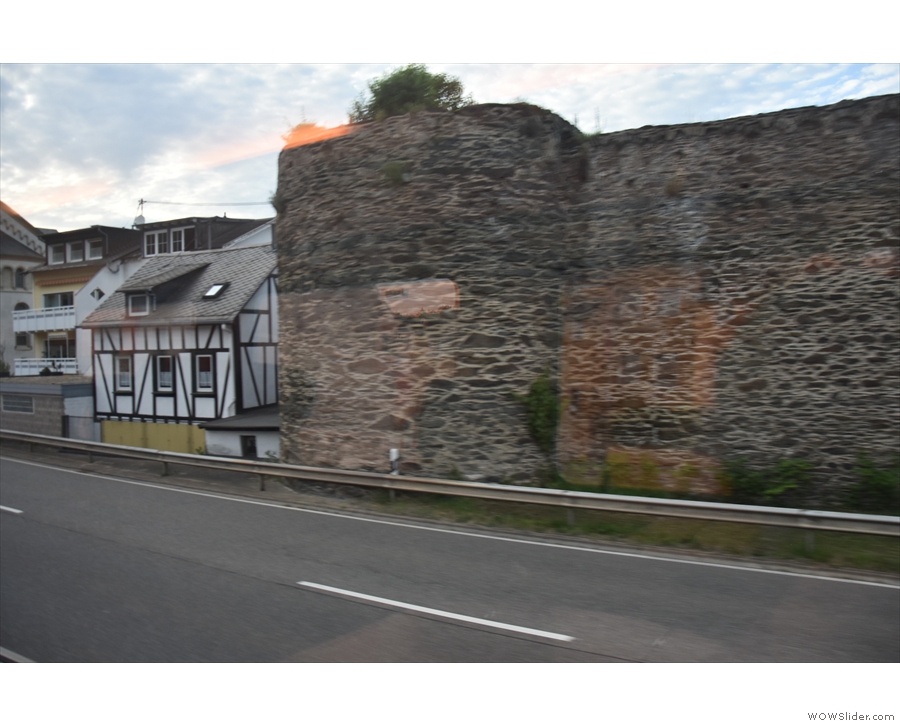
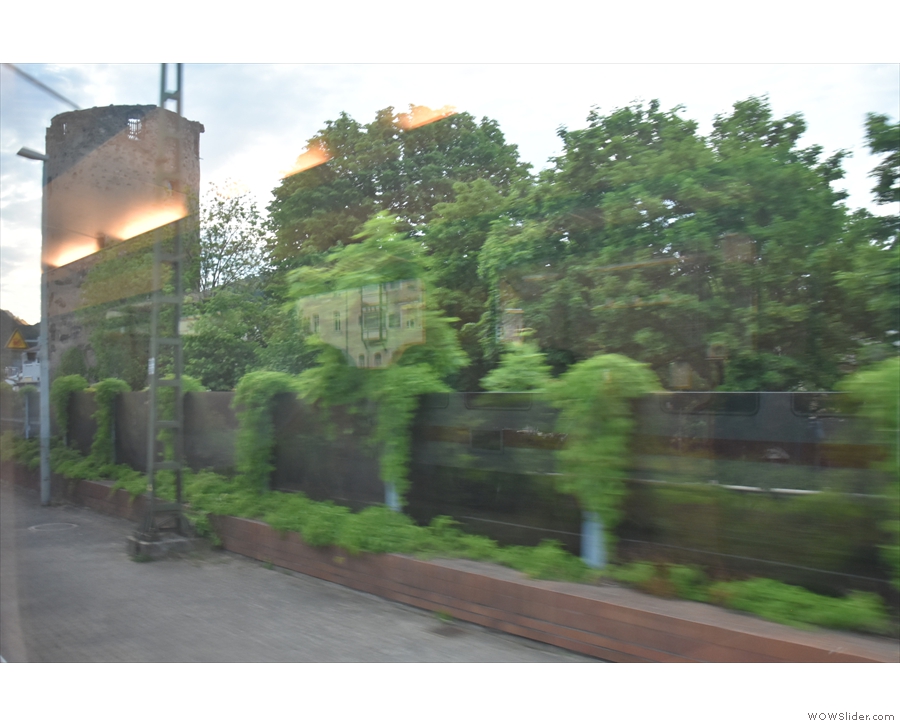
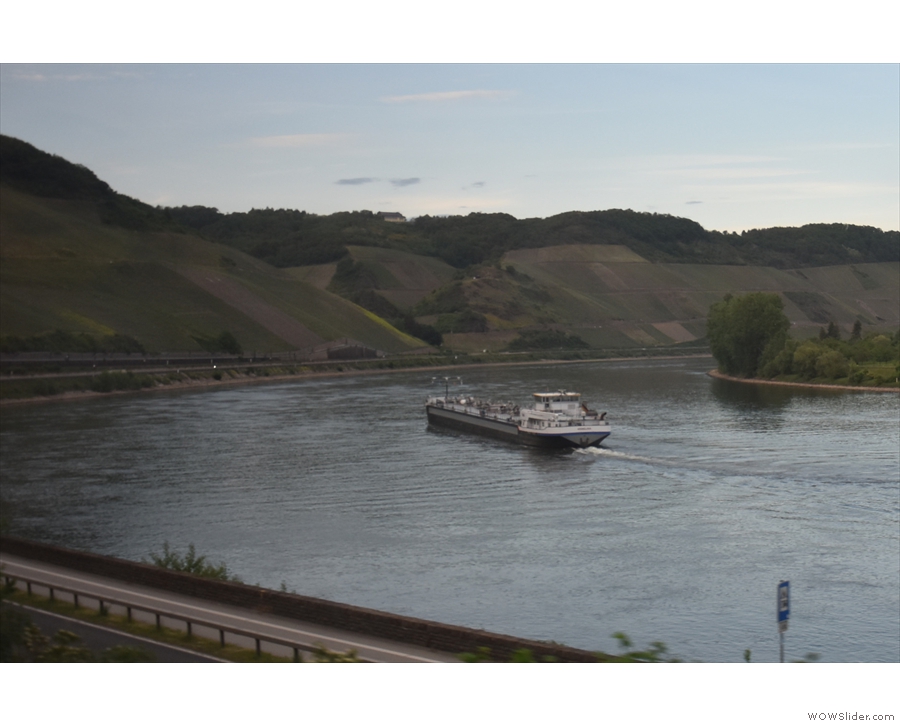
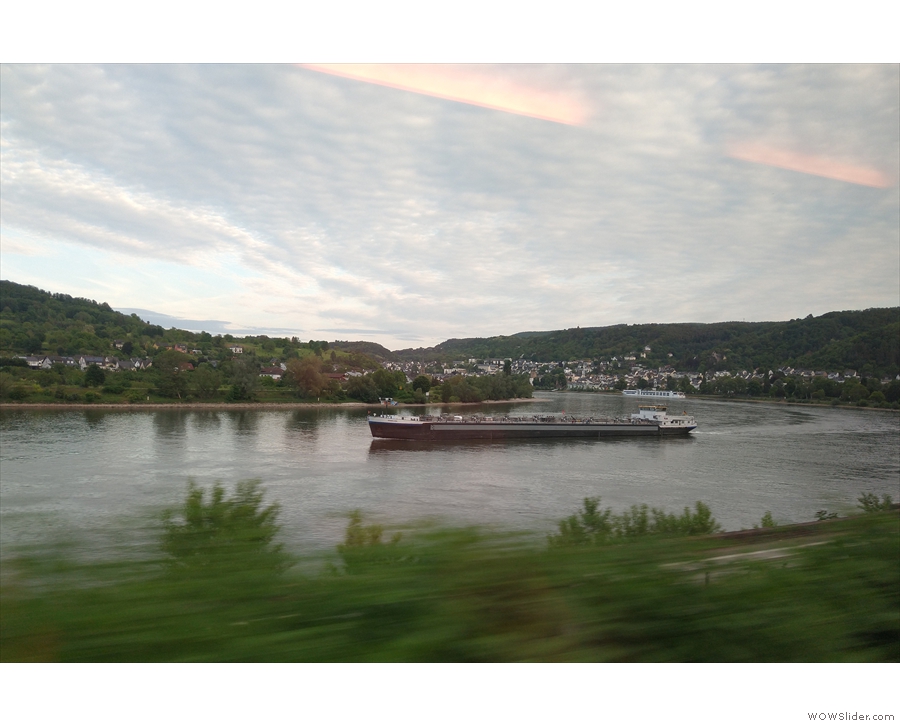
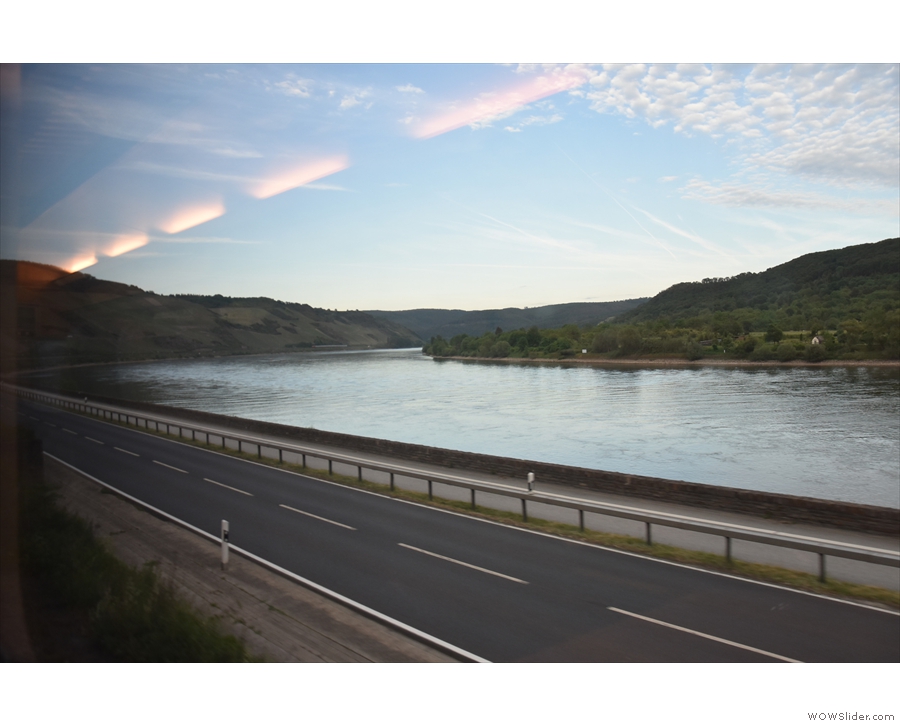
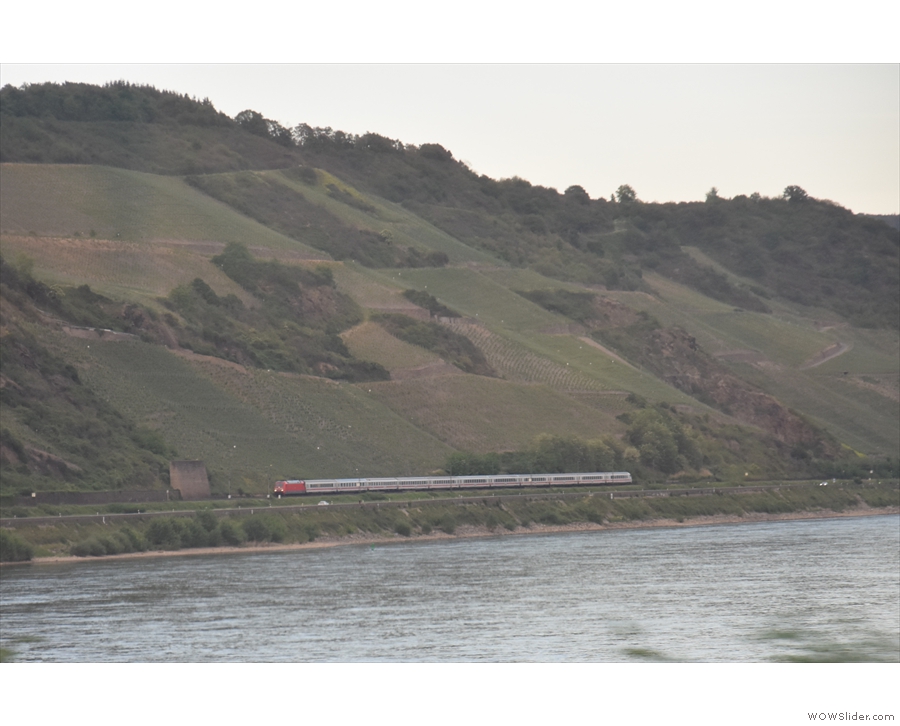
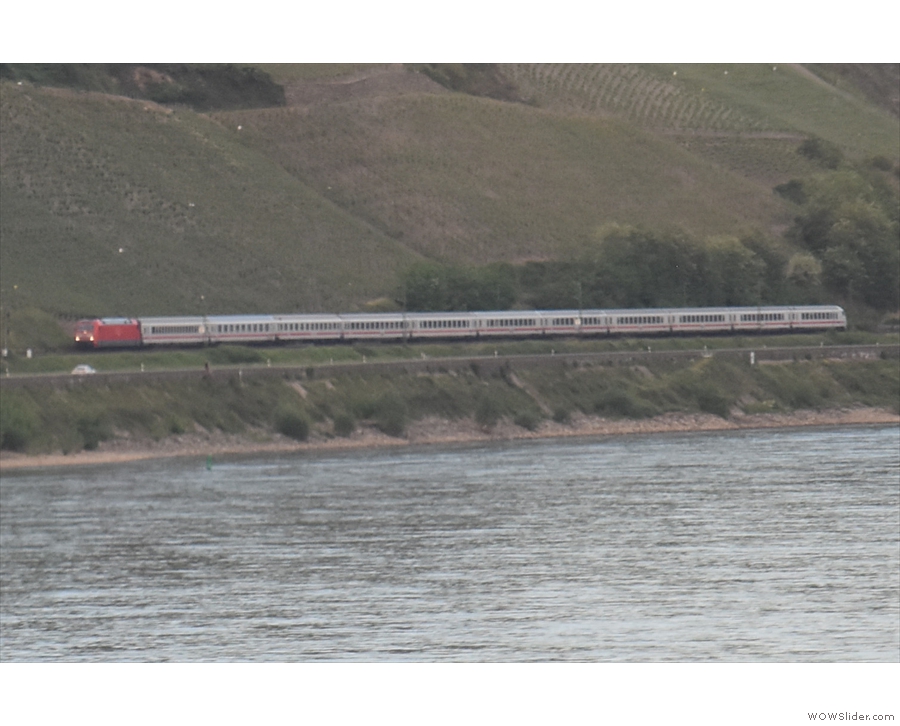
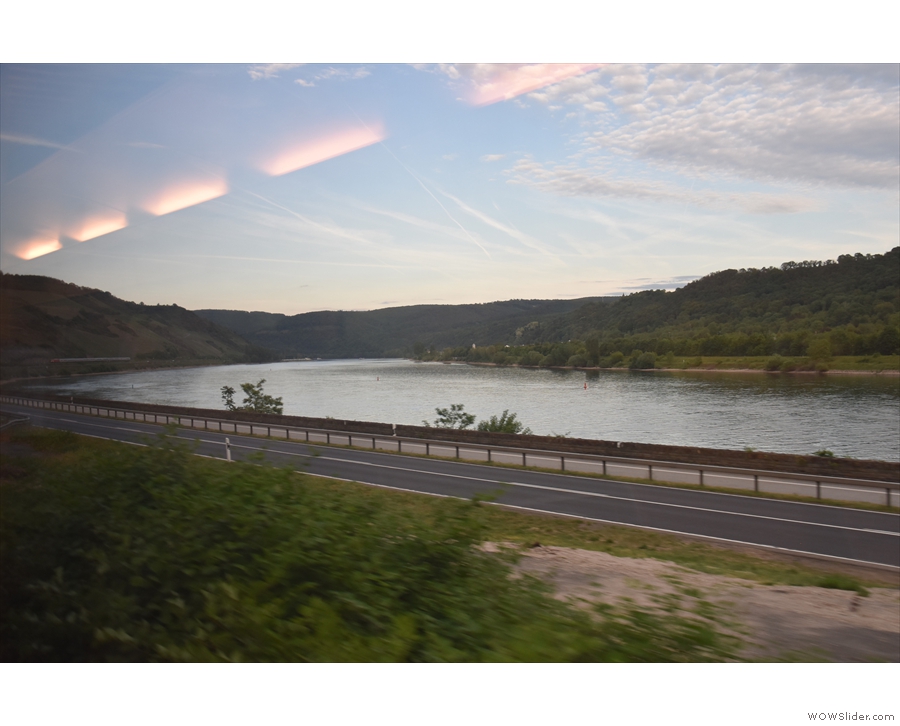
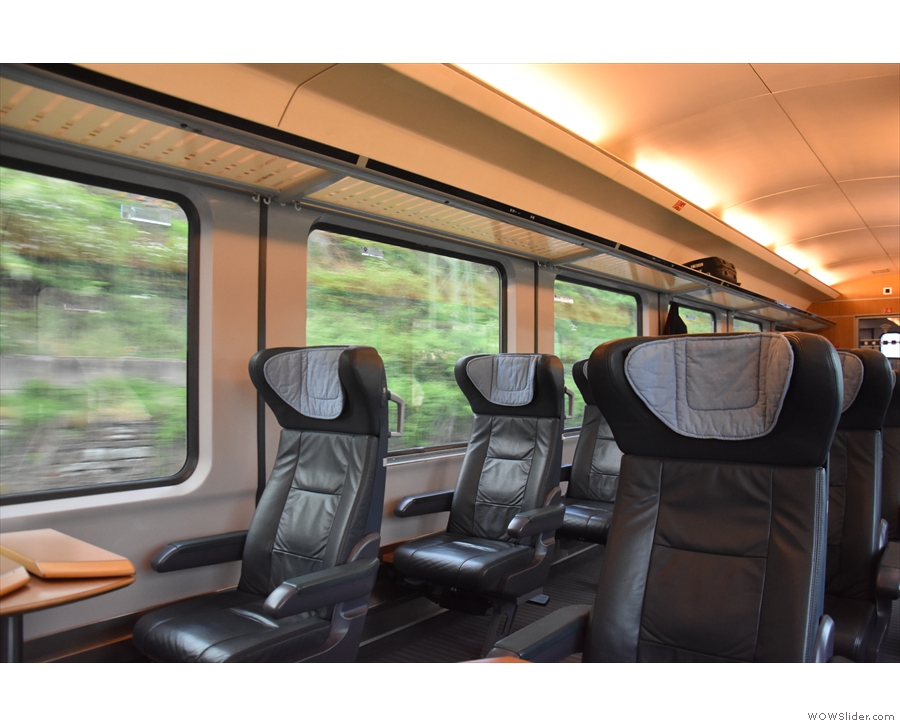
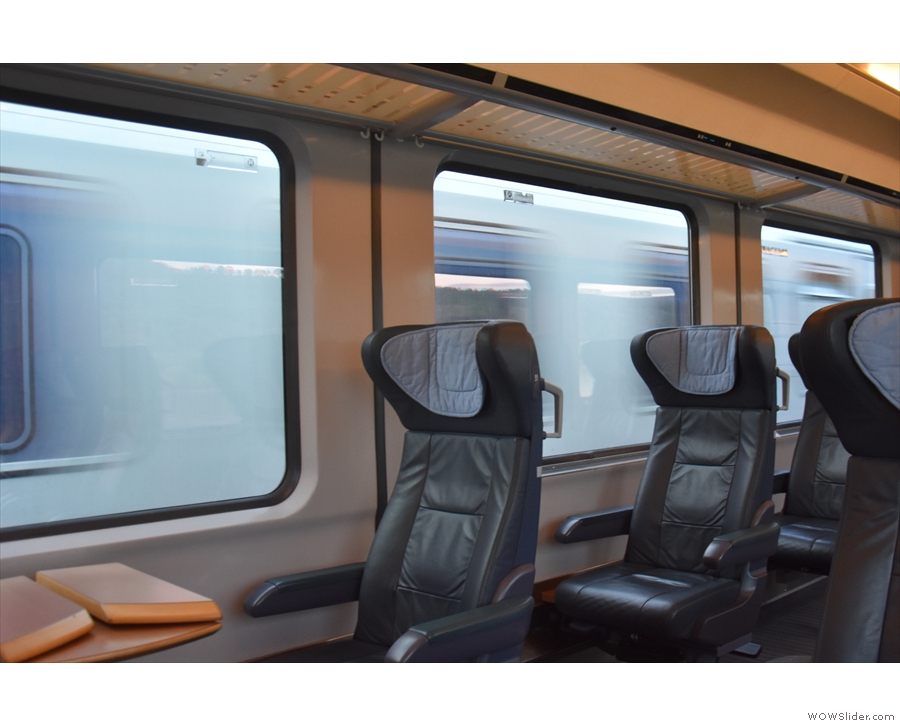
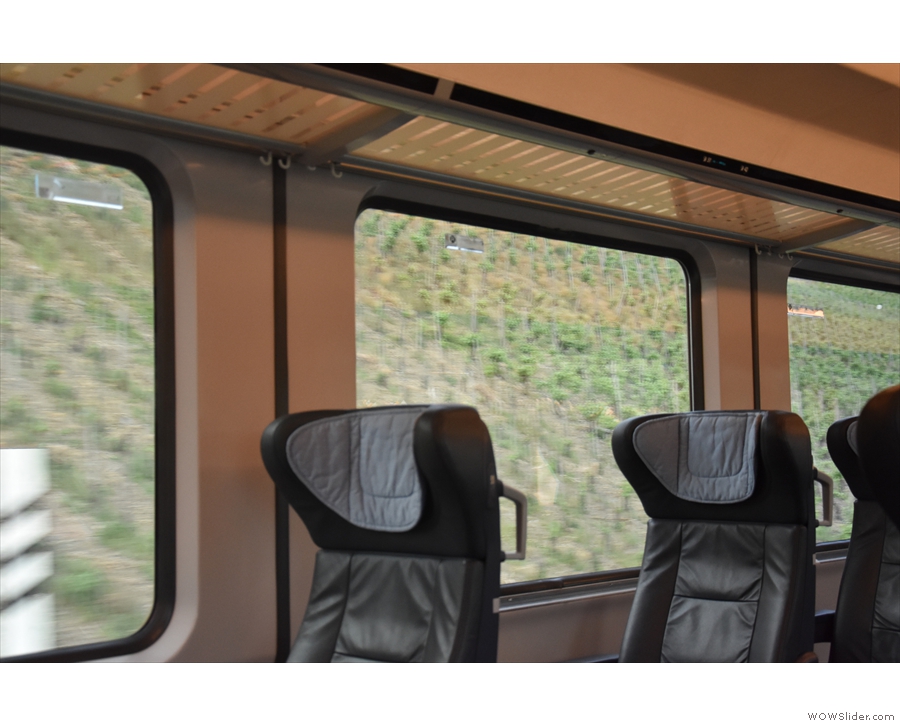
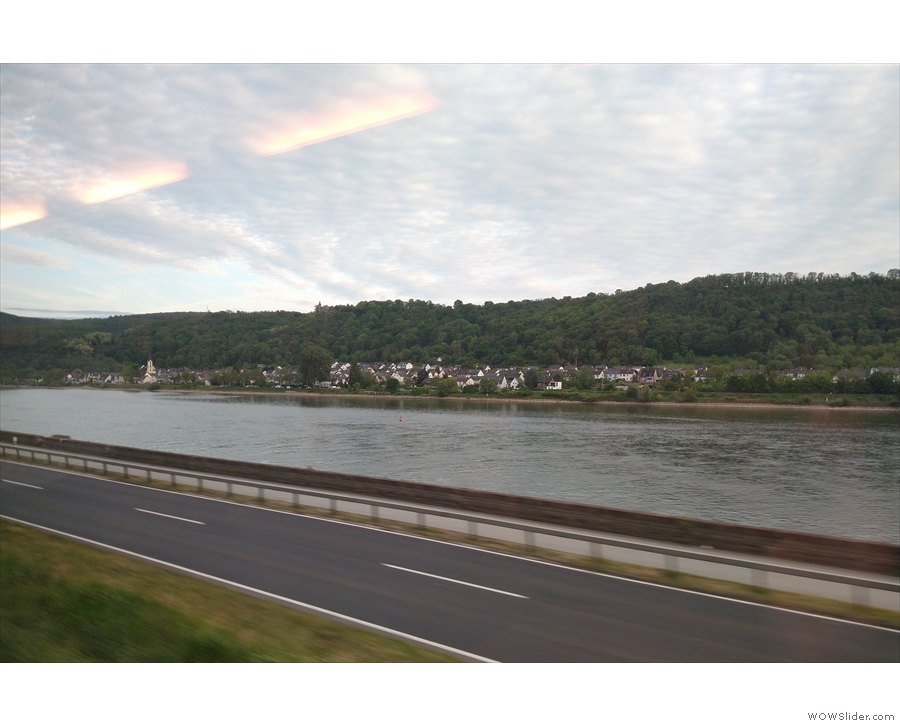
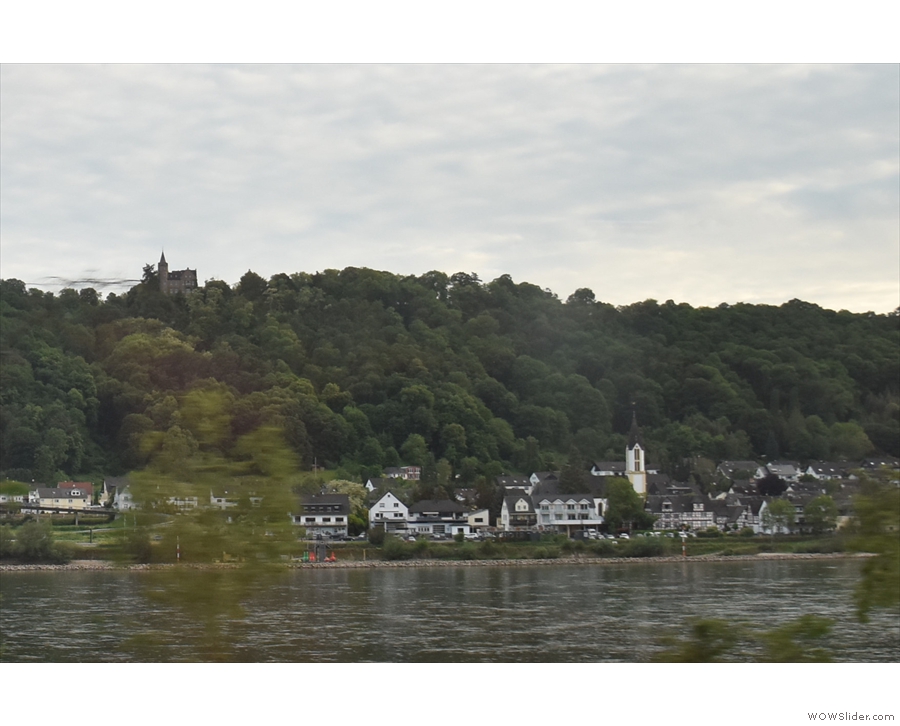
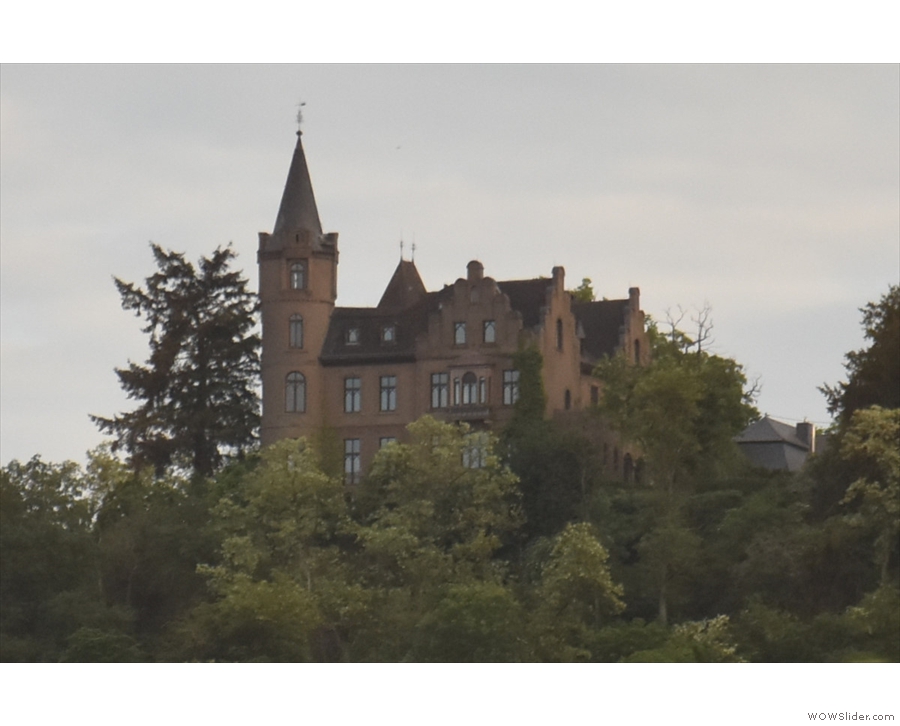
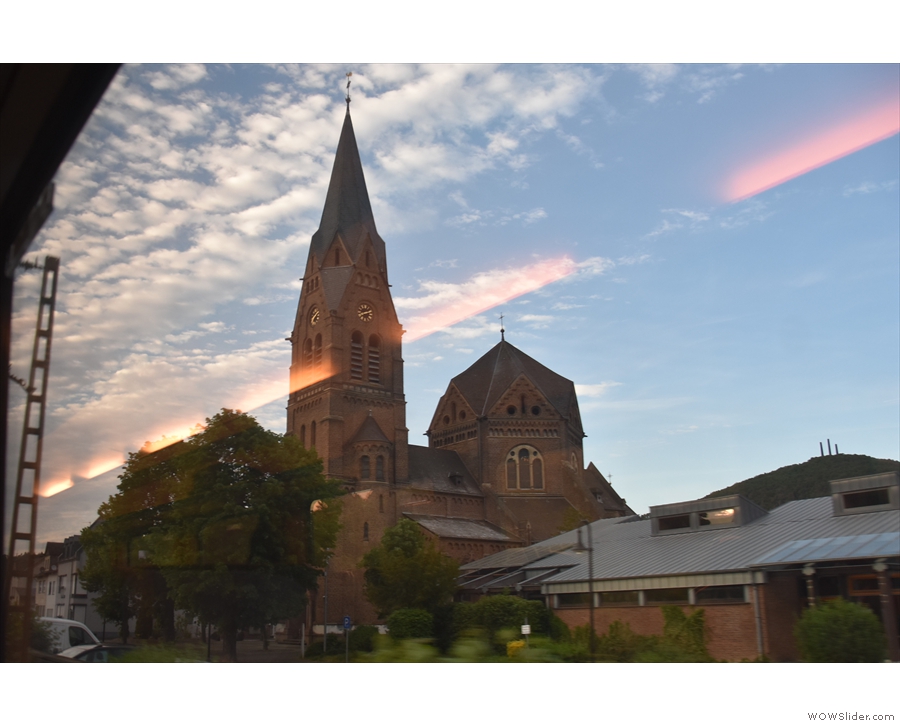
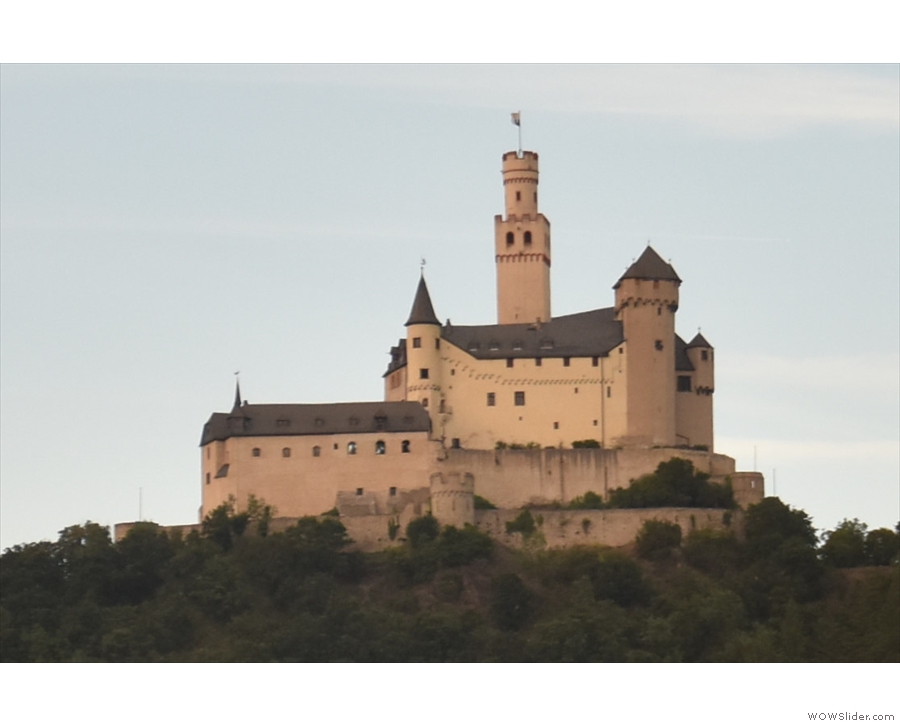
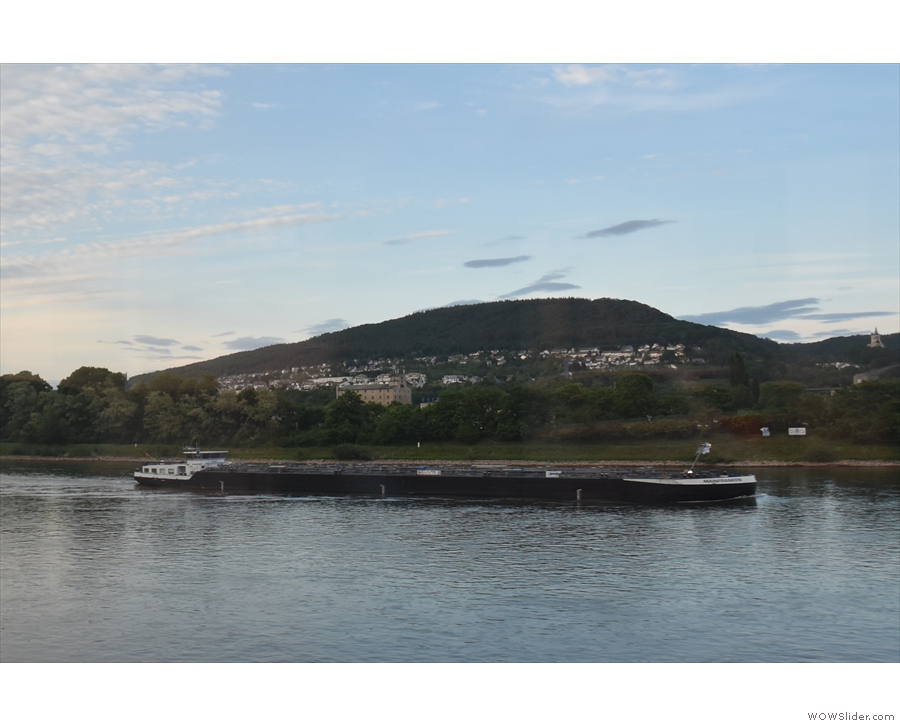
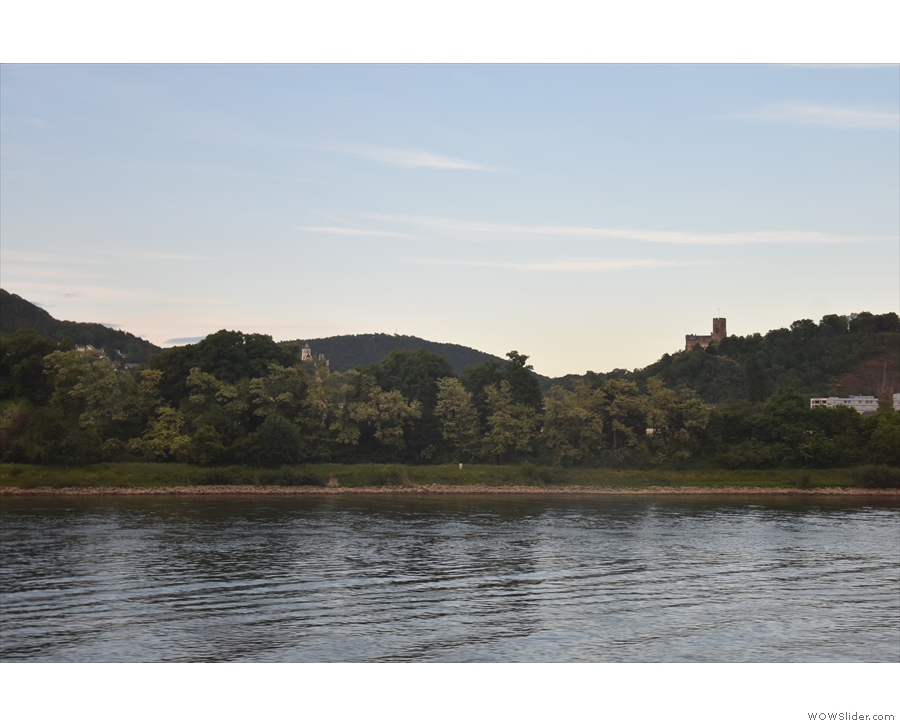
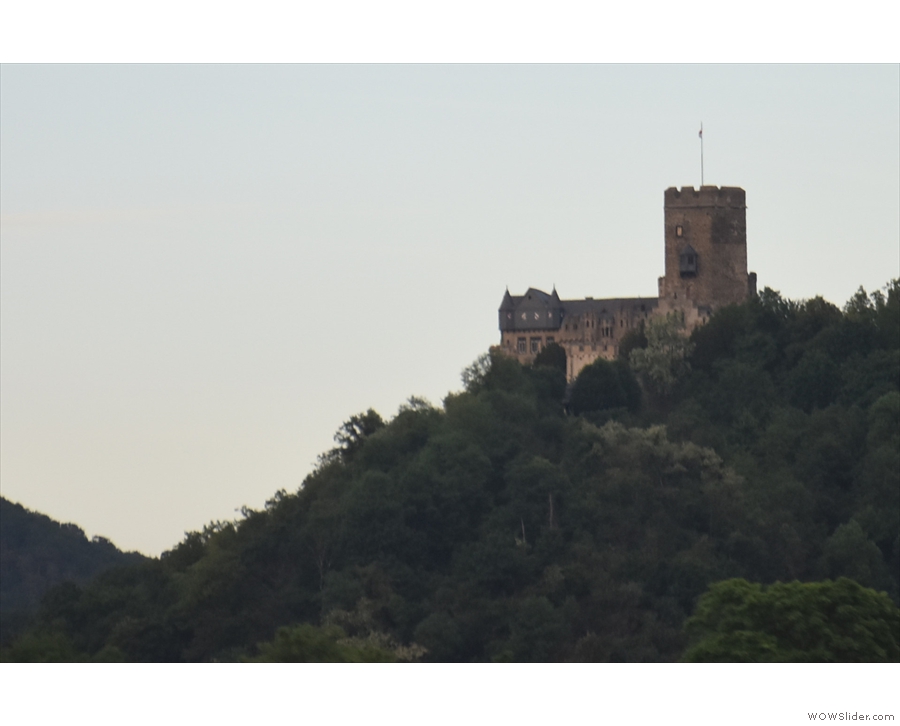
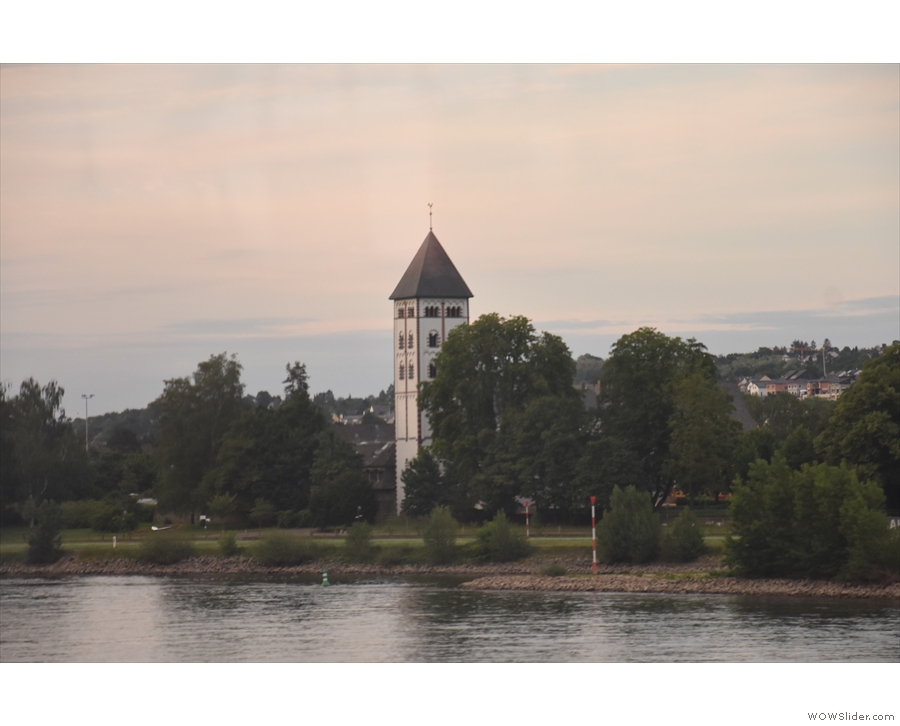
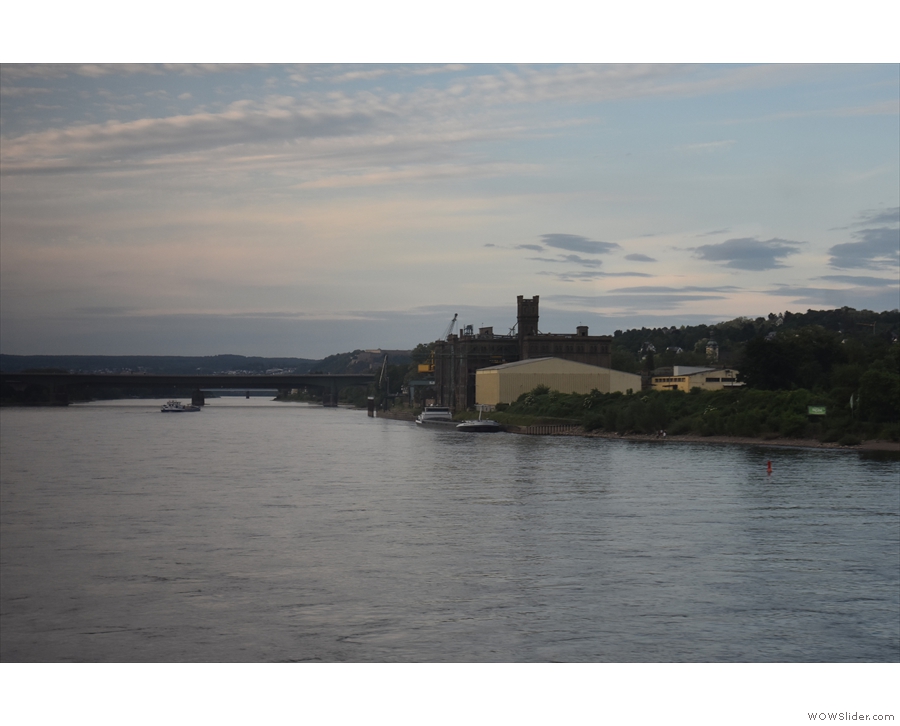
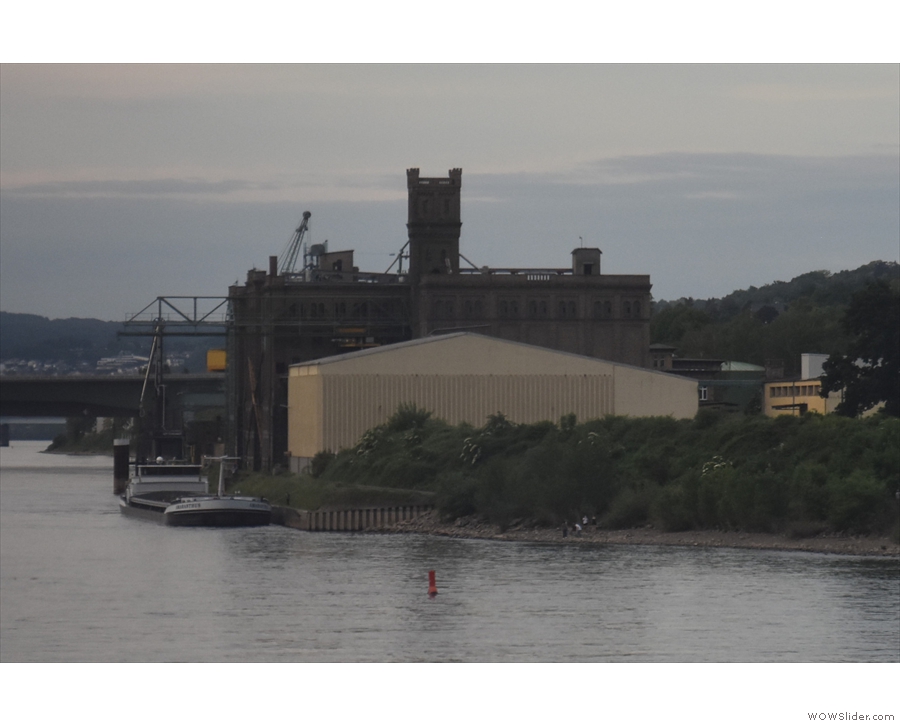
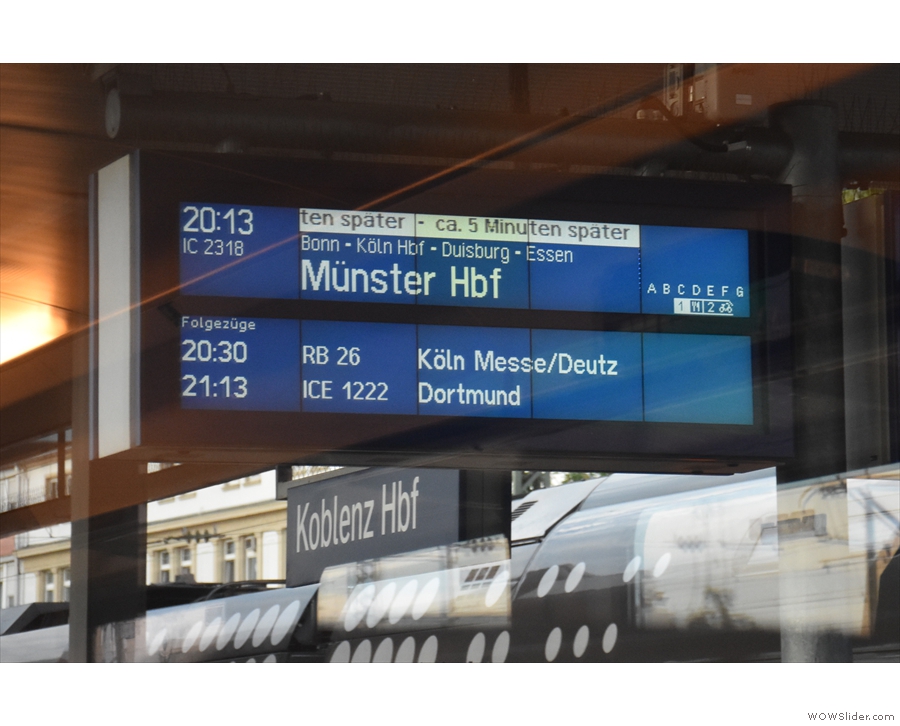
 1
1 2
2 3
3 4
4 5
5 6
6 7
7 8
8 9
9 10
10 11
11 12
12 13
13 14
14 15
15 16
16 17
17 18
18 19
19 20
20 21
21 22
22 23
23 24
24 25
25 26
26 27
27 28
28 29
29 30
30 31
31 32
32 33
33 34
34 35
35 36
36 37
37 38
38 39
39 40
40 41
41 42
42 43
43 44
44 45
45 46
46 47
47 48
48 49
49 50
50 51
51 52
52 53
53 54
54 55
55 56
56 57
57 58
58 59
59 60
60 61
61 62
62 63
63 64
64 65
65 66
66 67
67 68
68 69
69 70
70 71
71 72
72 73
73 74
74 75
75 76
76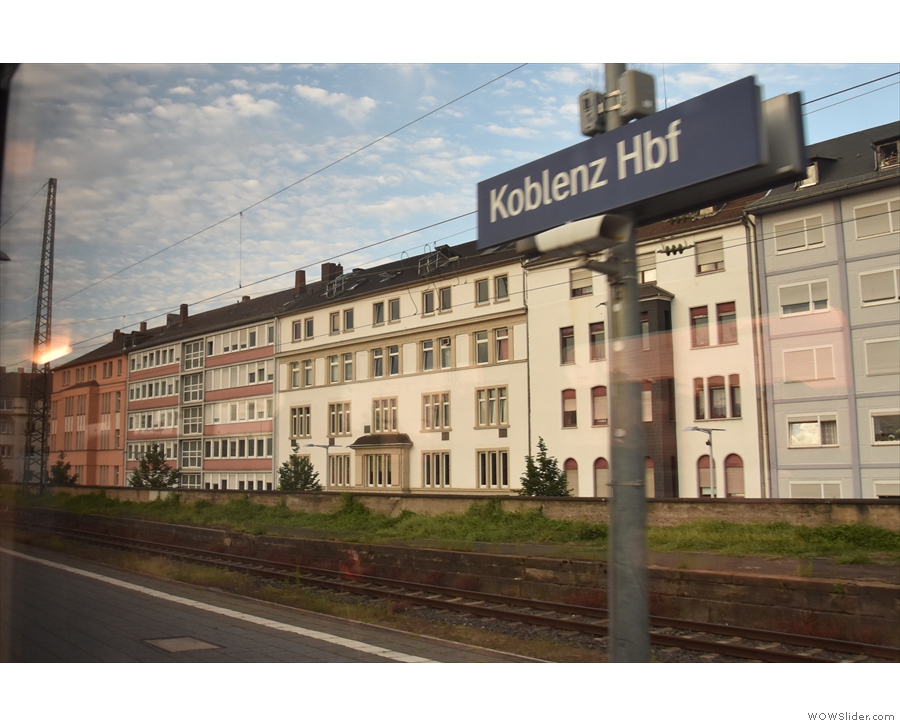
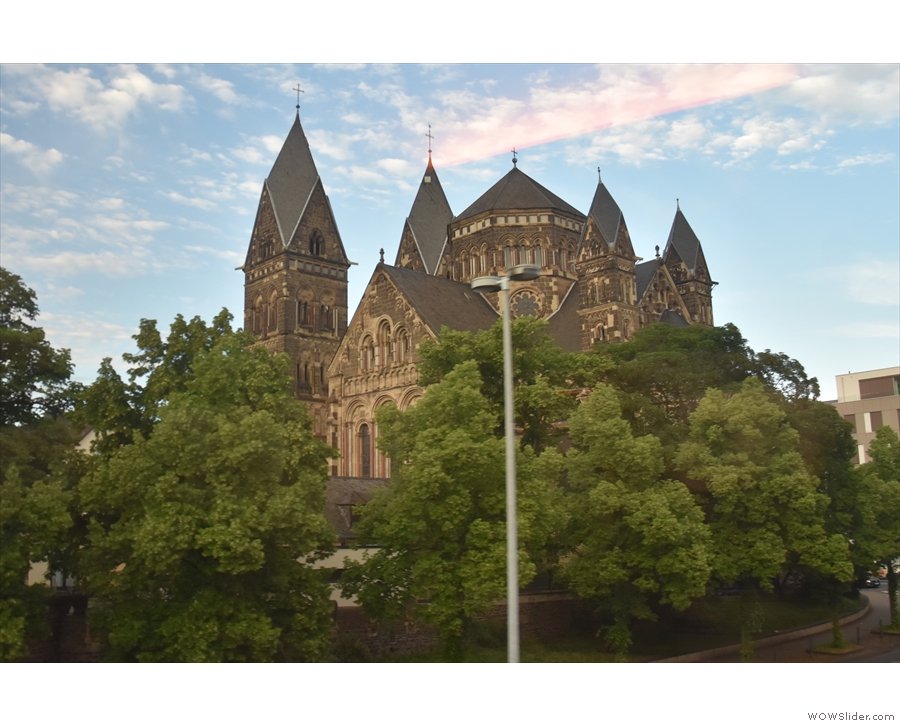
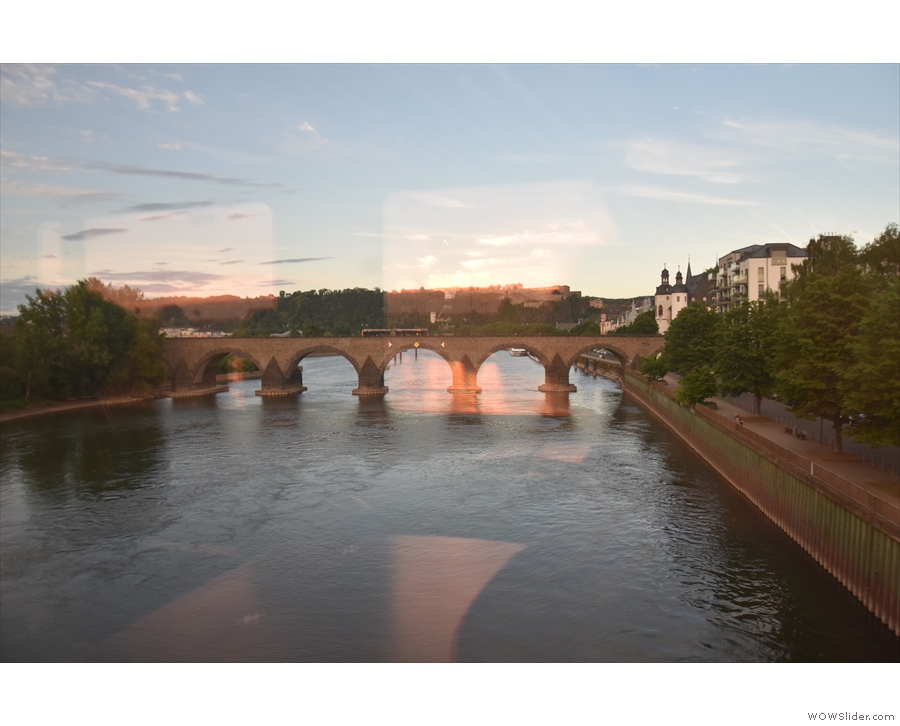
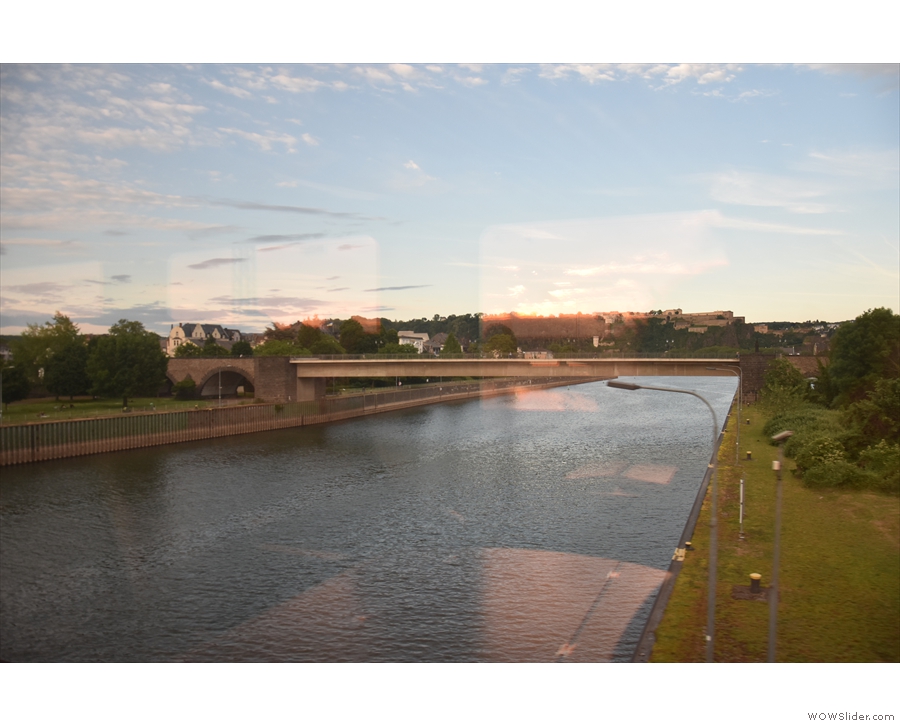
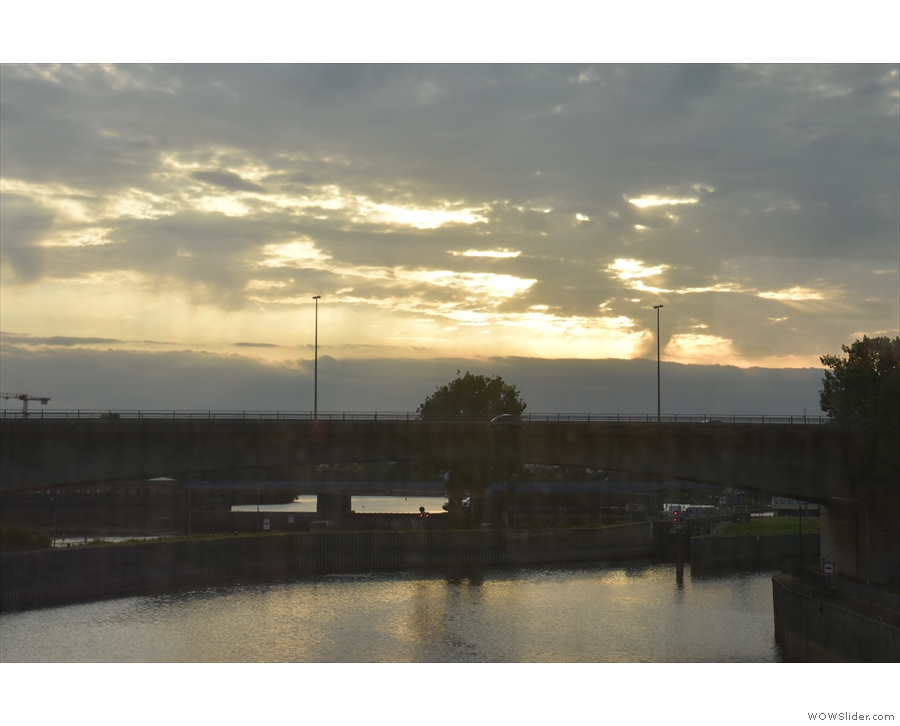
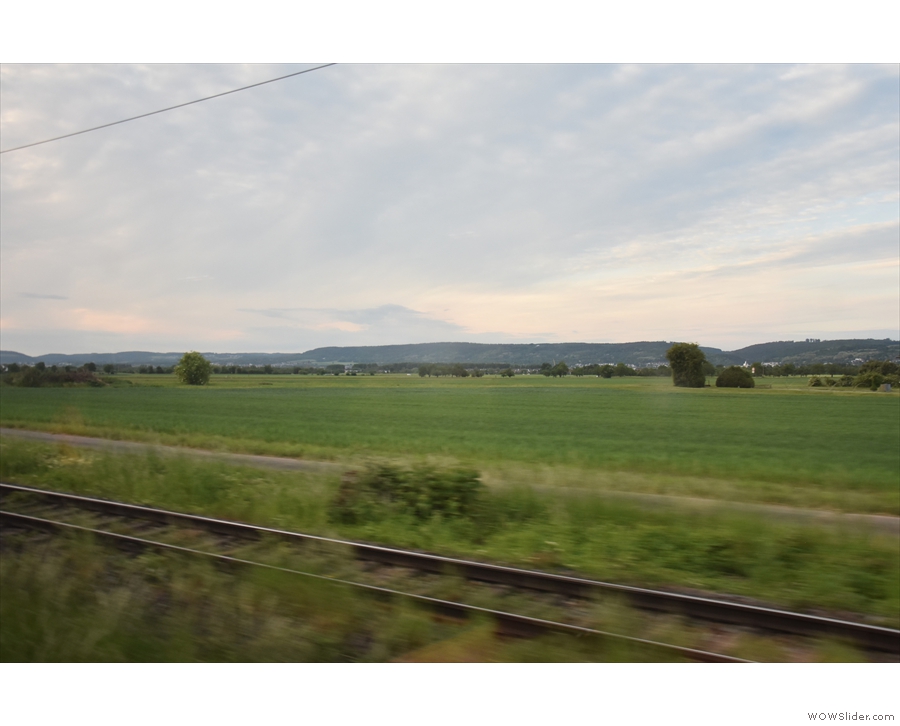
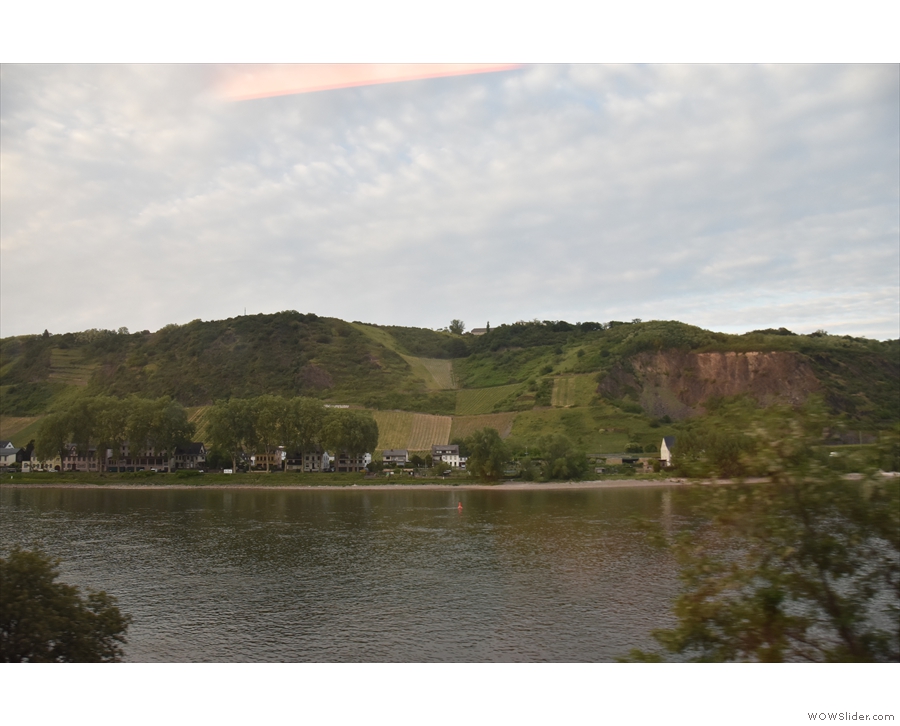
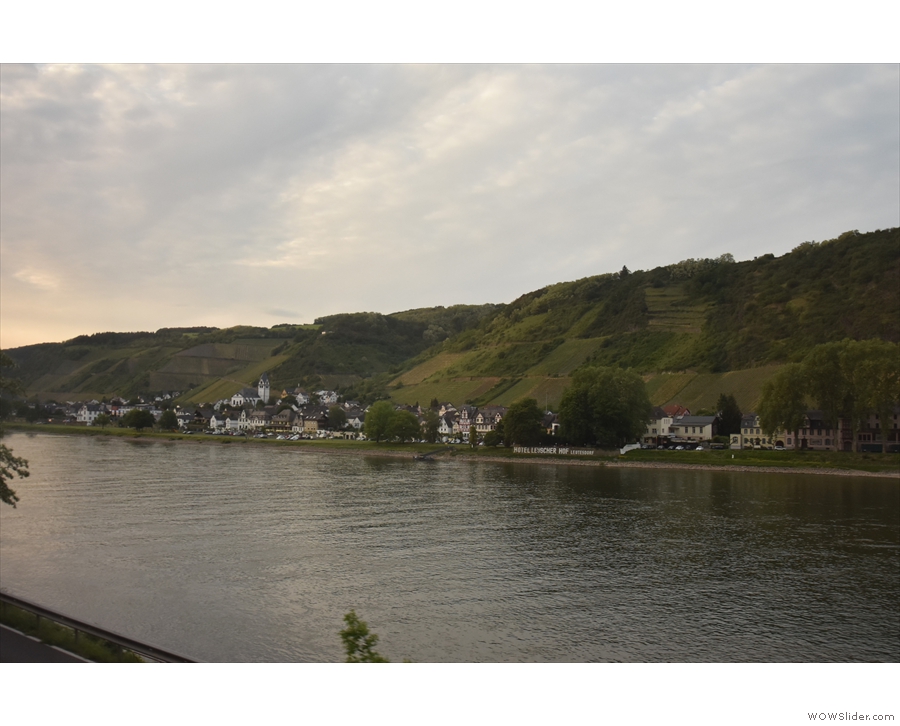
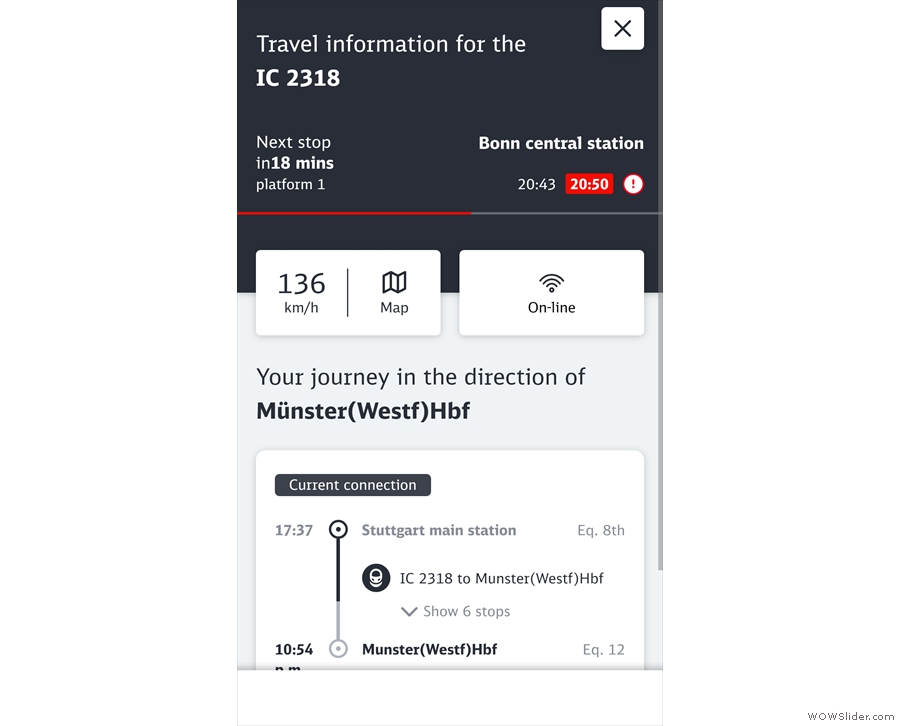
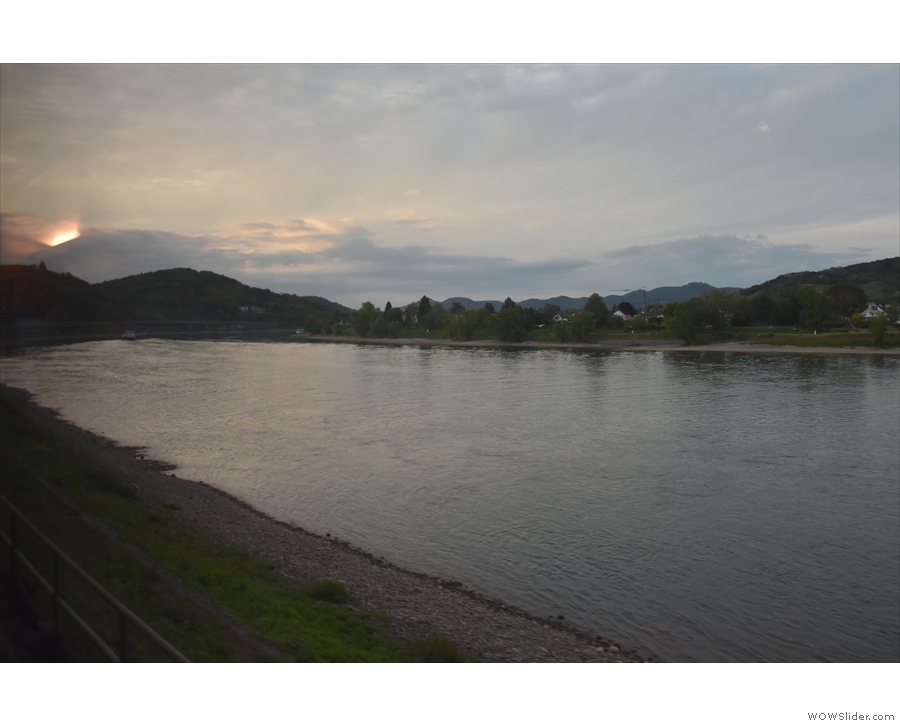
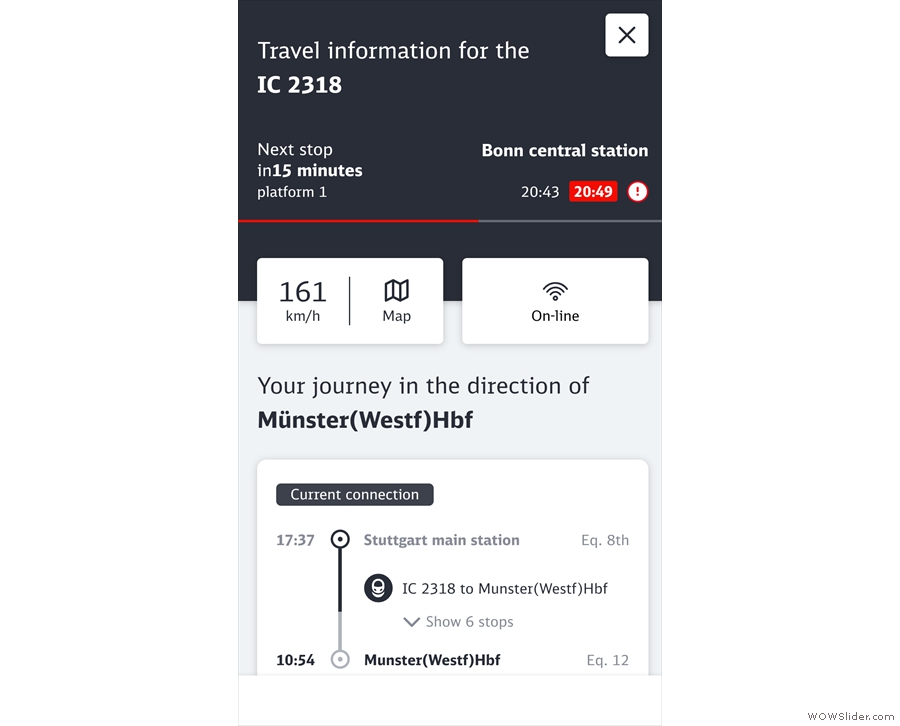
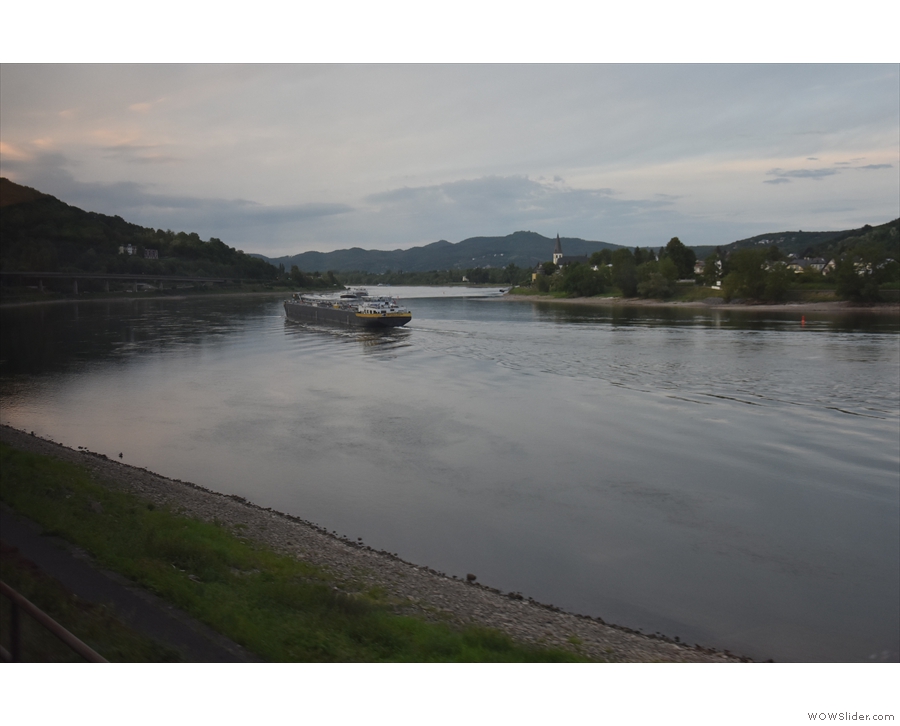
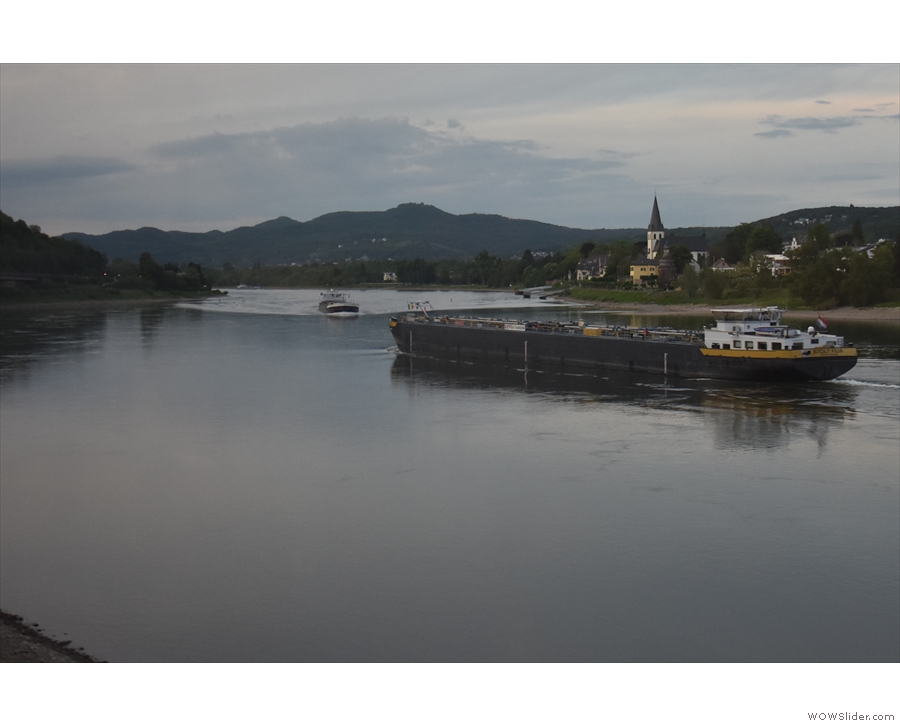
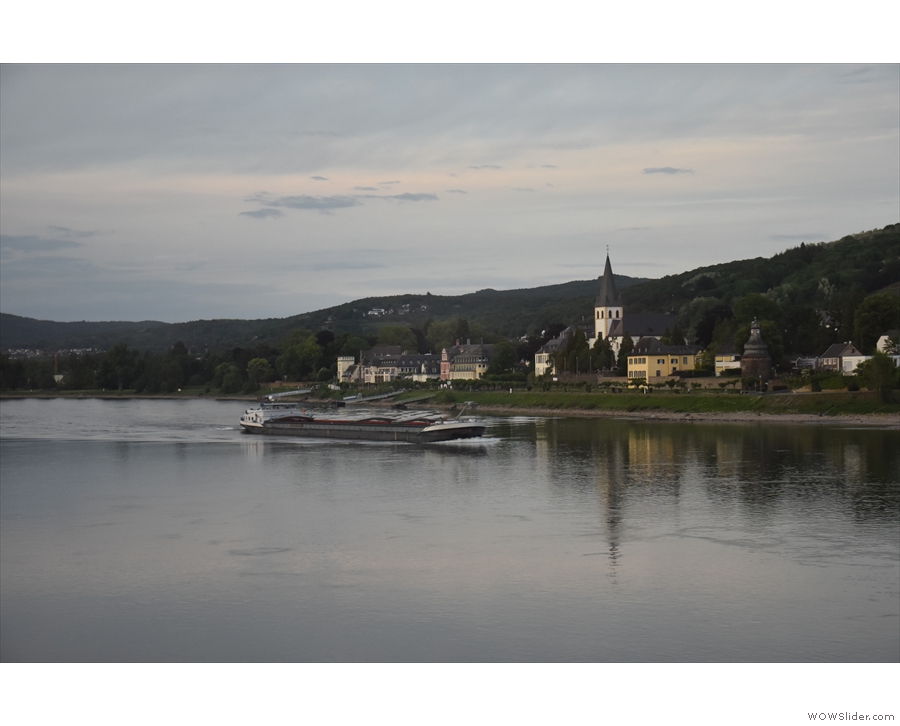
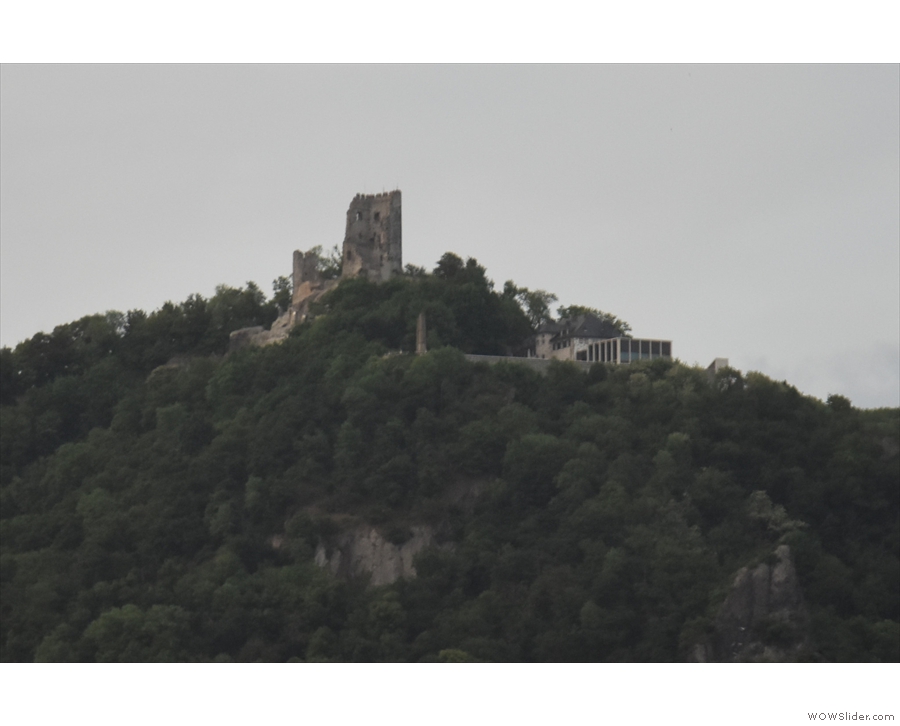
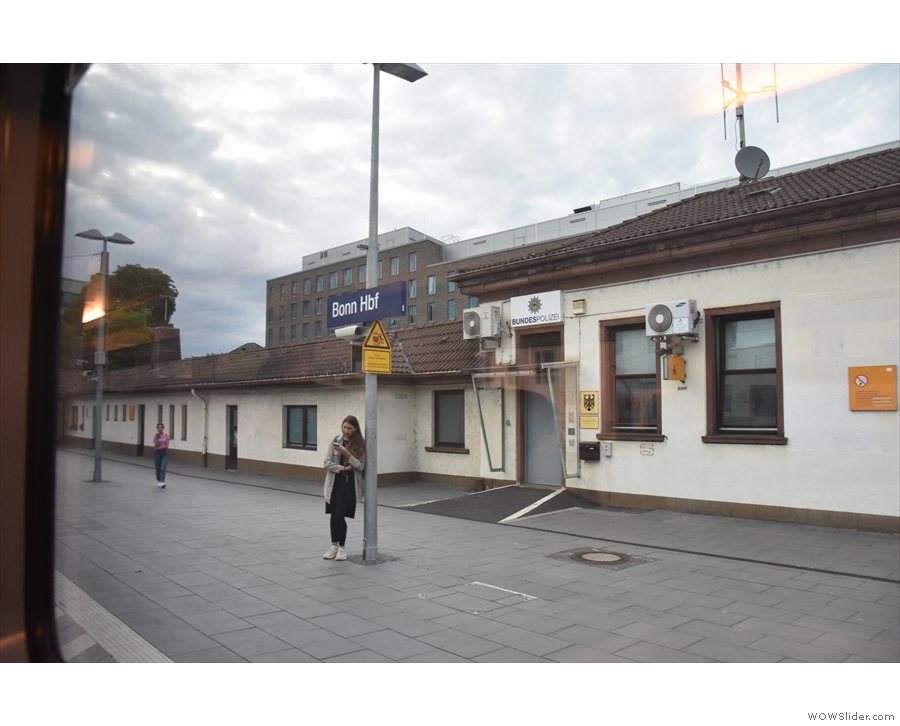
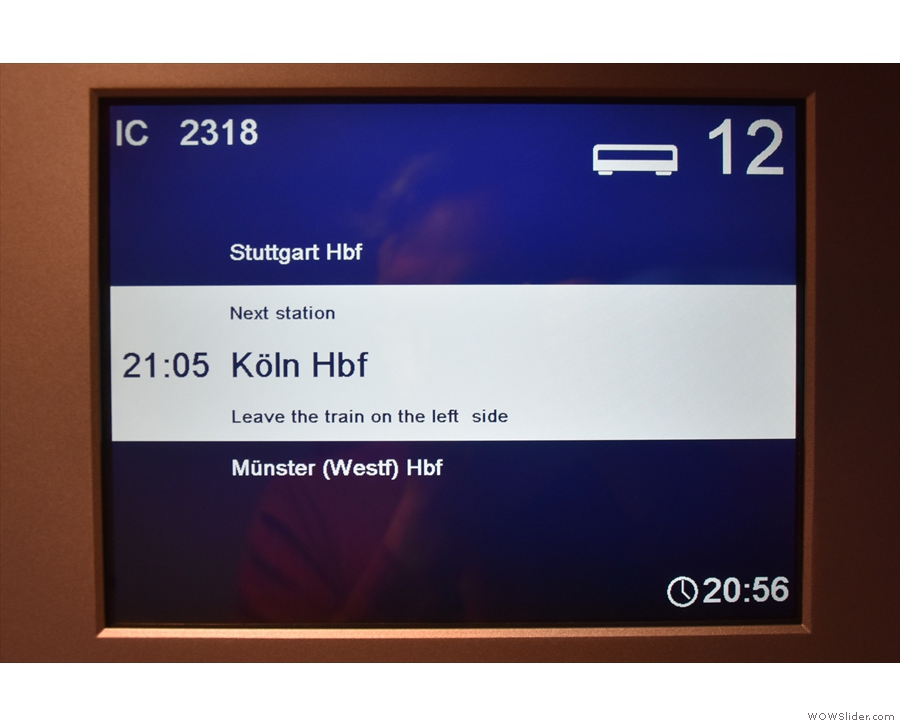
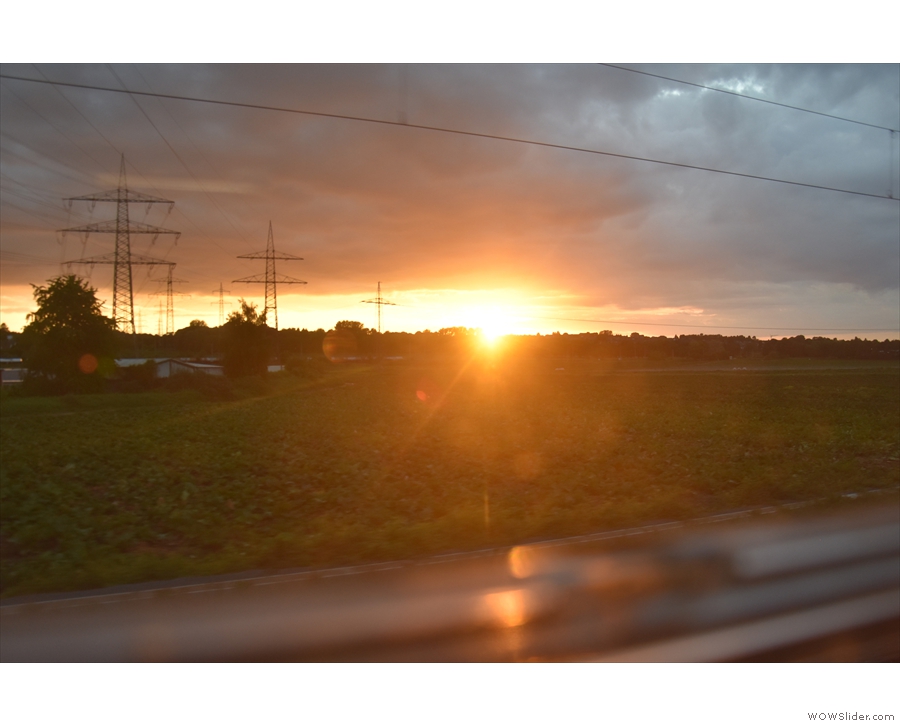
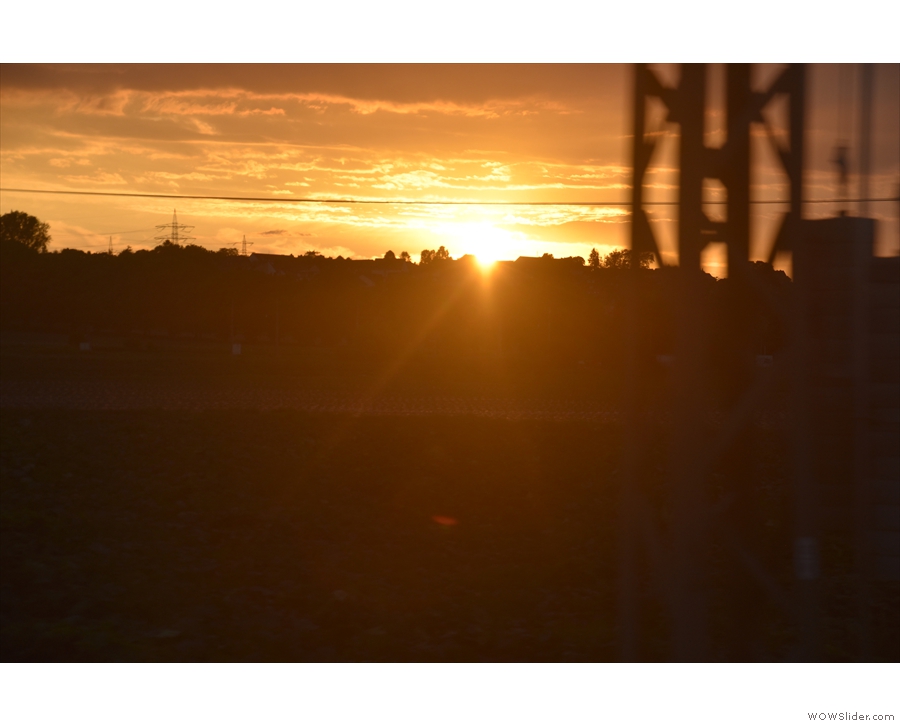
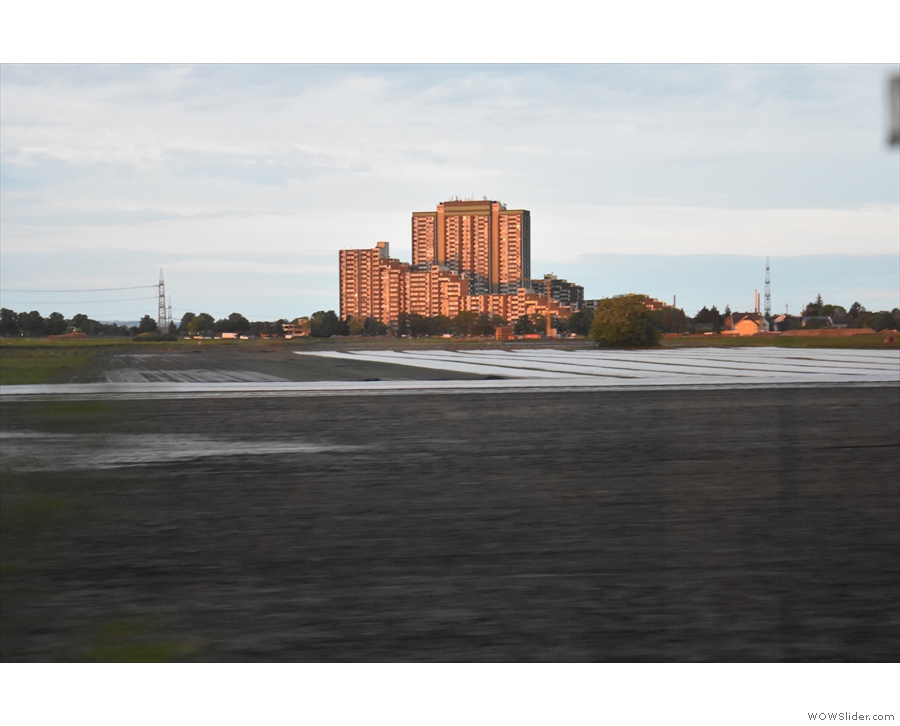
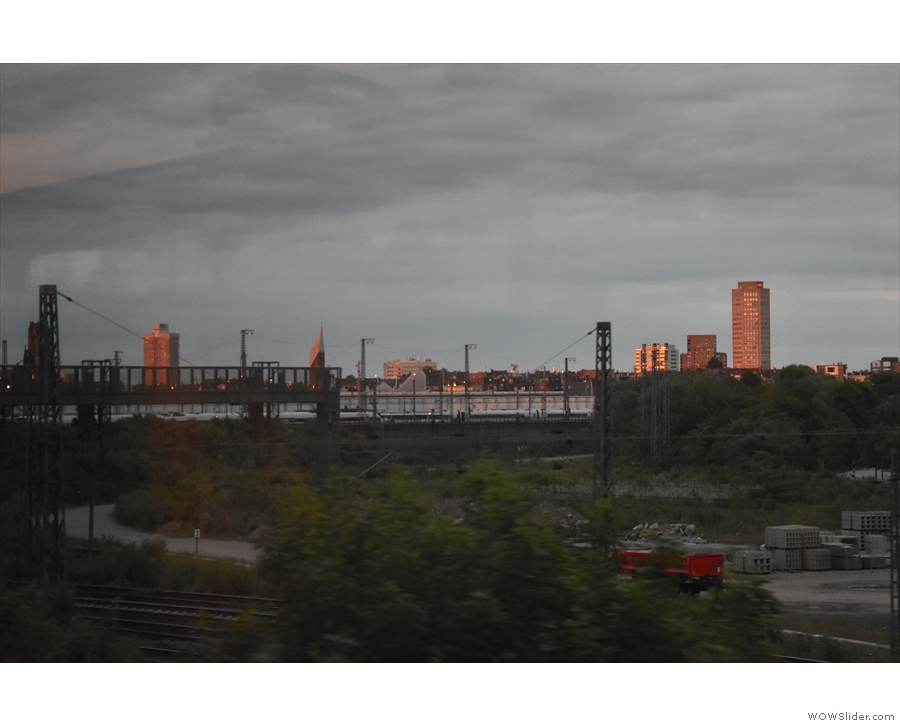
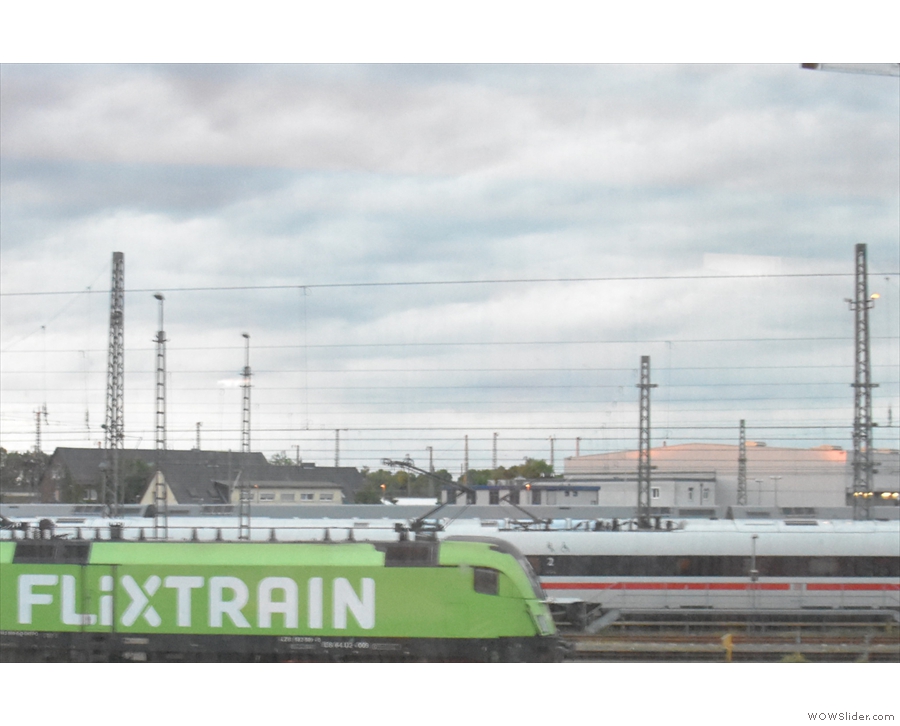
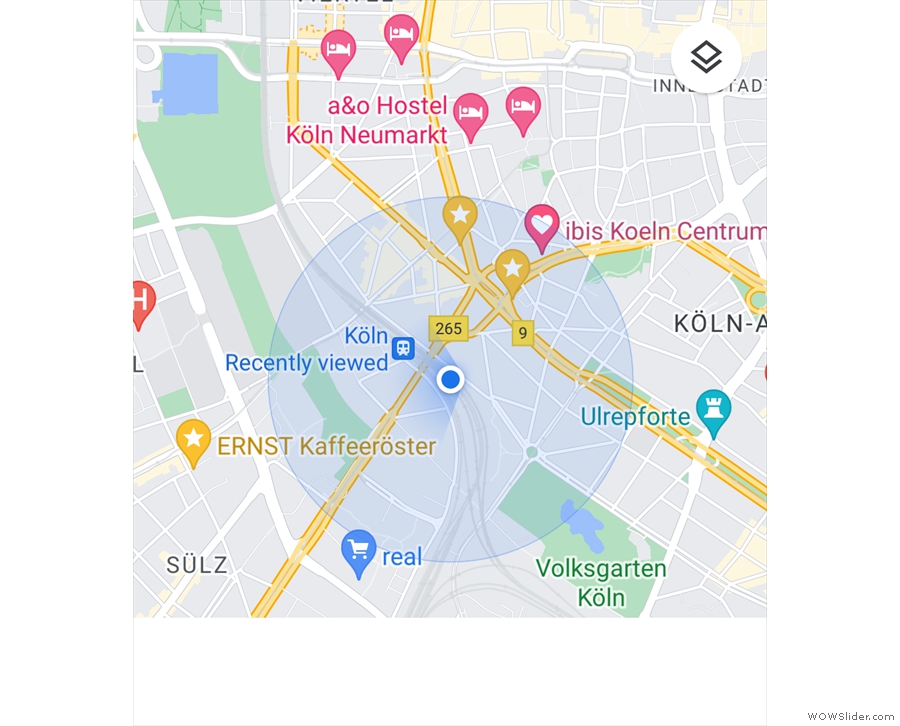
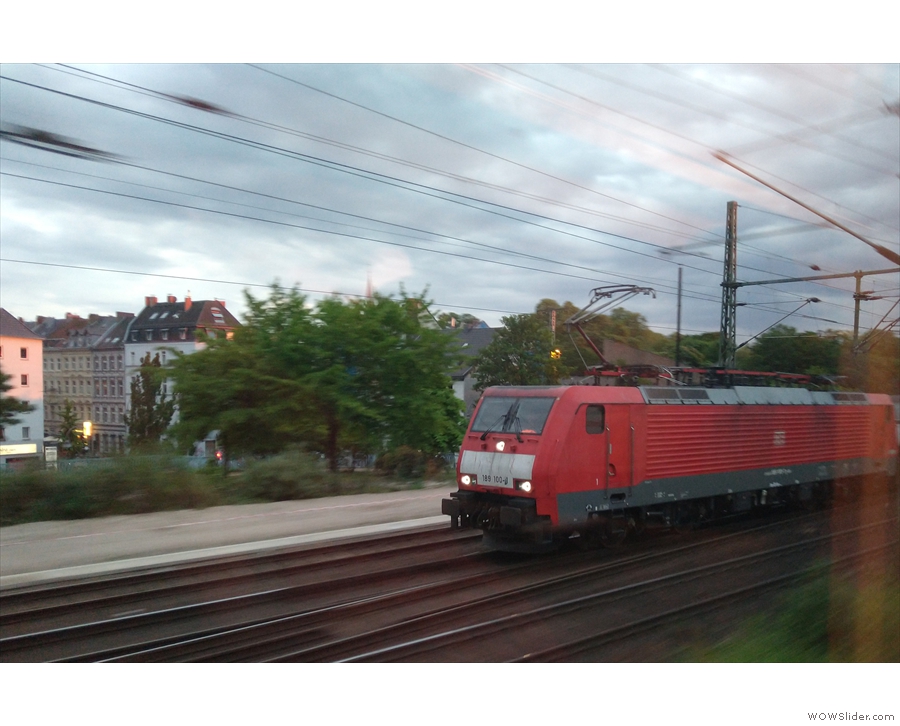
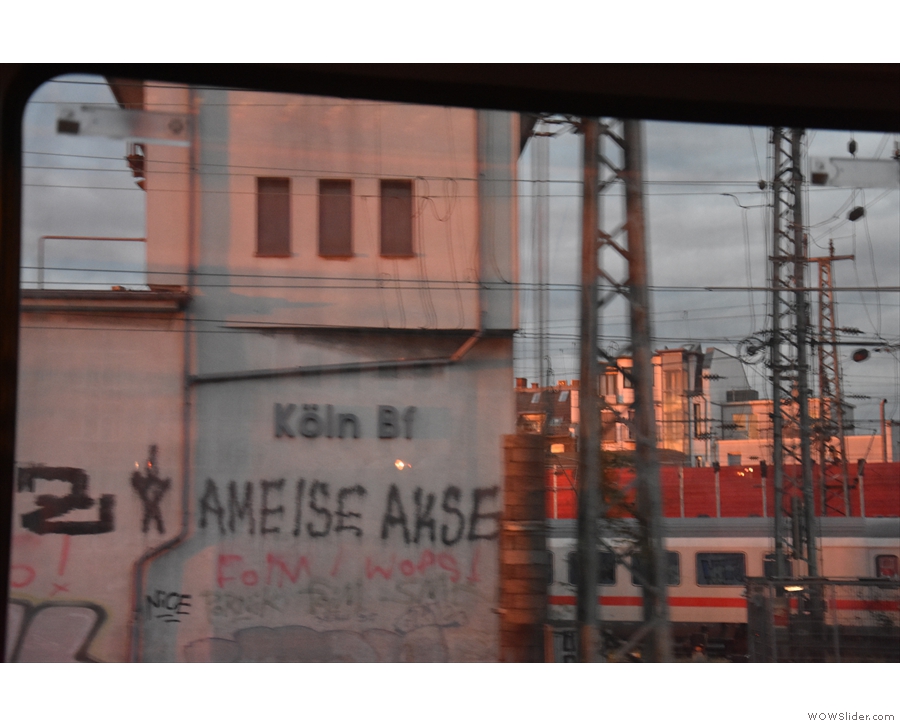
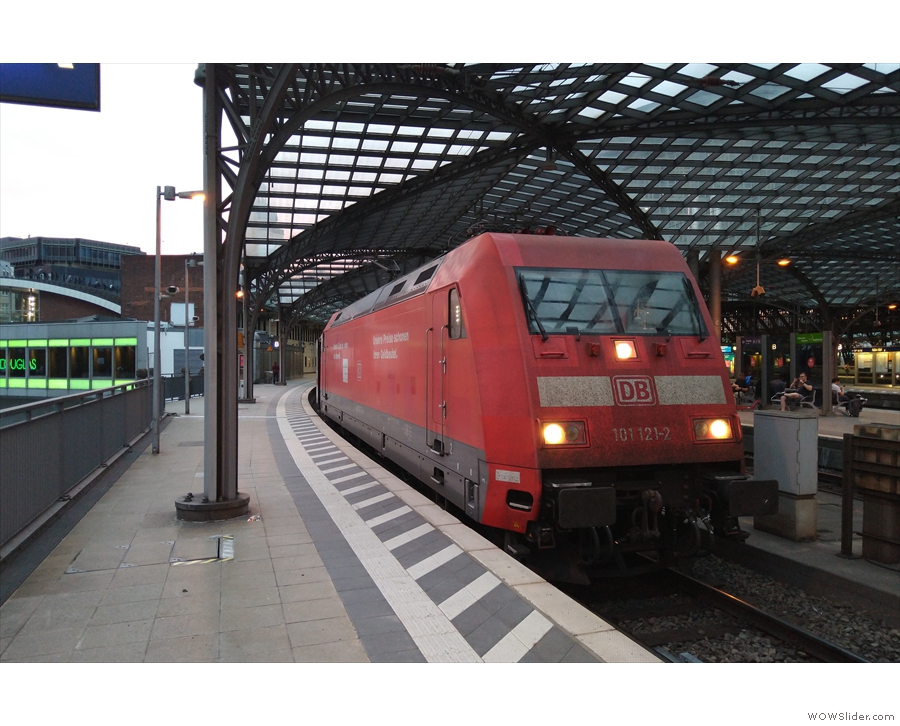
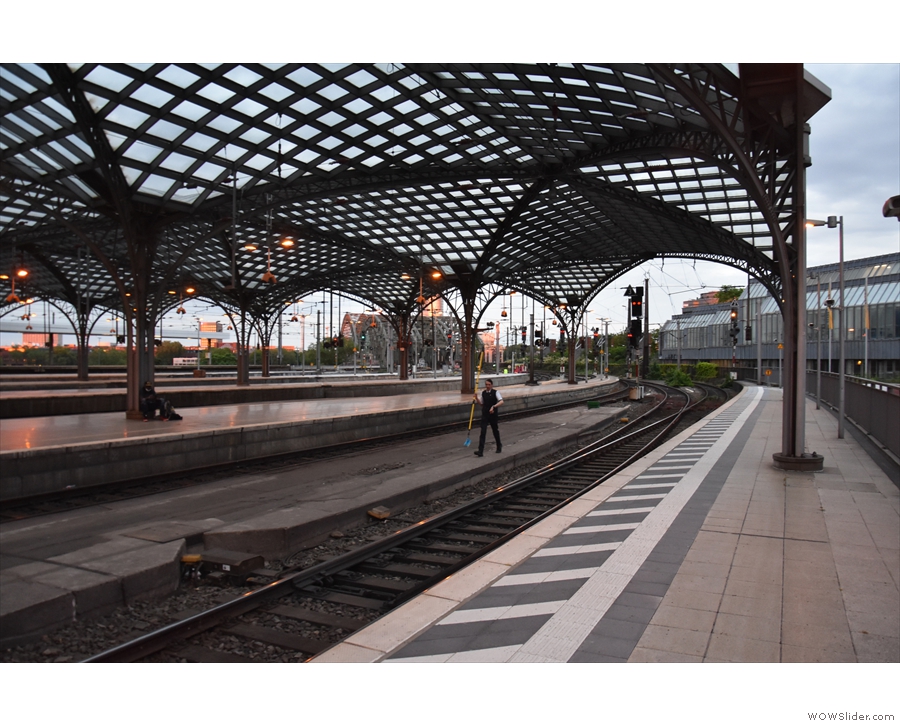
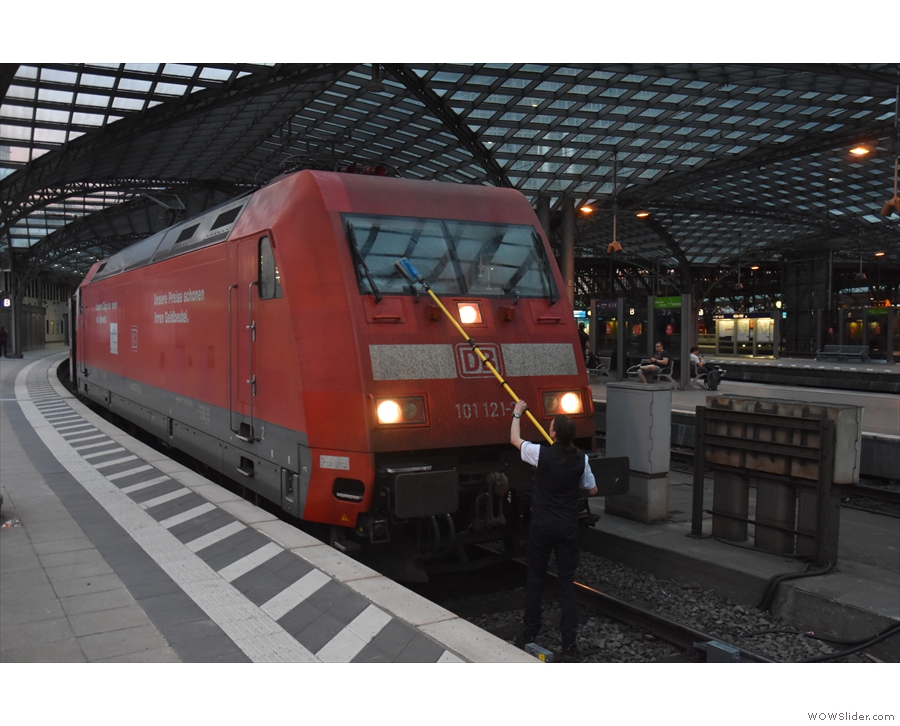
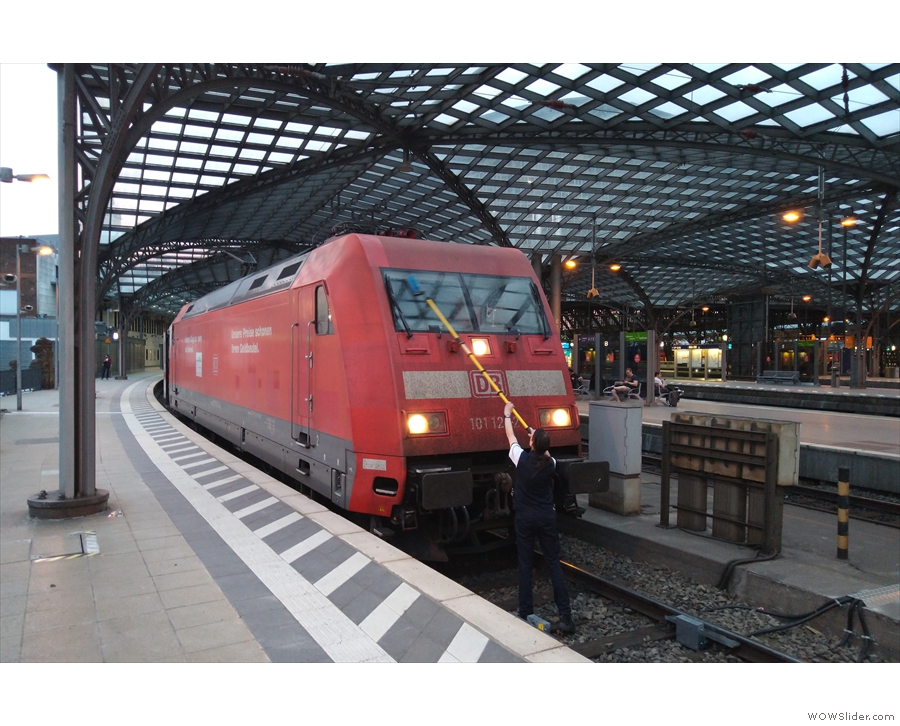
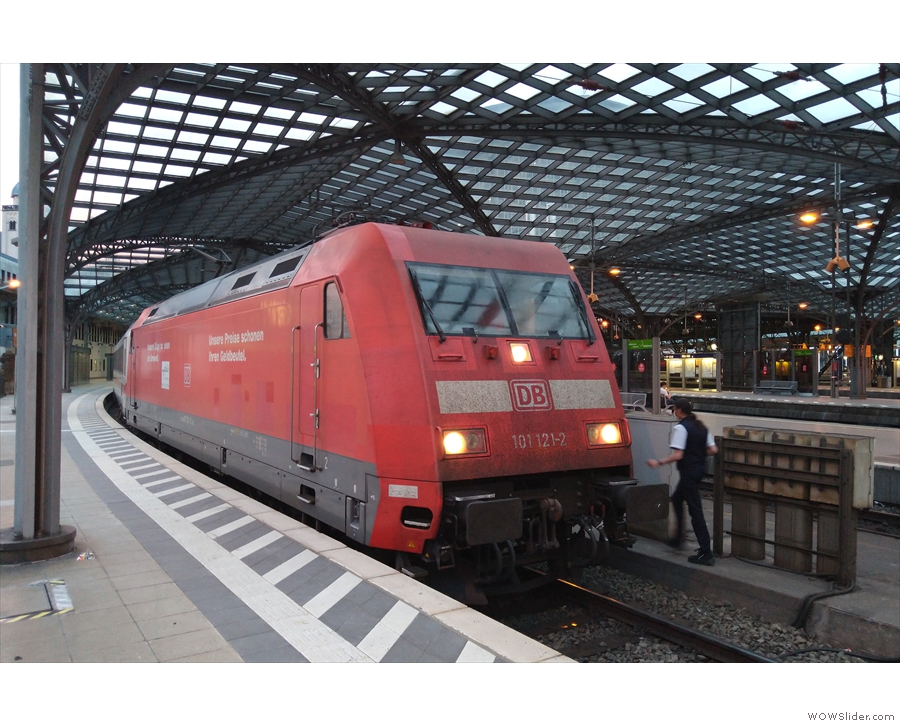
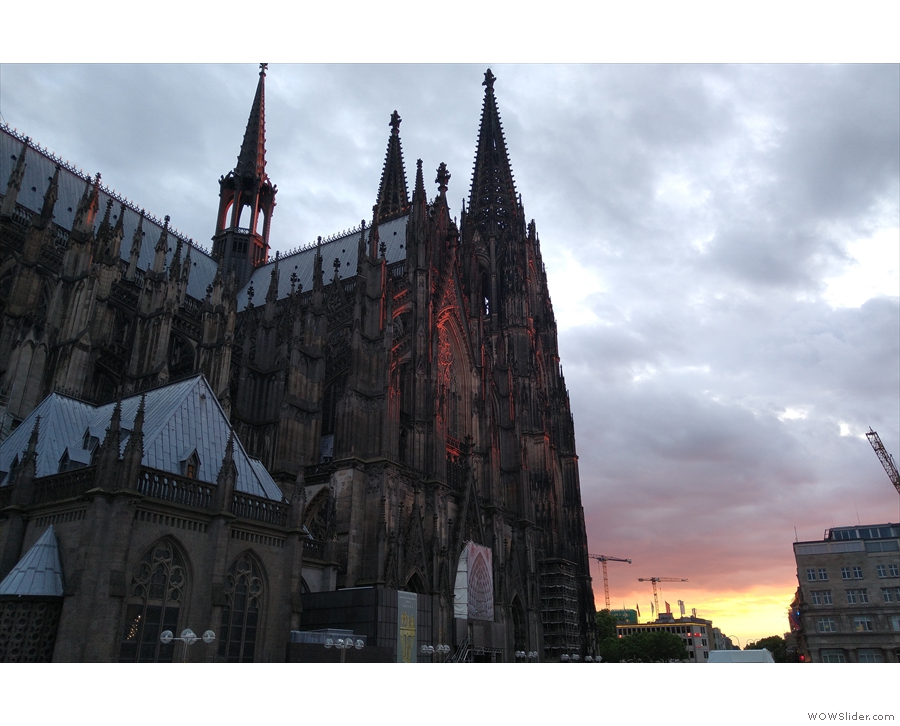
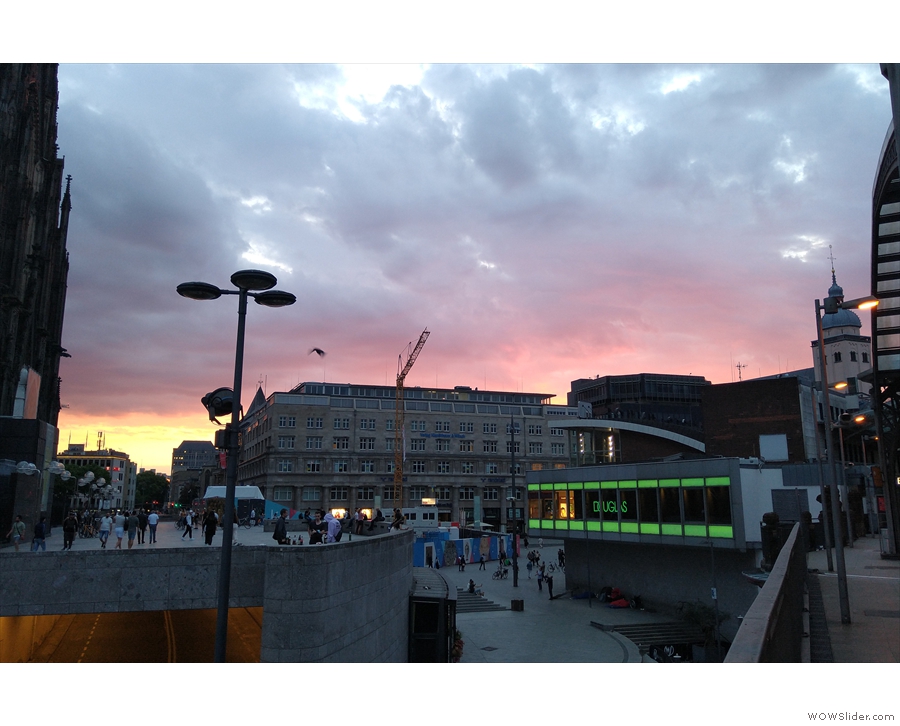
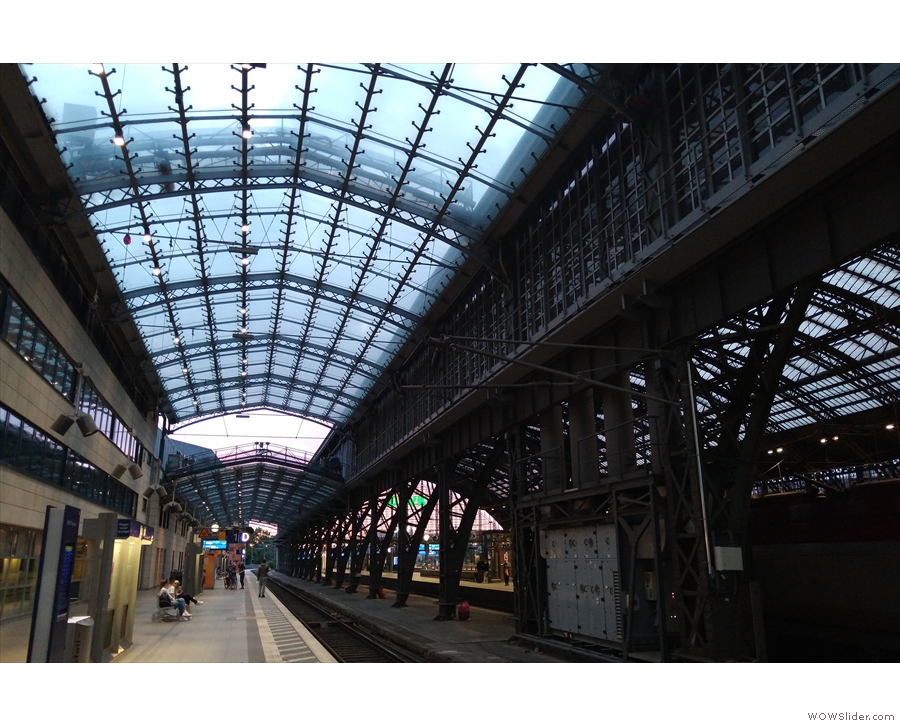
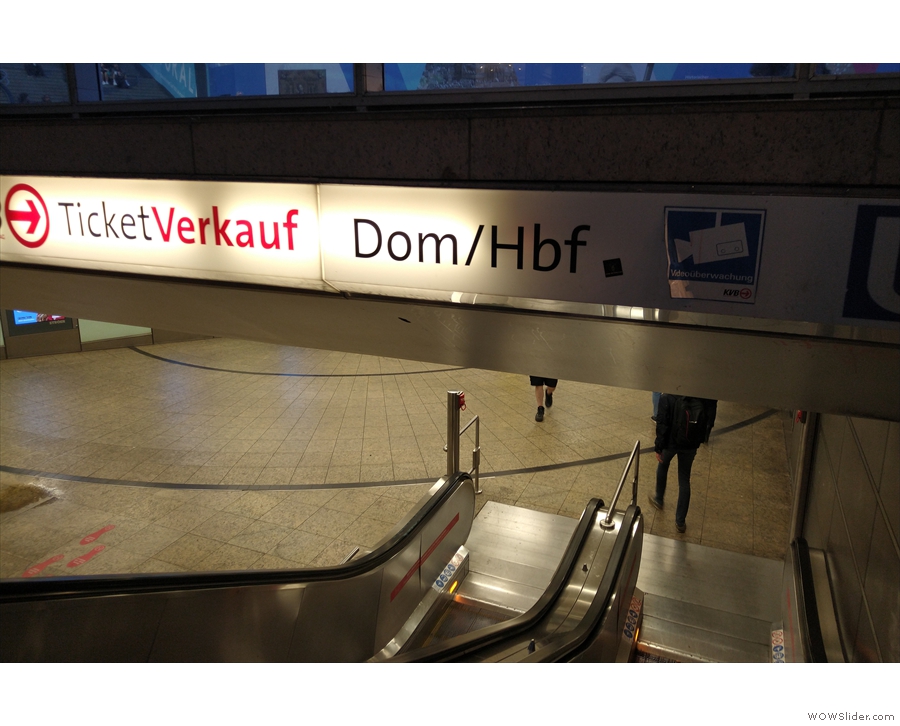
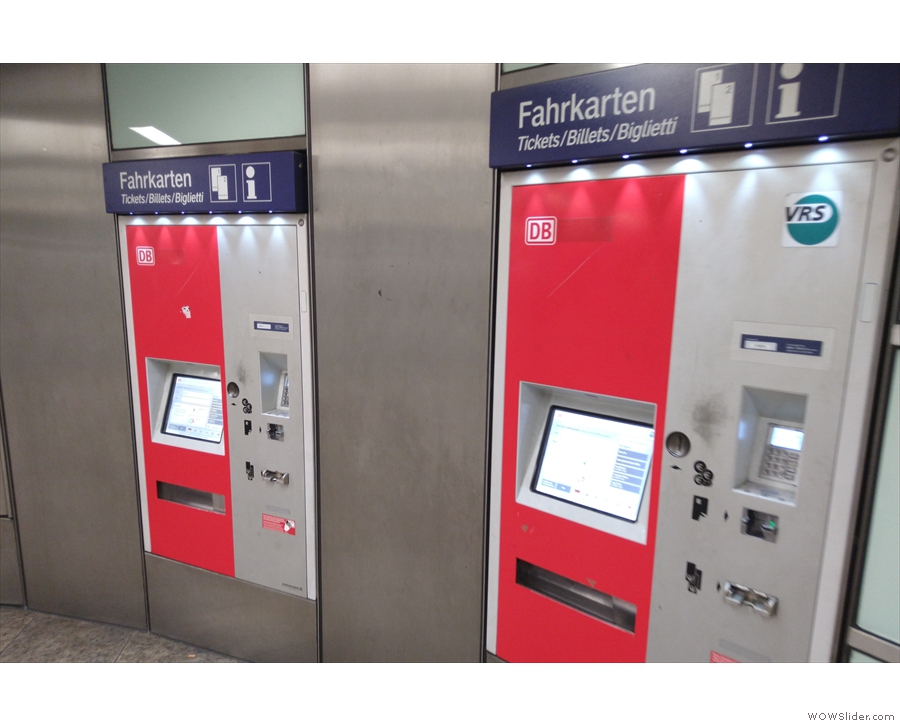
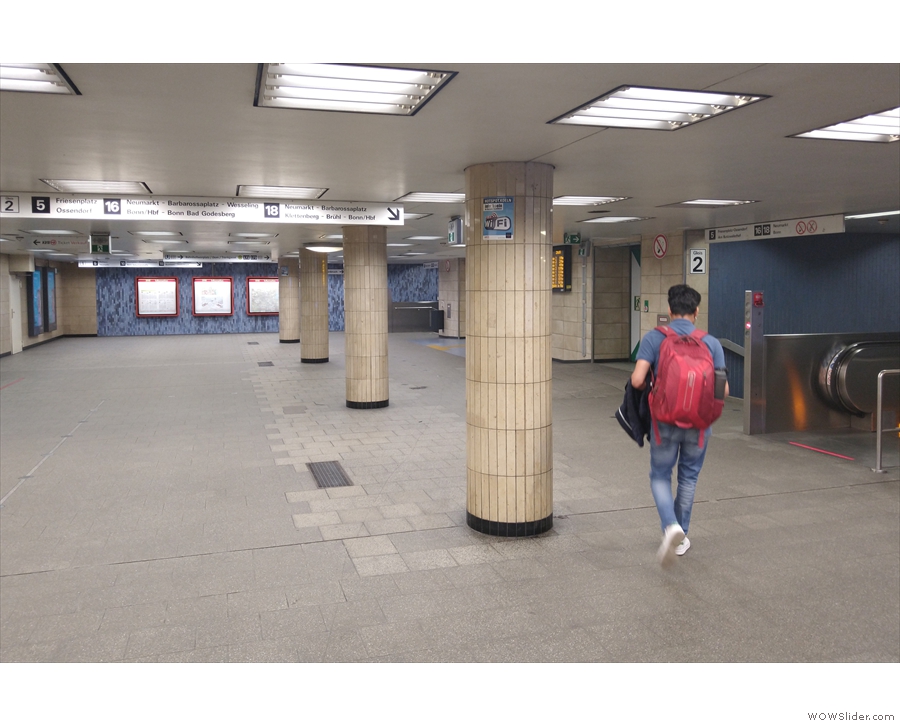
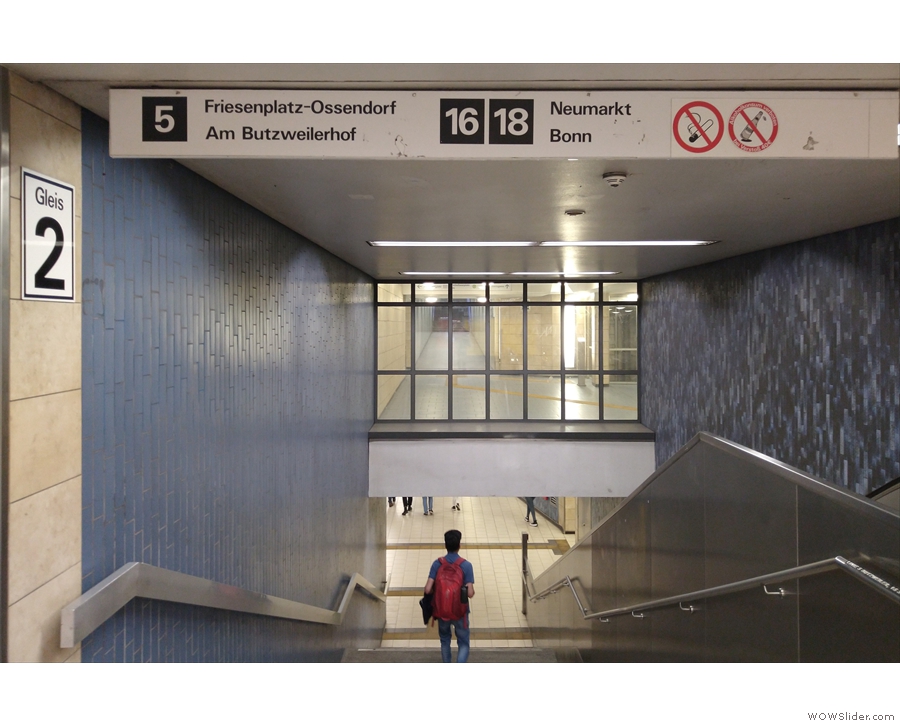
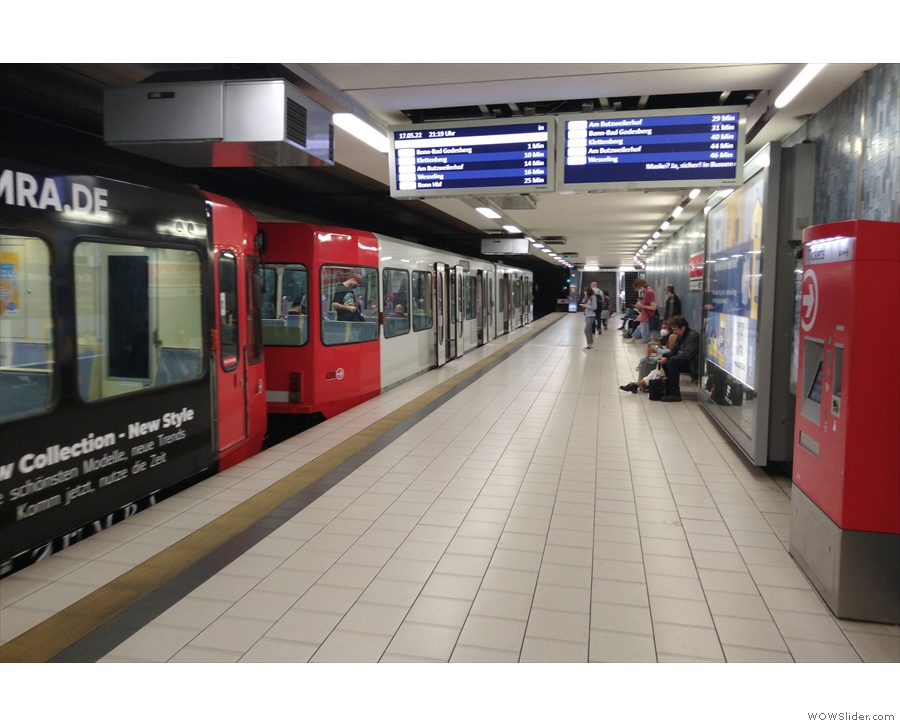
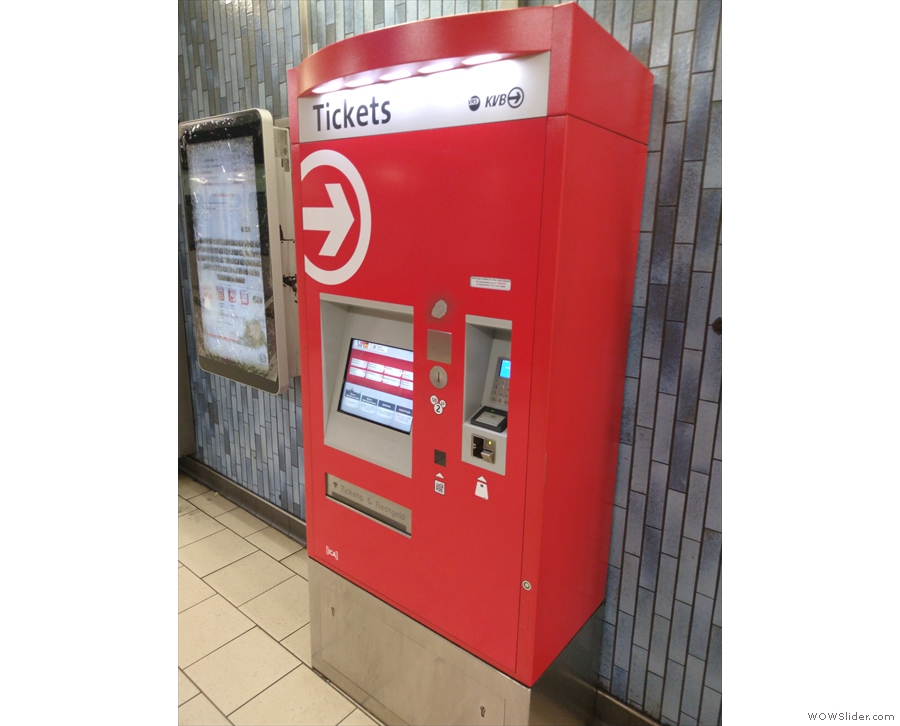
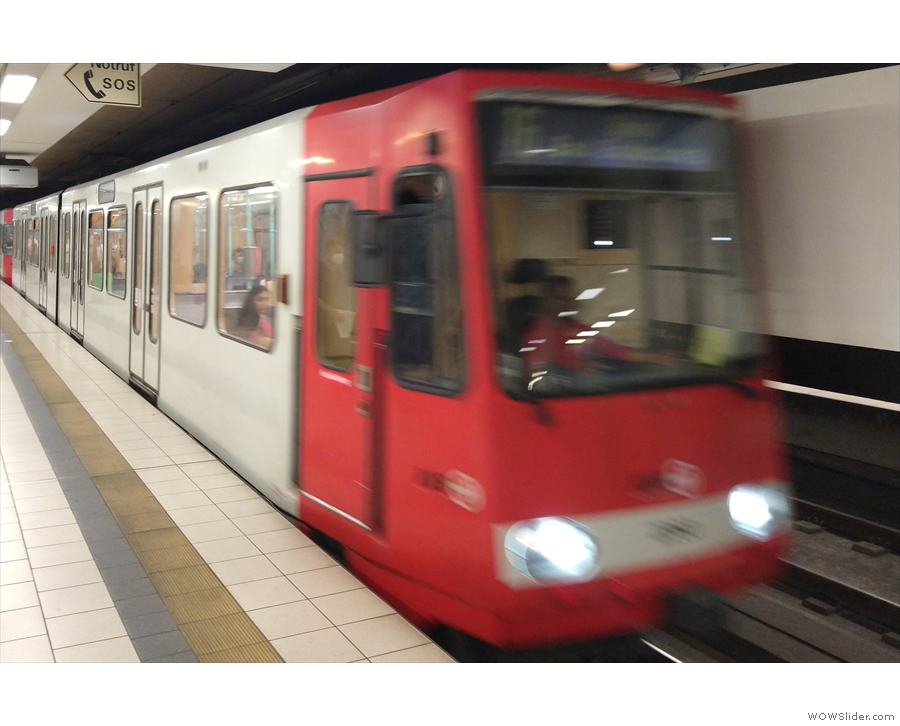
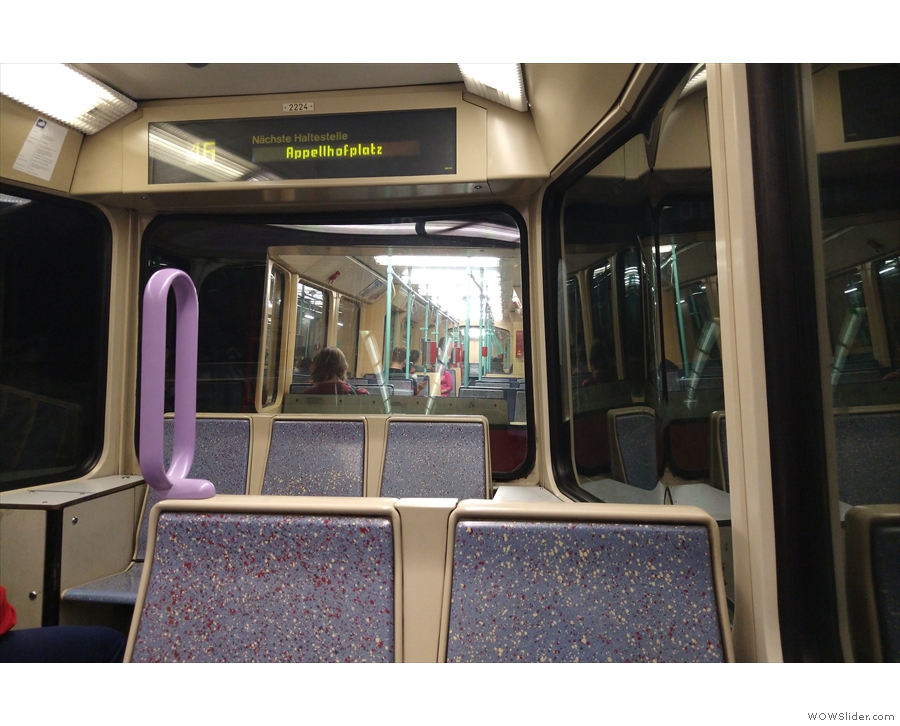
 1
1 2
2 3
3 4
4 5
5 6
6 7
7 8
8 9
9 10
10 11
11 12
12 13
13 14
14 15
15 16
16 17
17 18
18 19
19 20
20 21
21 22
22 23
23 24
24 25
25 26
26 27
27 28
28 29
29 30
30 31
31 32
32 33
33 34
34 35
35 36
36 37
37 38
38 39
39 40
40 41
41
Pingback: The Coffee Gang, Hohenstaufenring | Brian's Coffee Spot
Pingback: Brian’s Travel Spot: UK to Berlin by Train, Part IV – ICE to Berlin | Brian's Coffee Spot
Pingback: Kaffeekommune | Brian's Coffee Spot
Pingback: Brian’s Travel Spot: Köln to Flint in a Day by Train | Brian's Coffee Spot